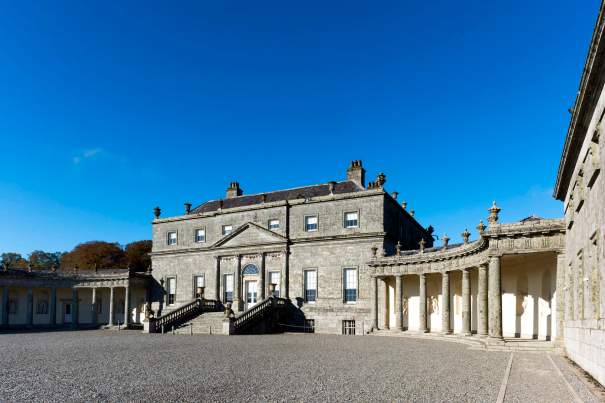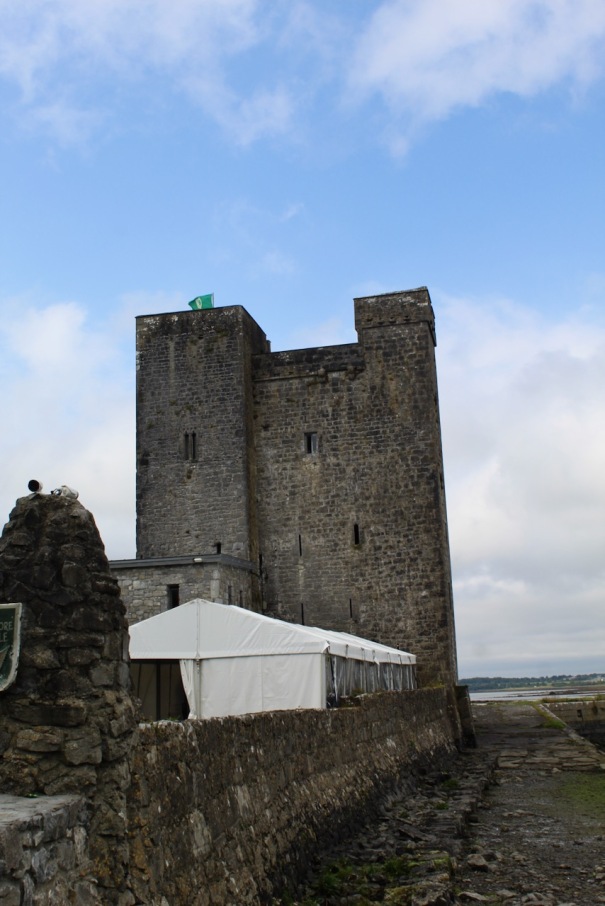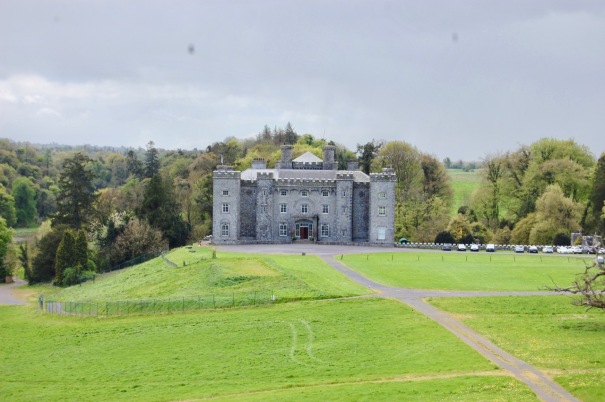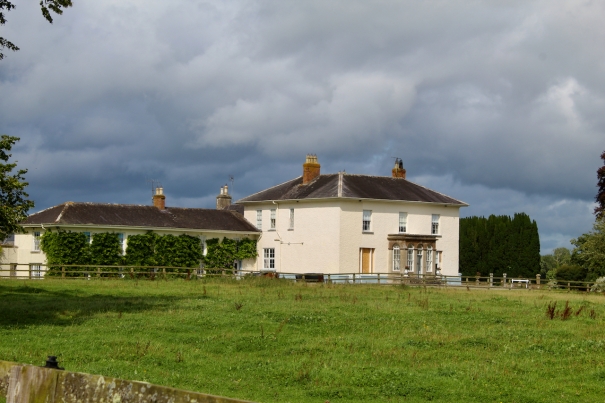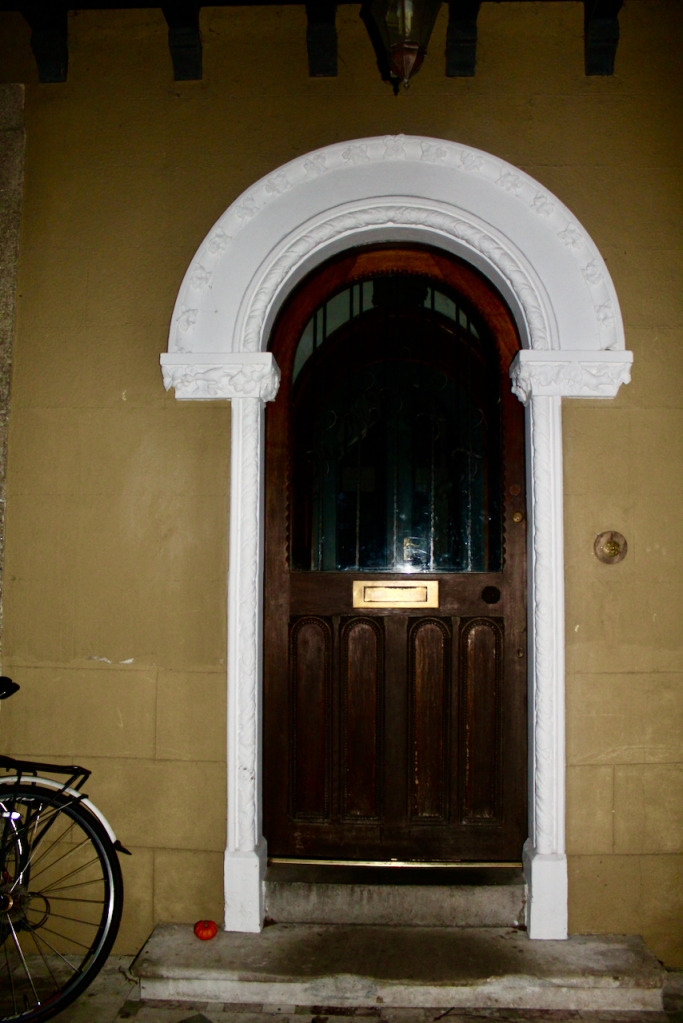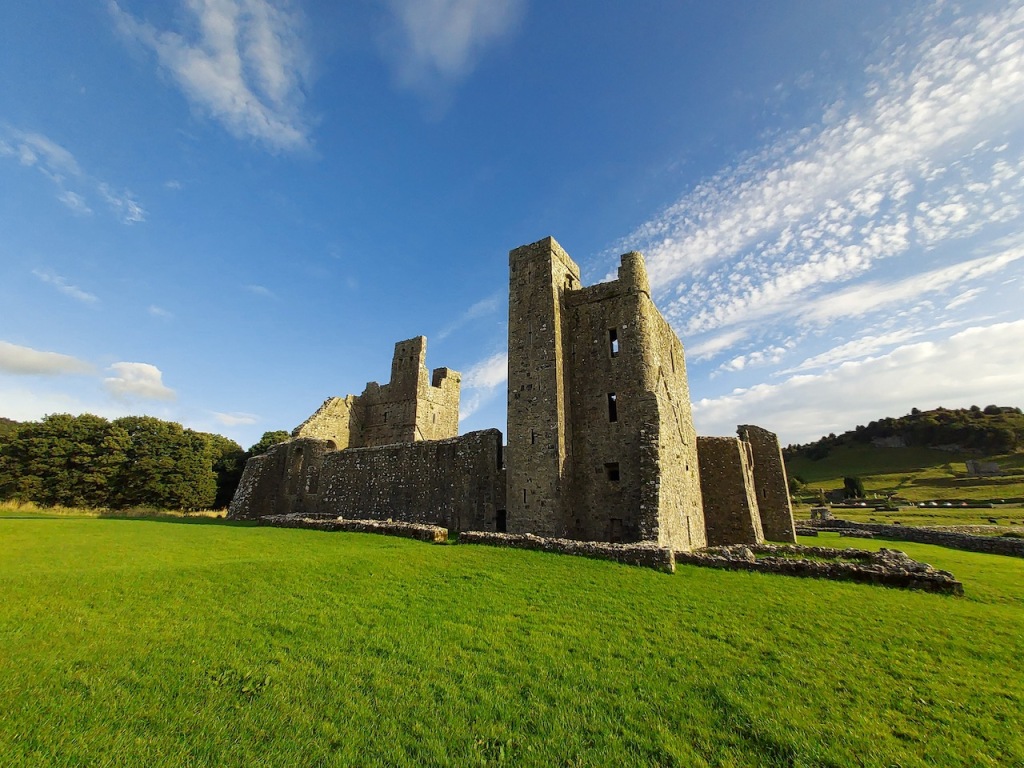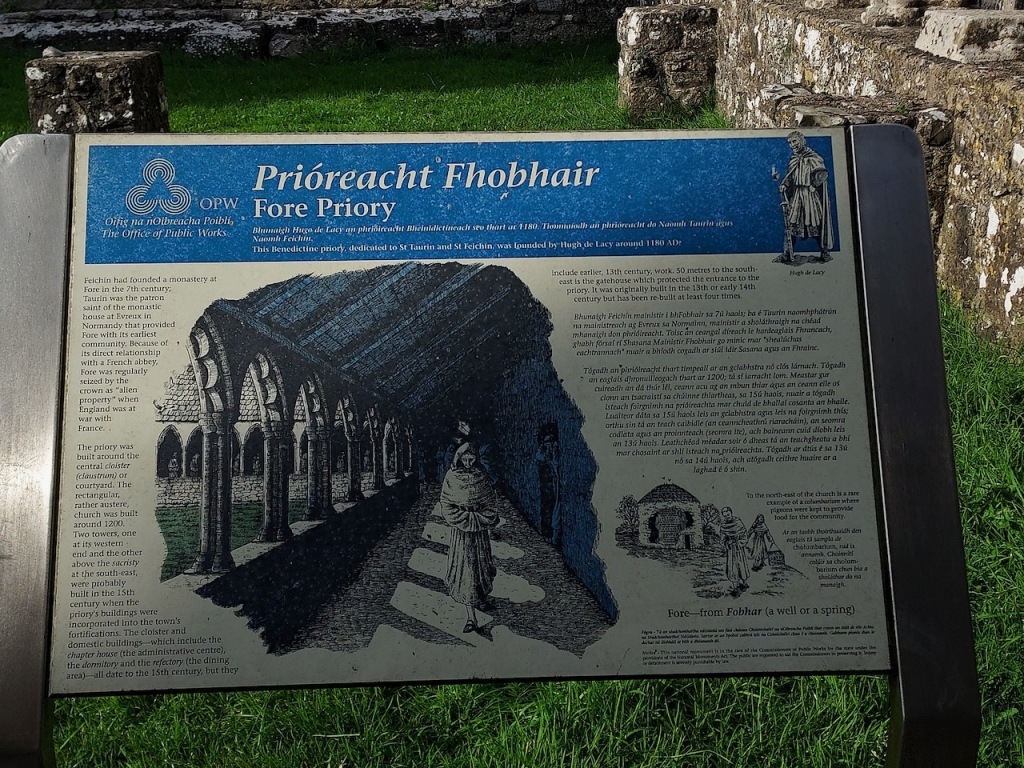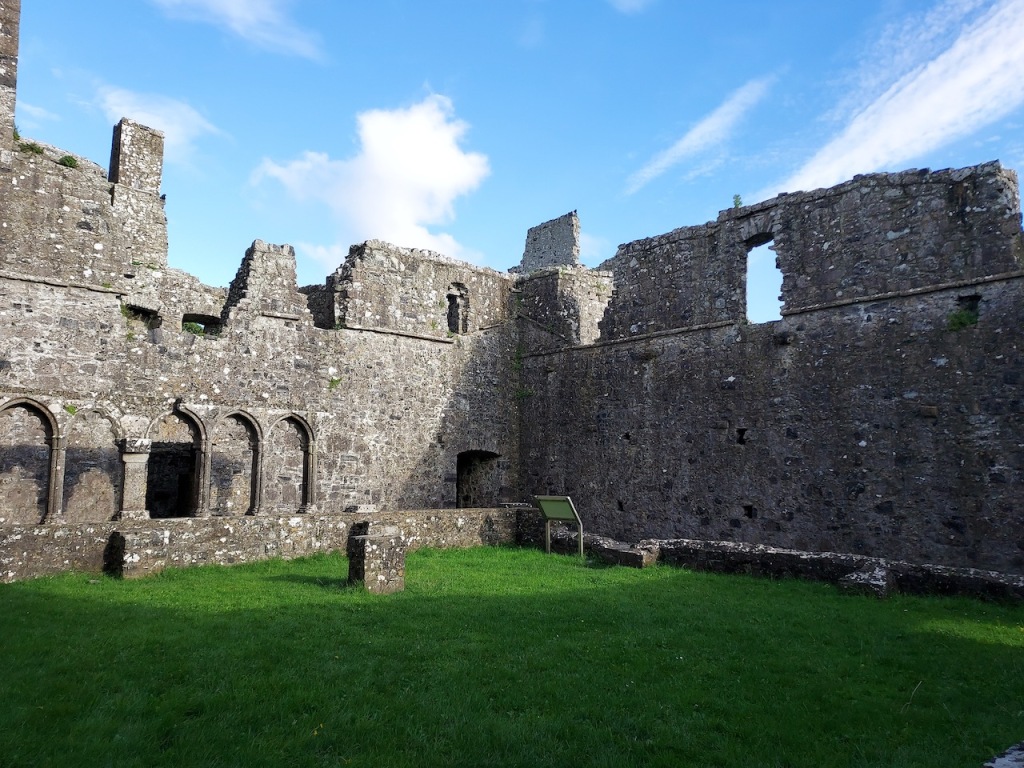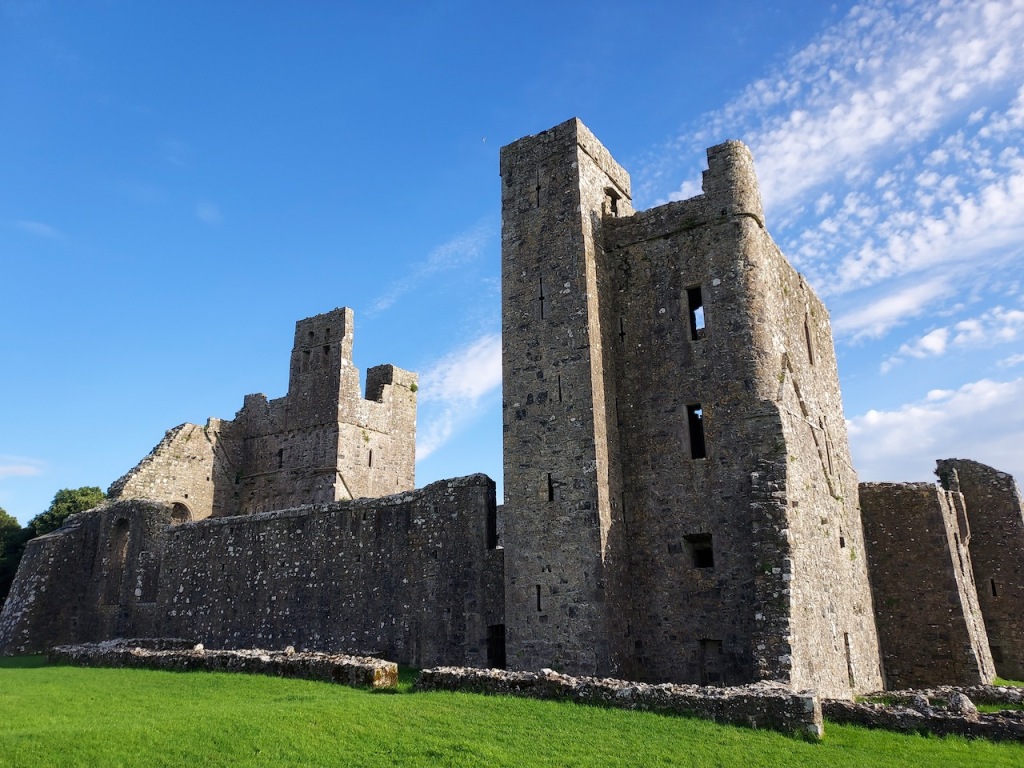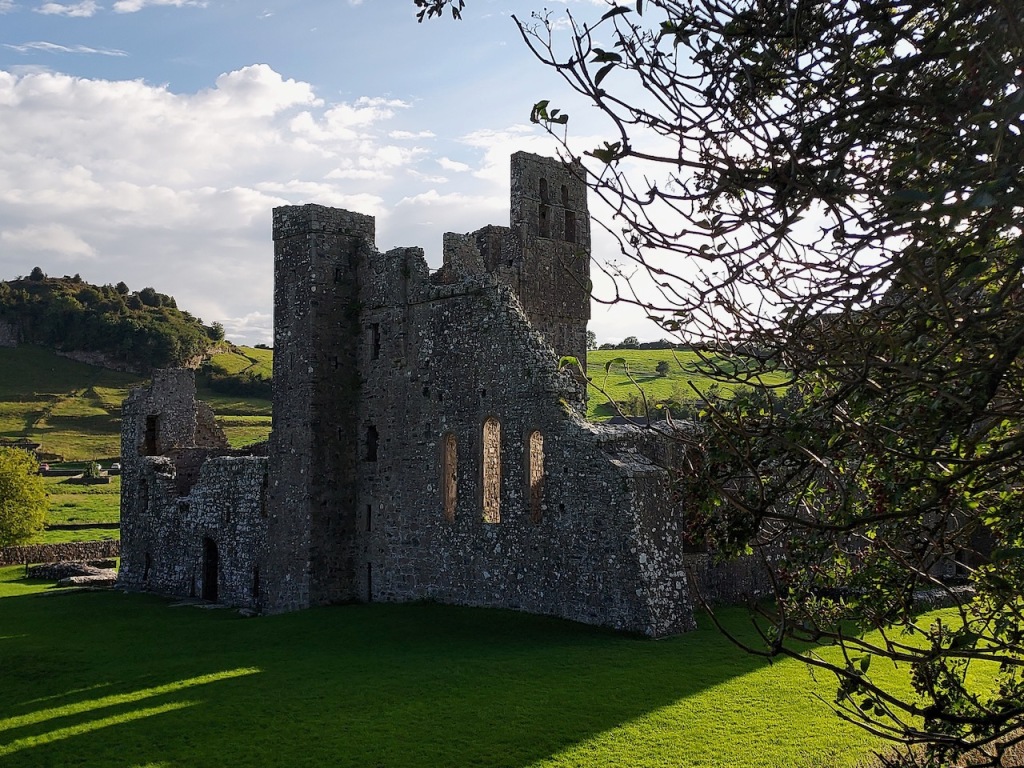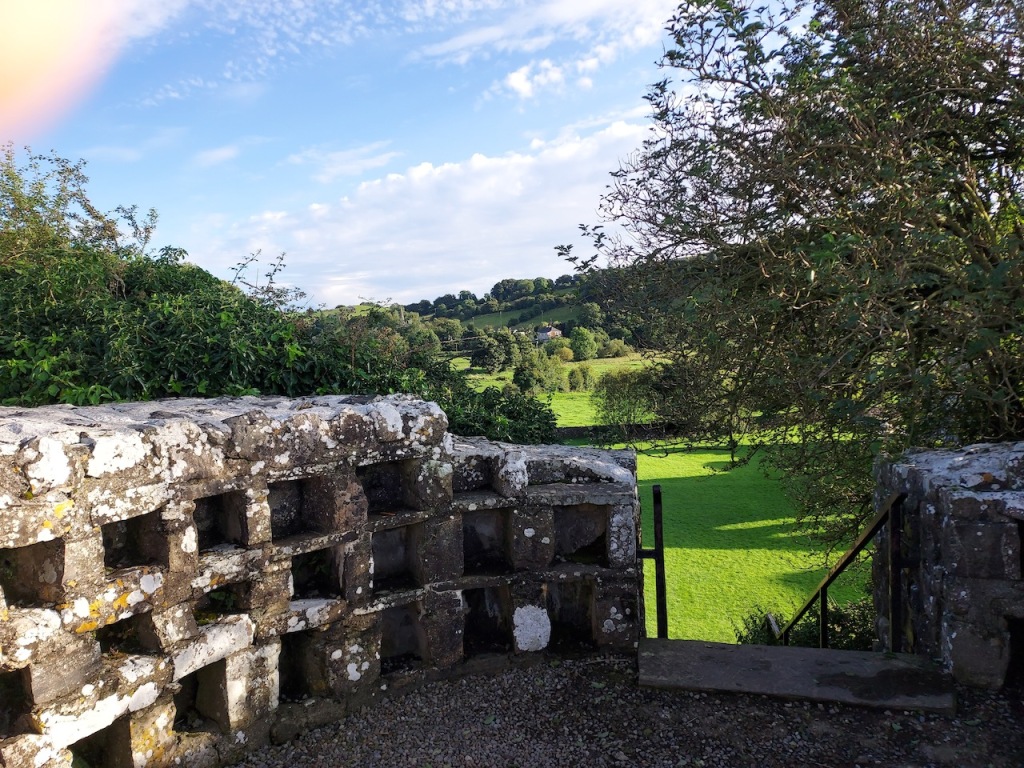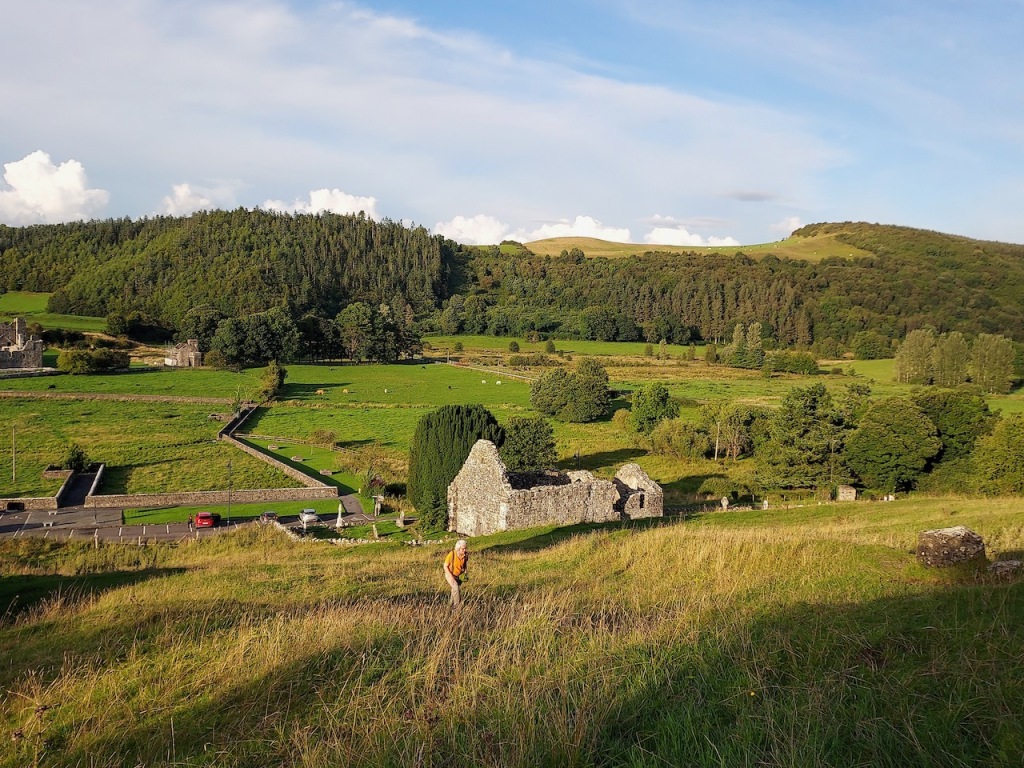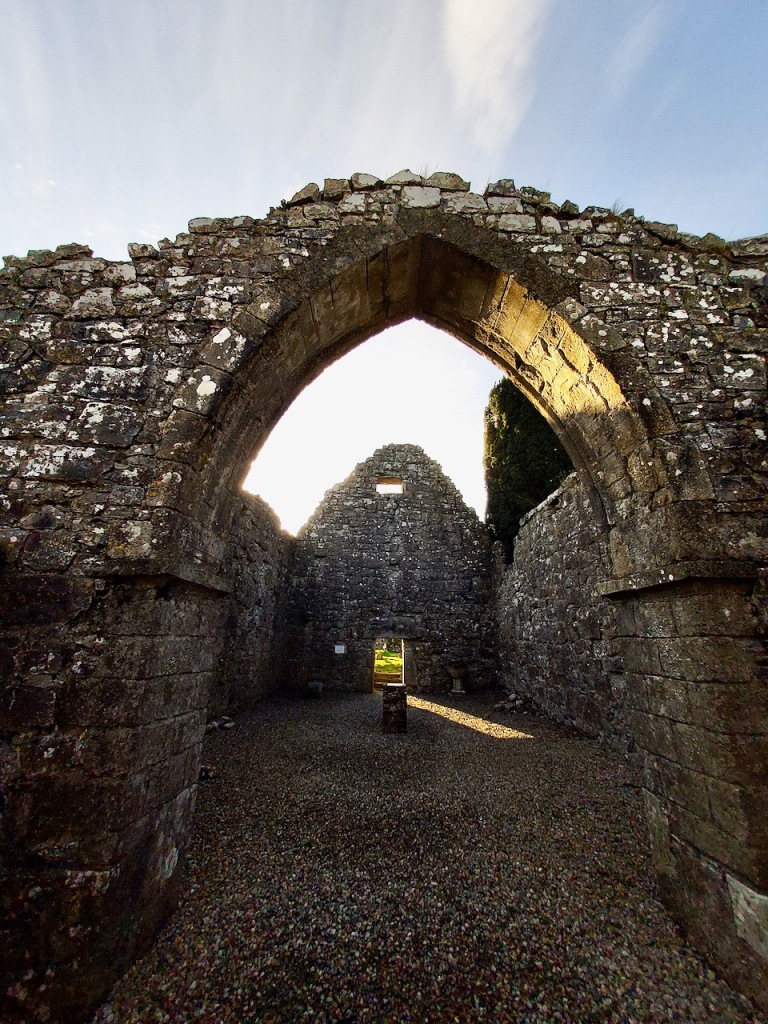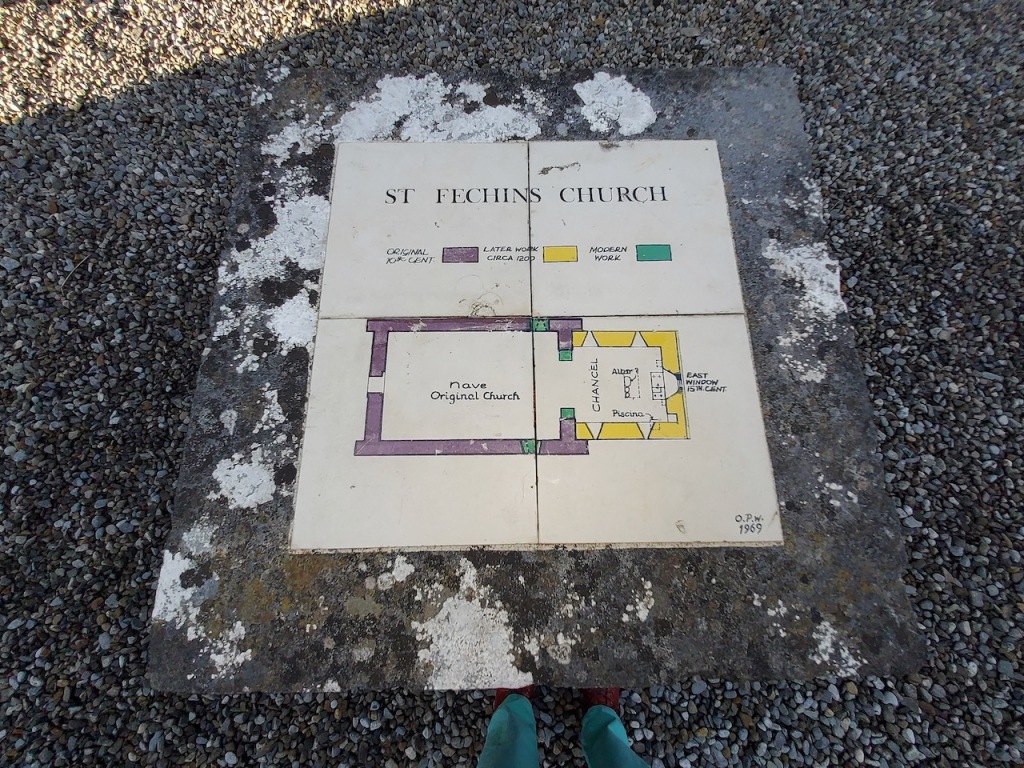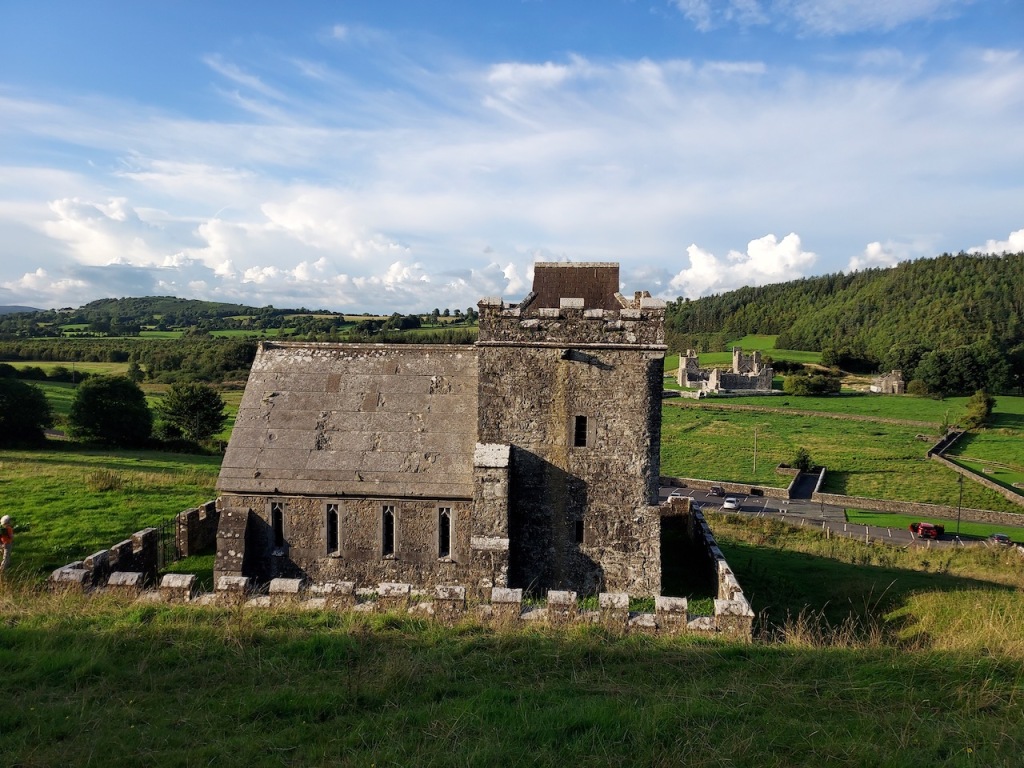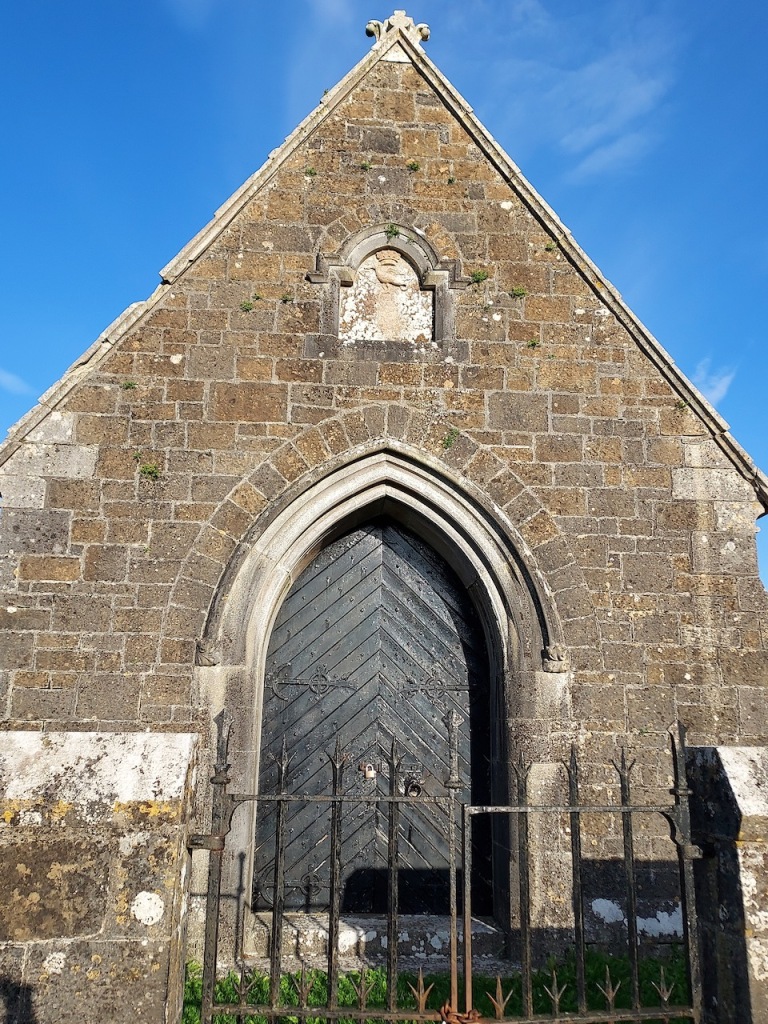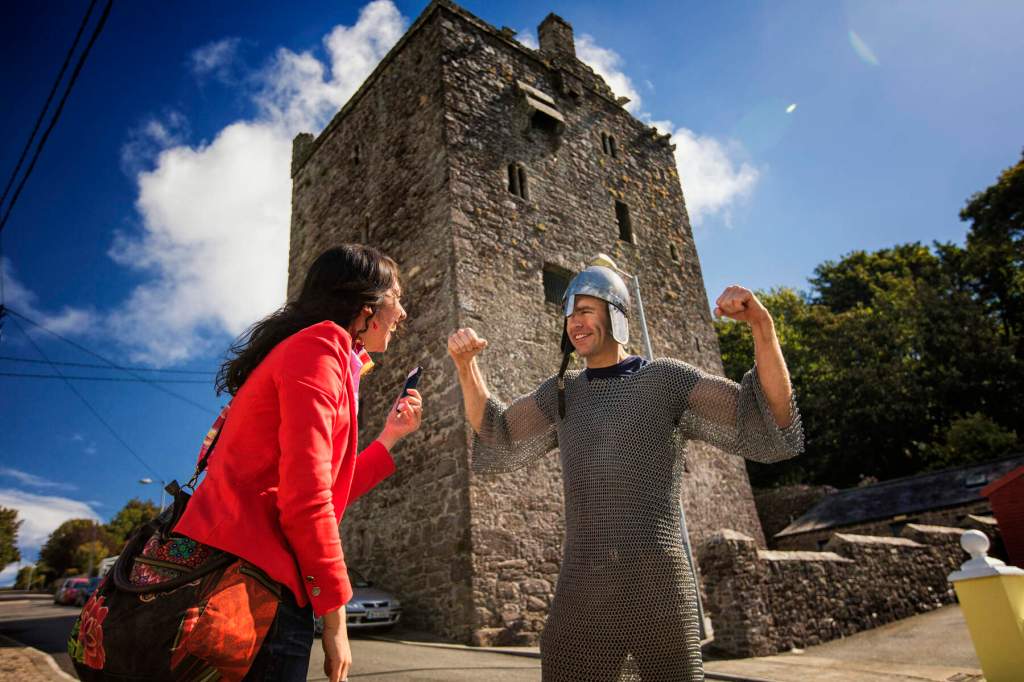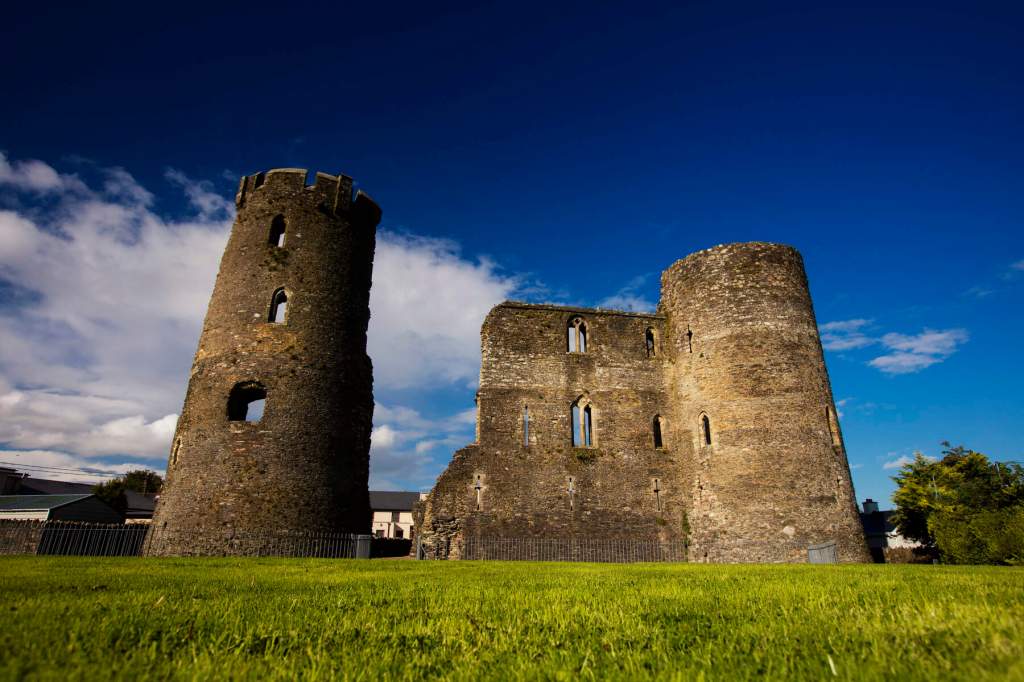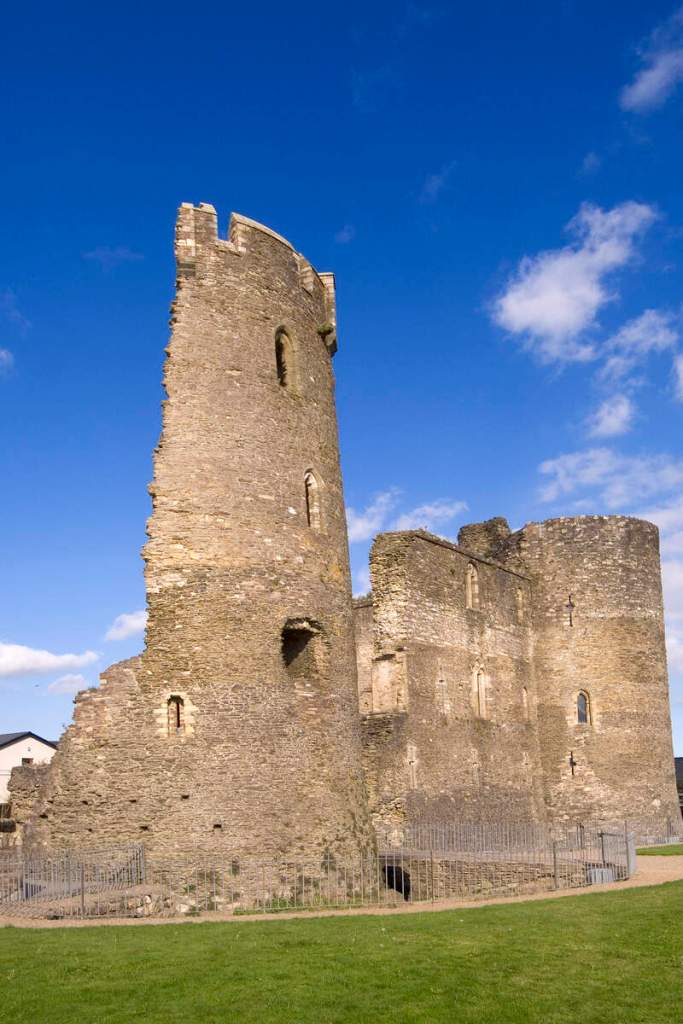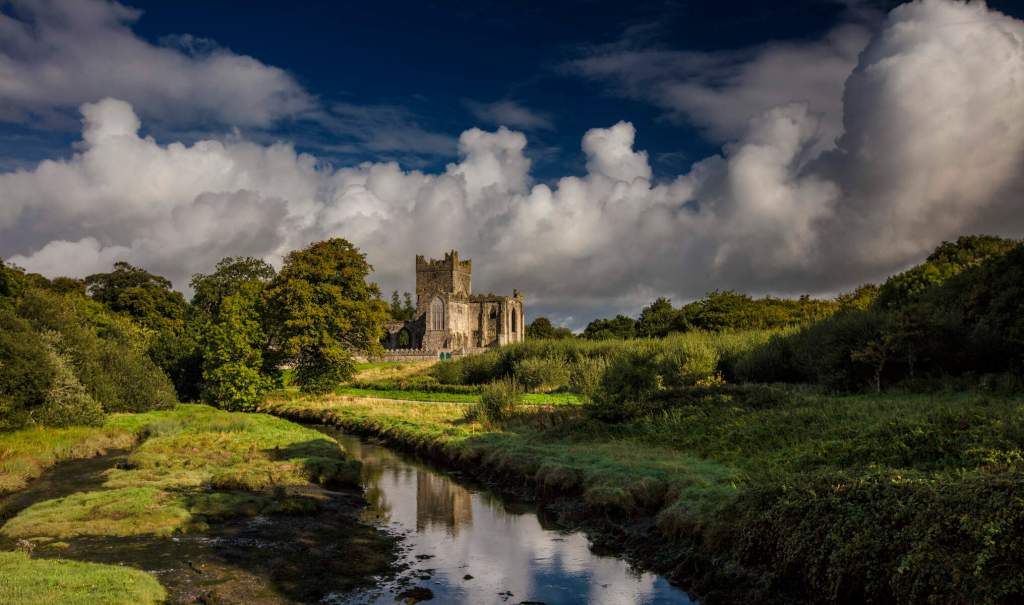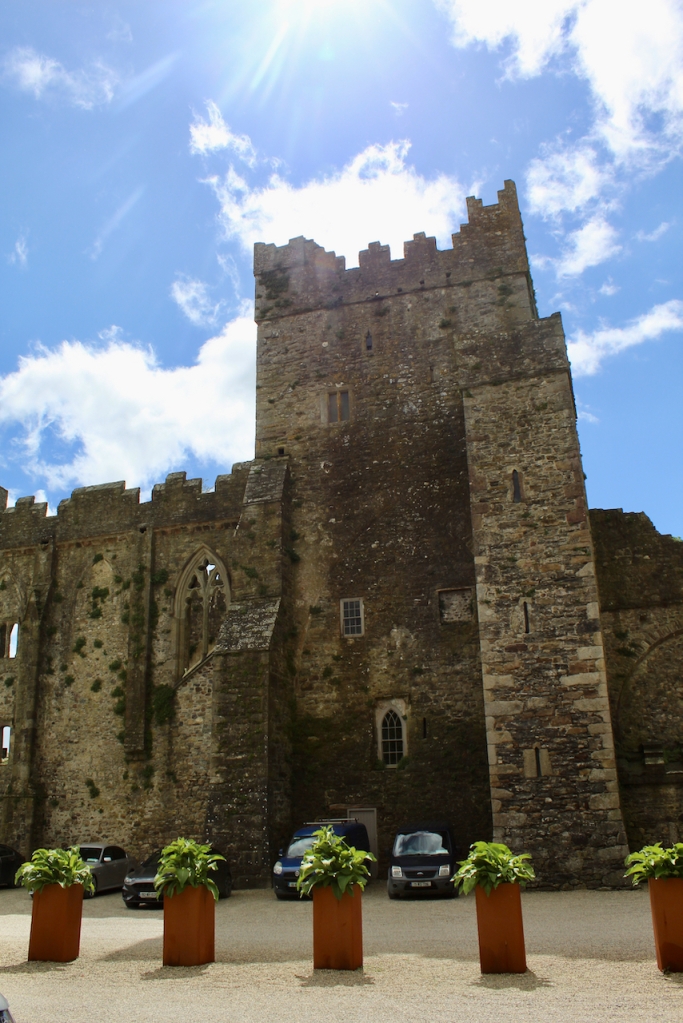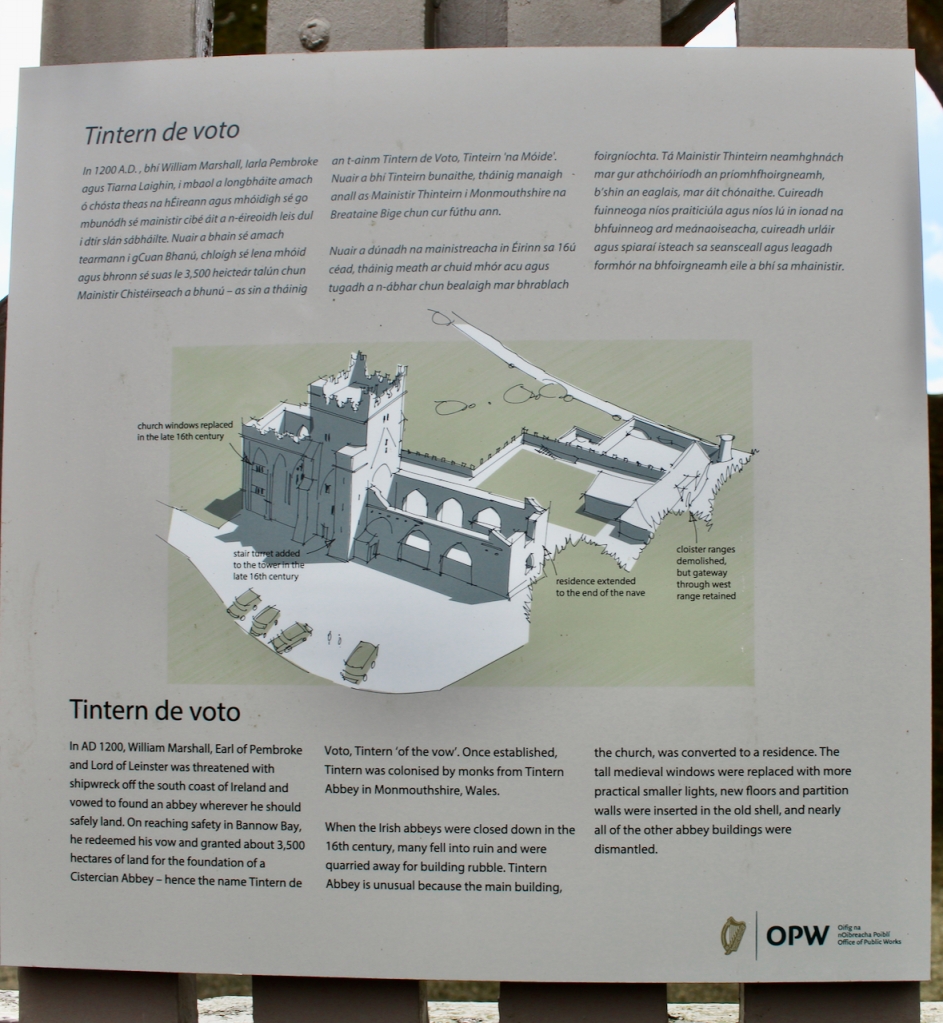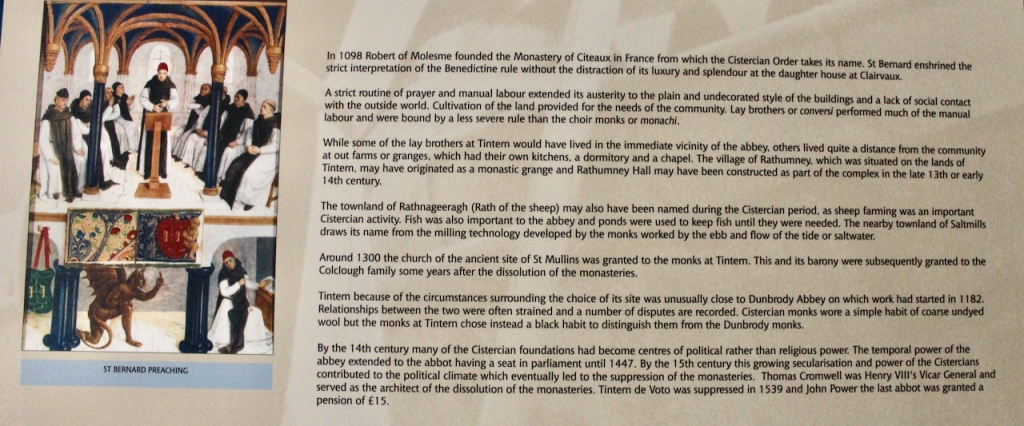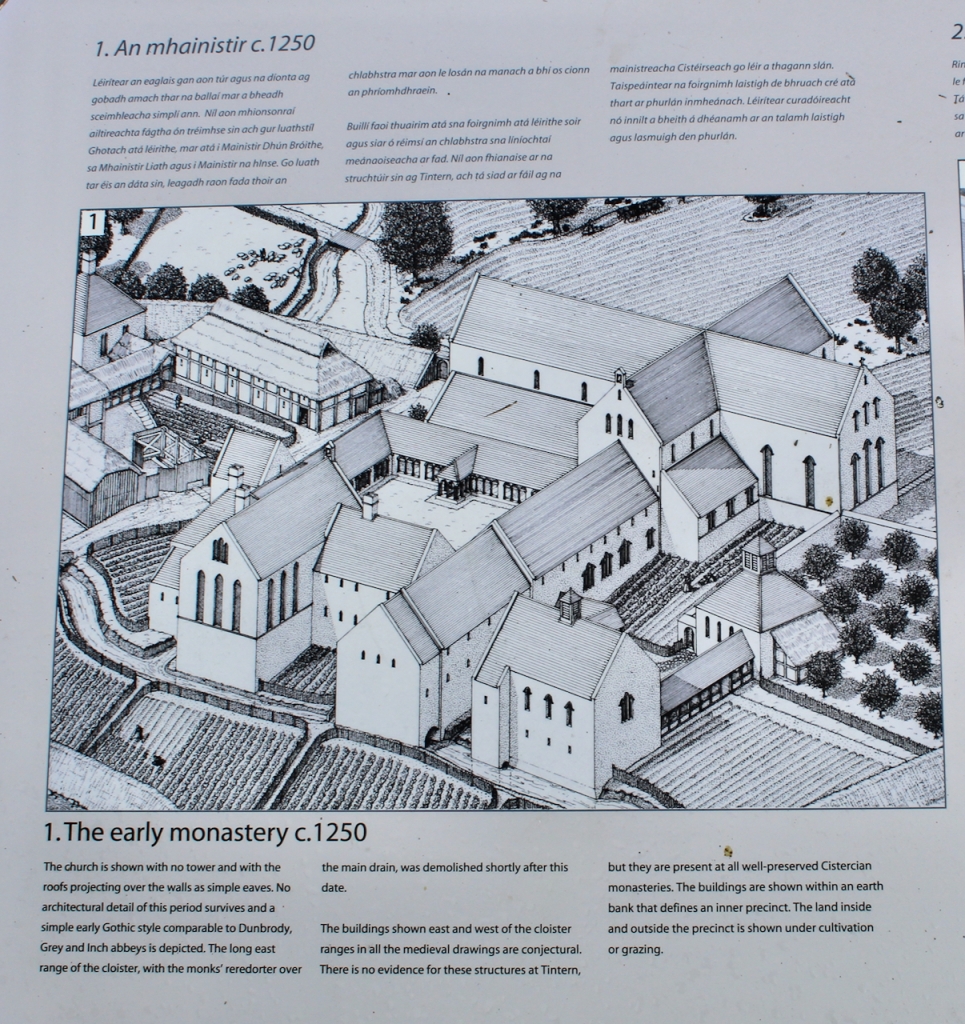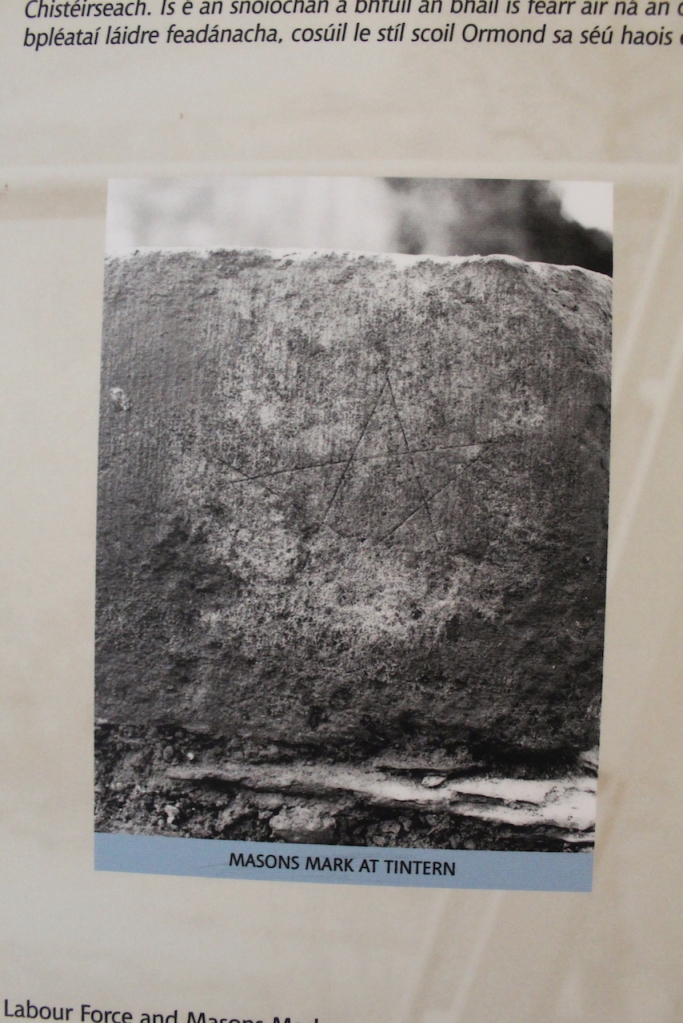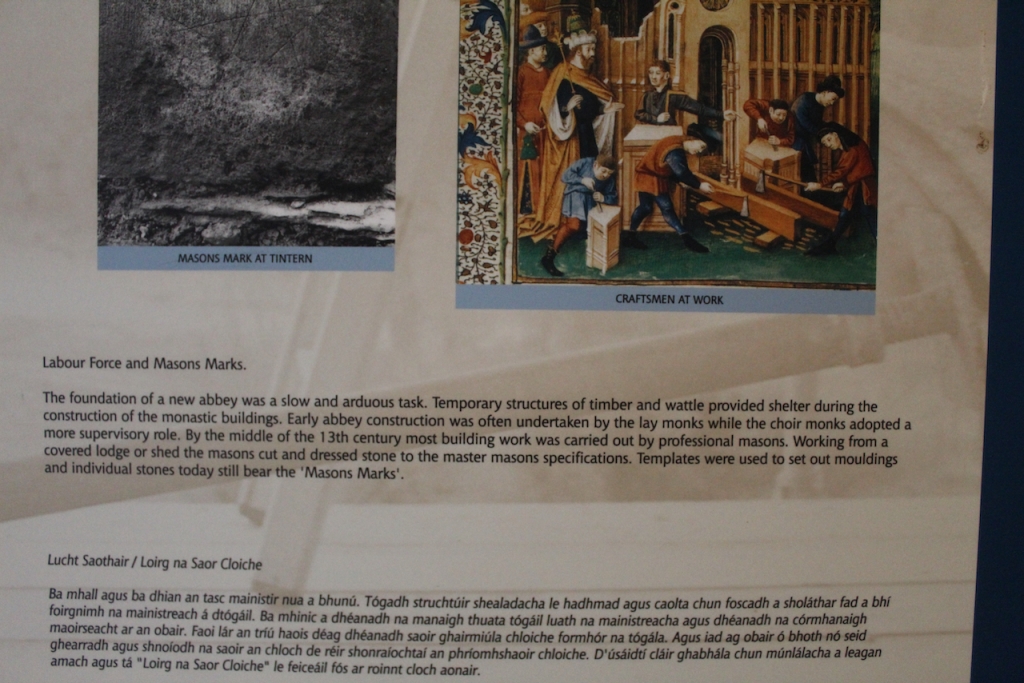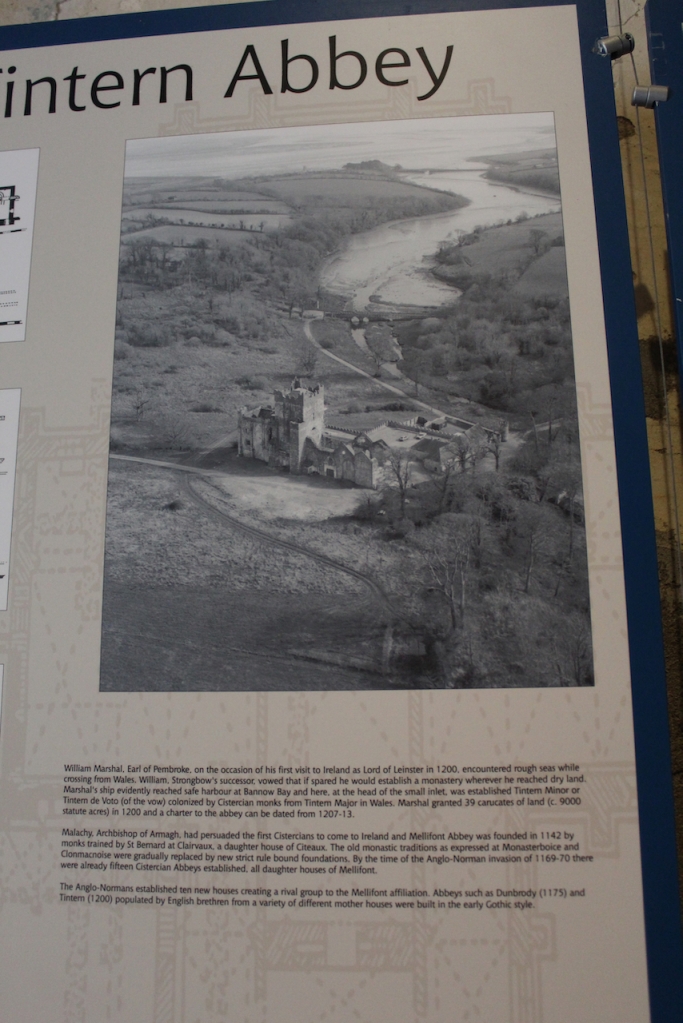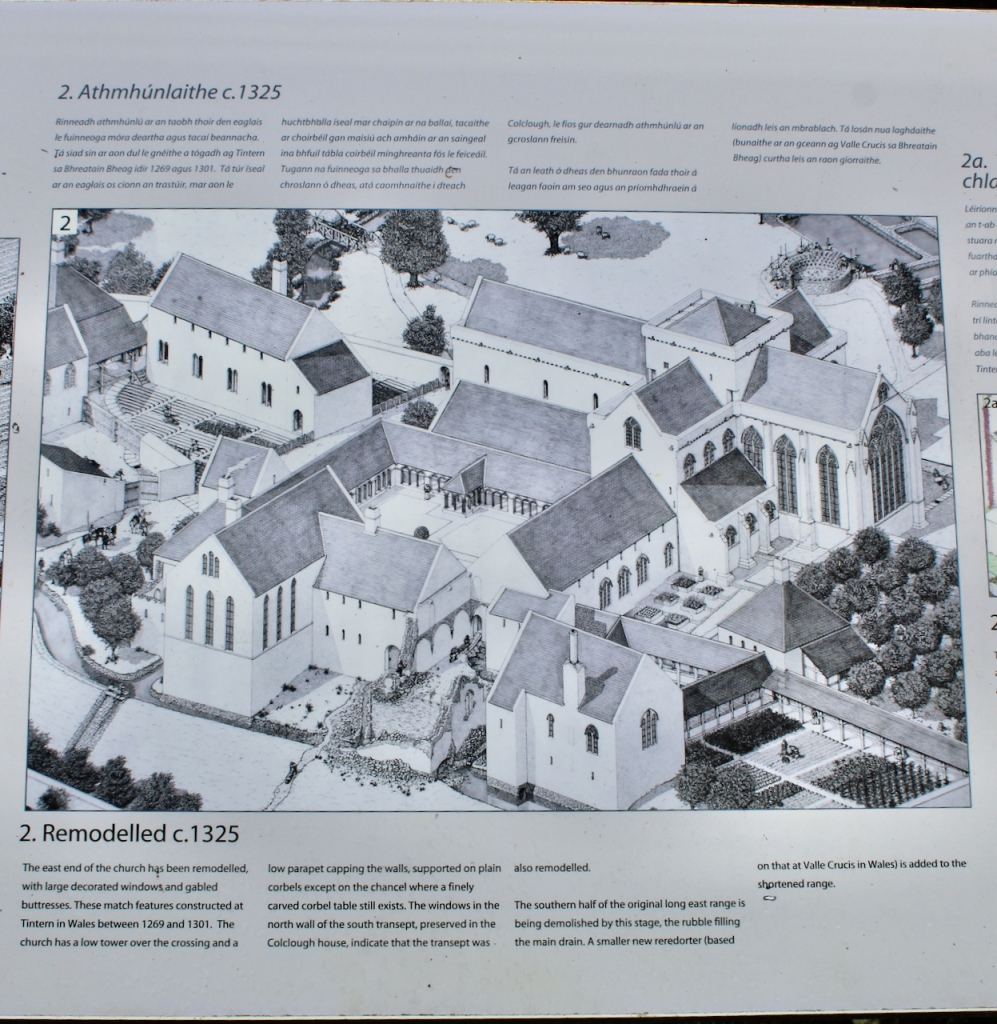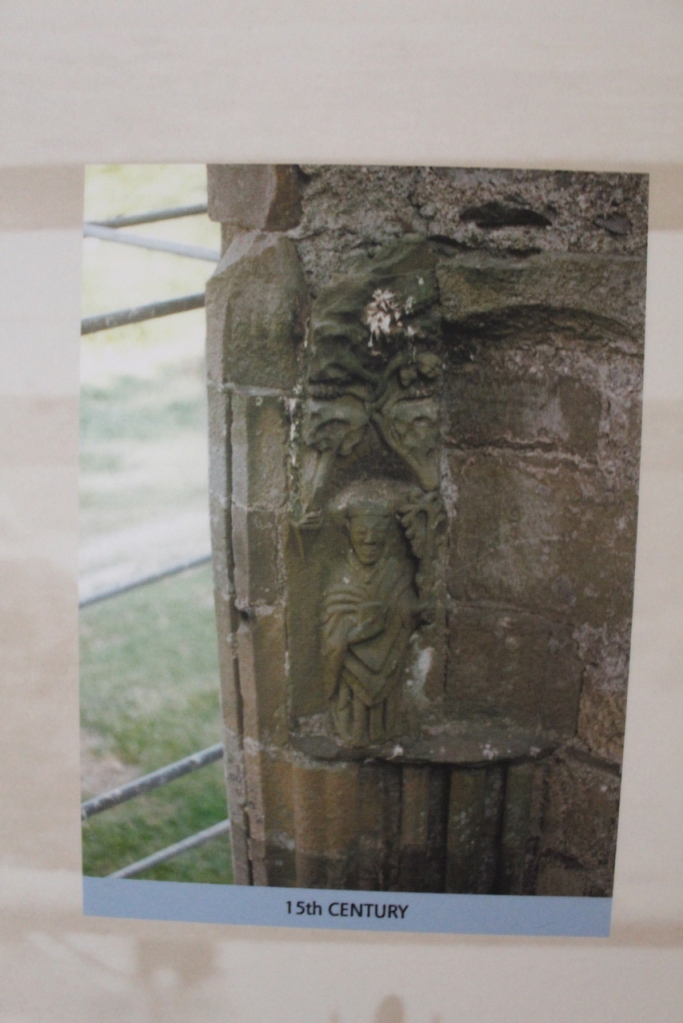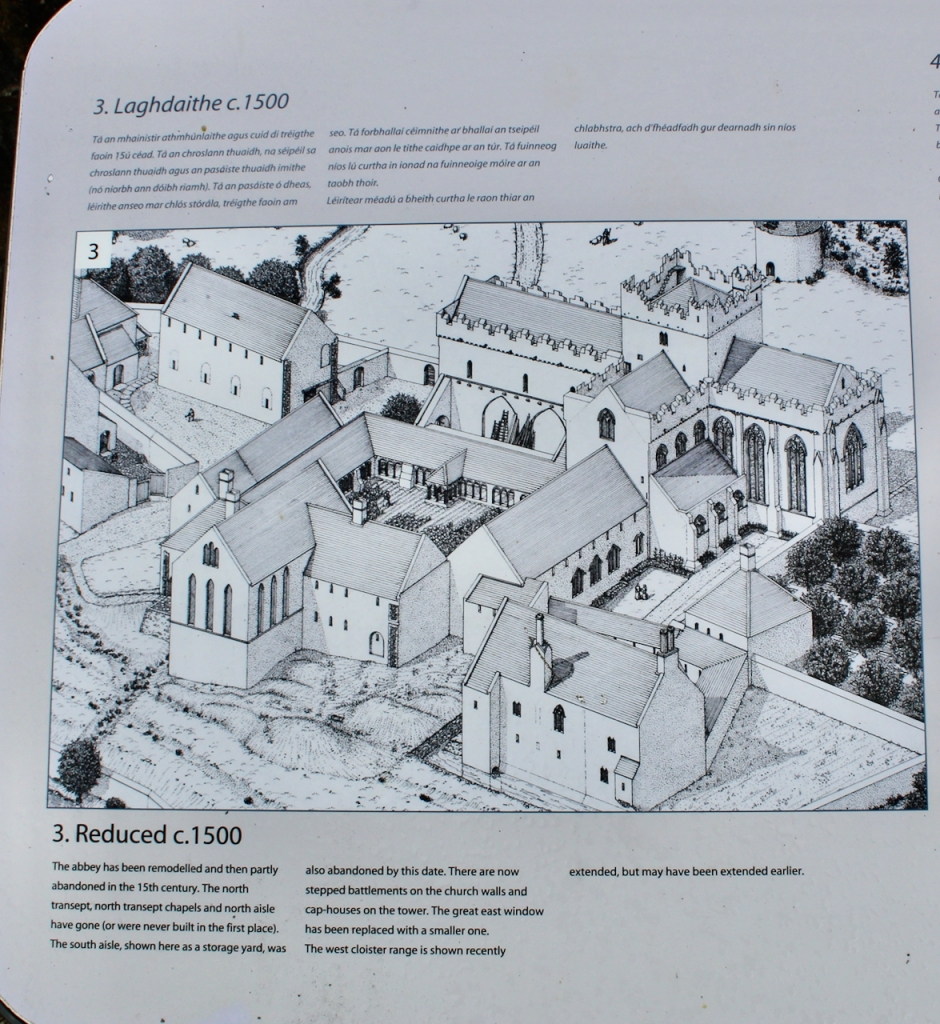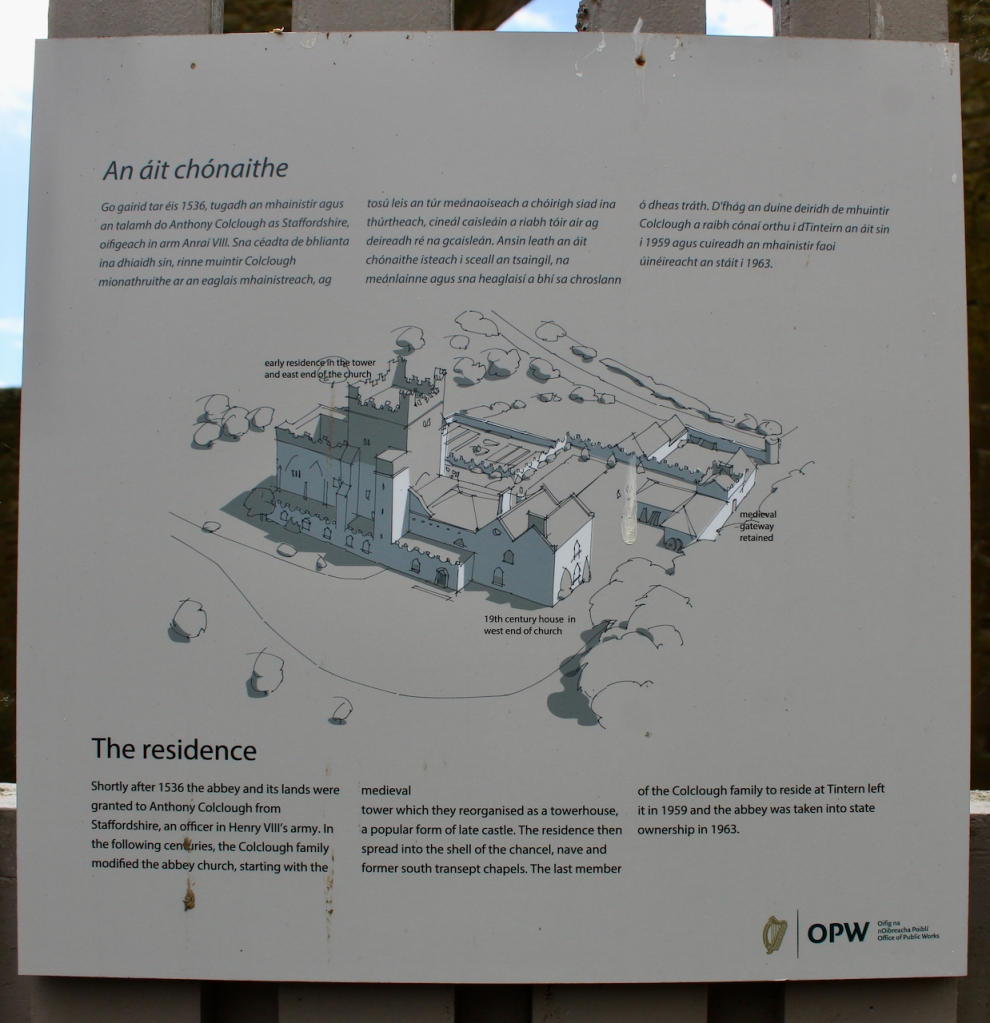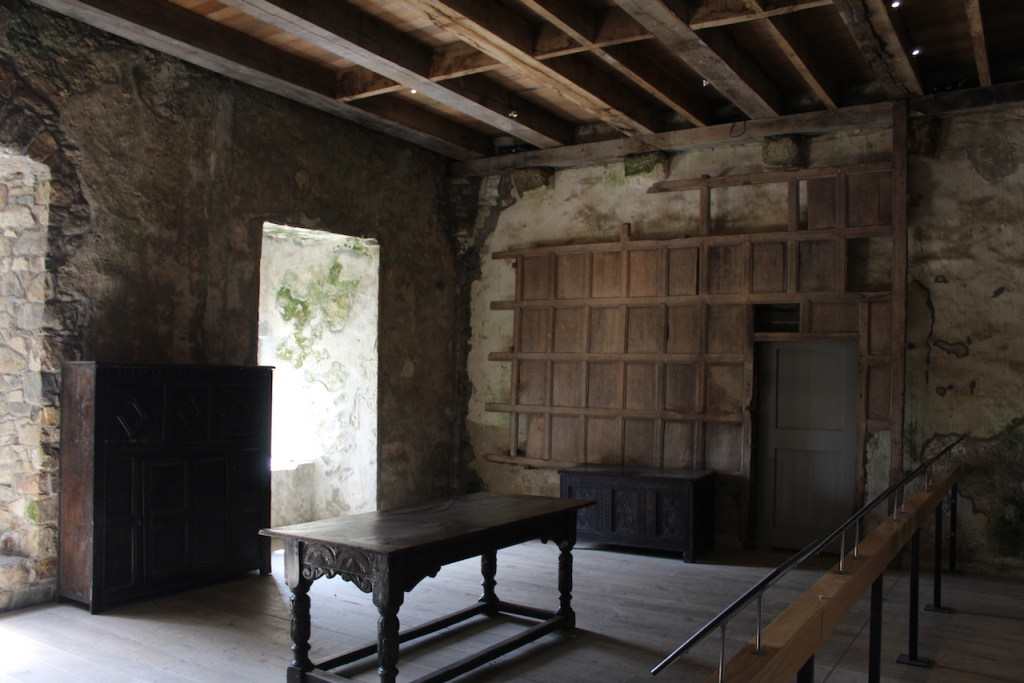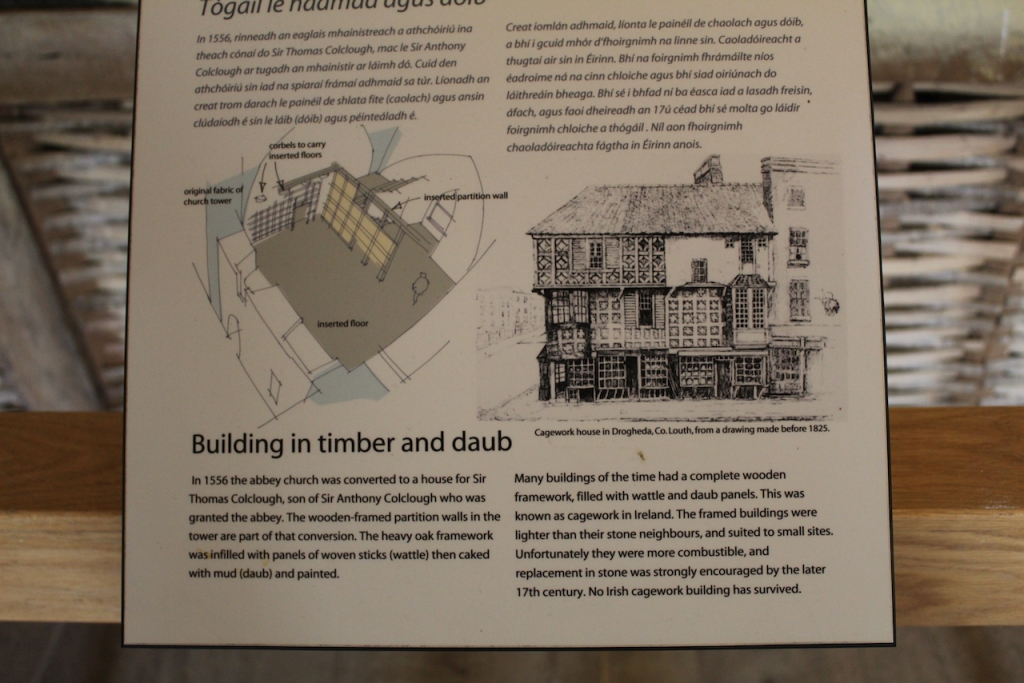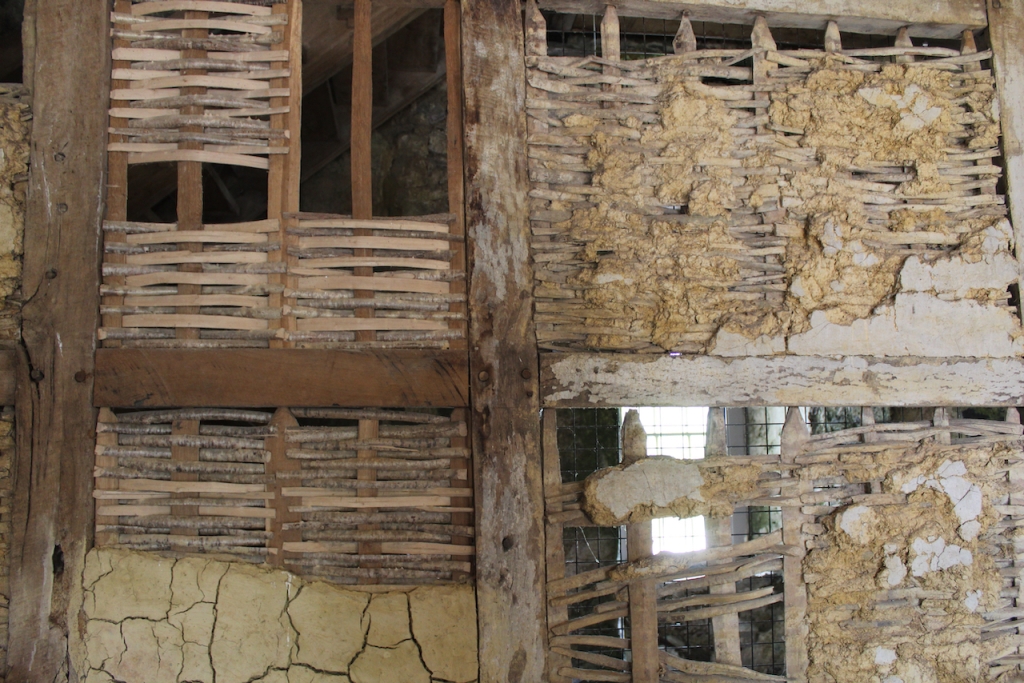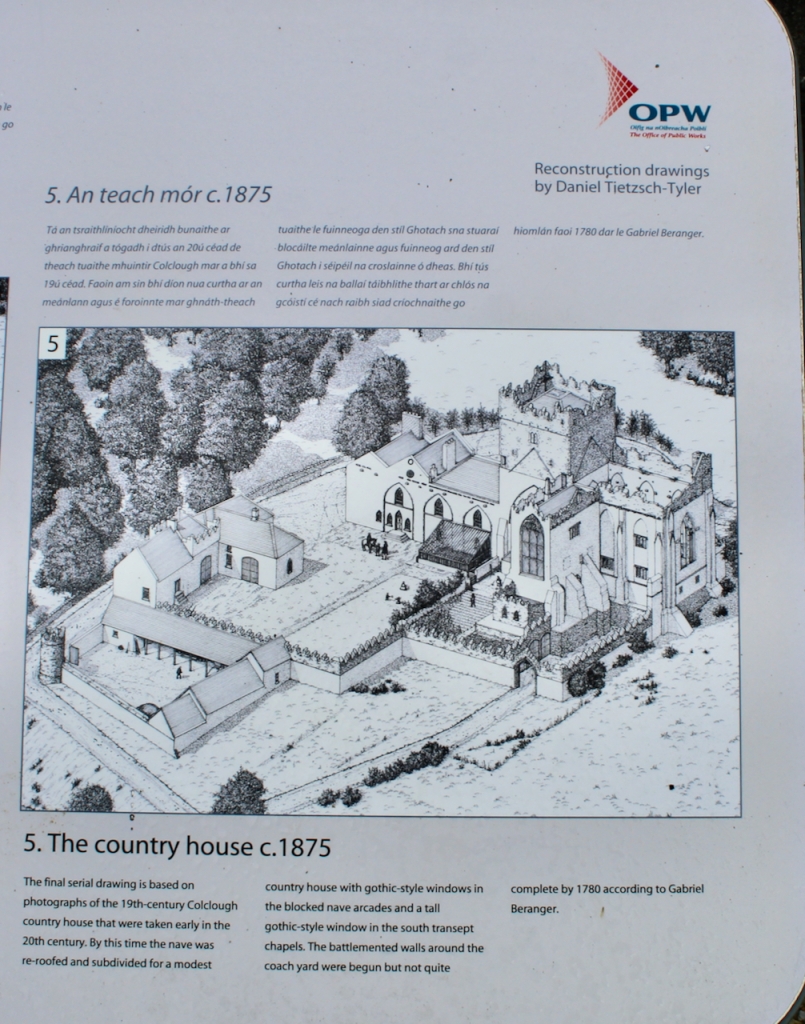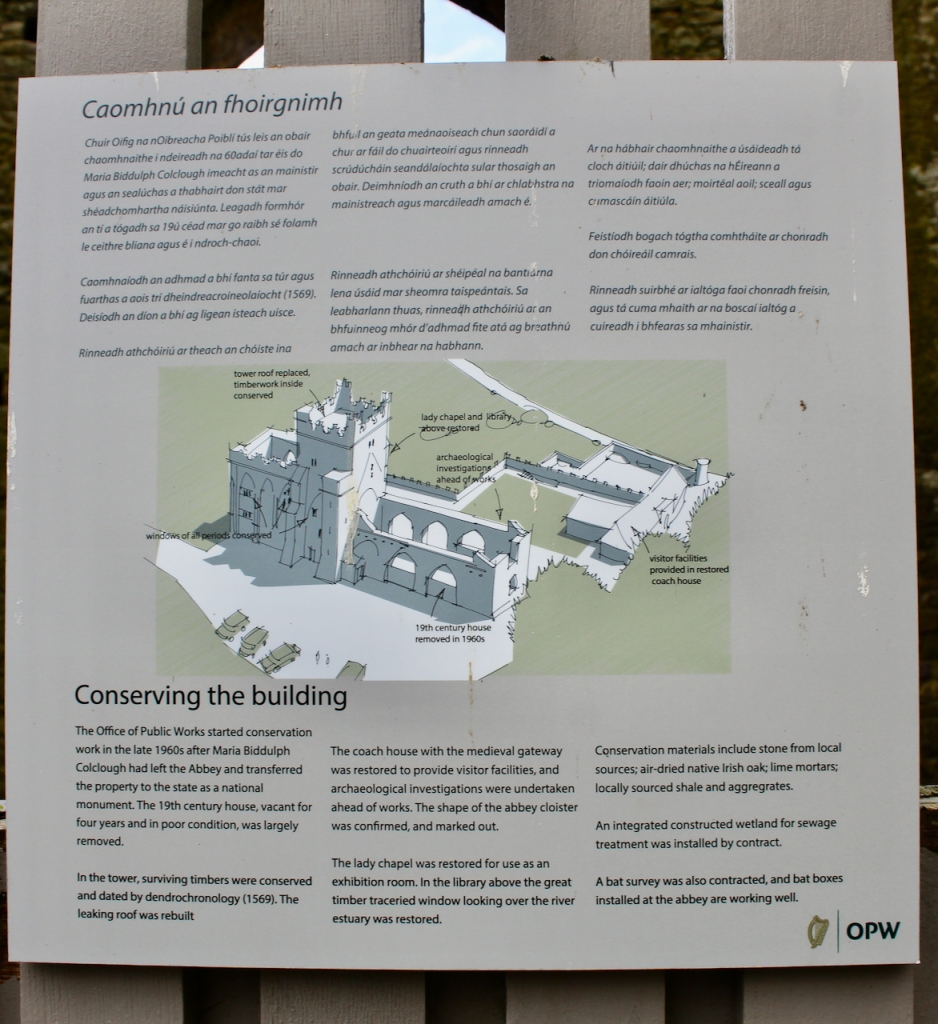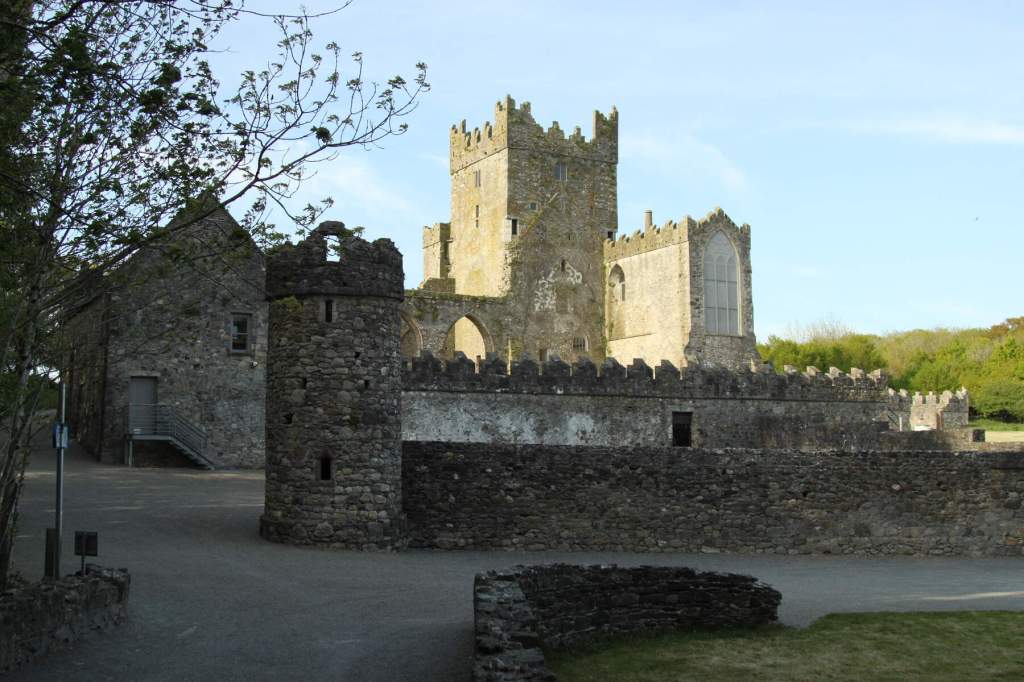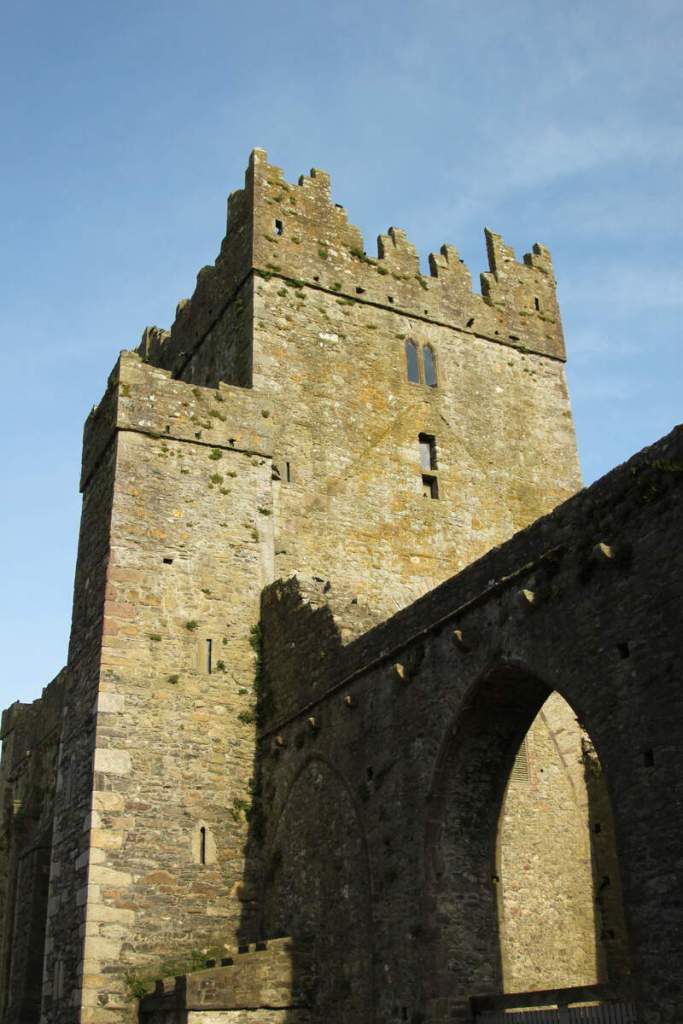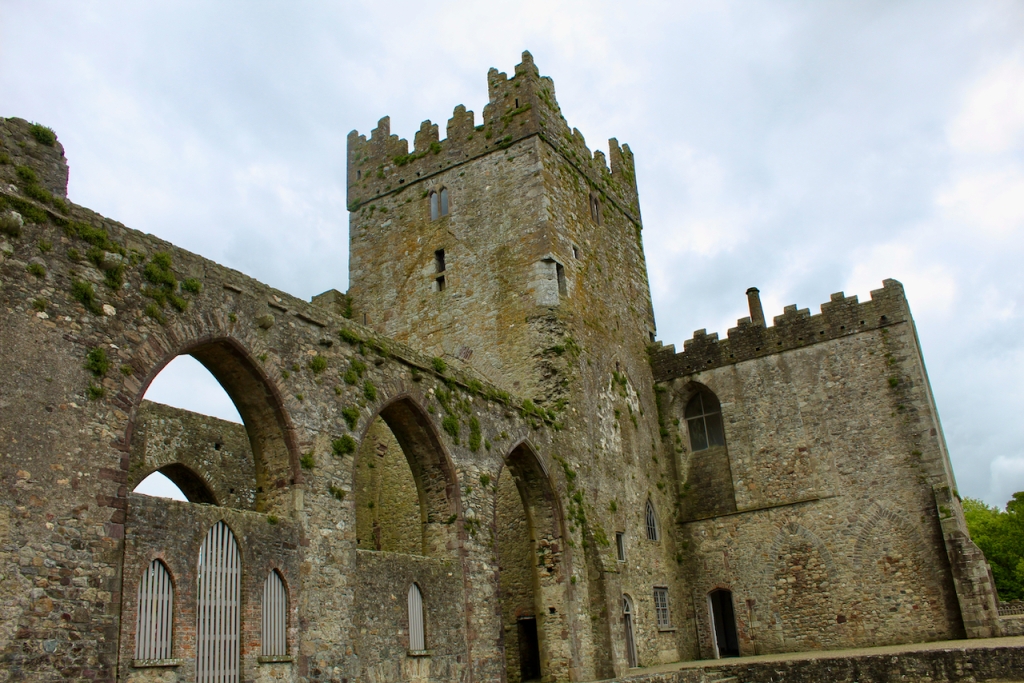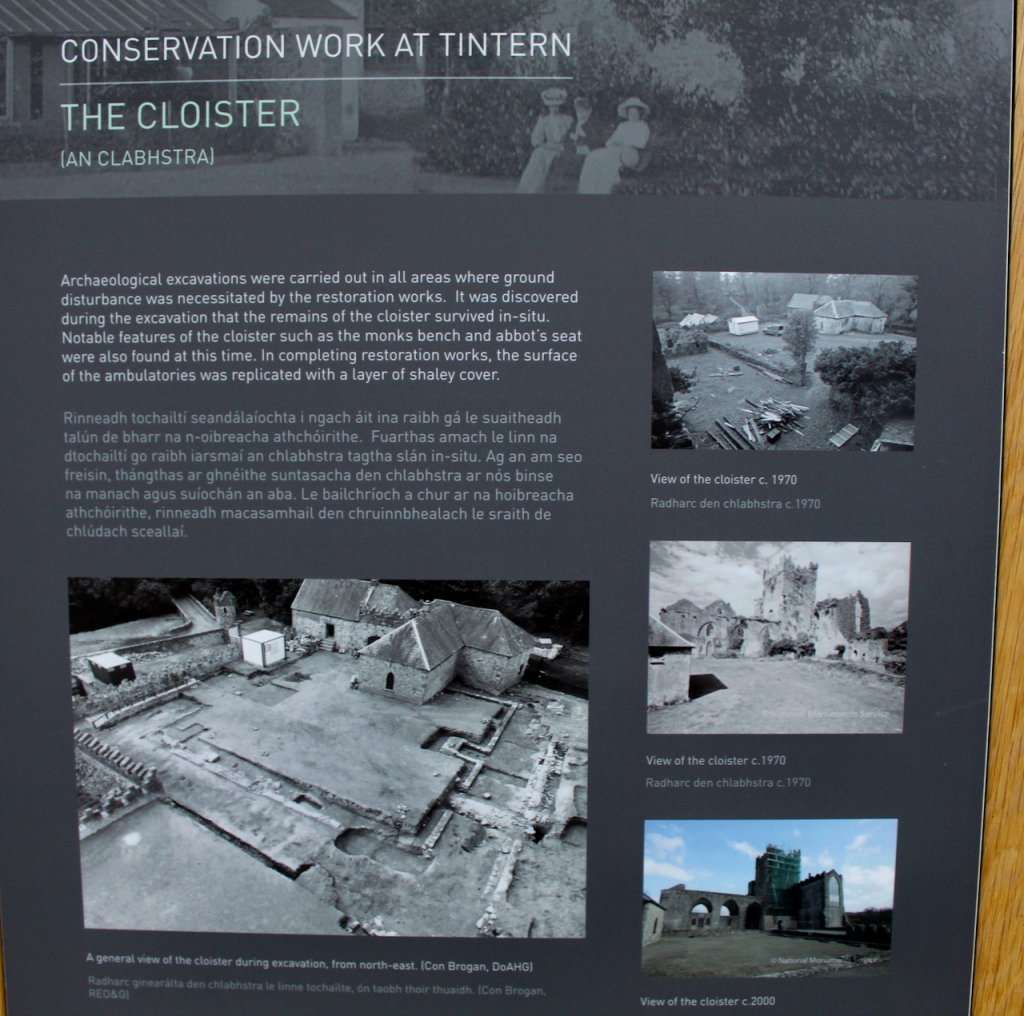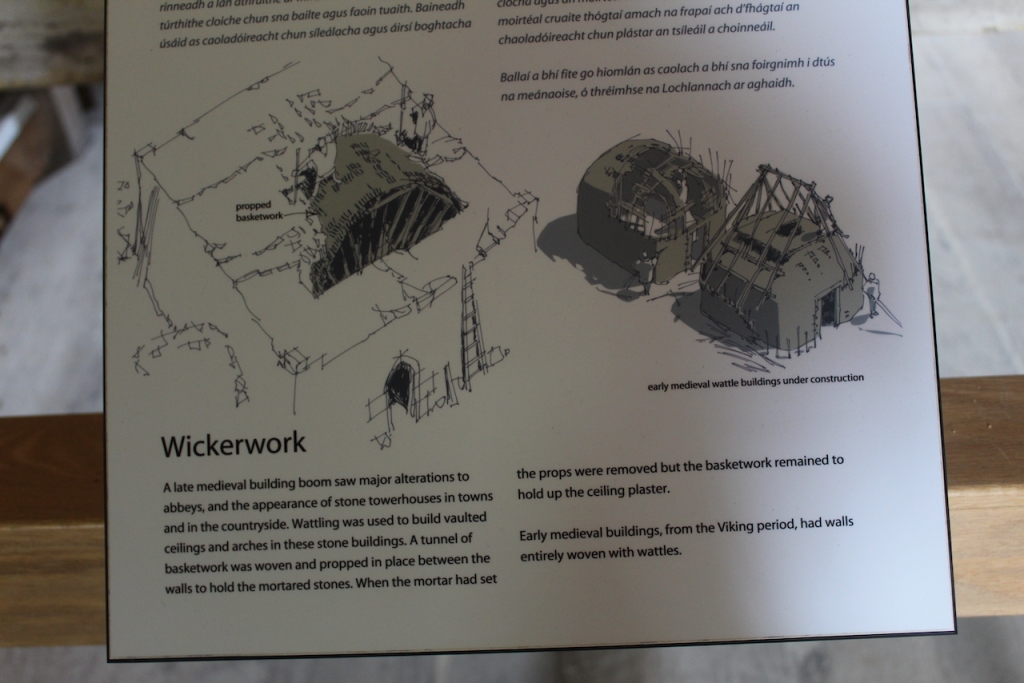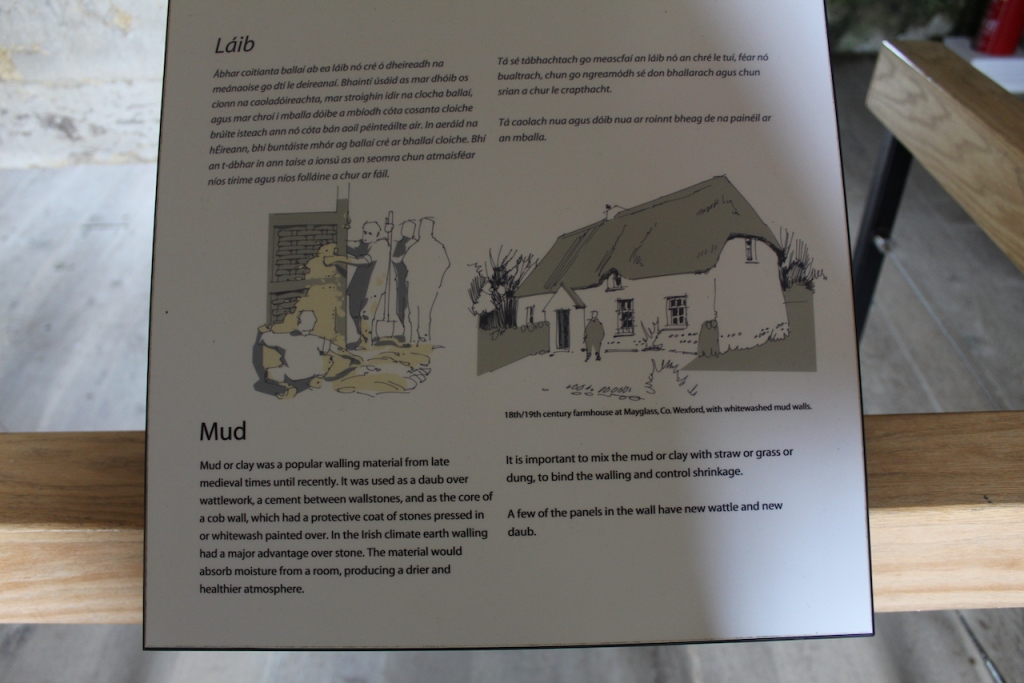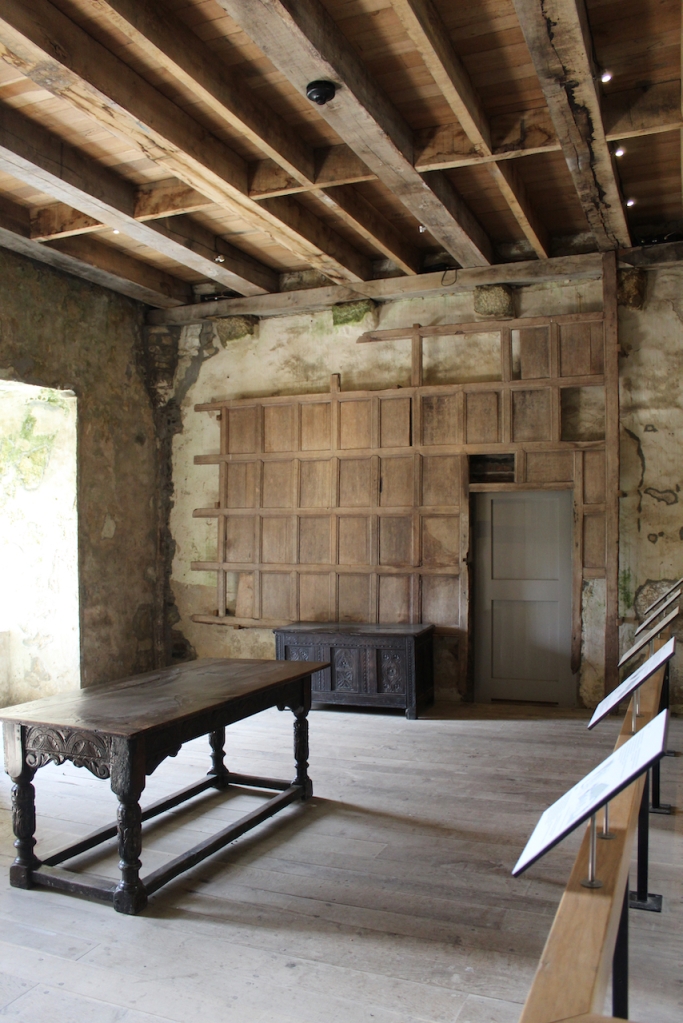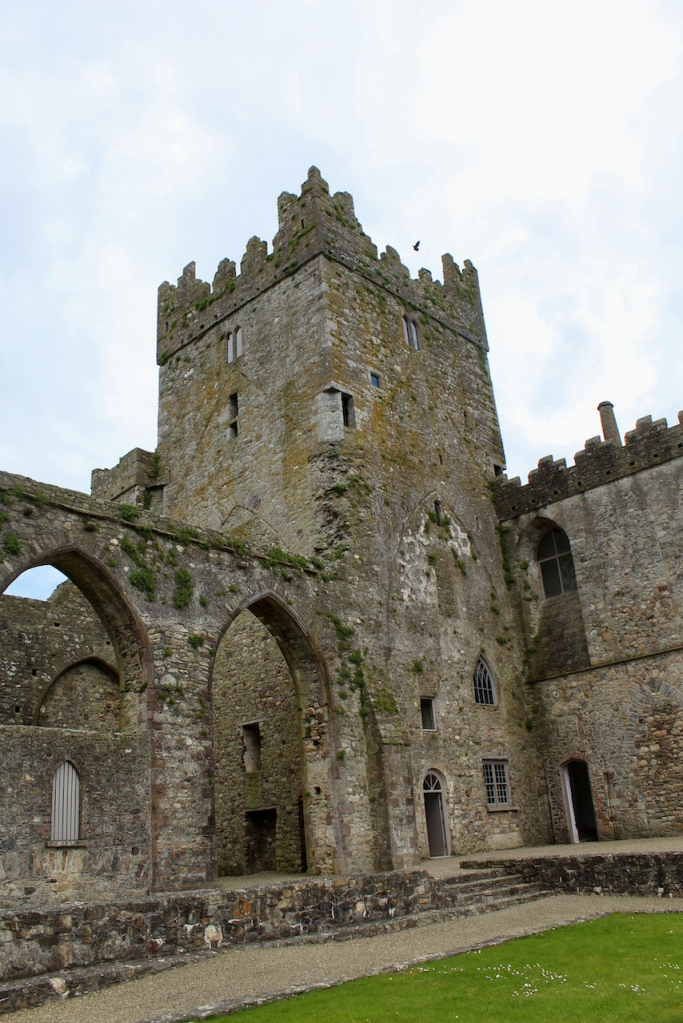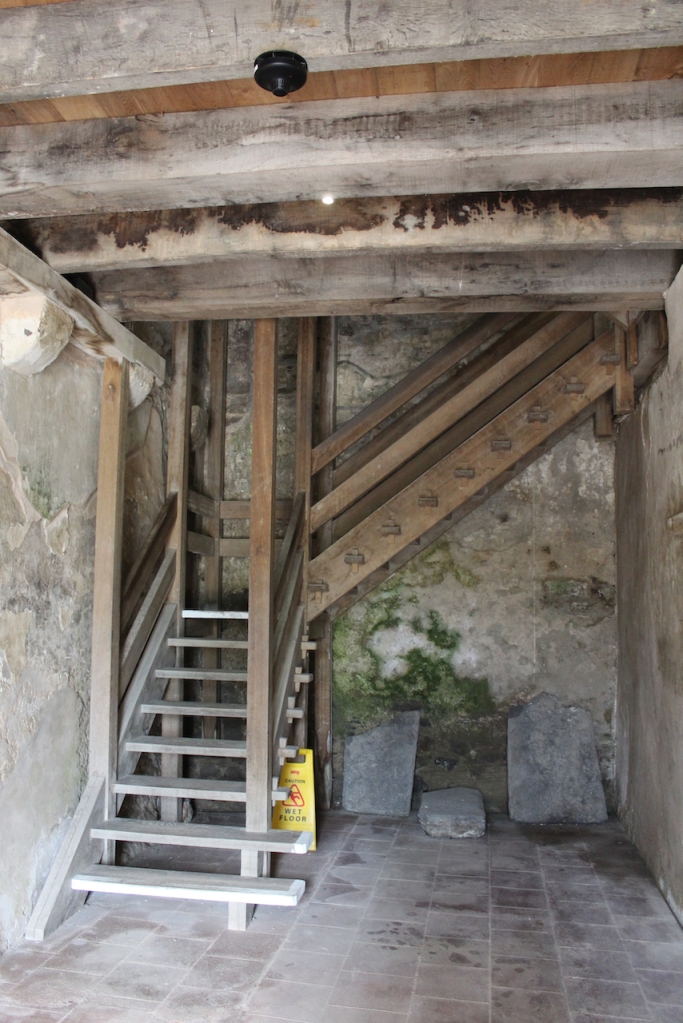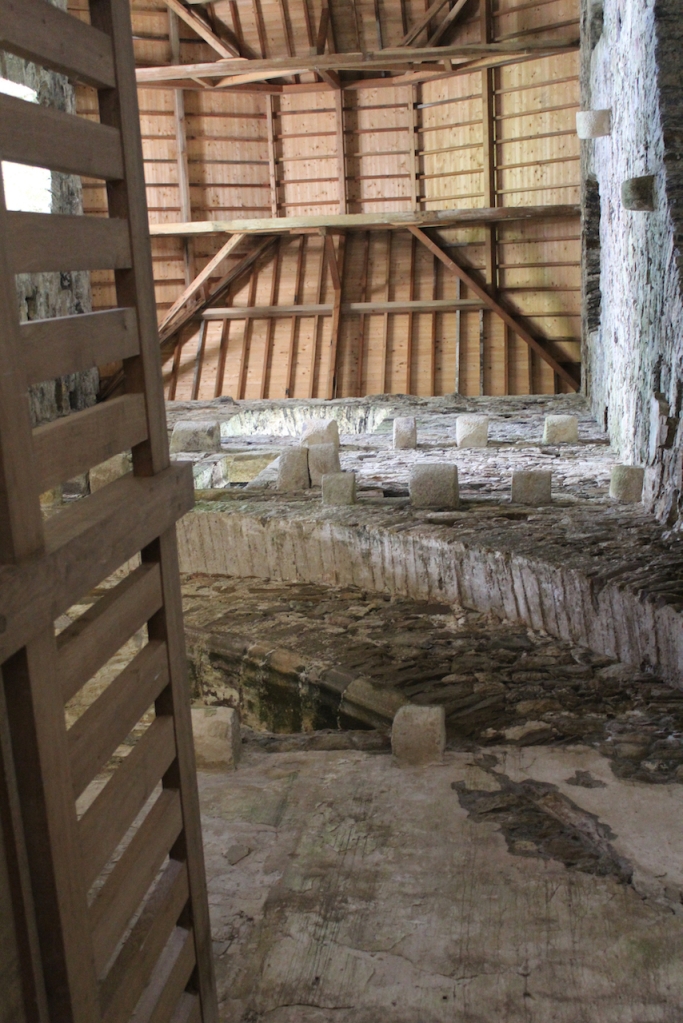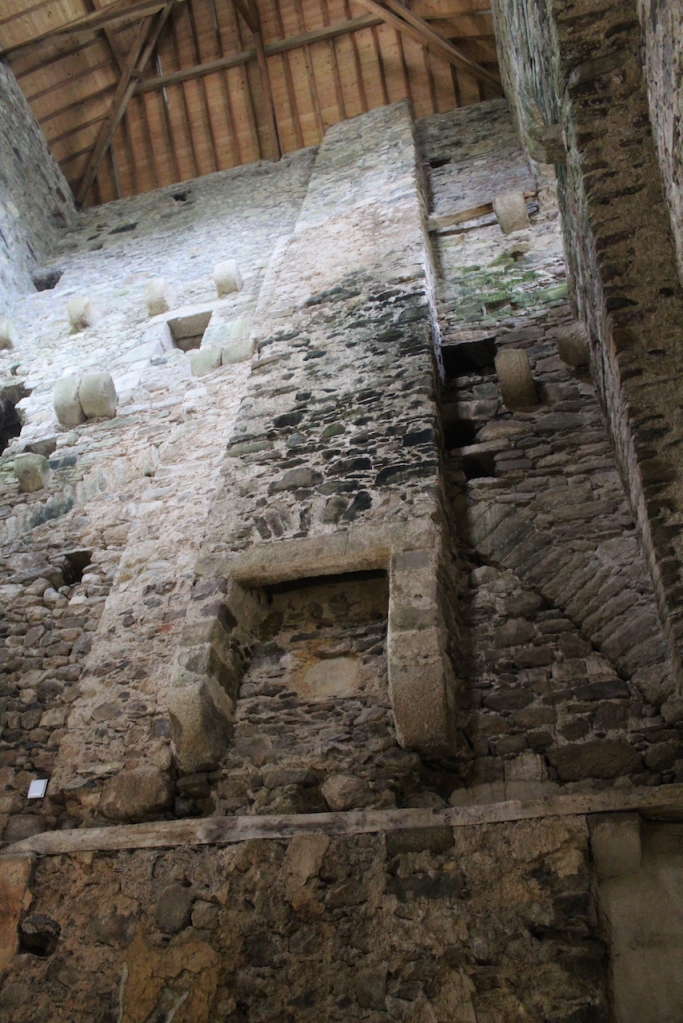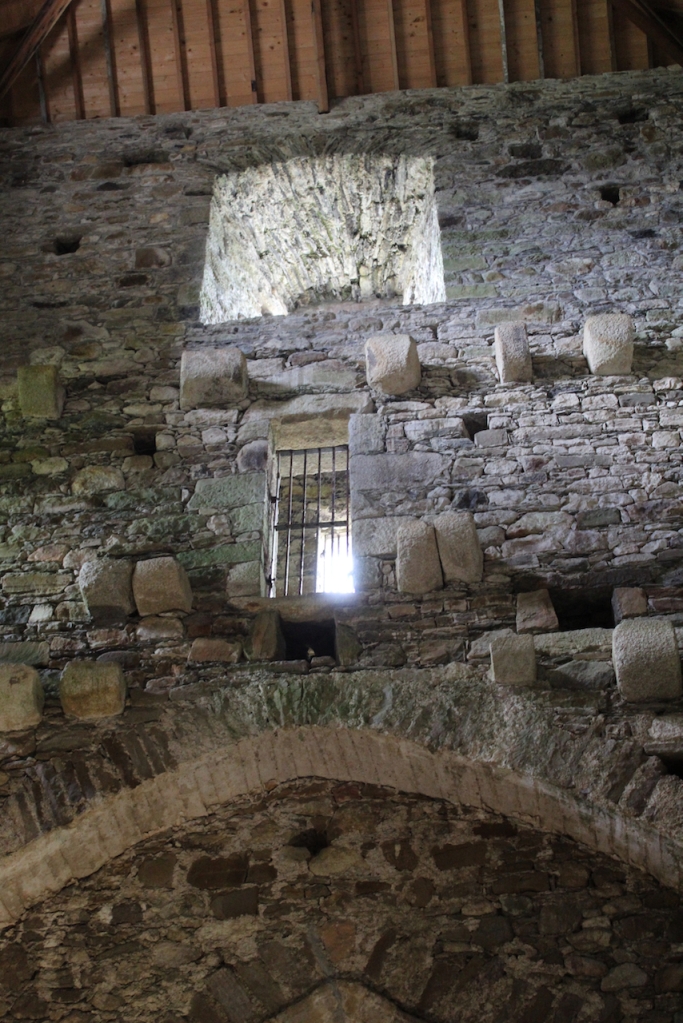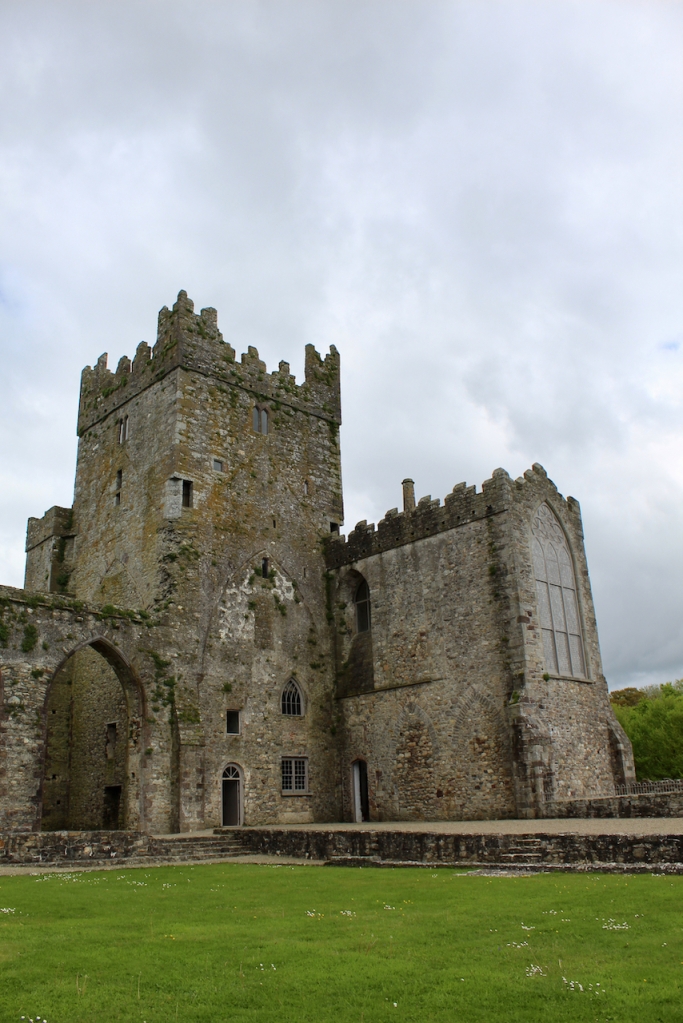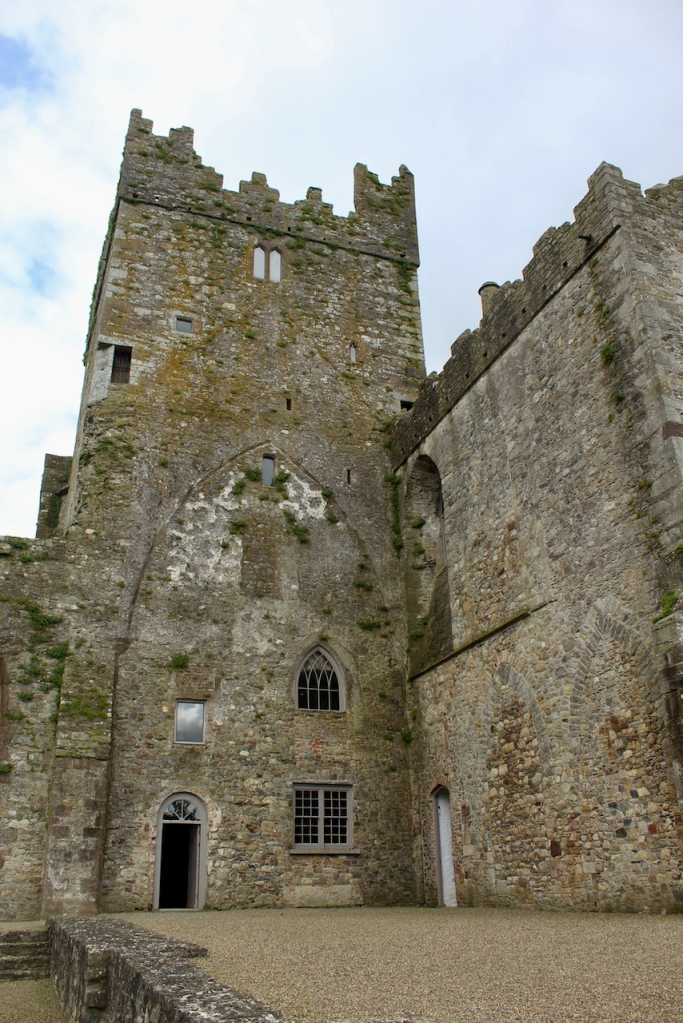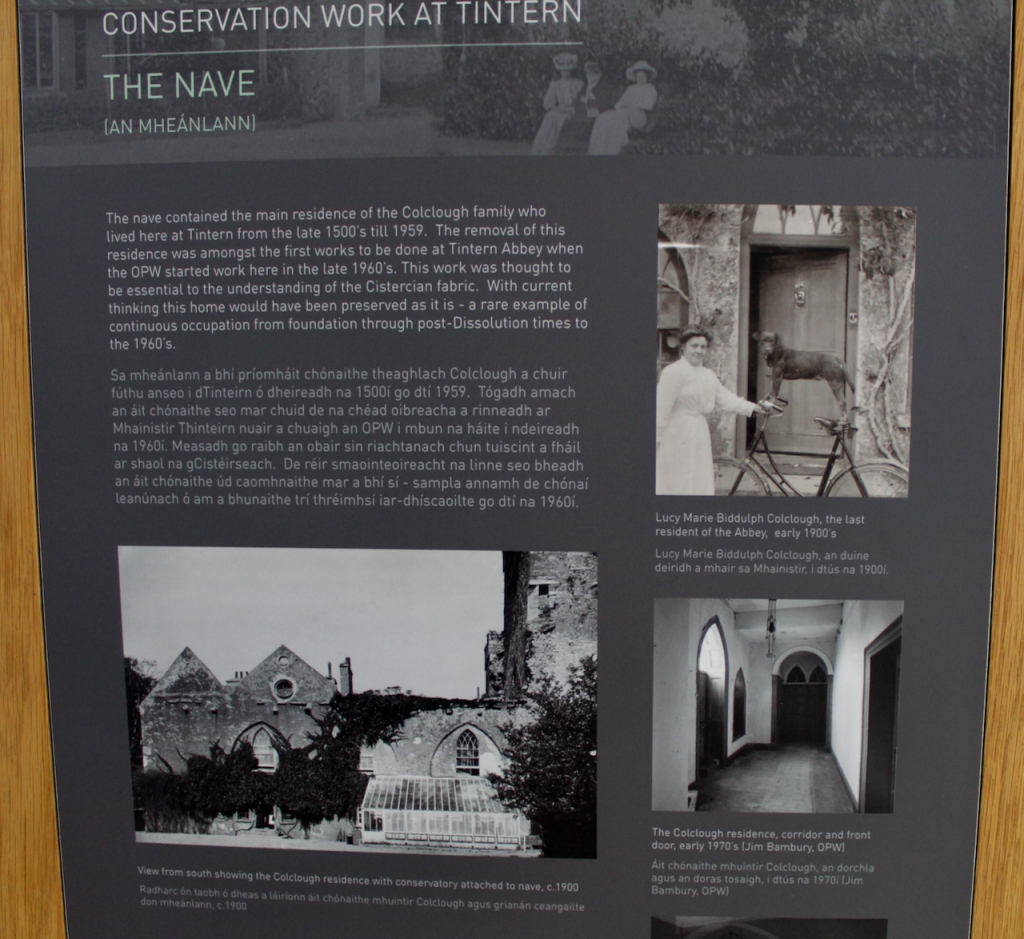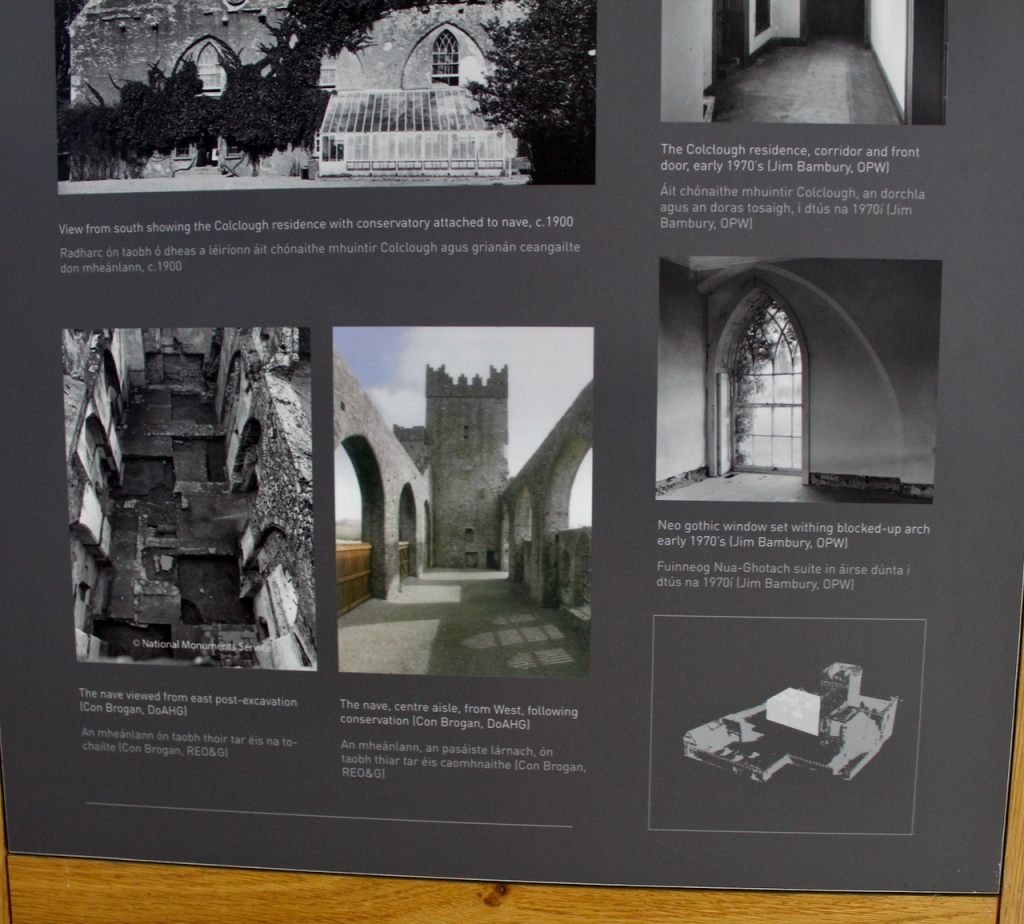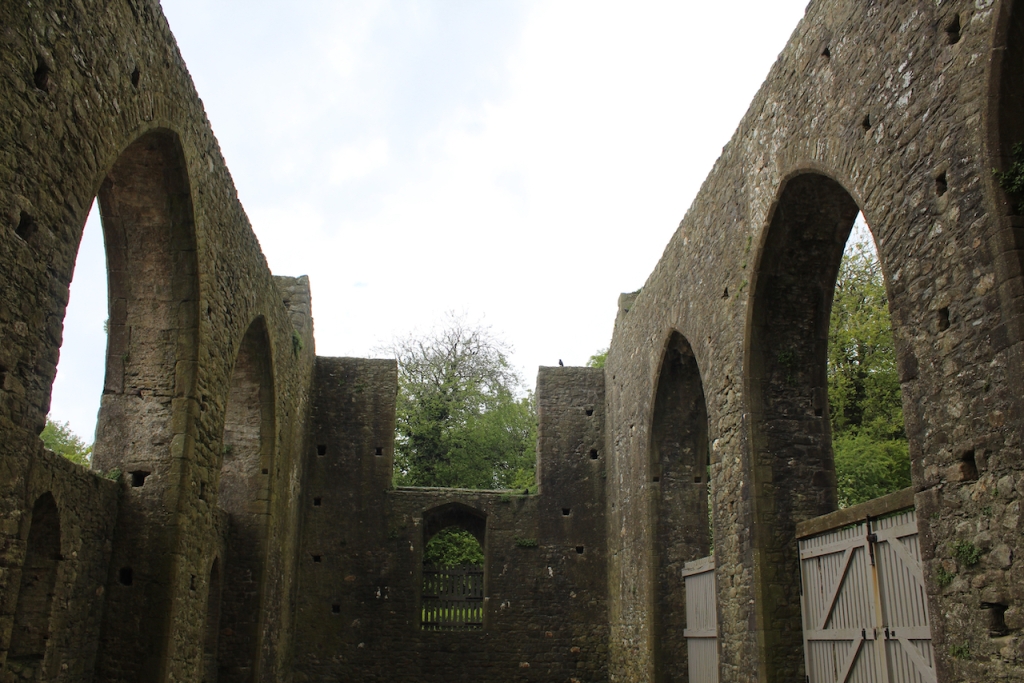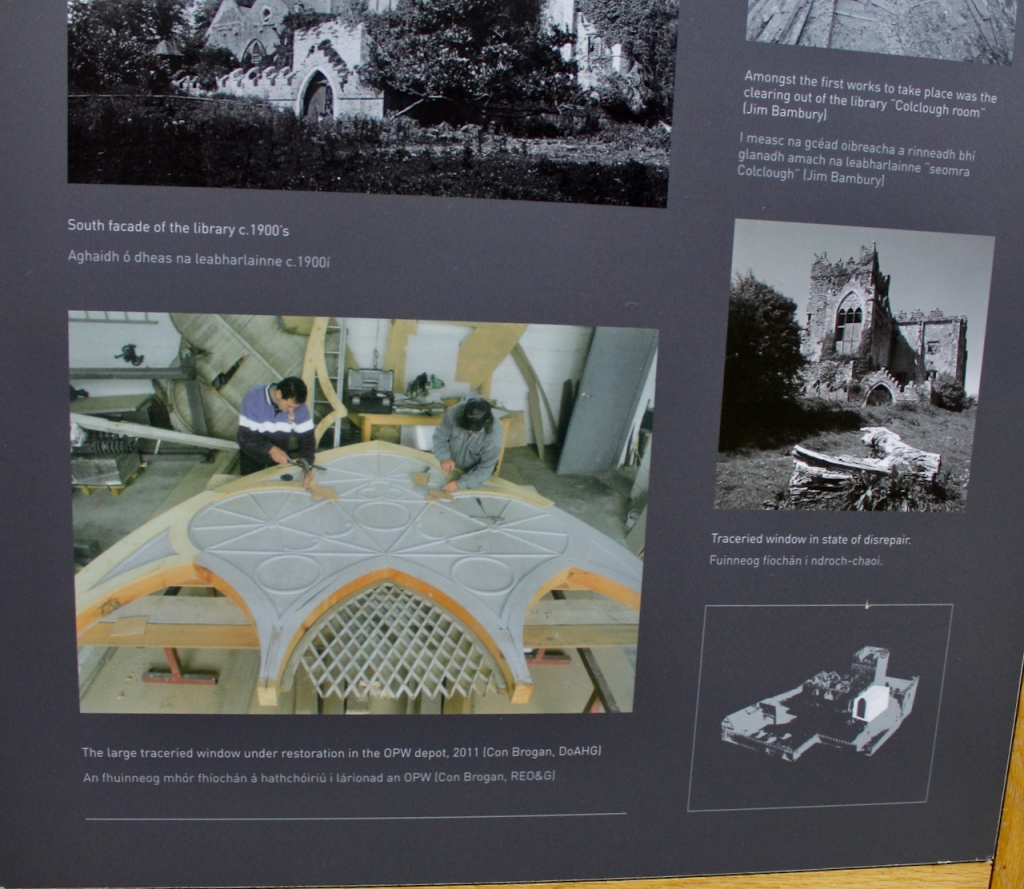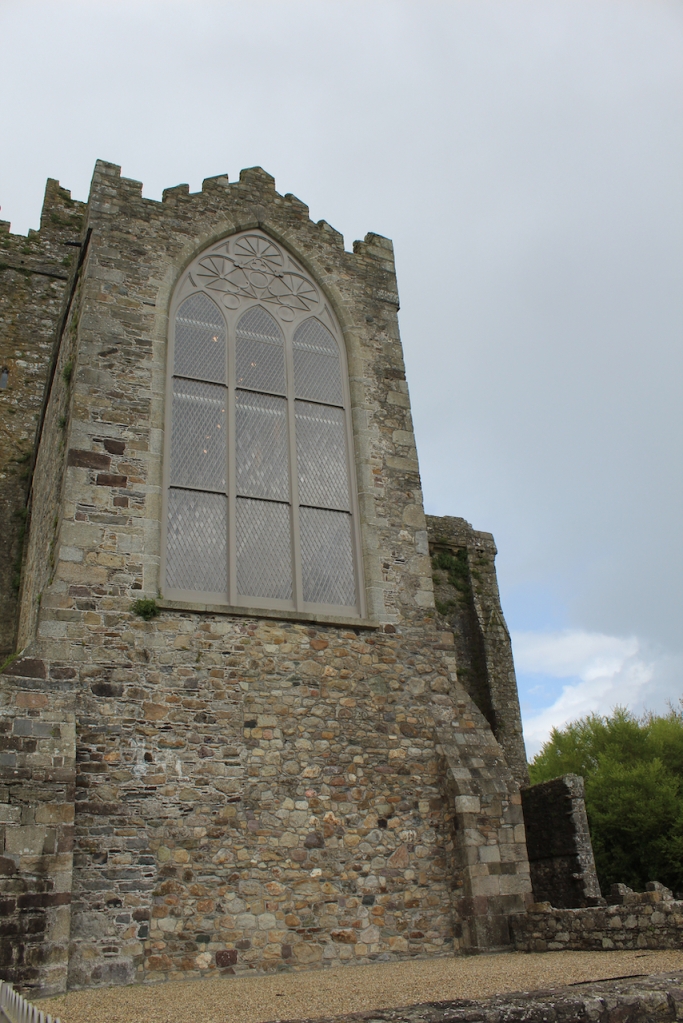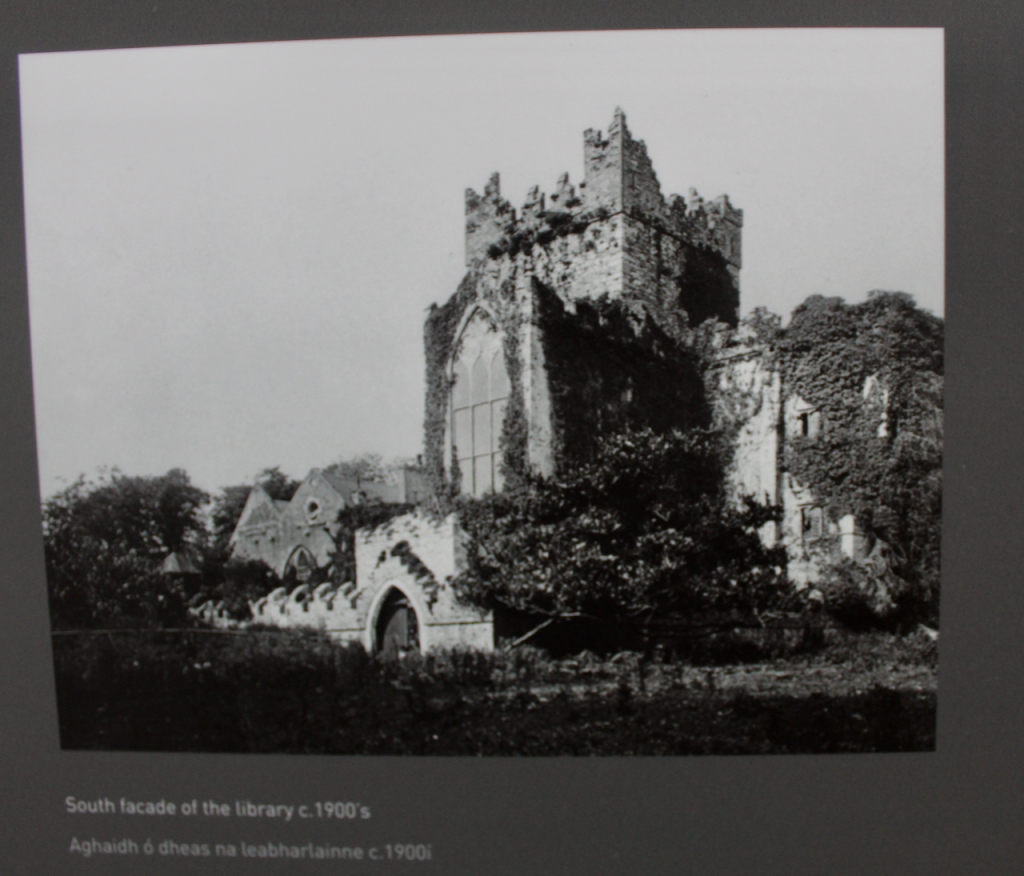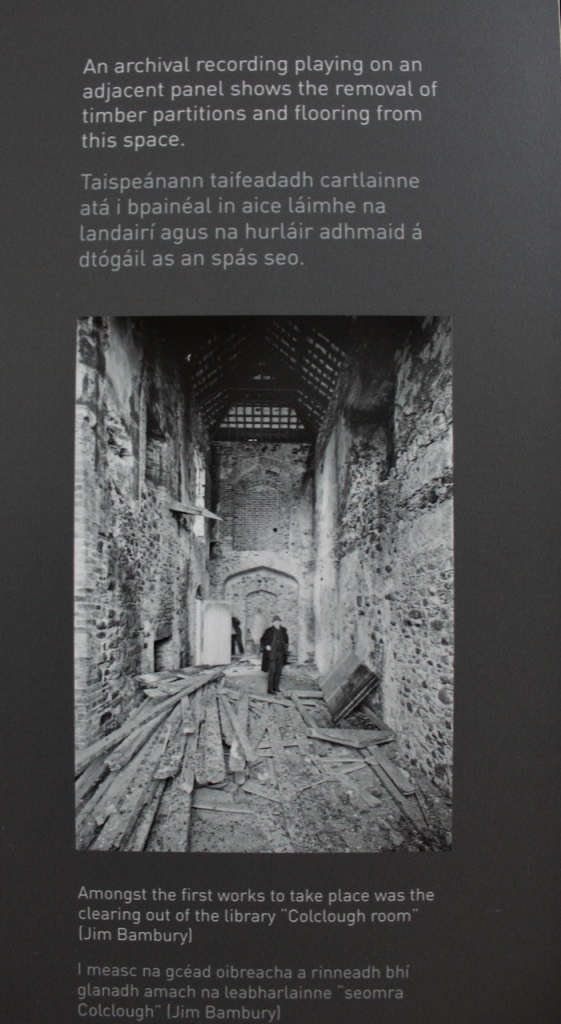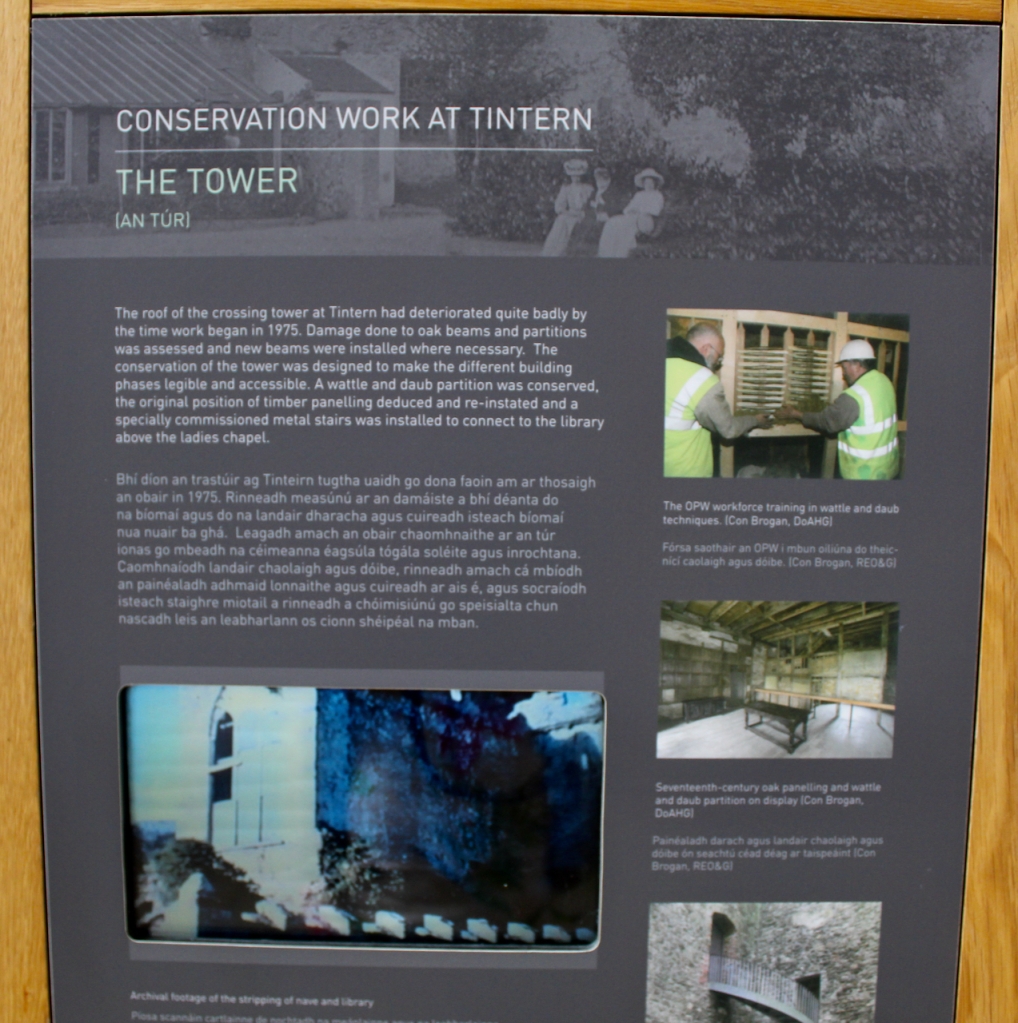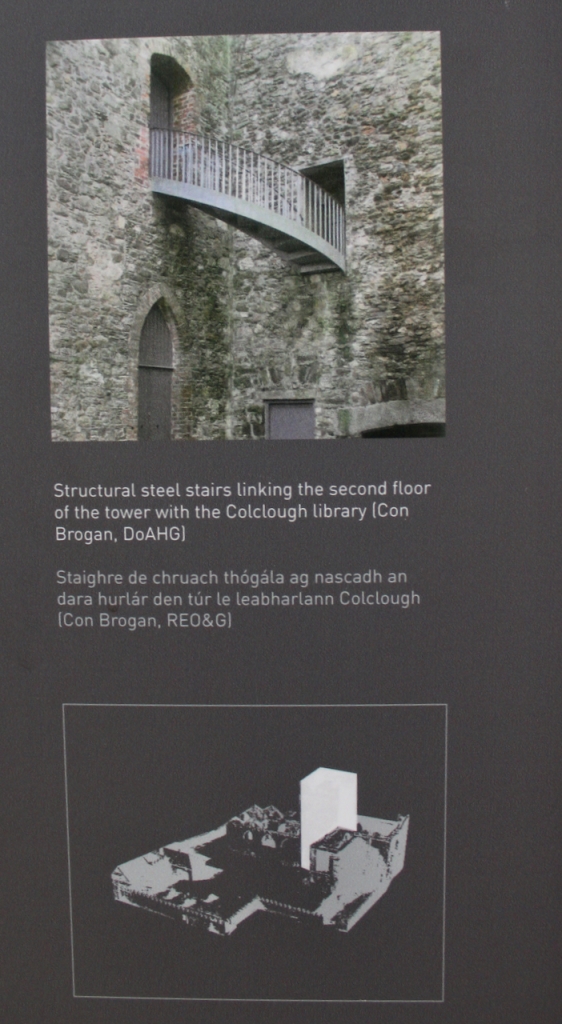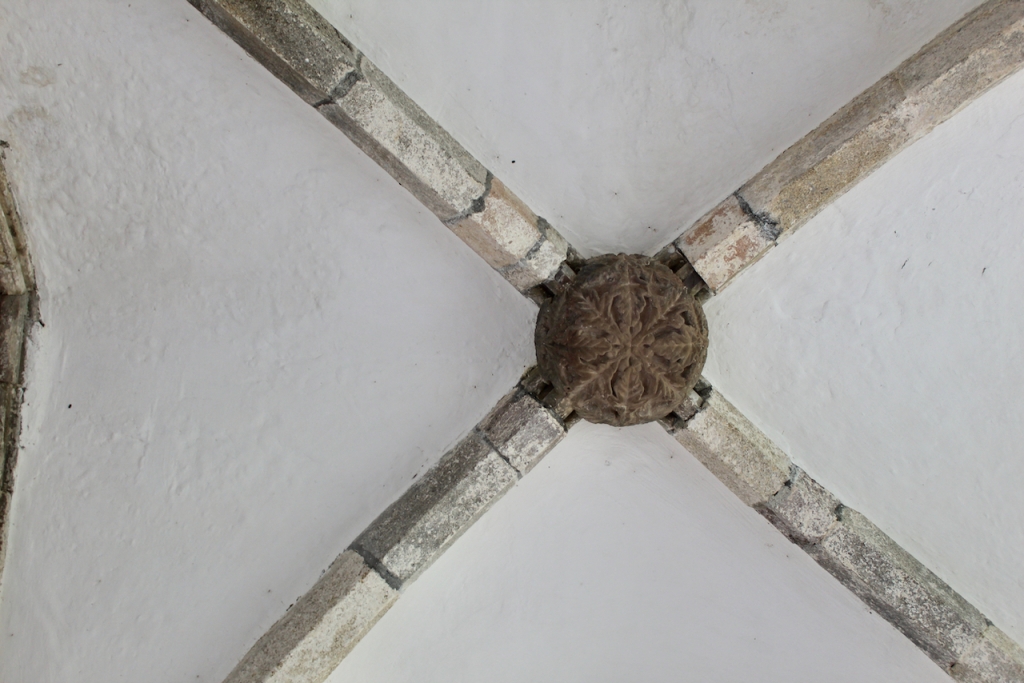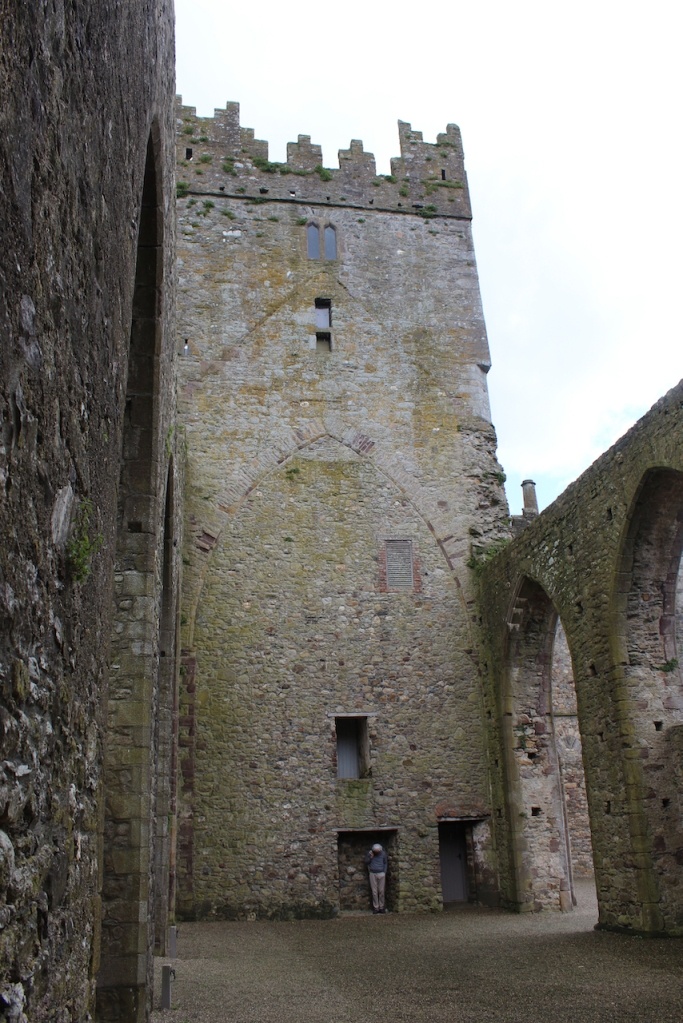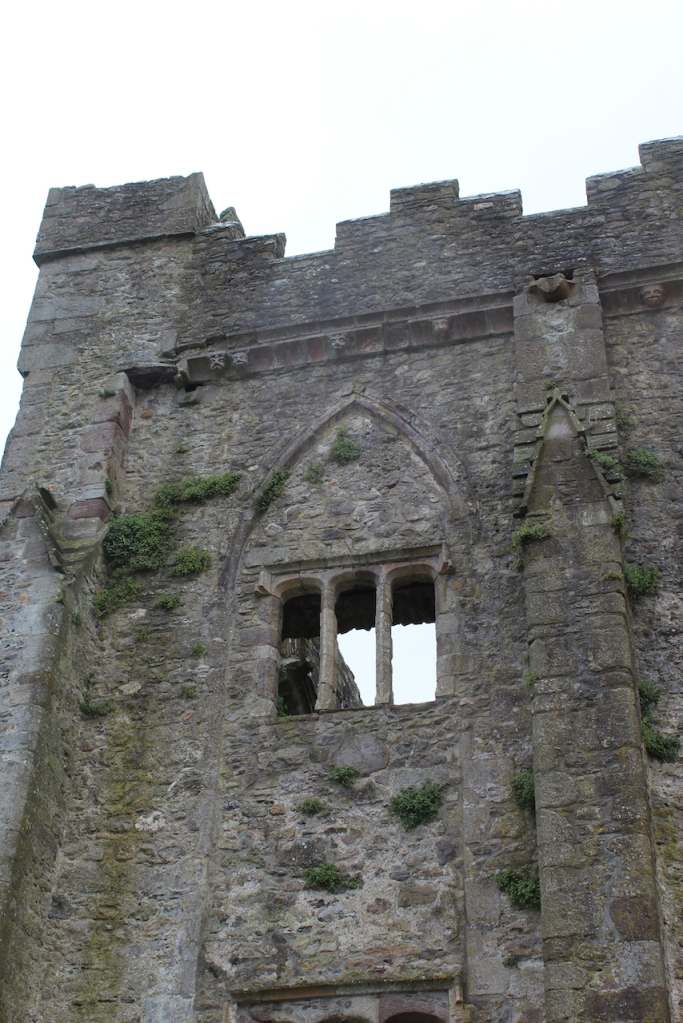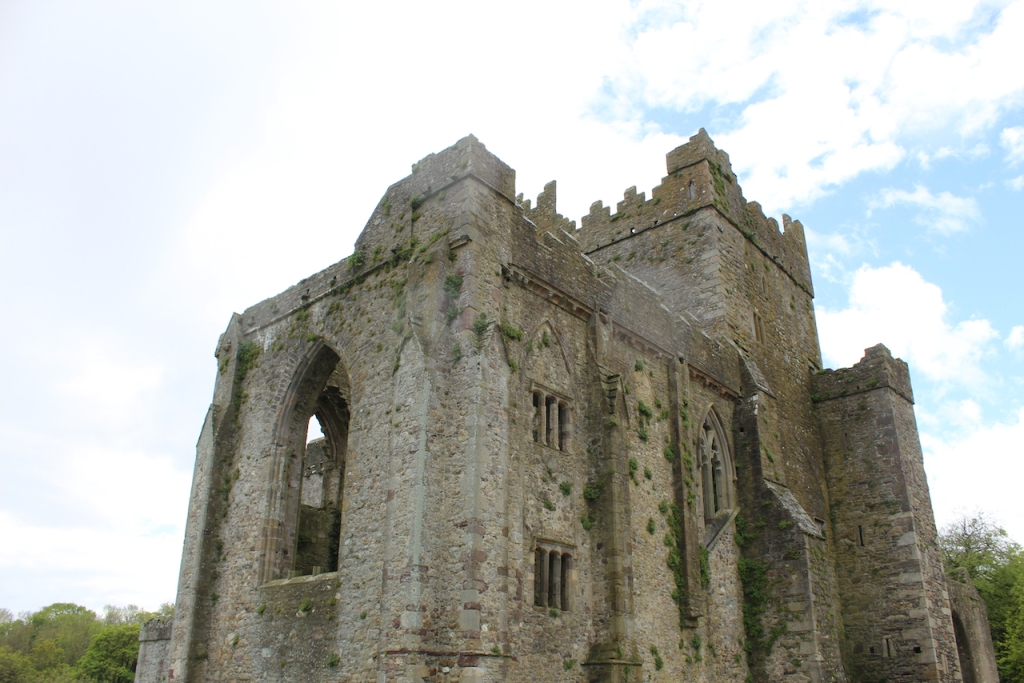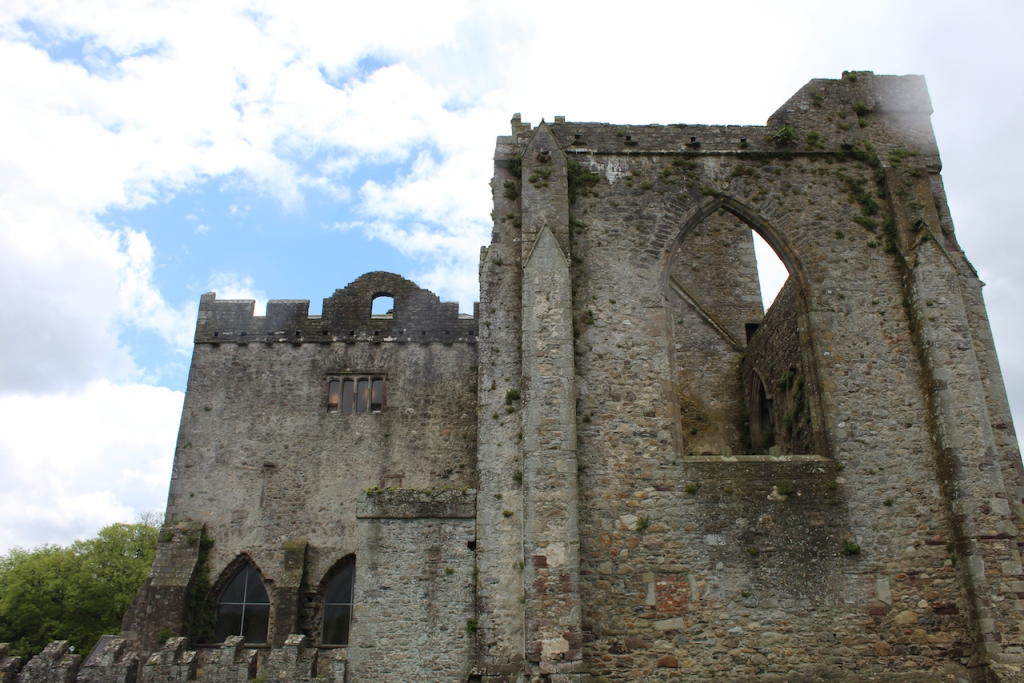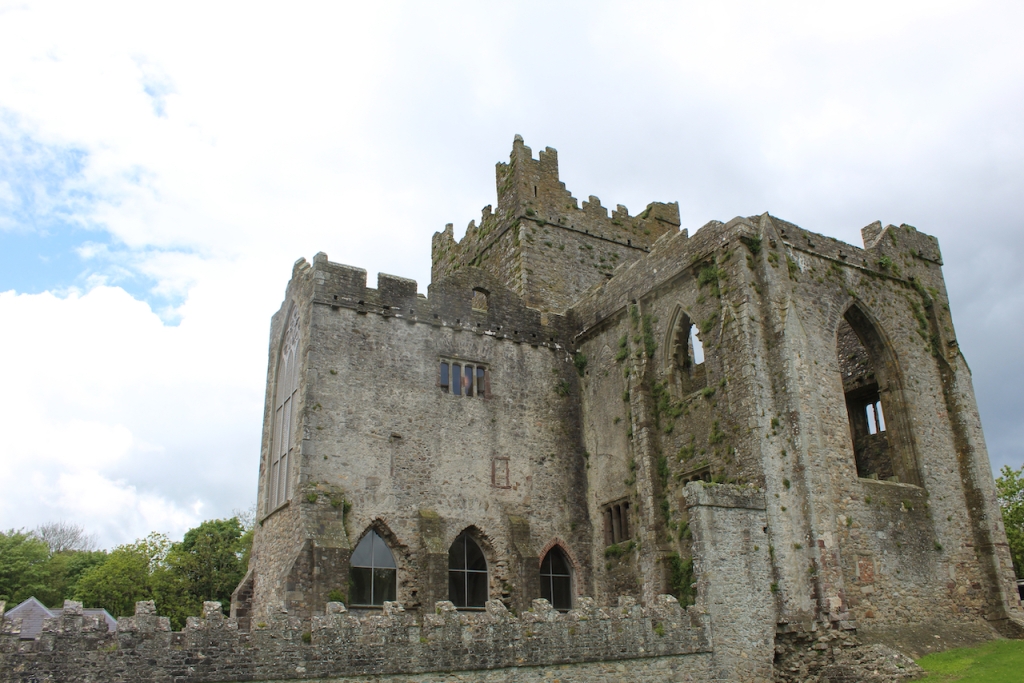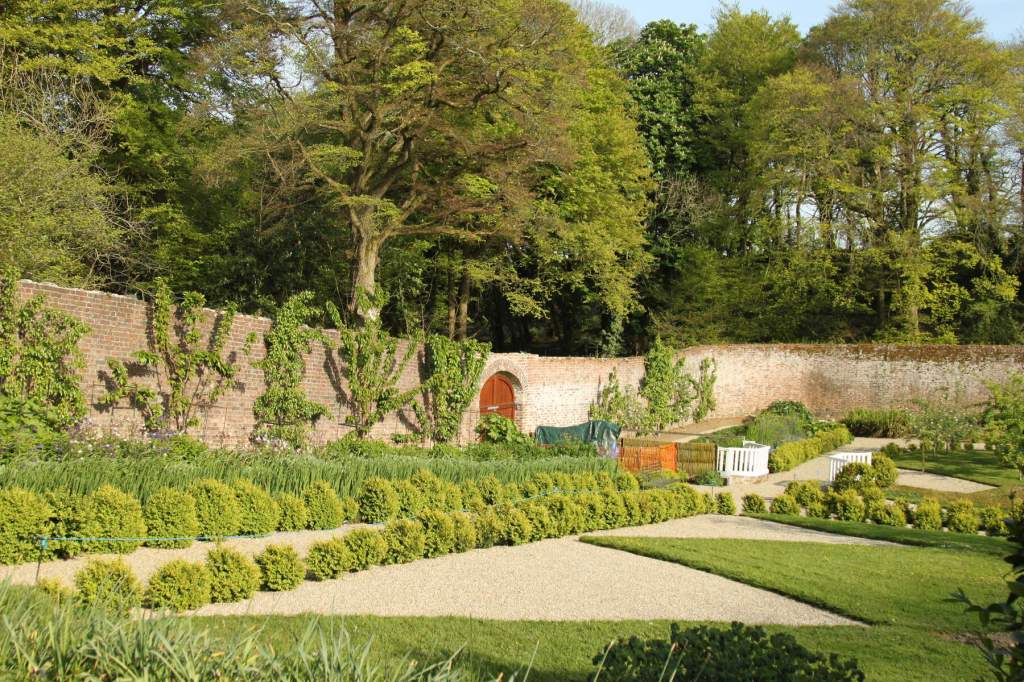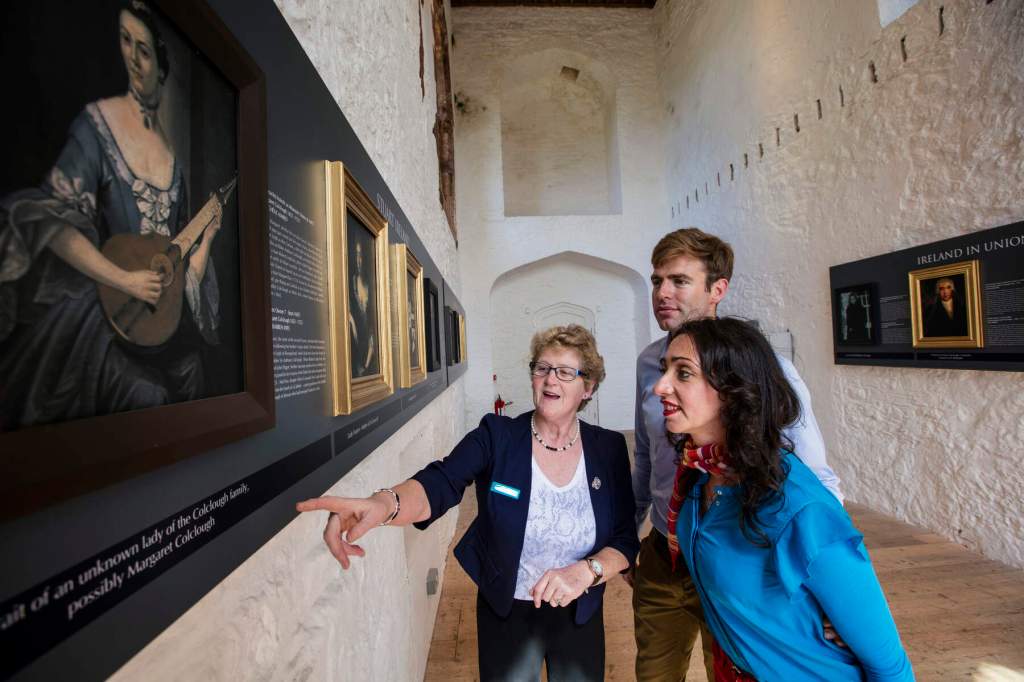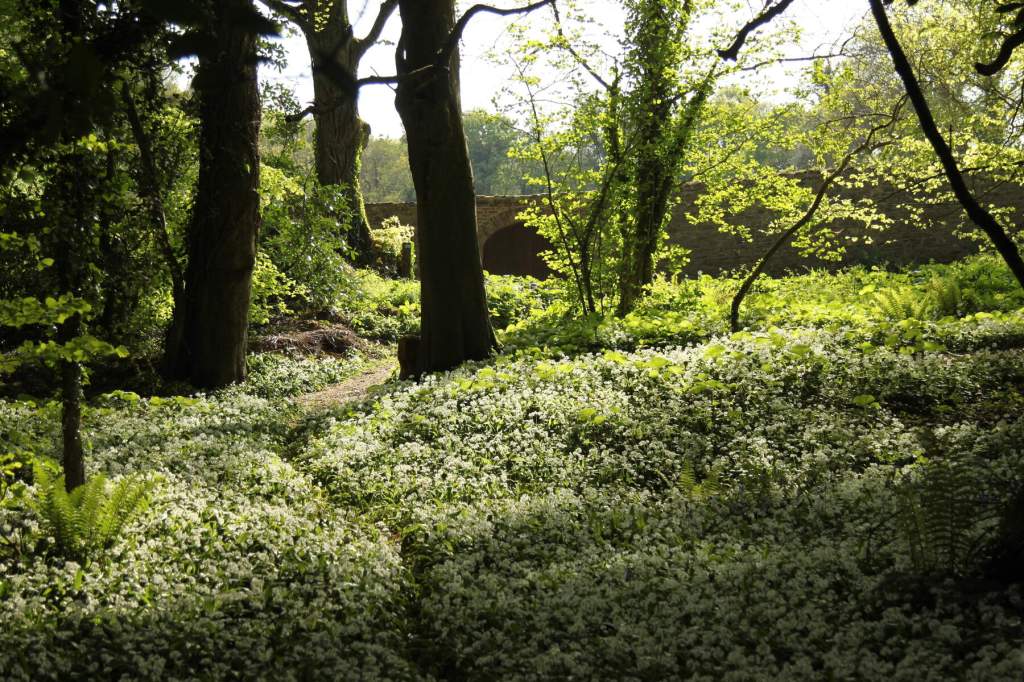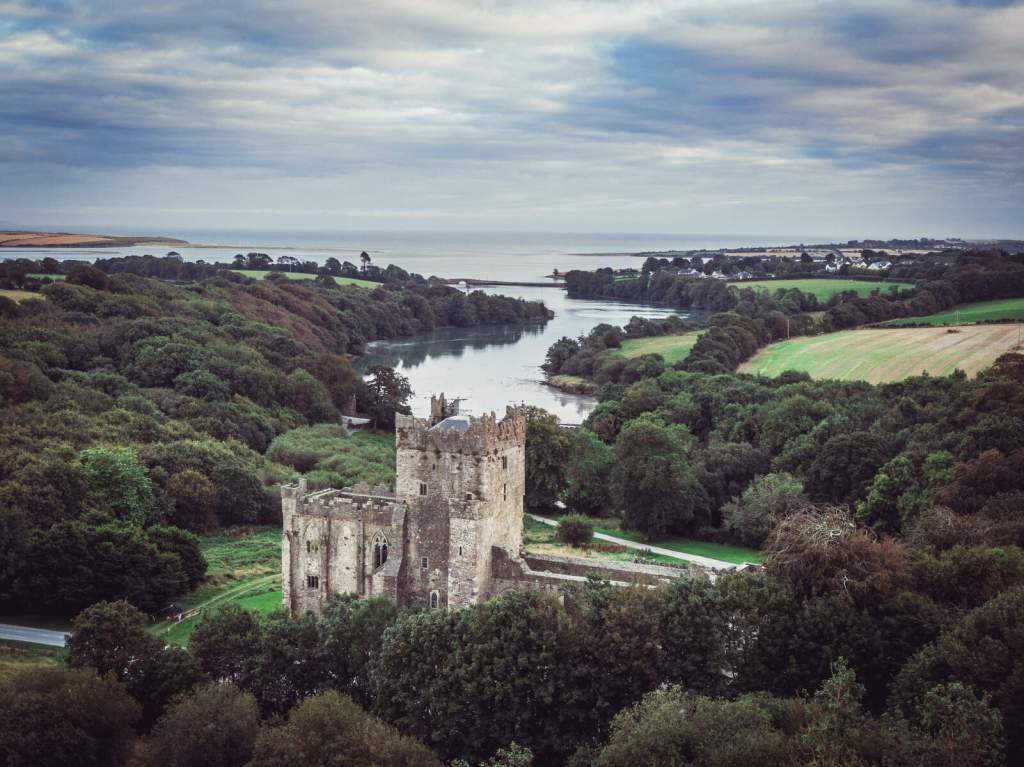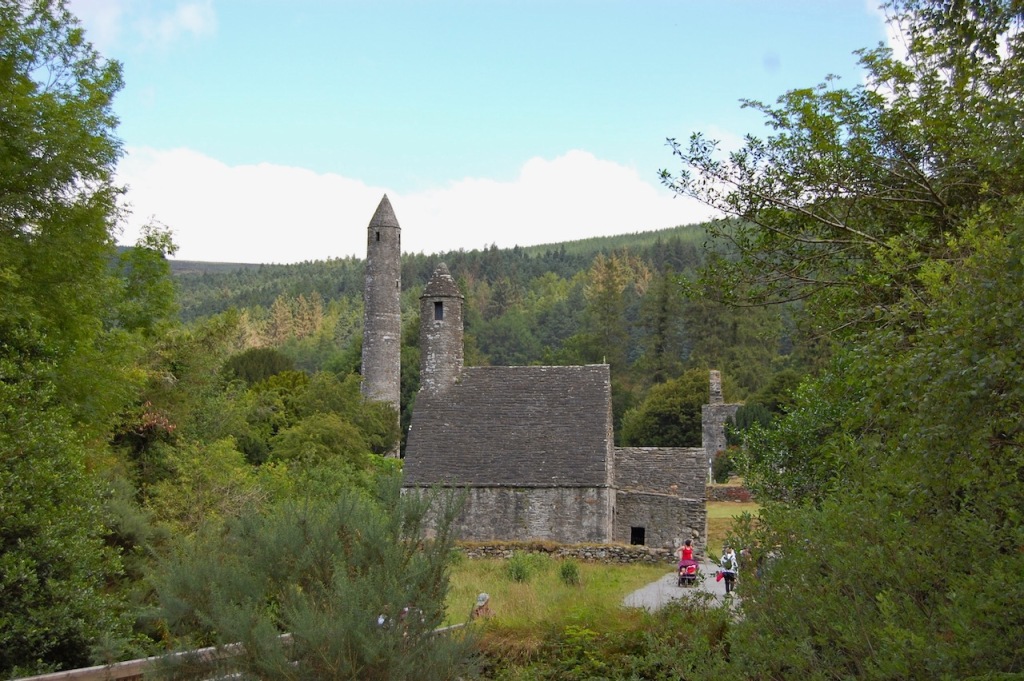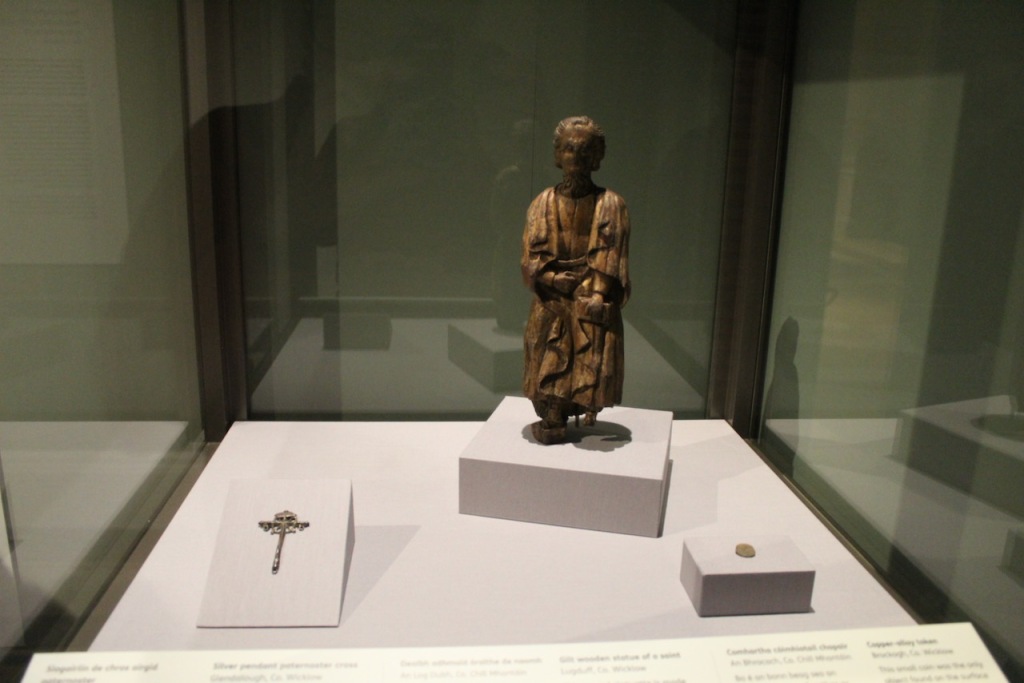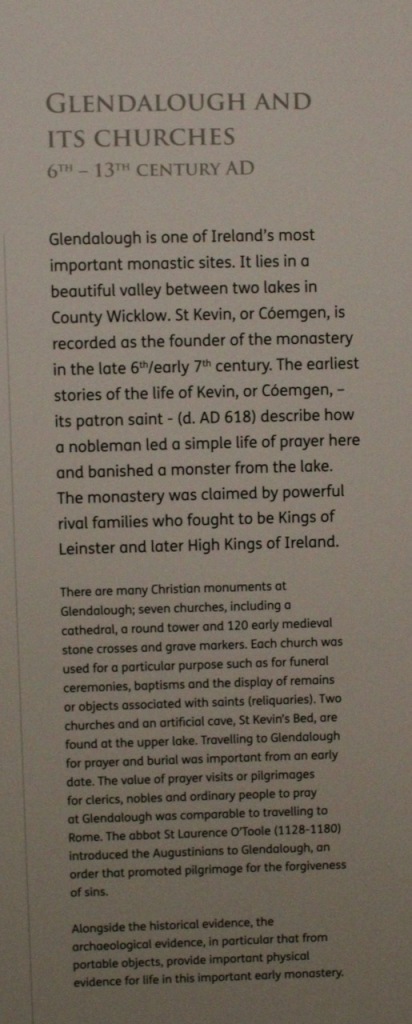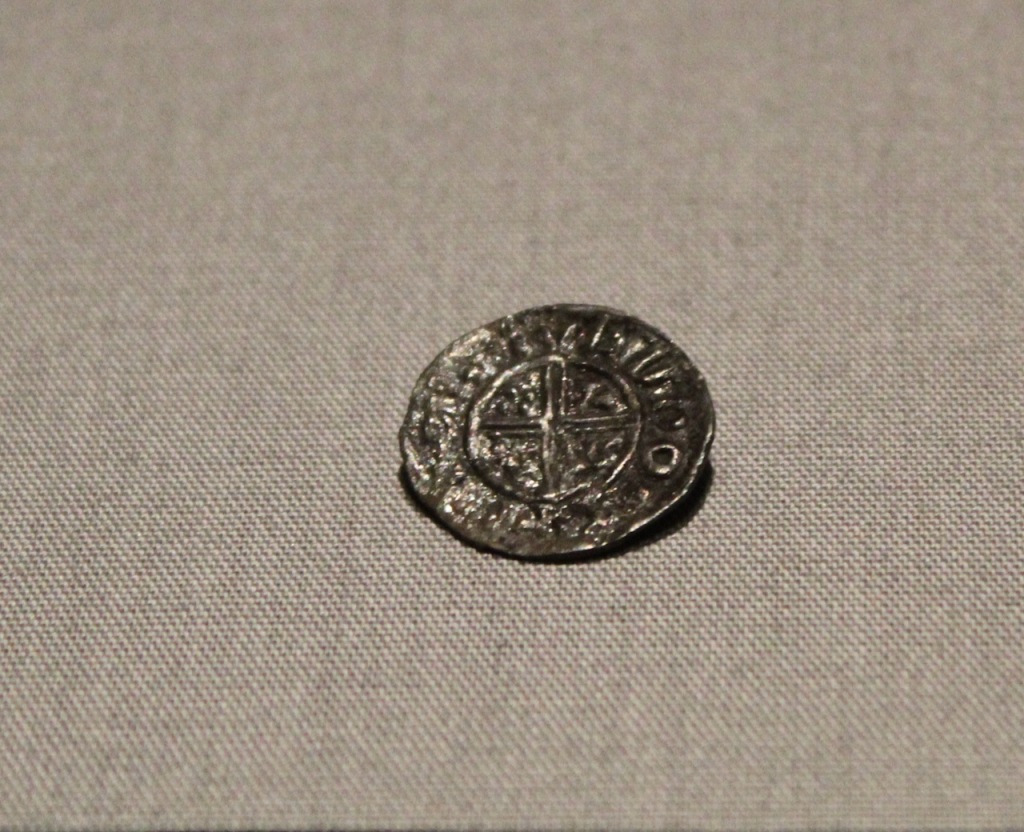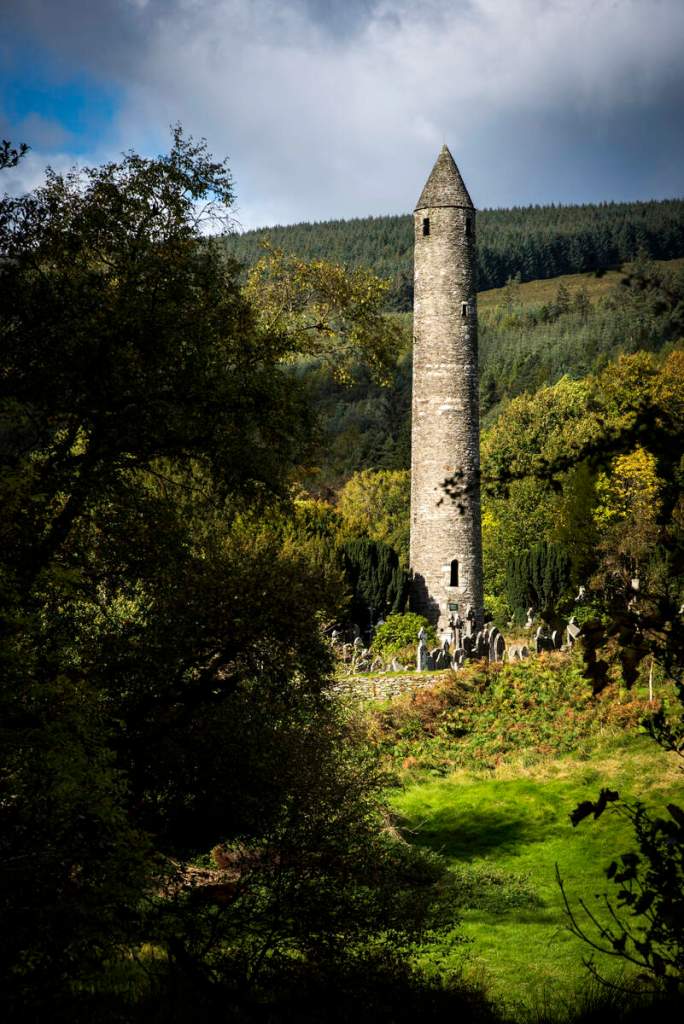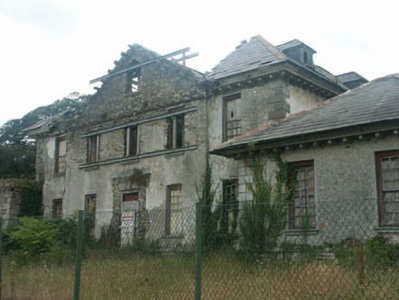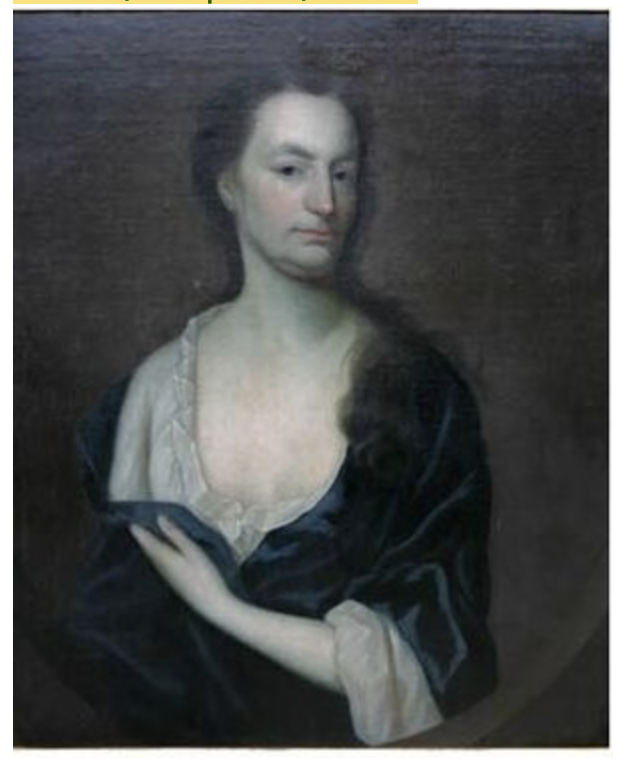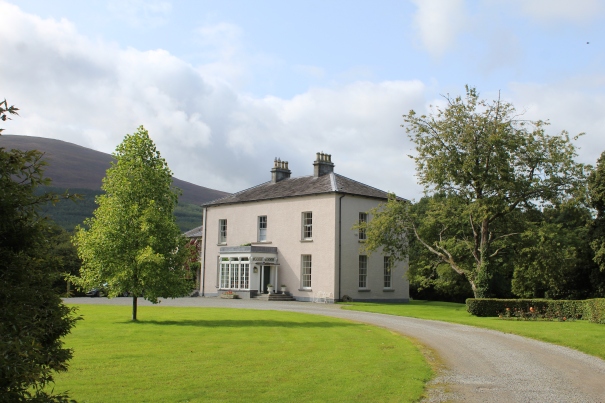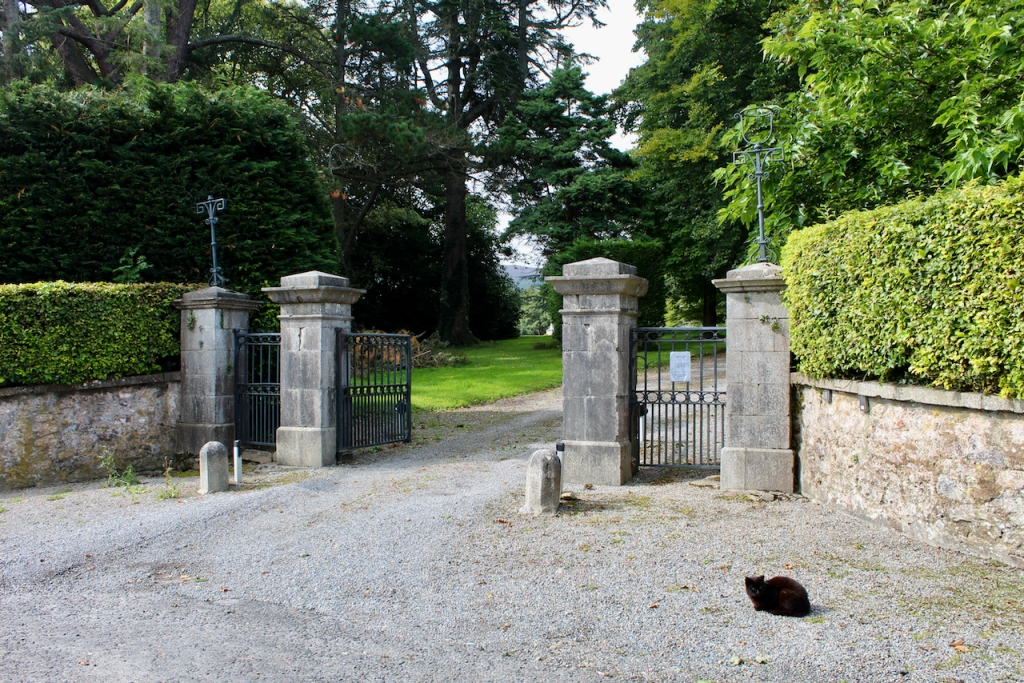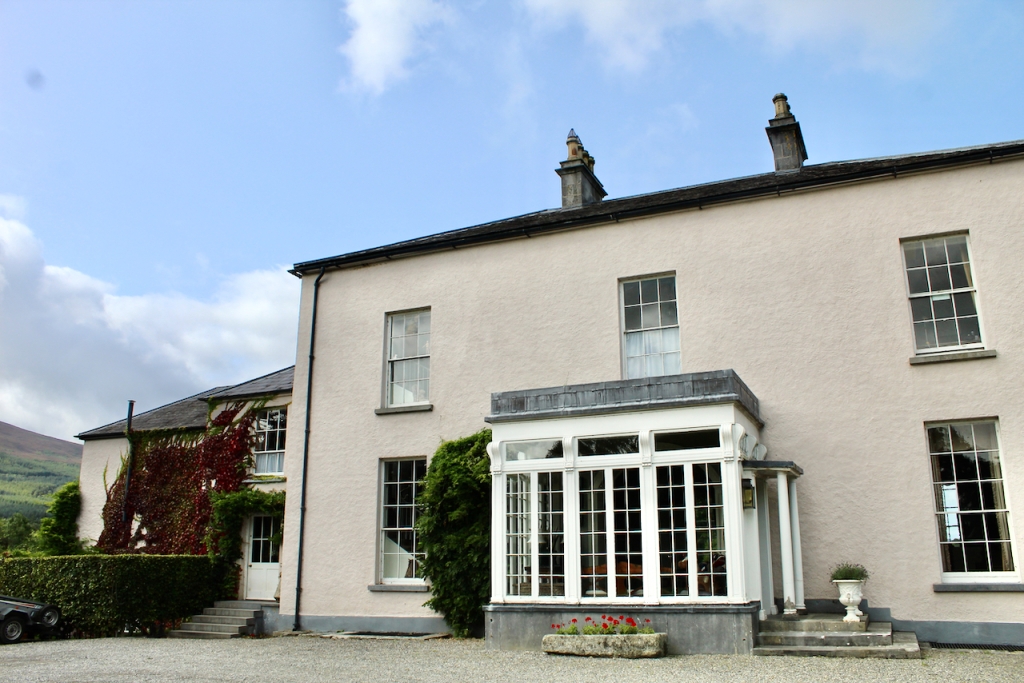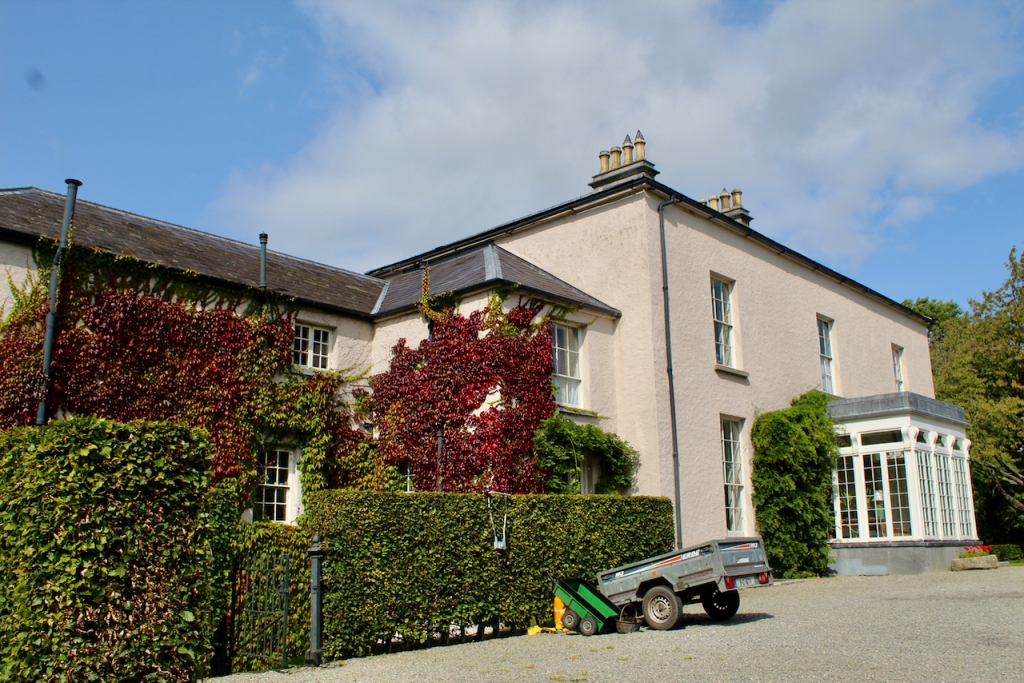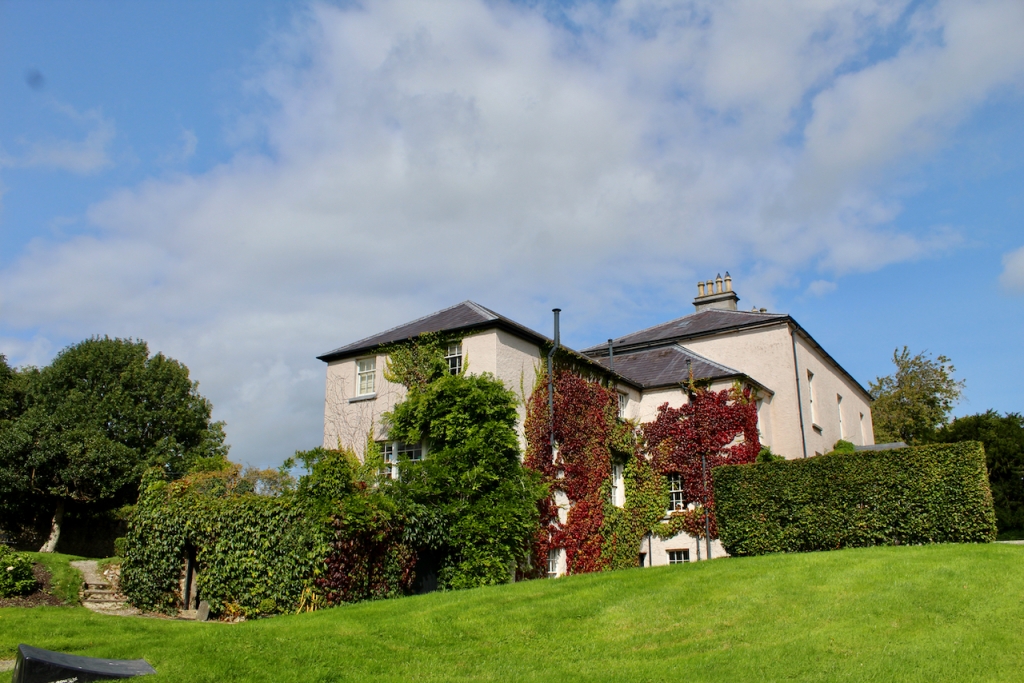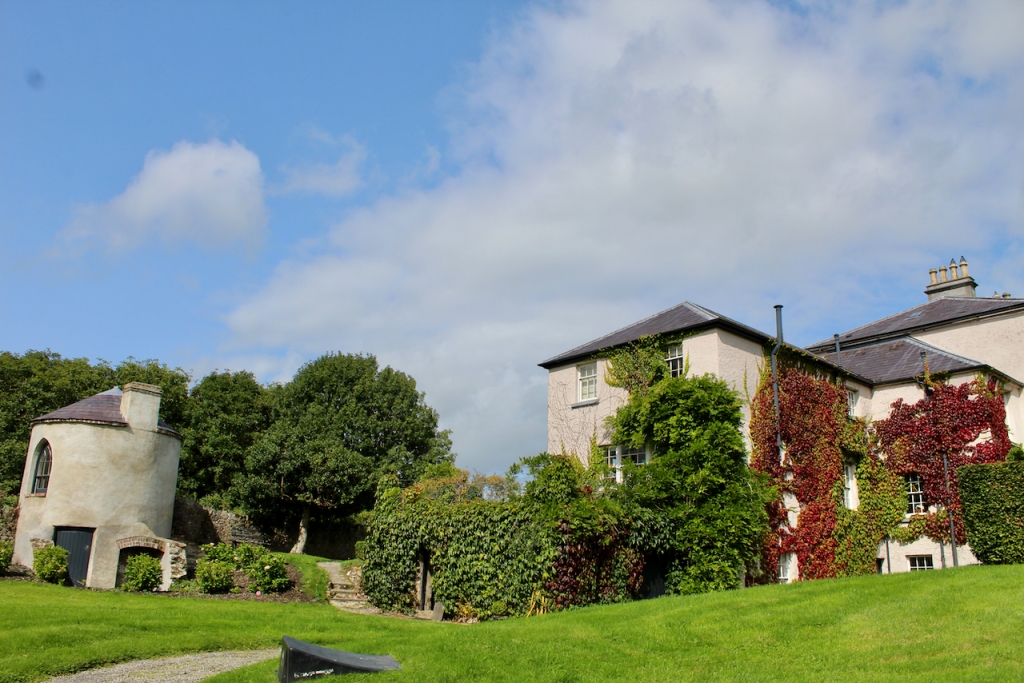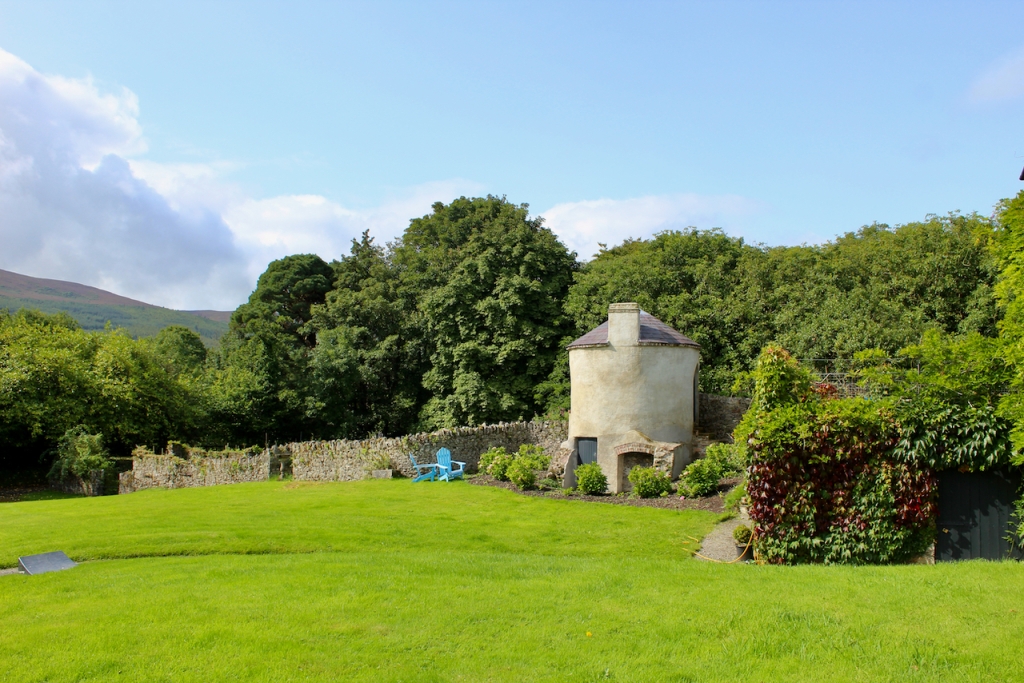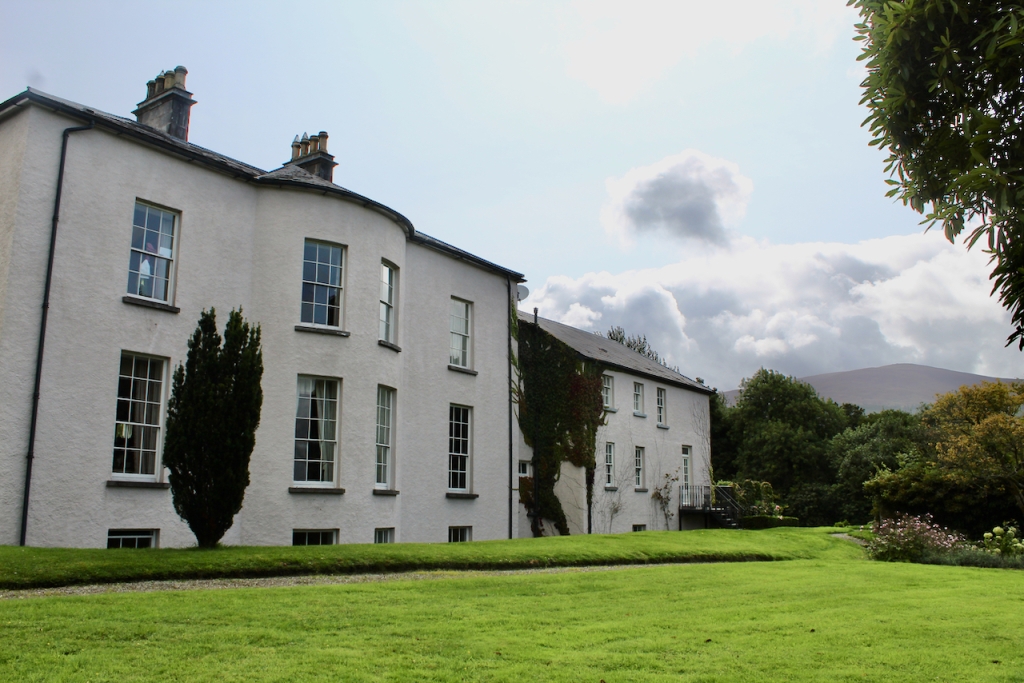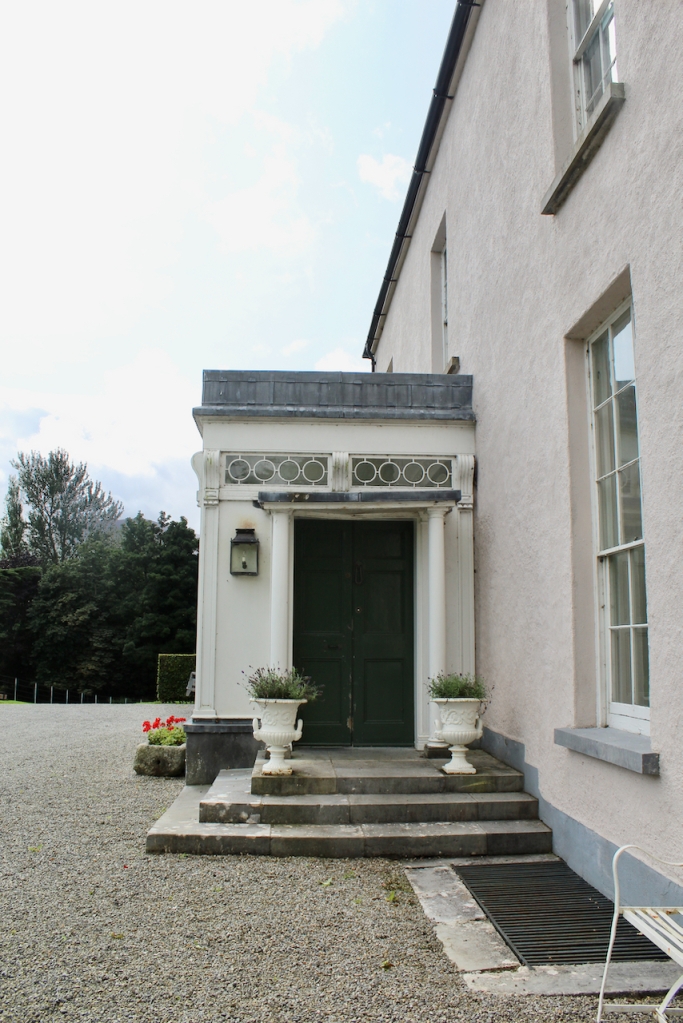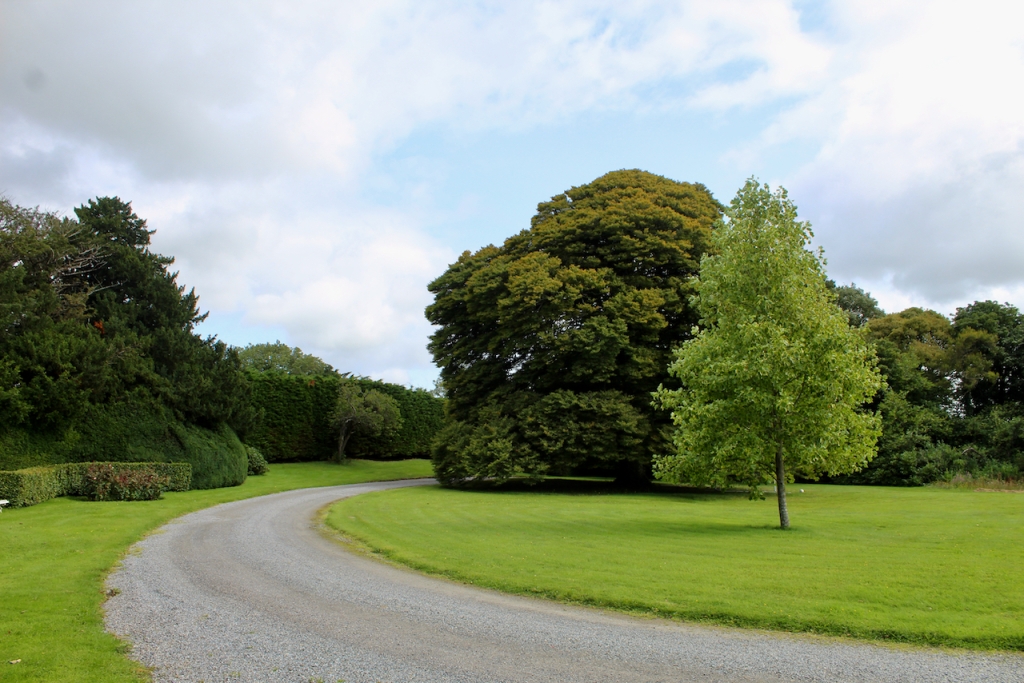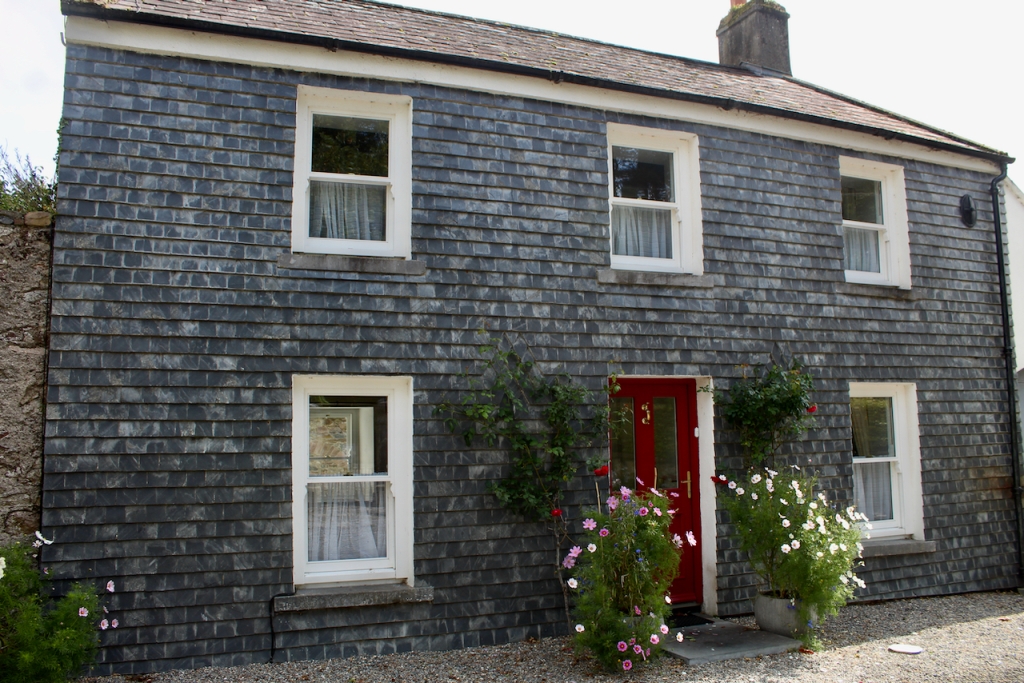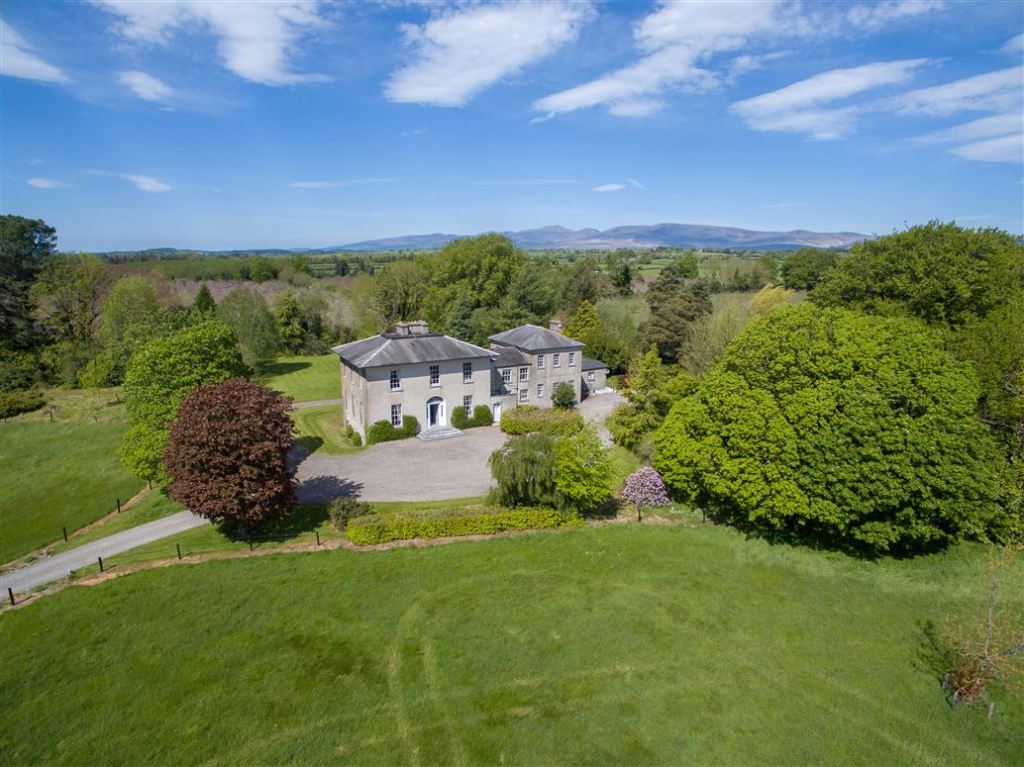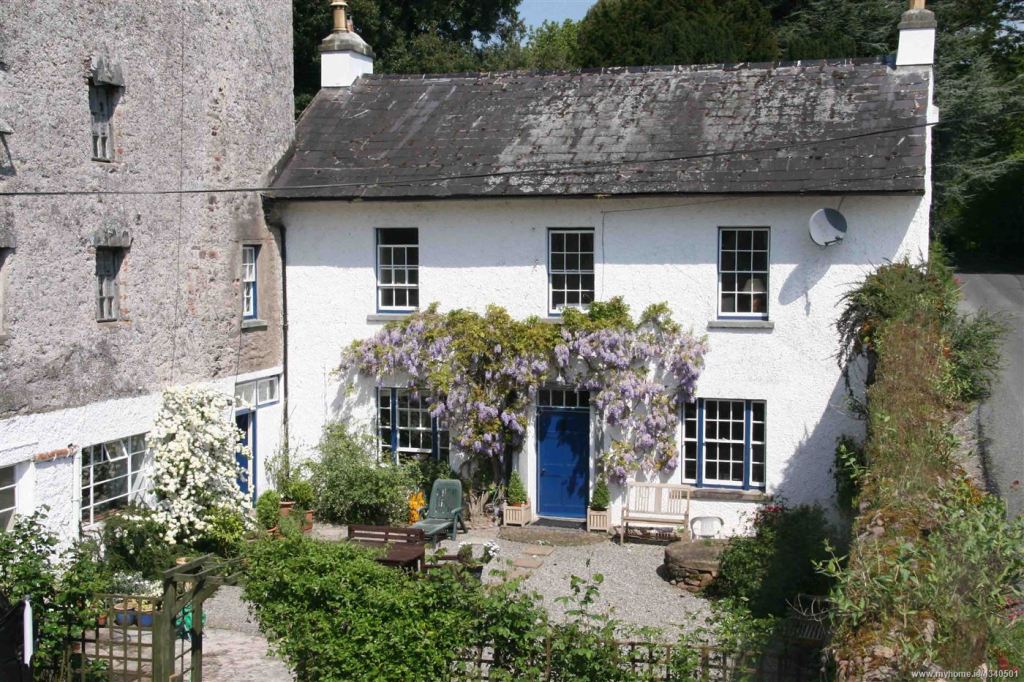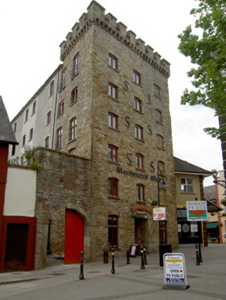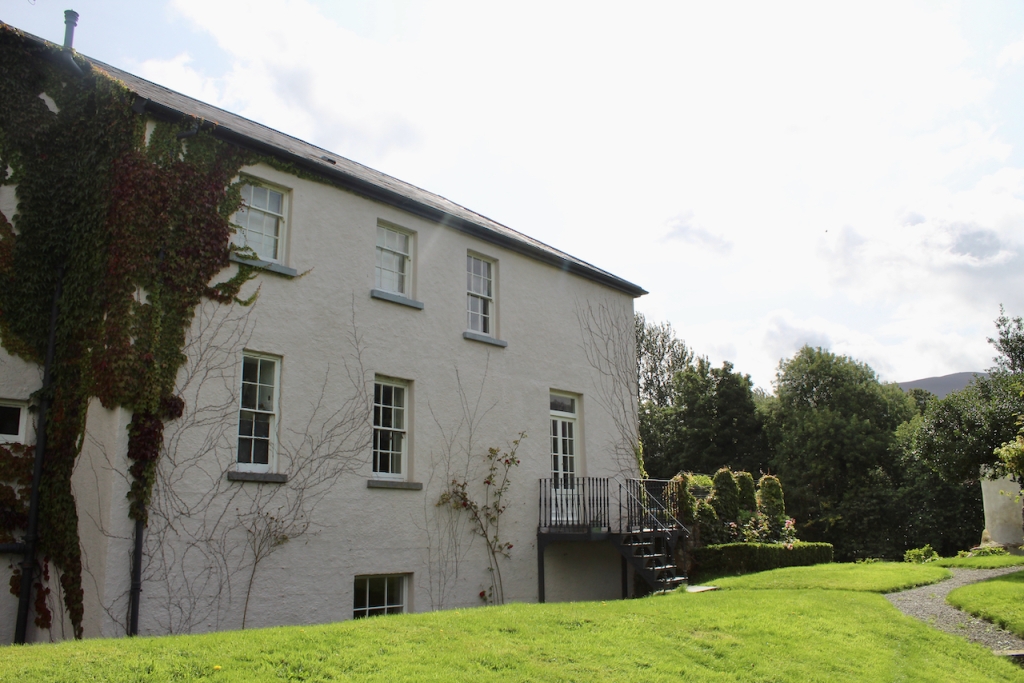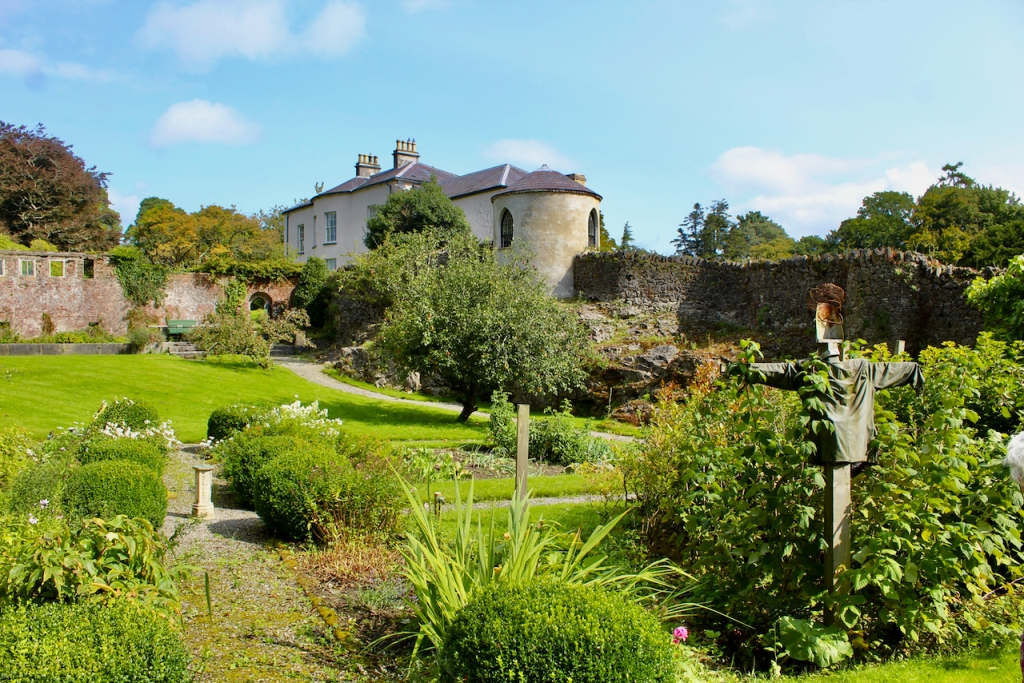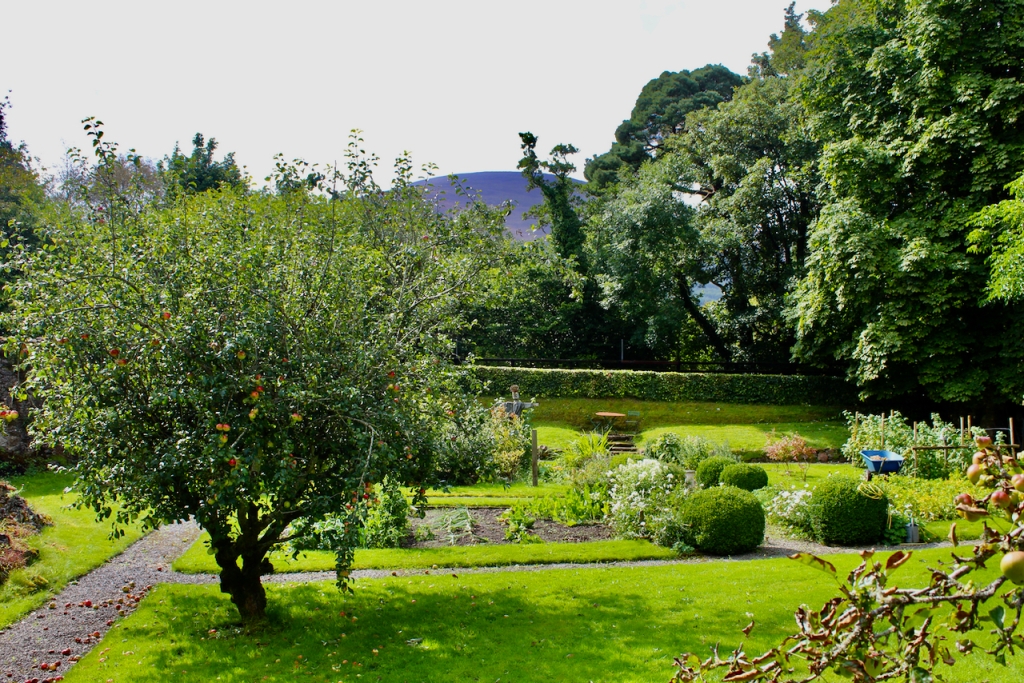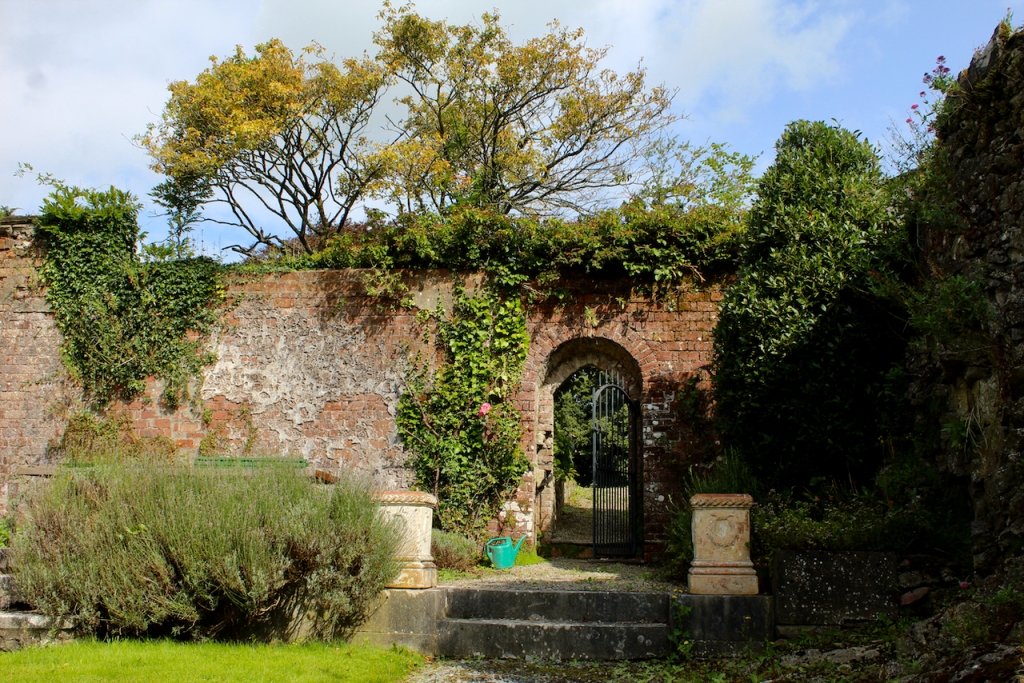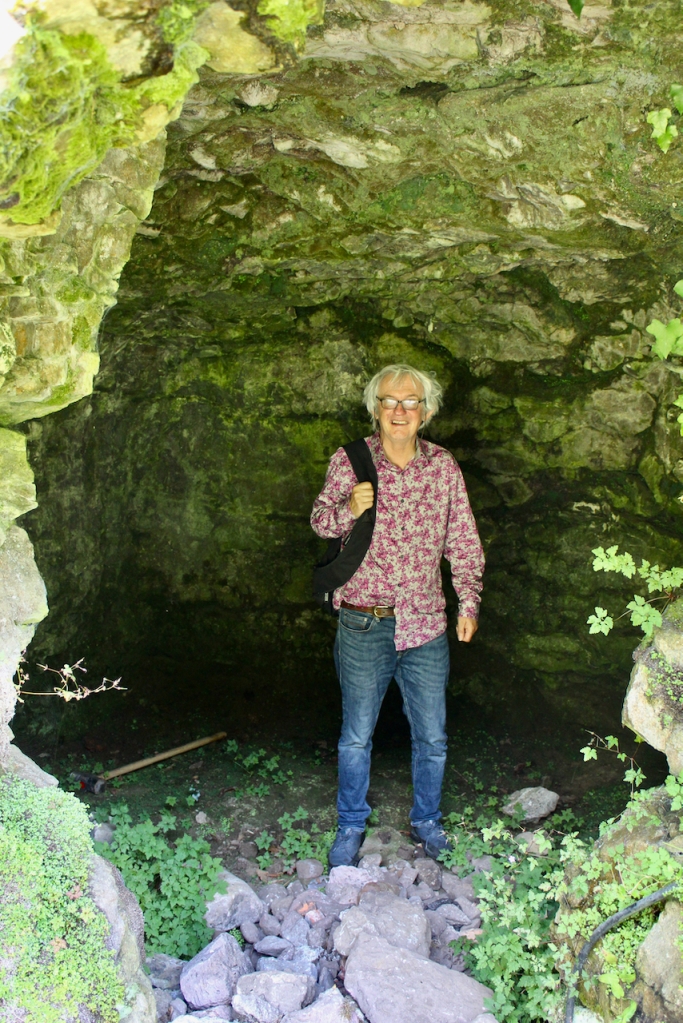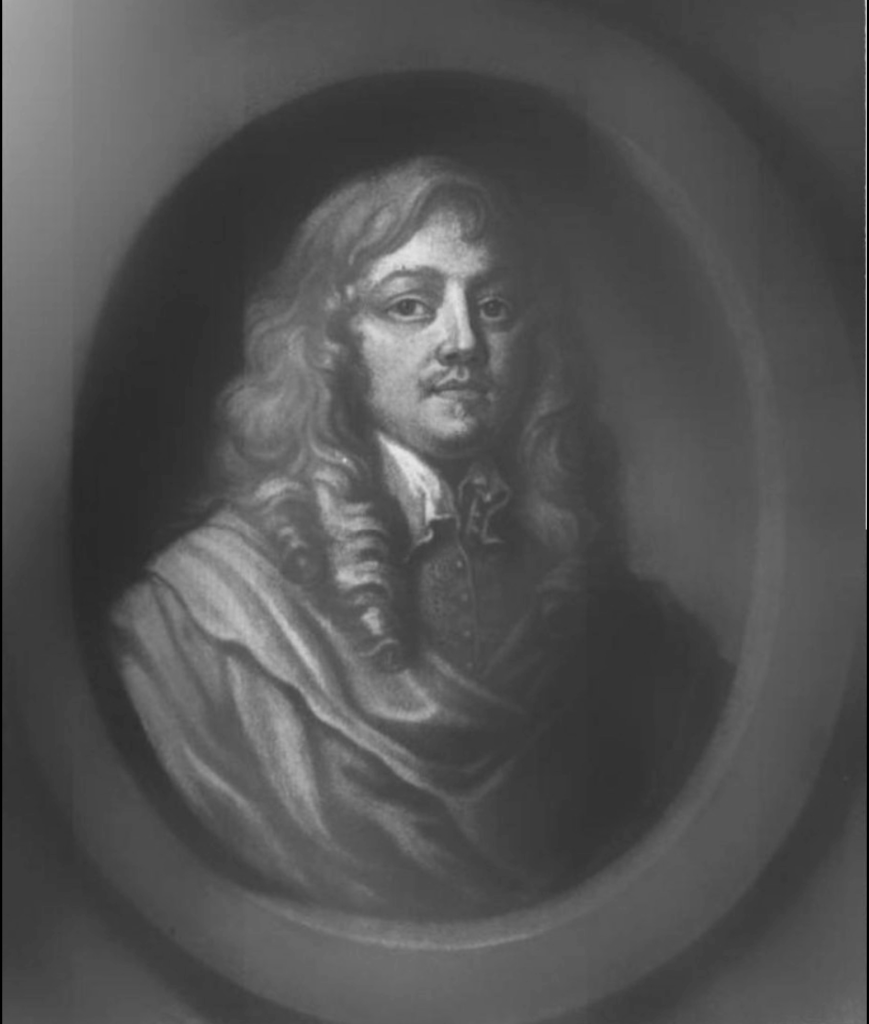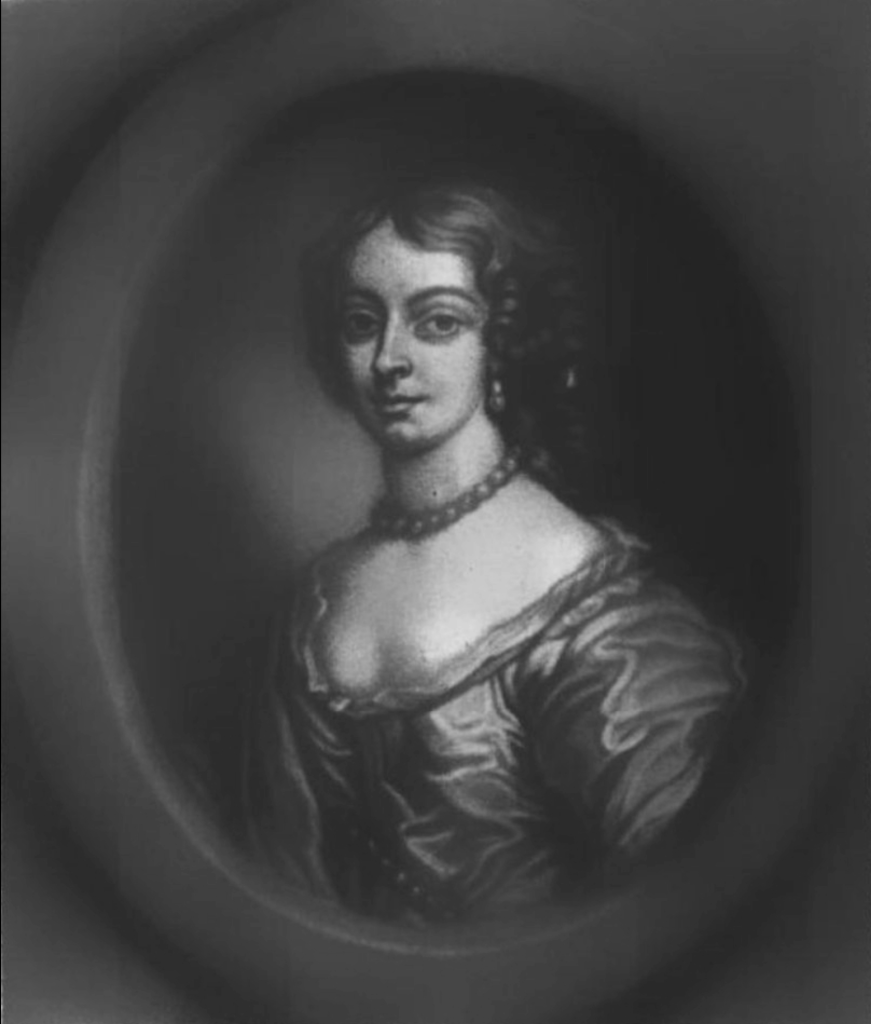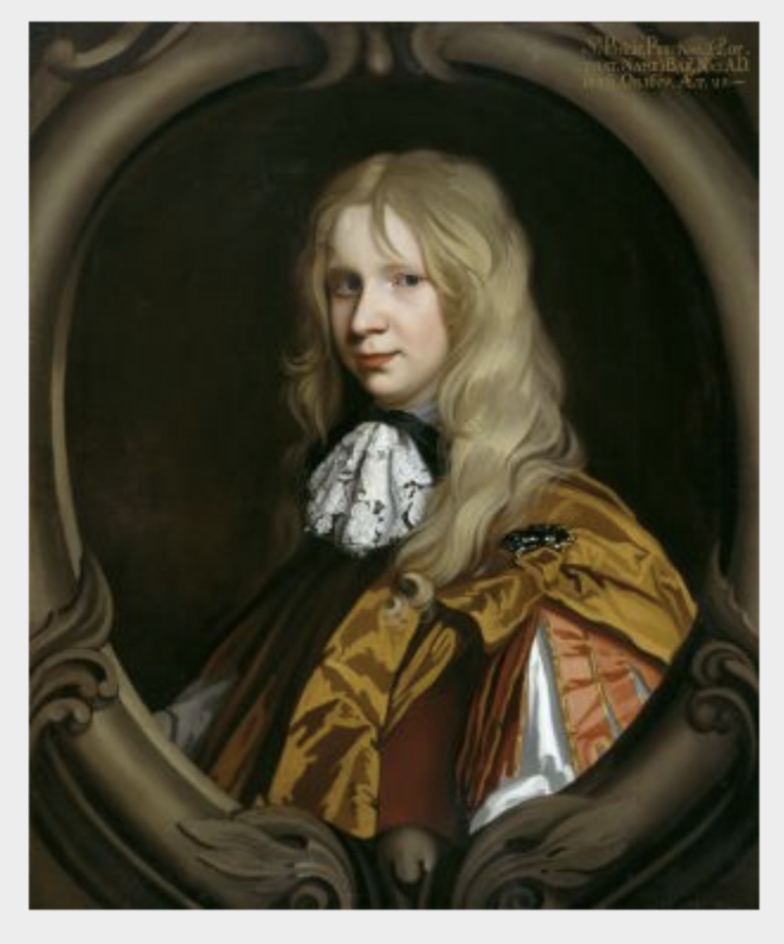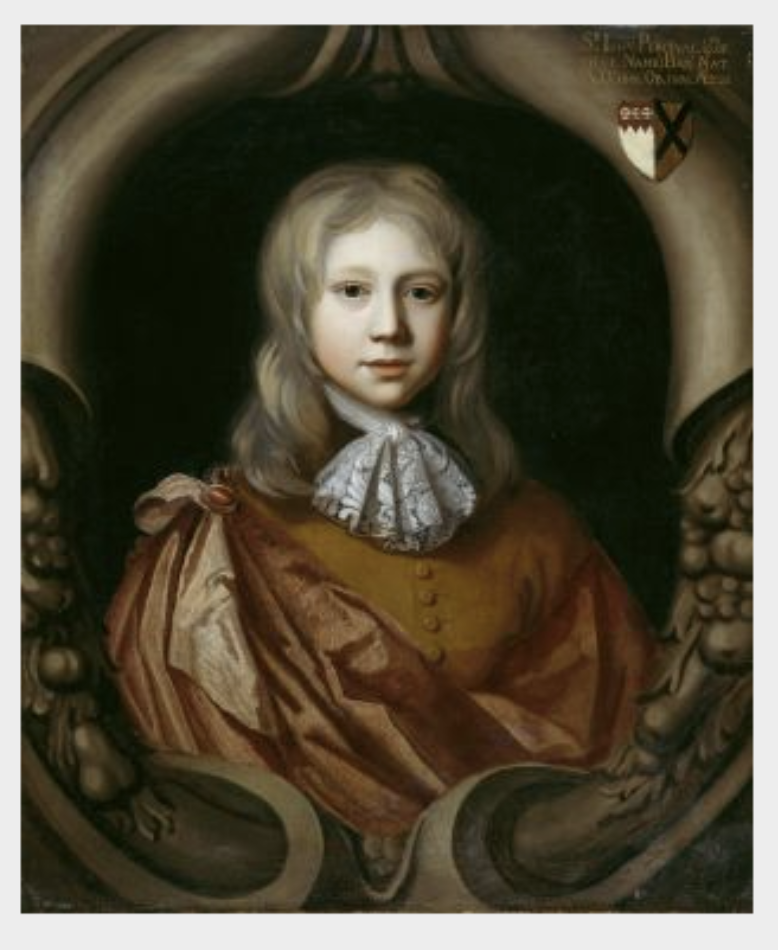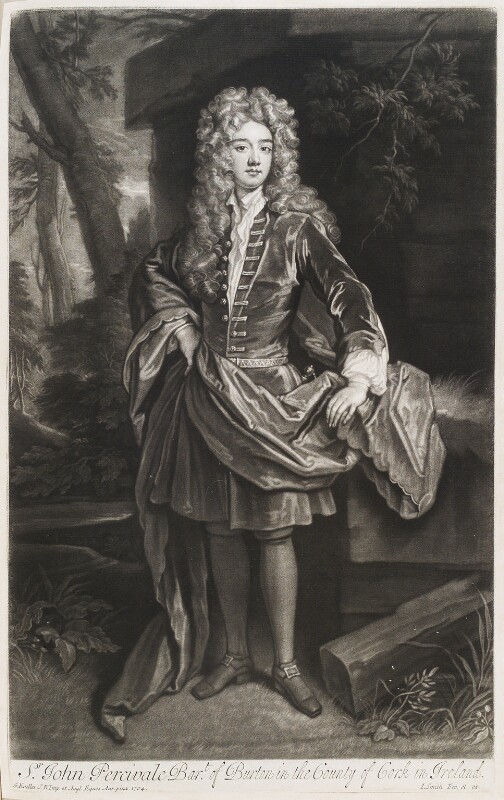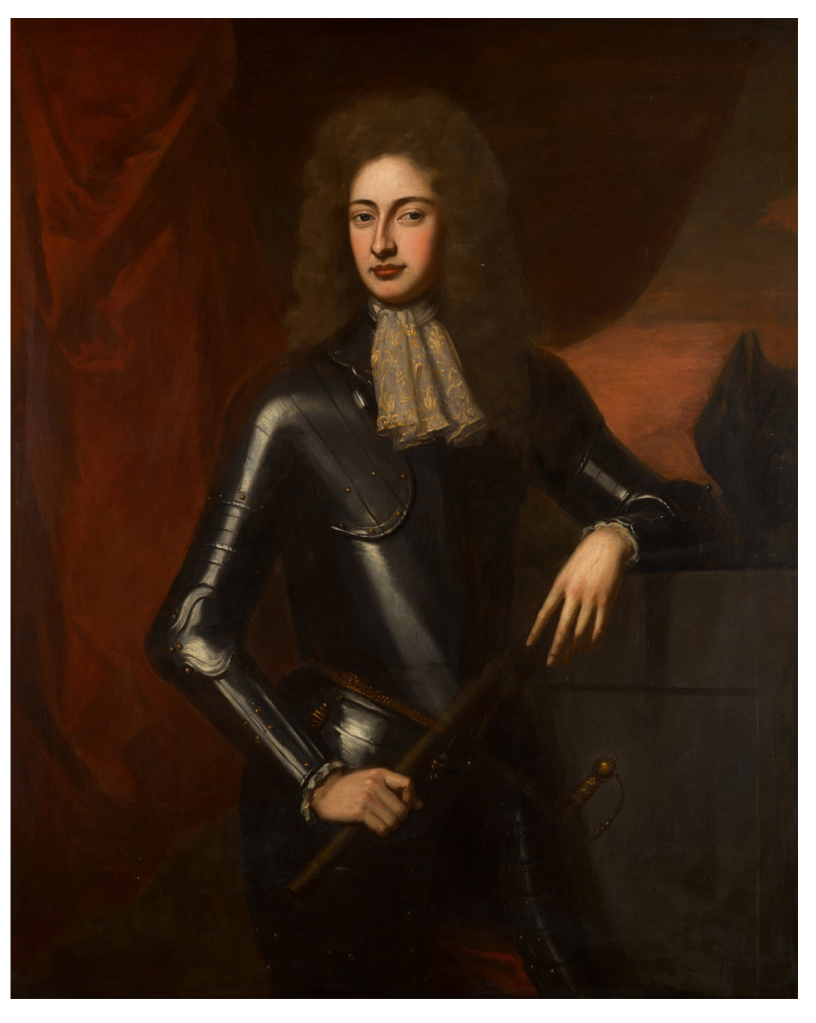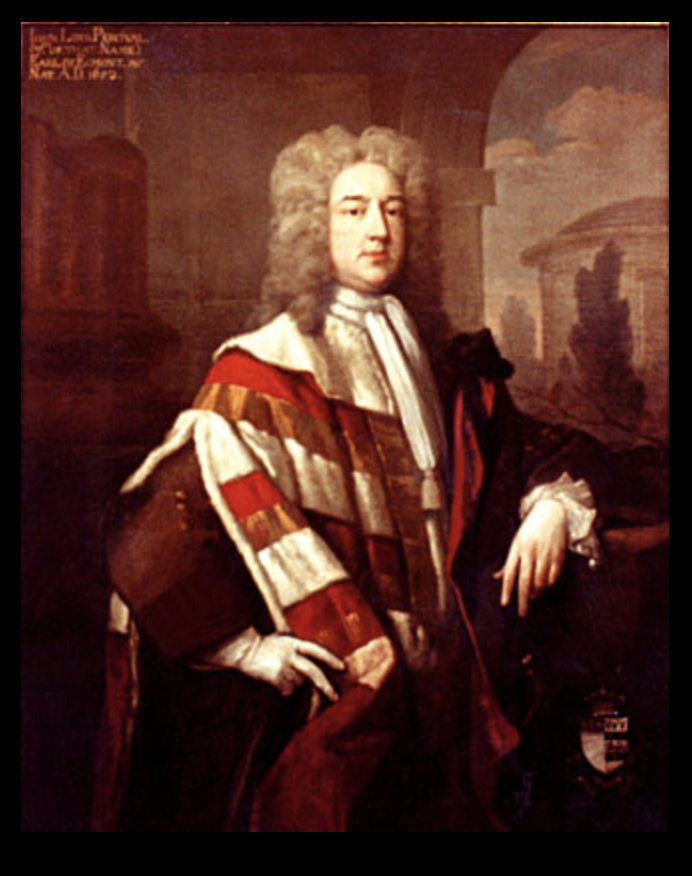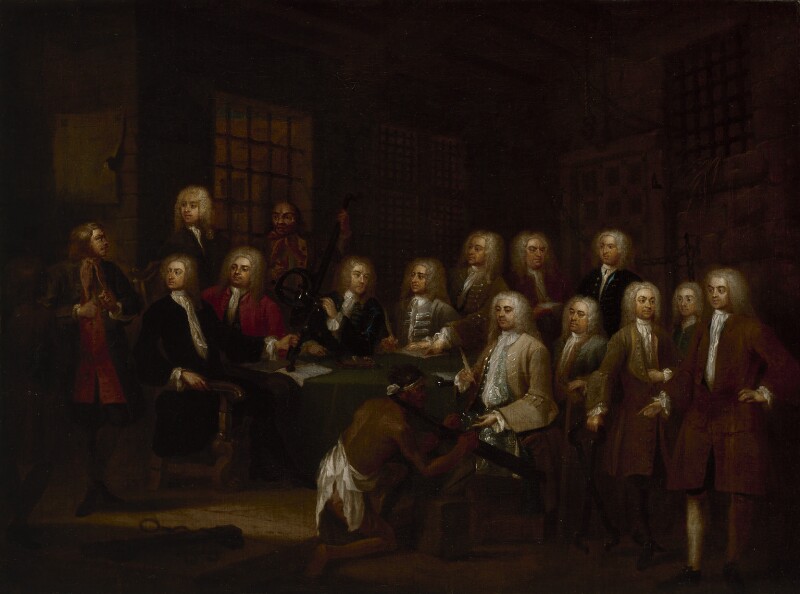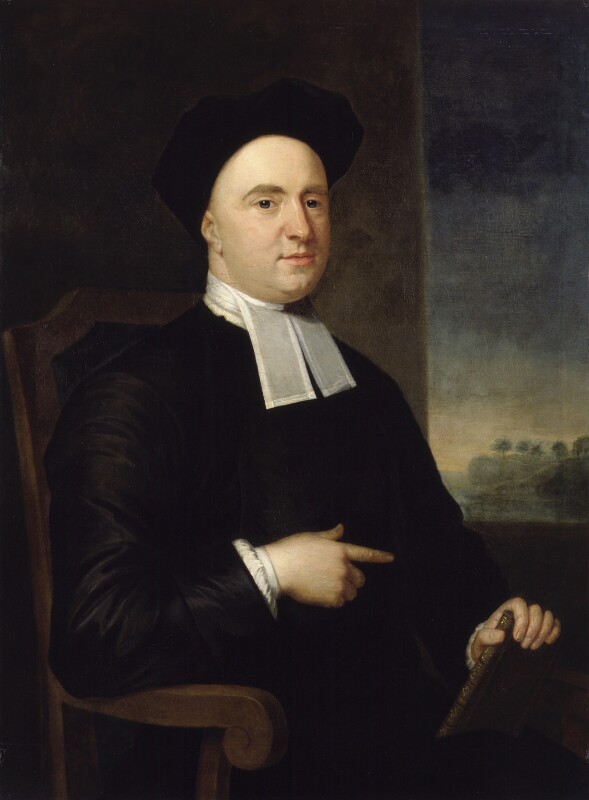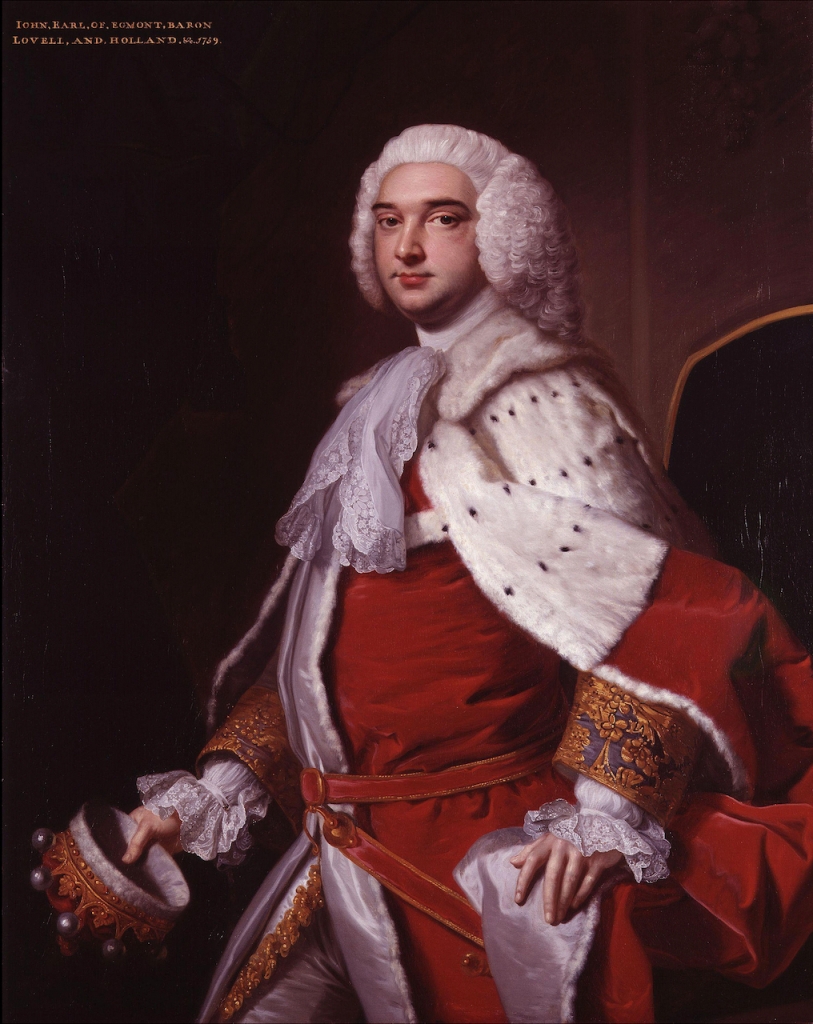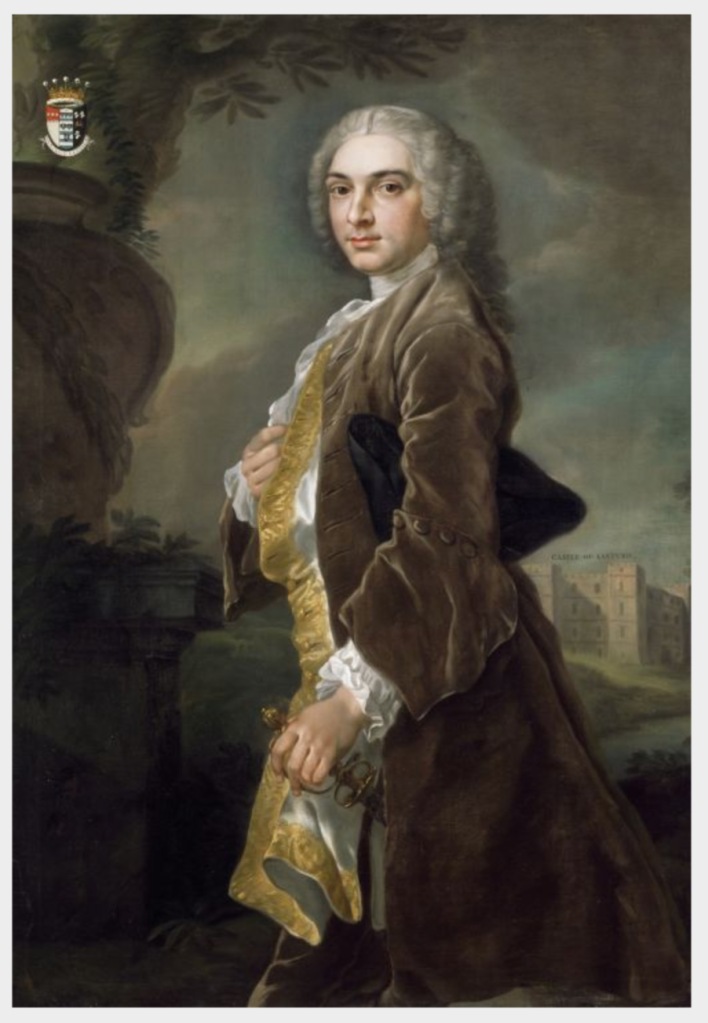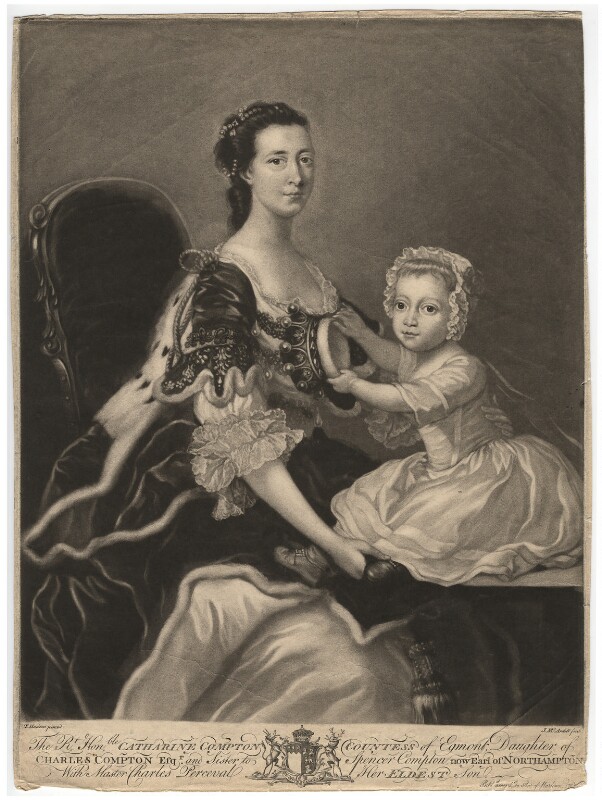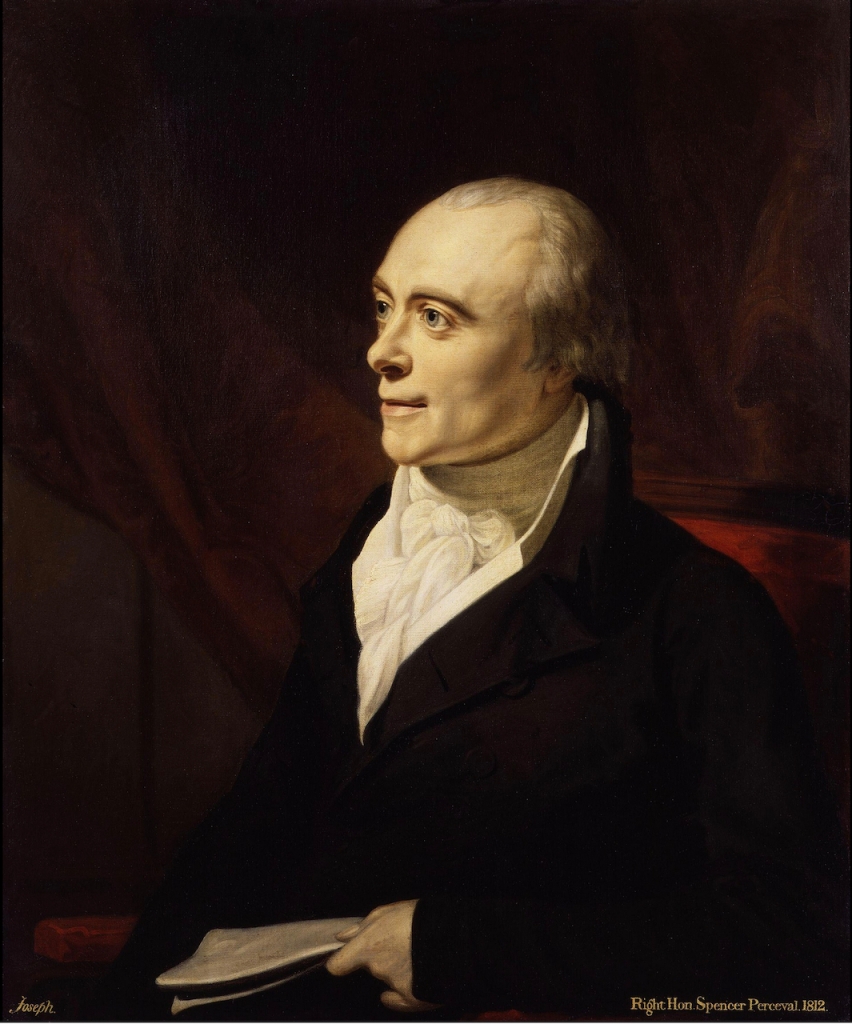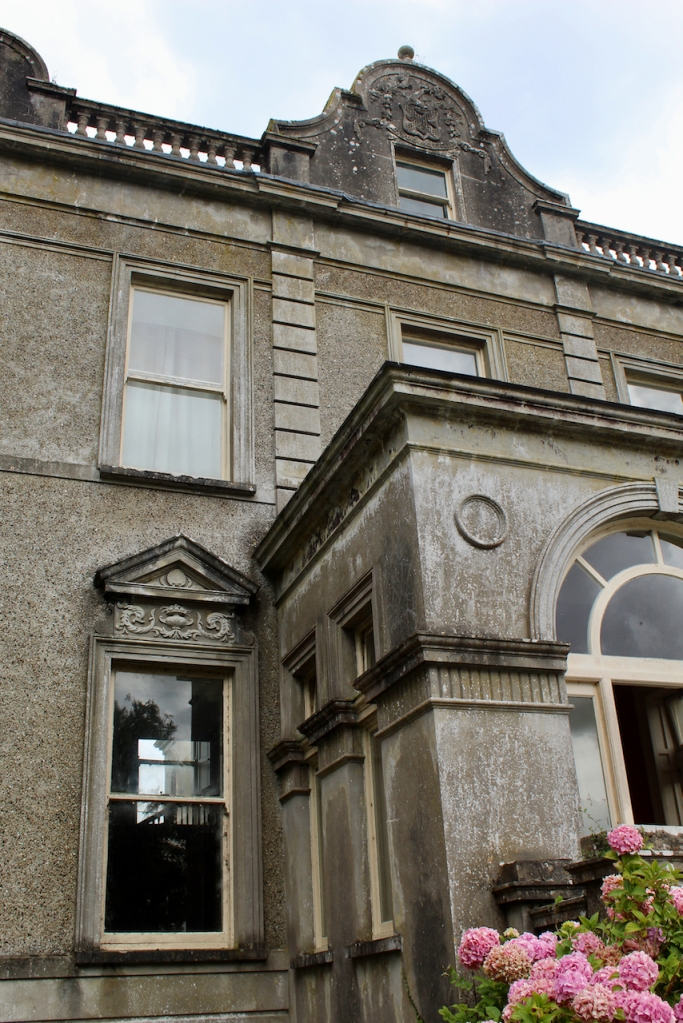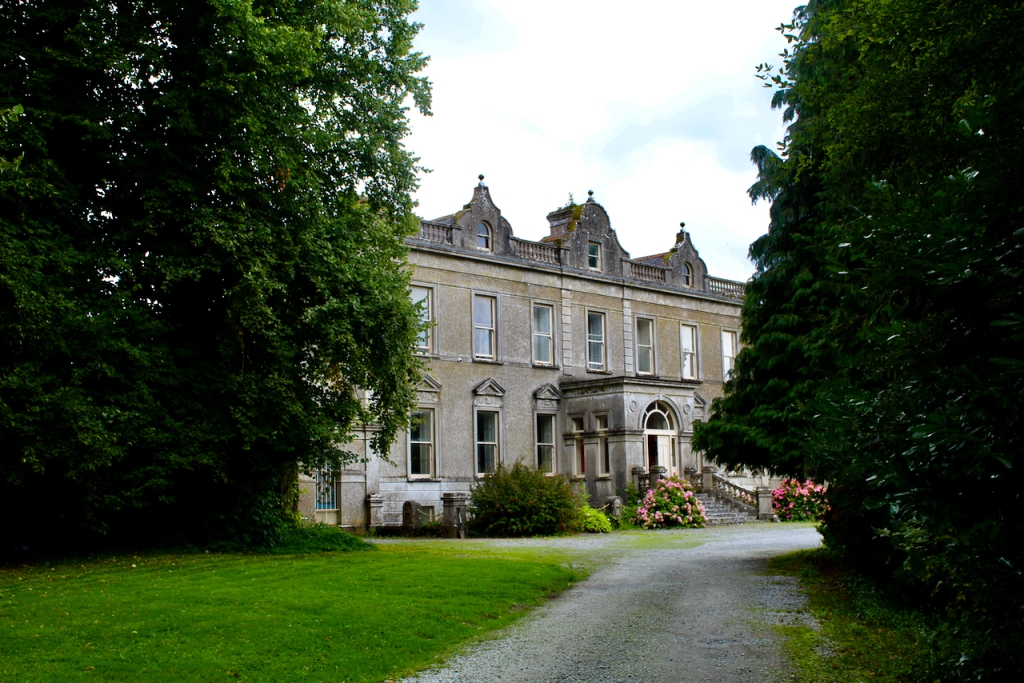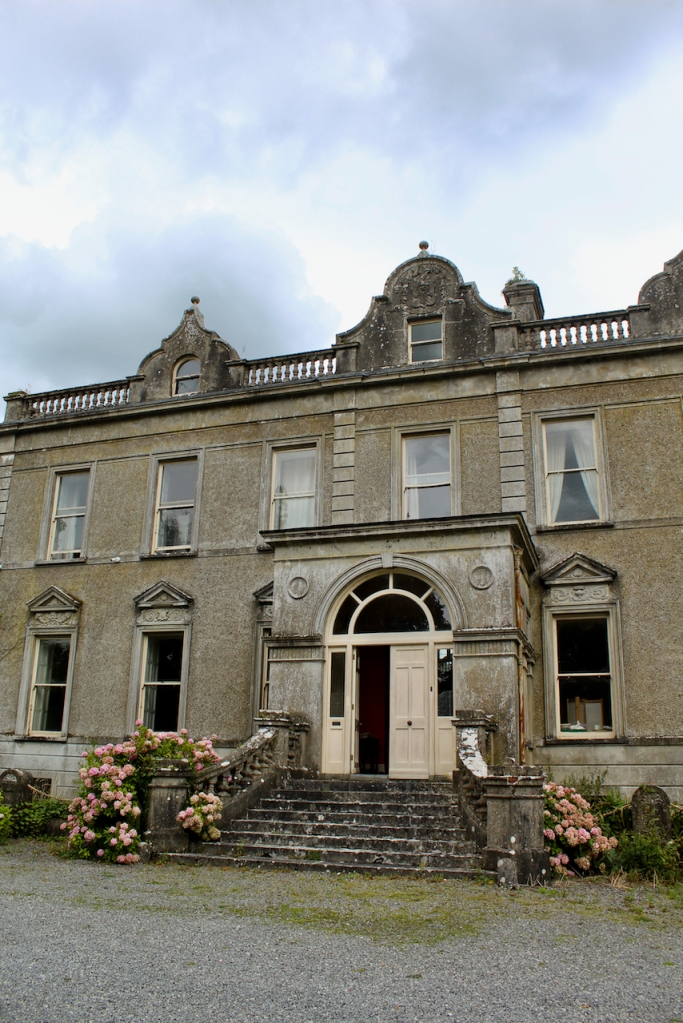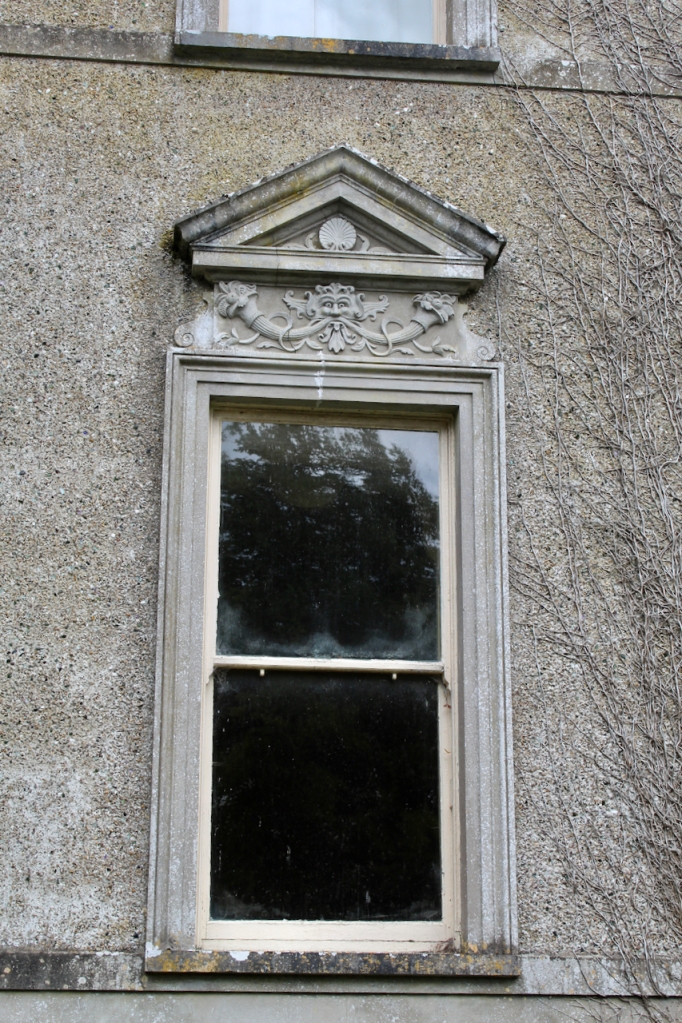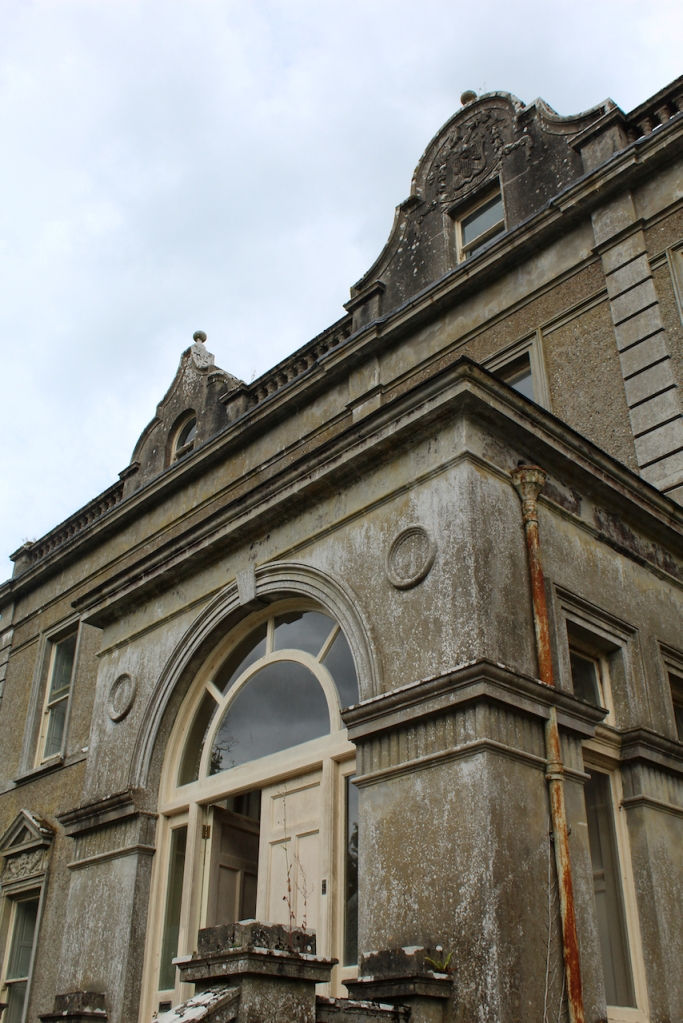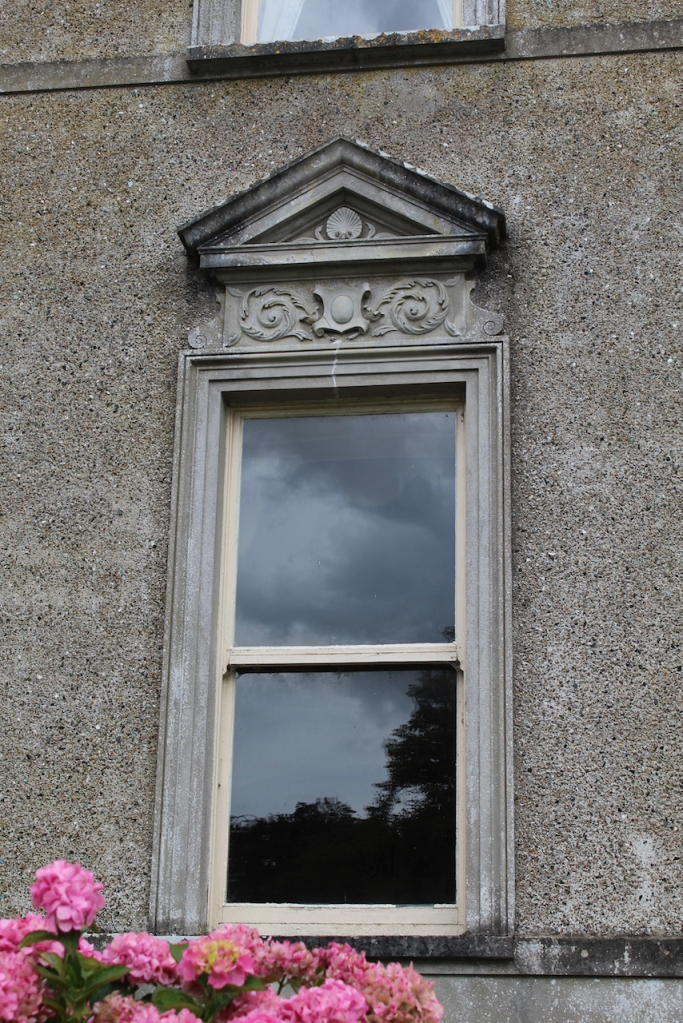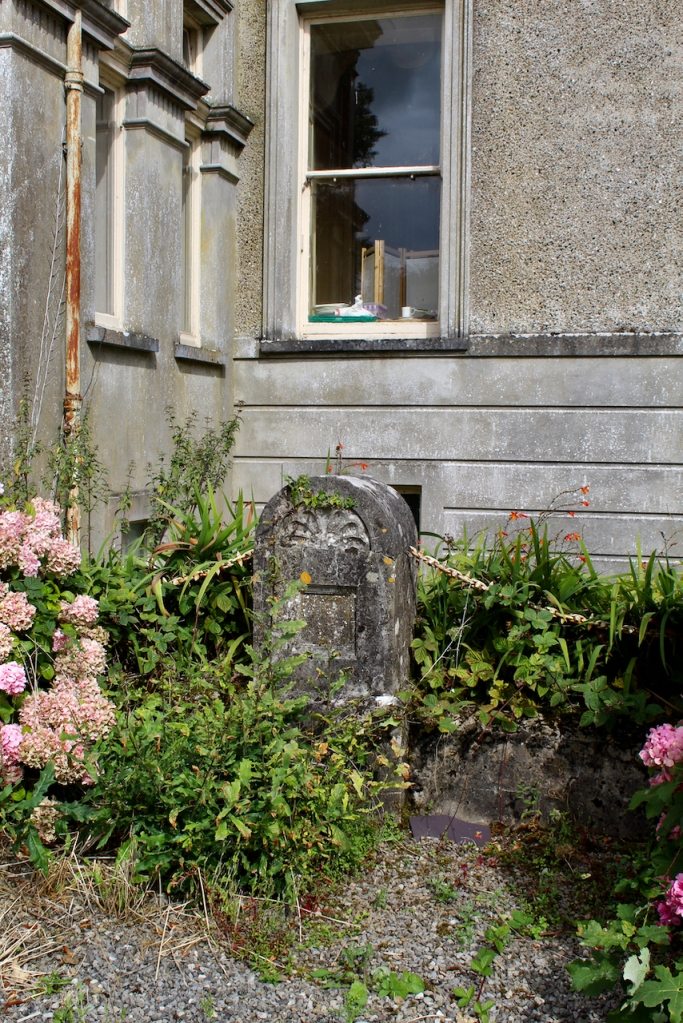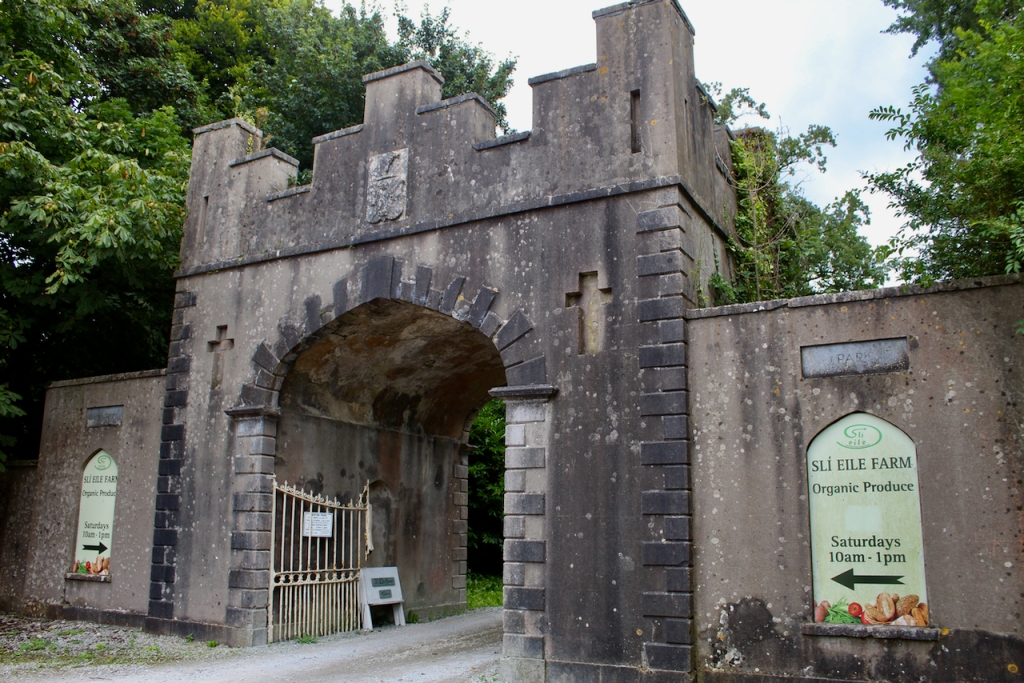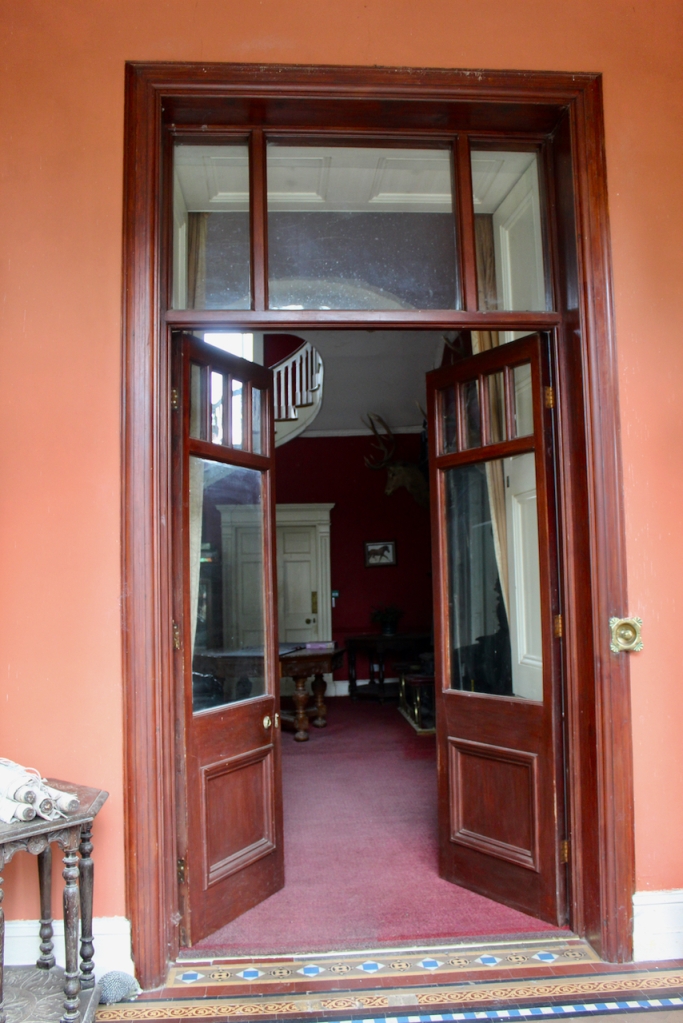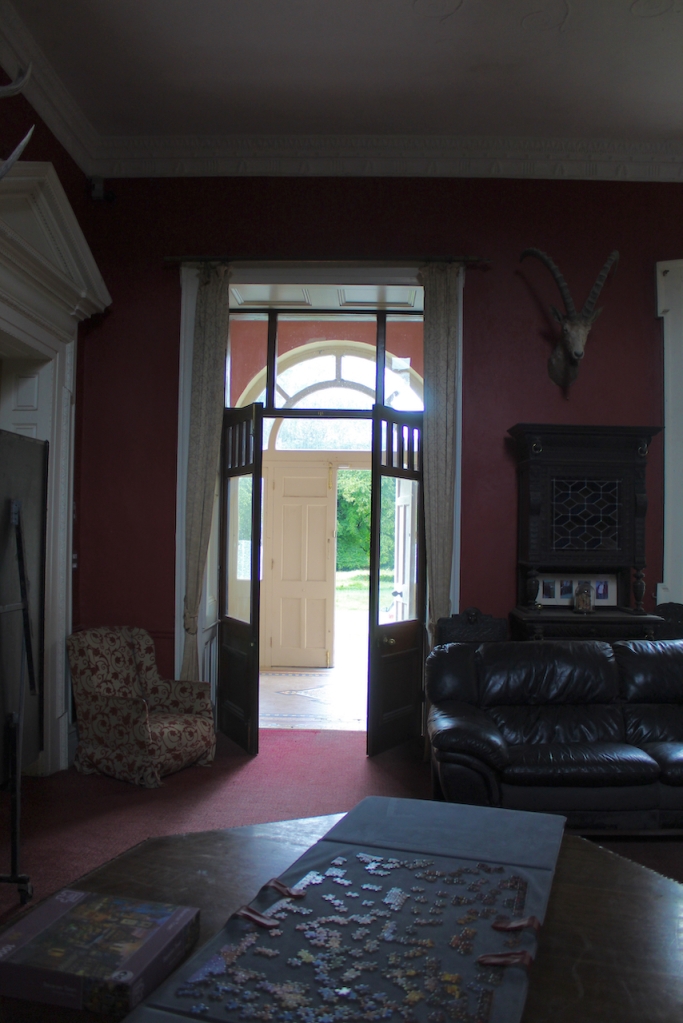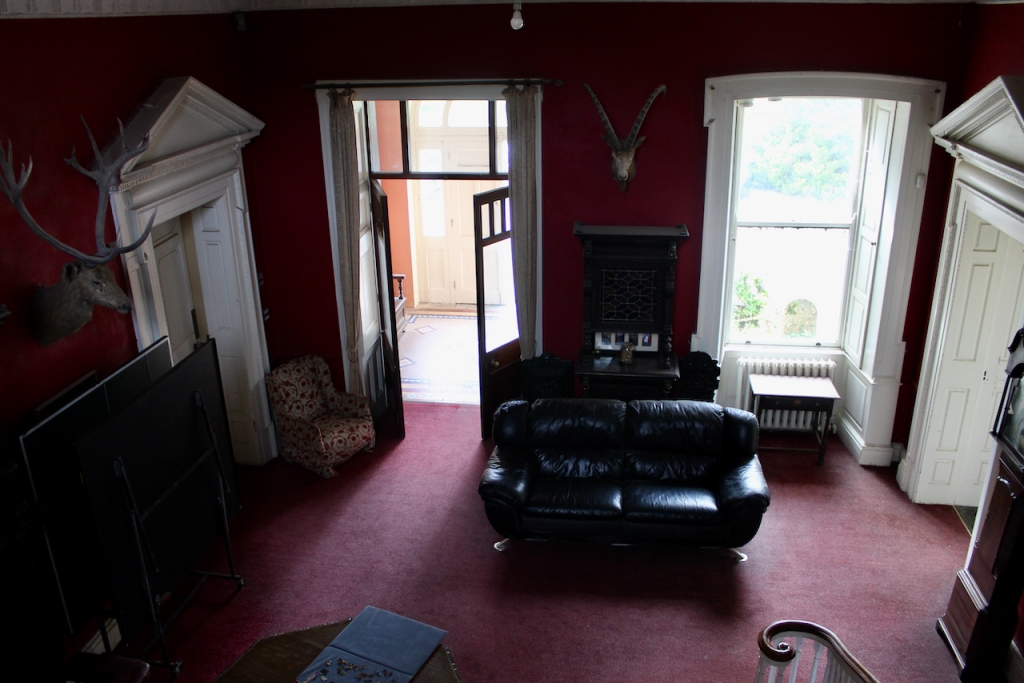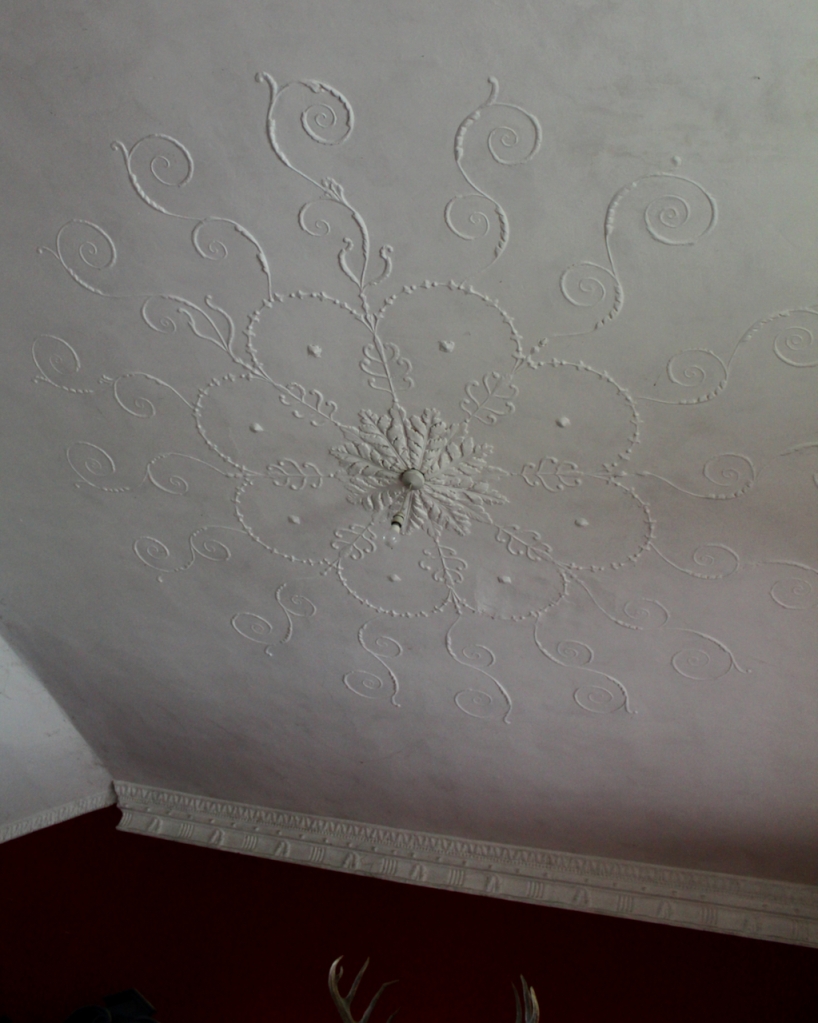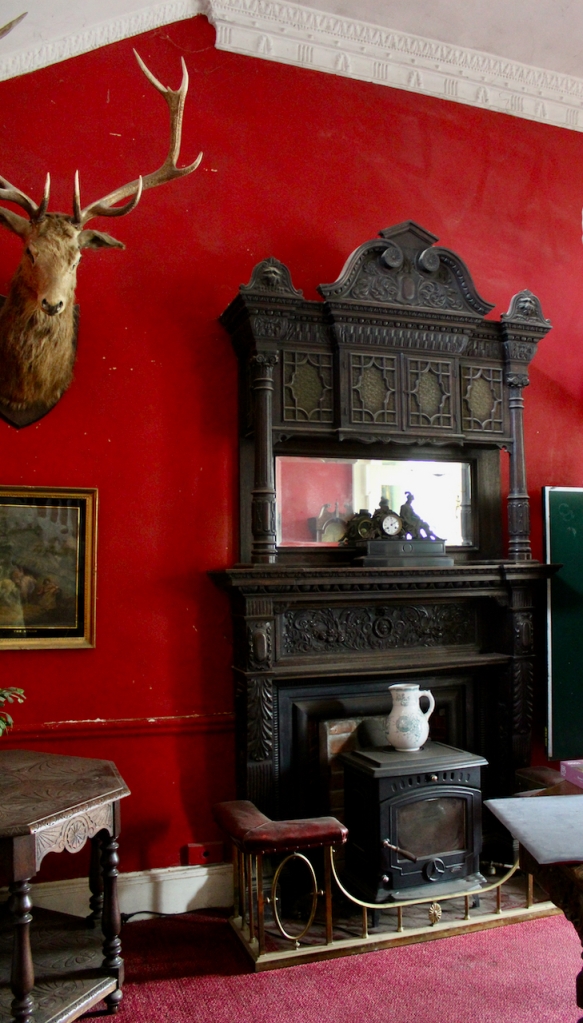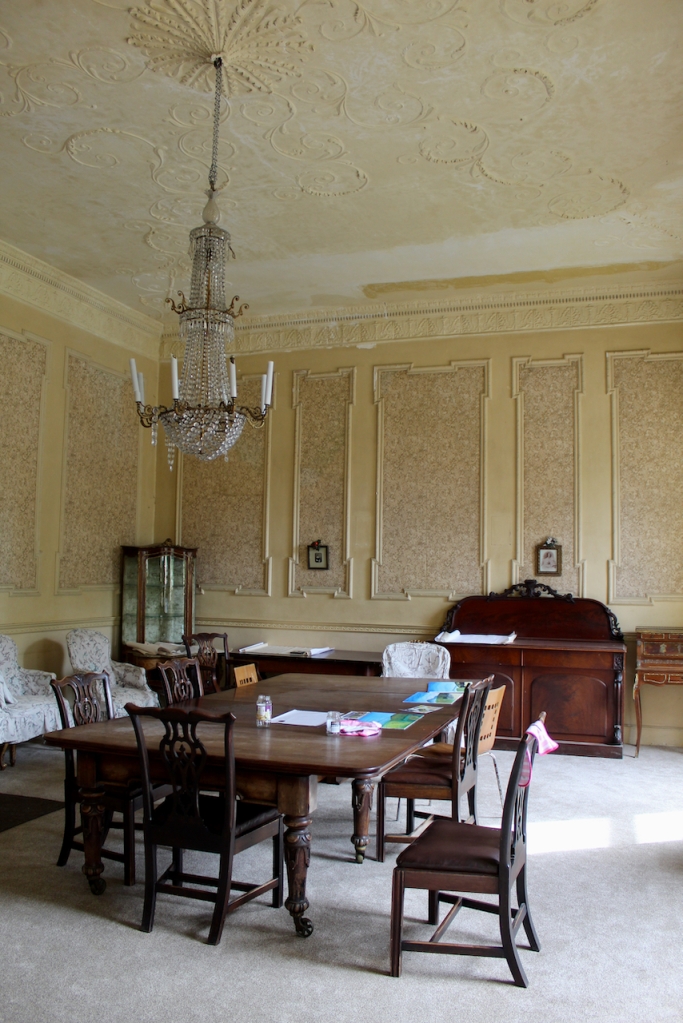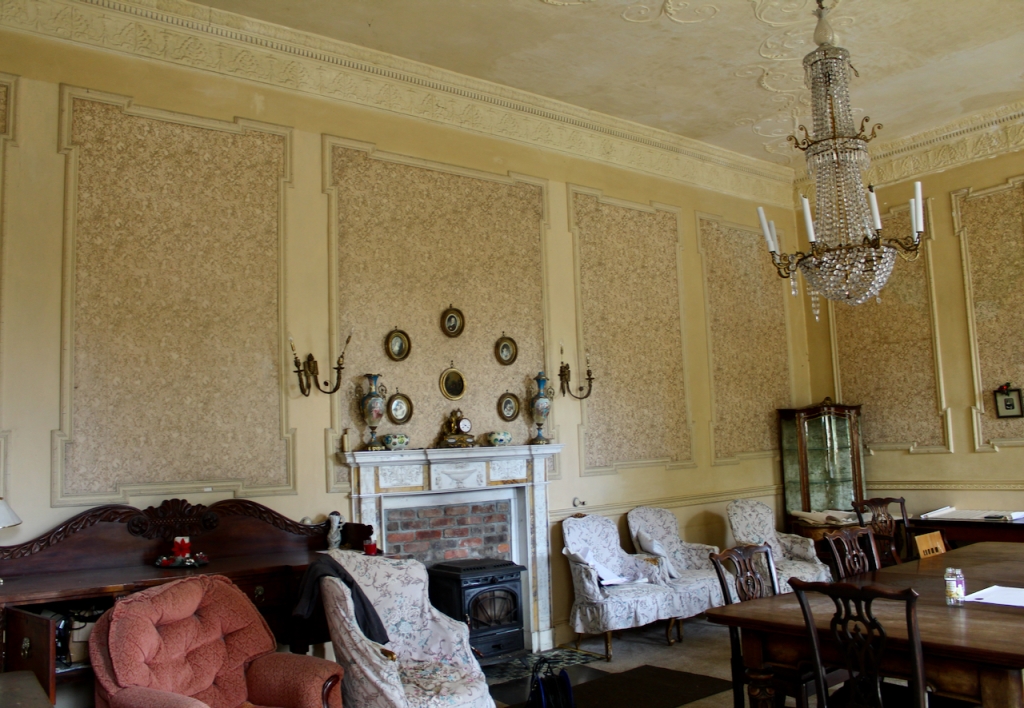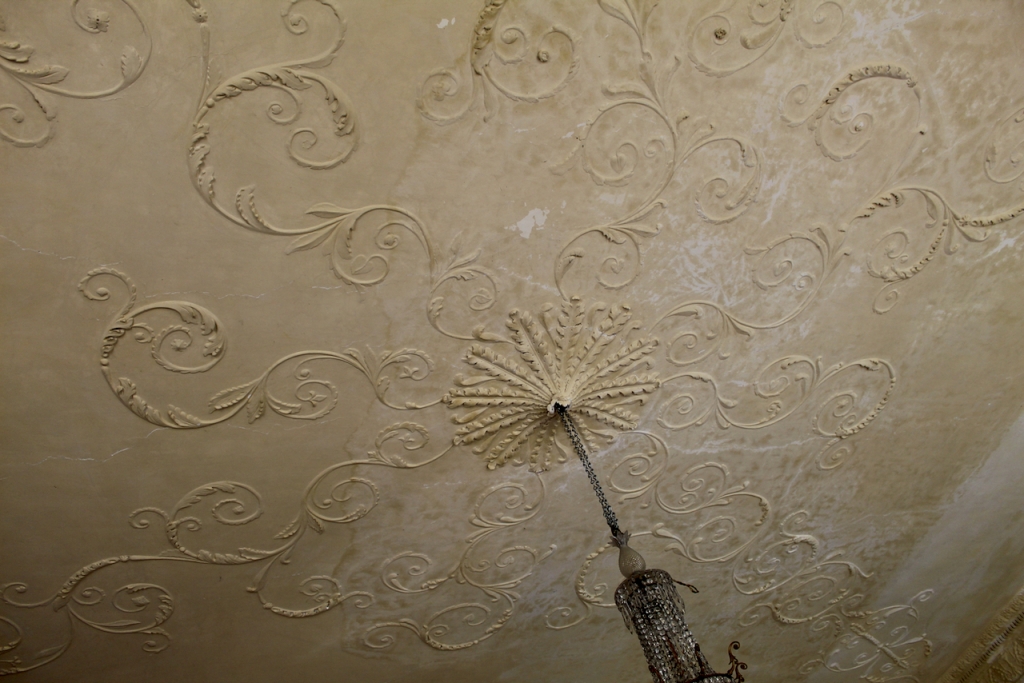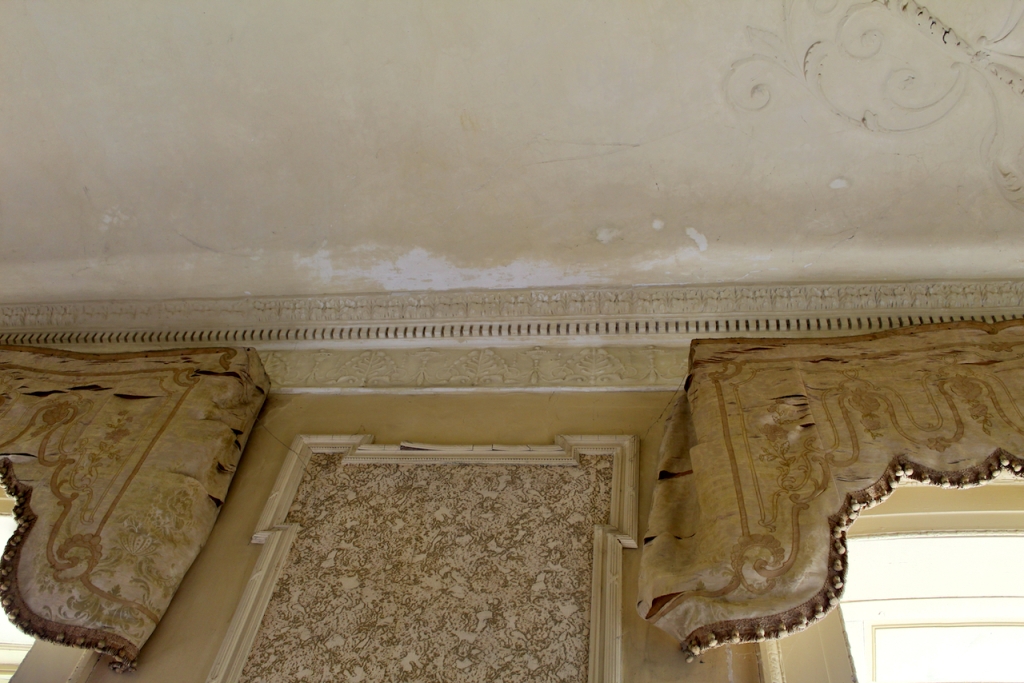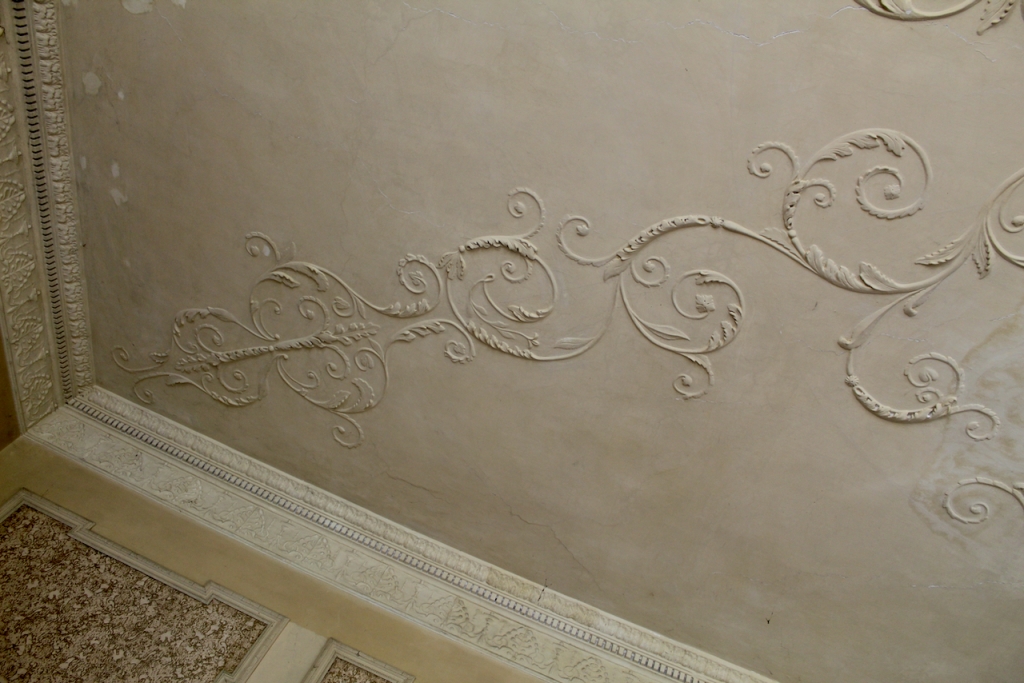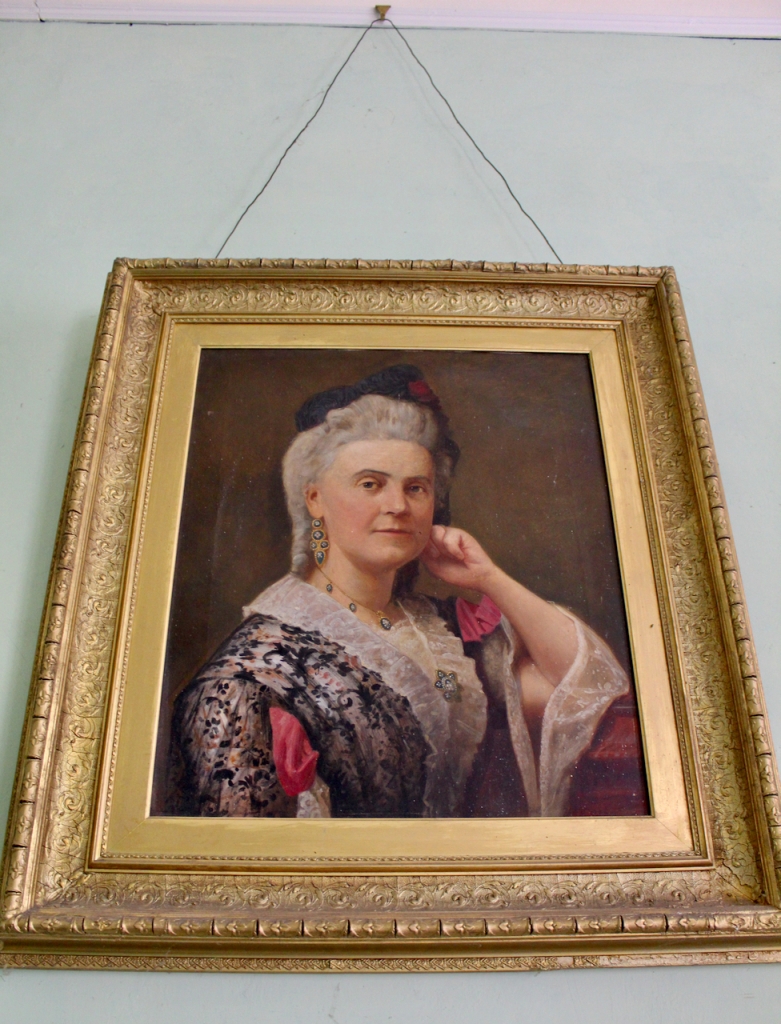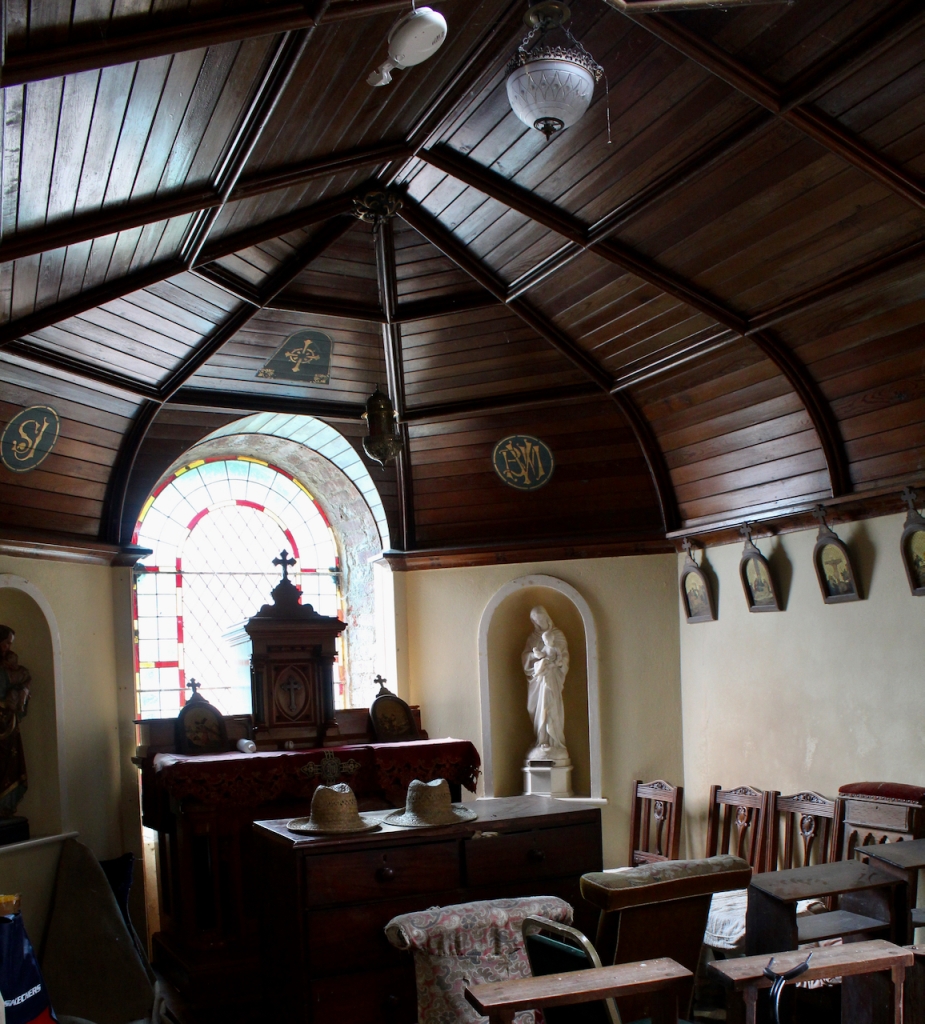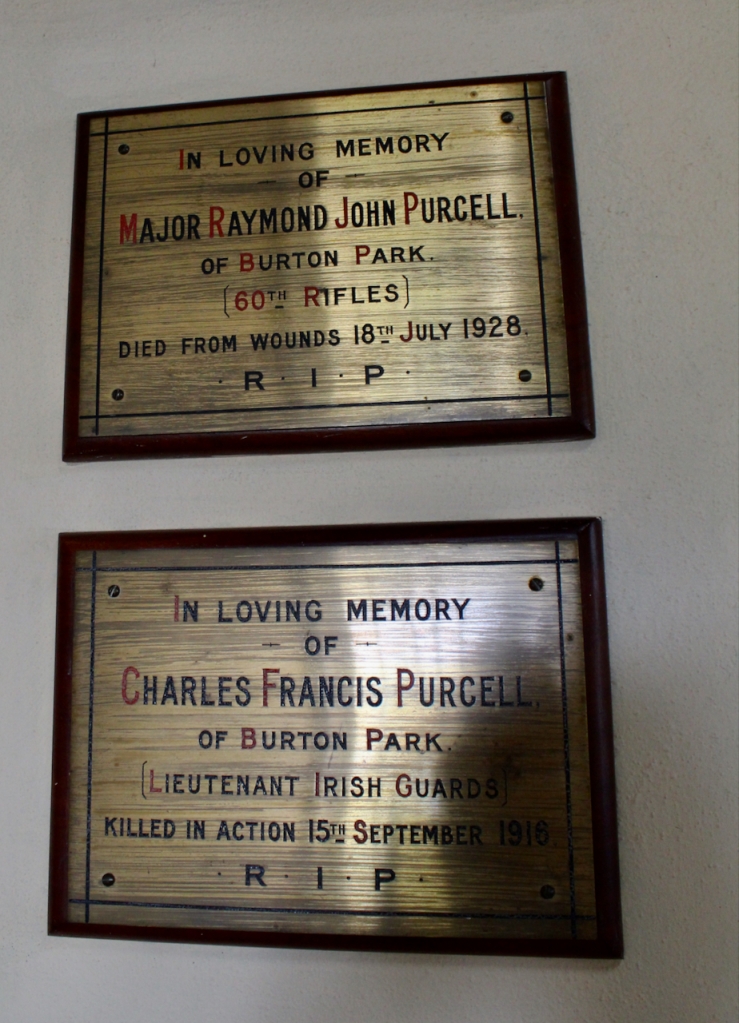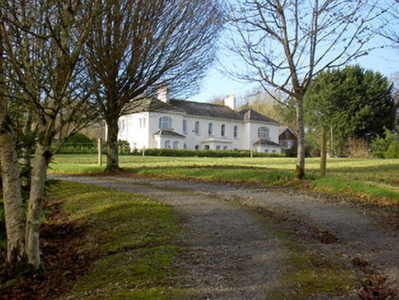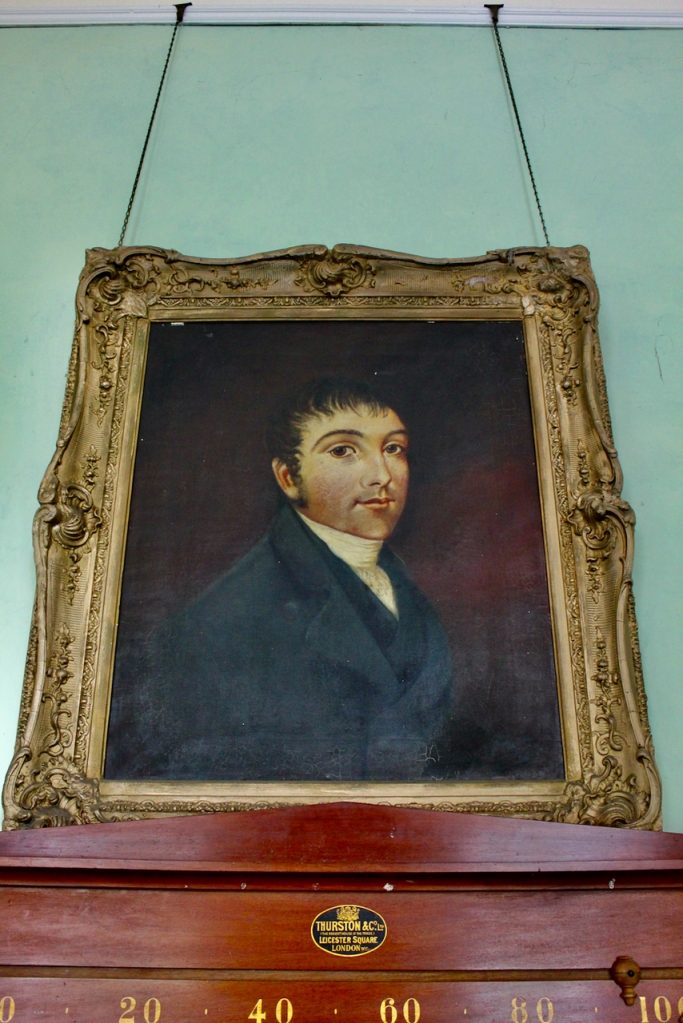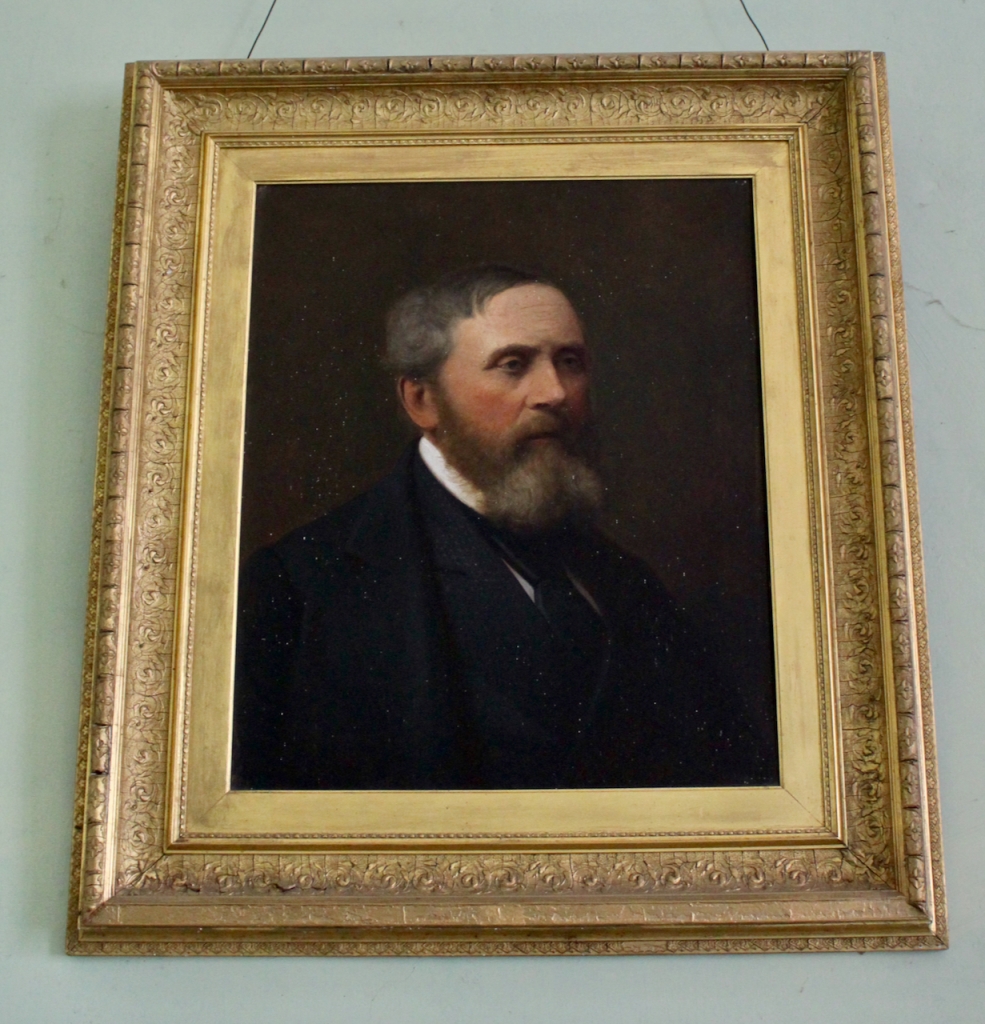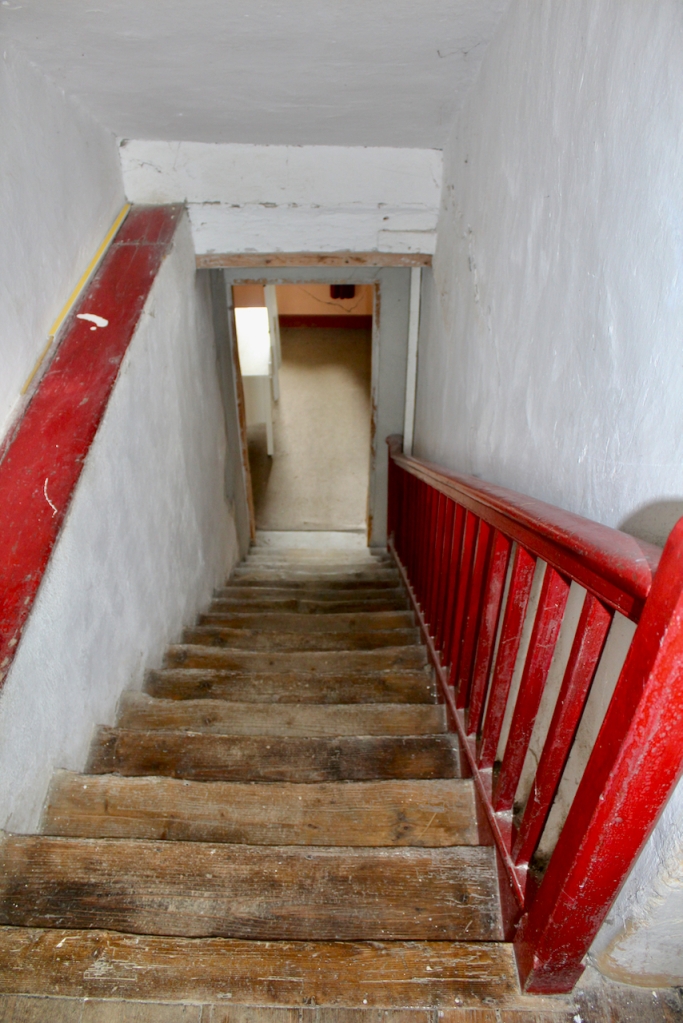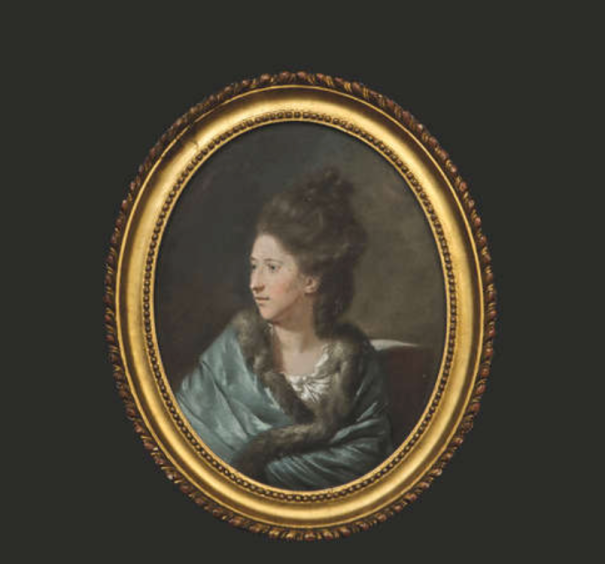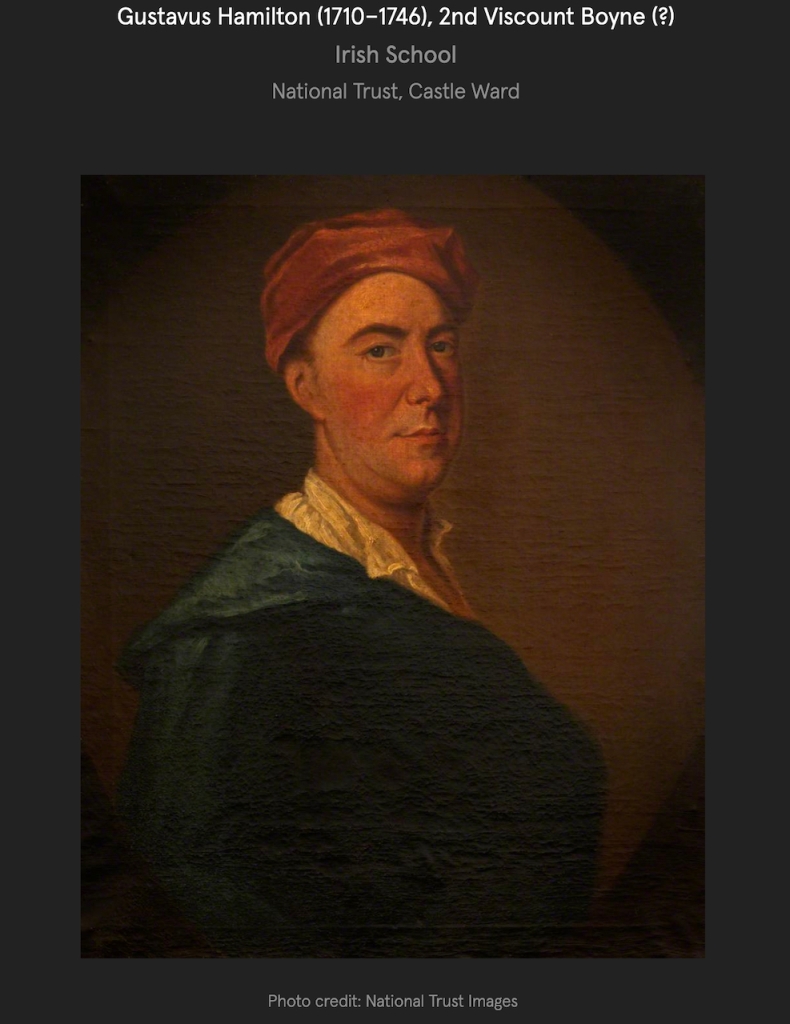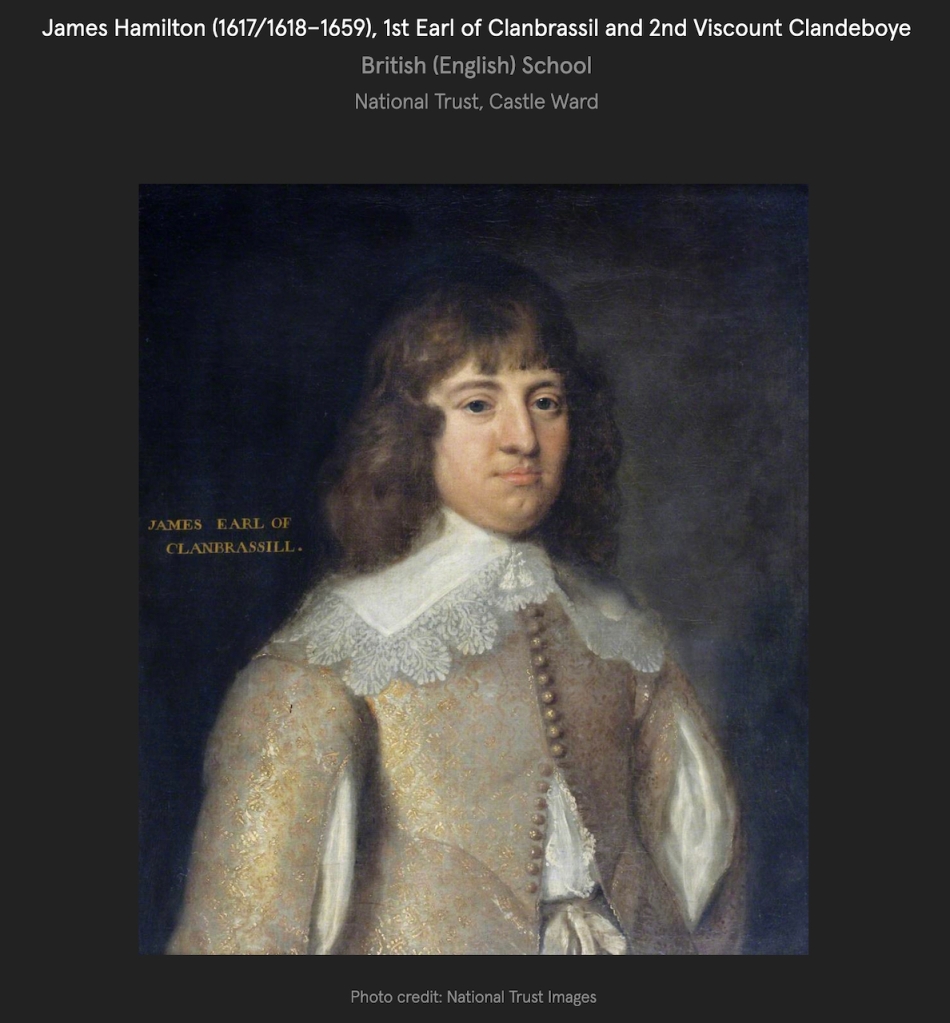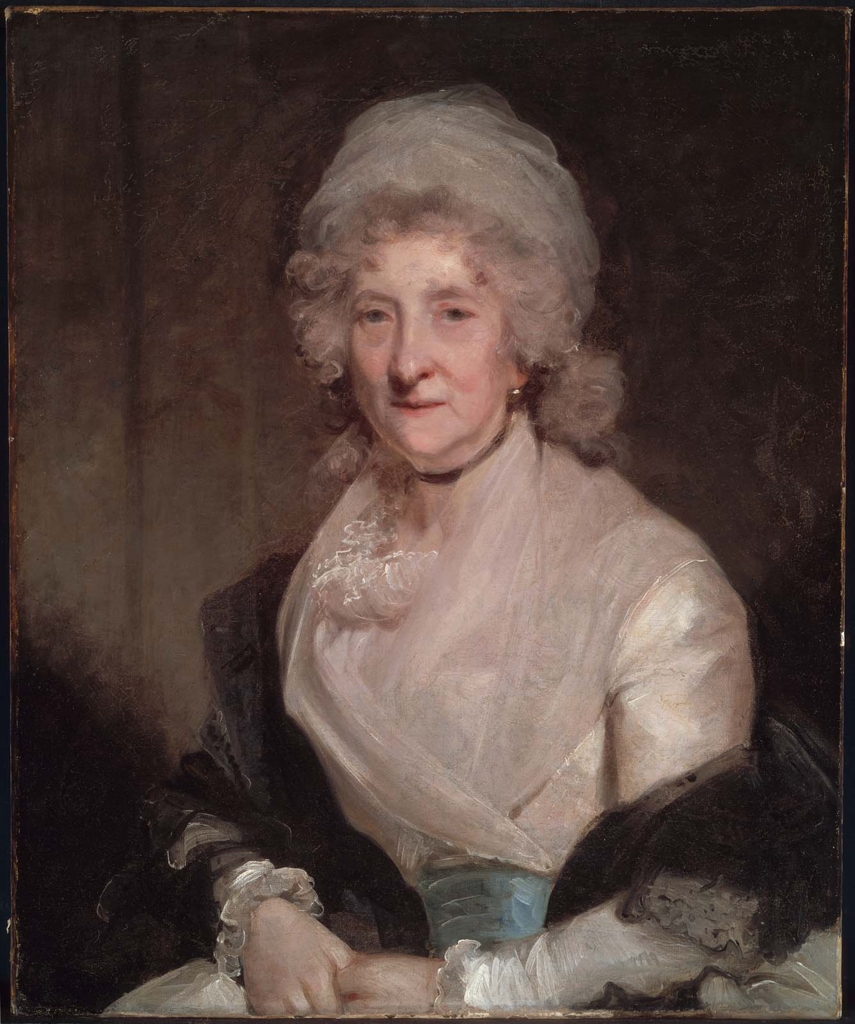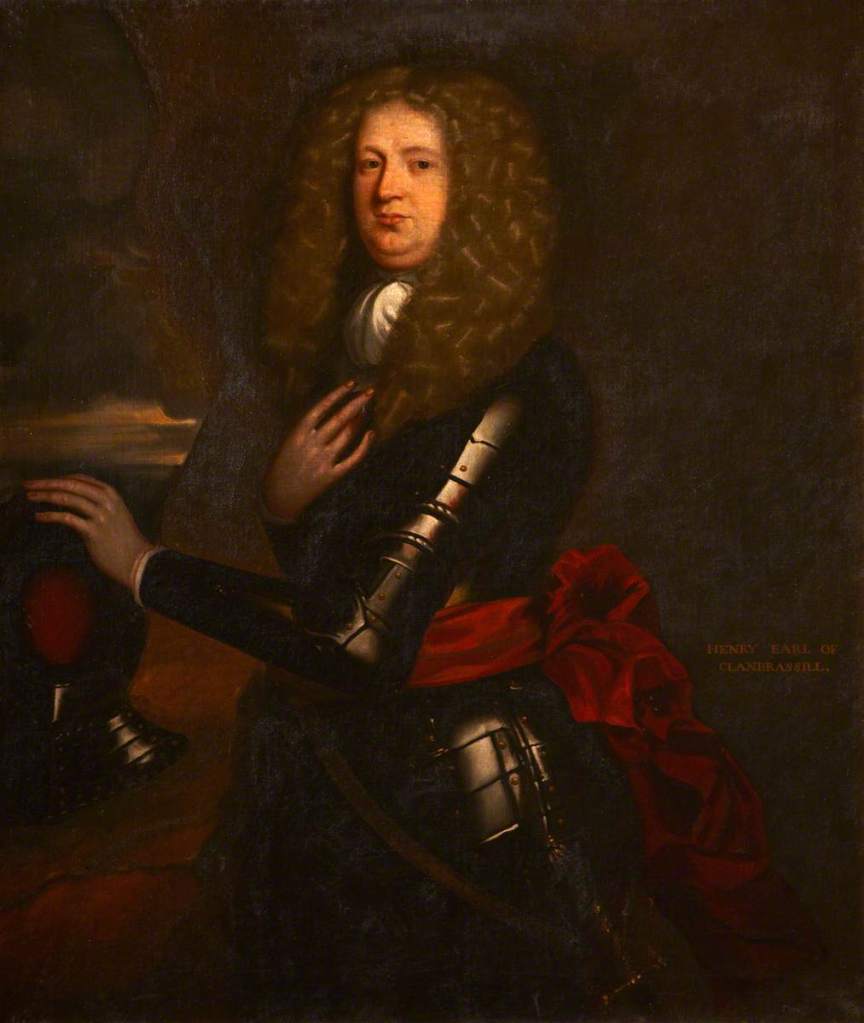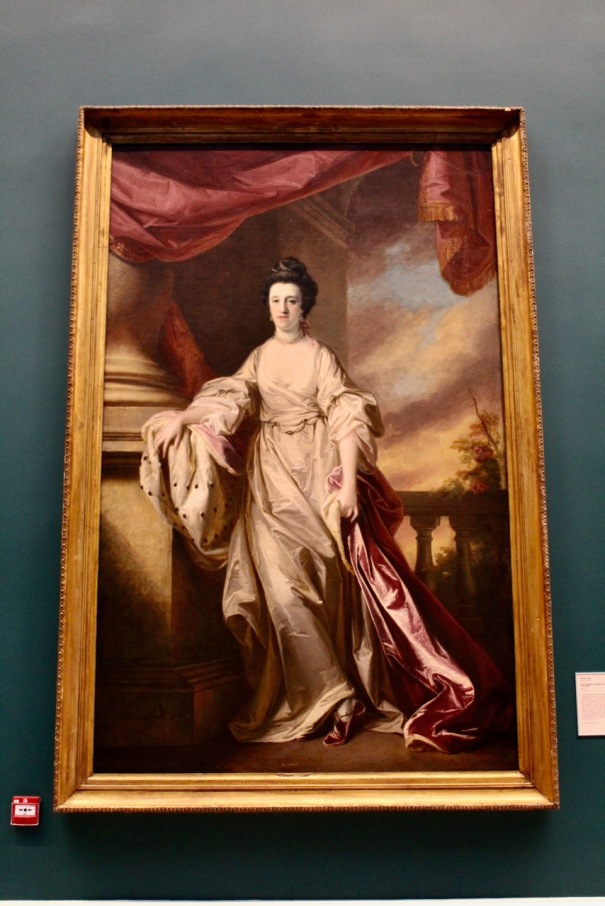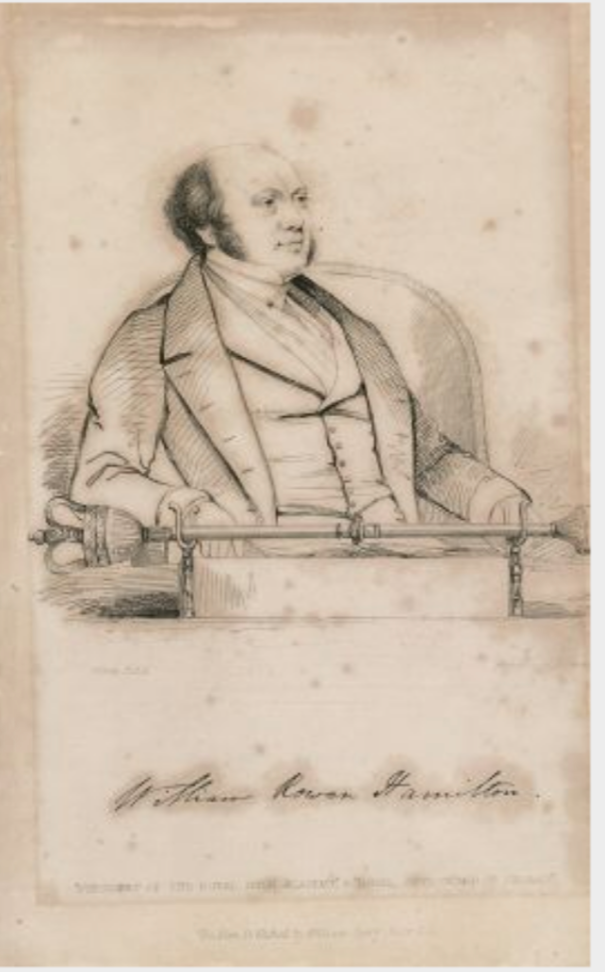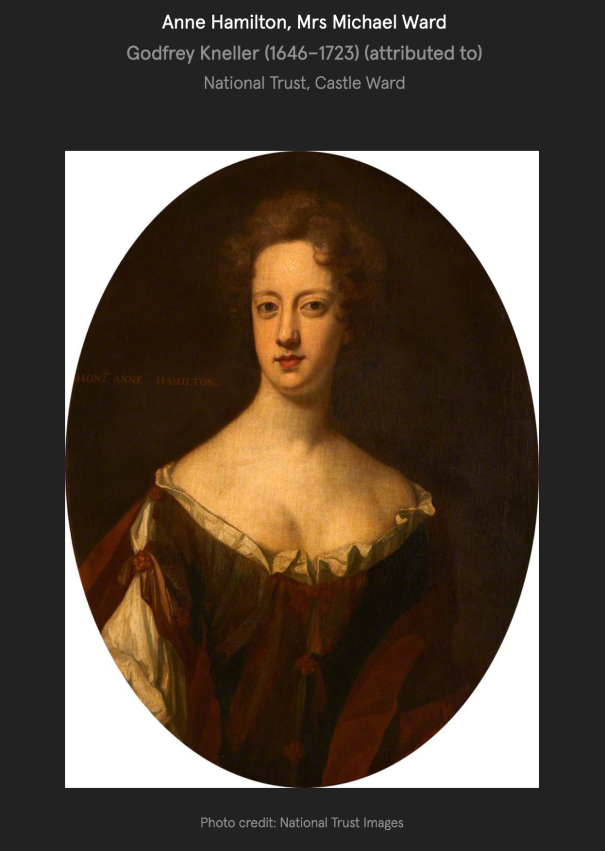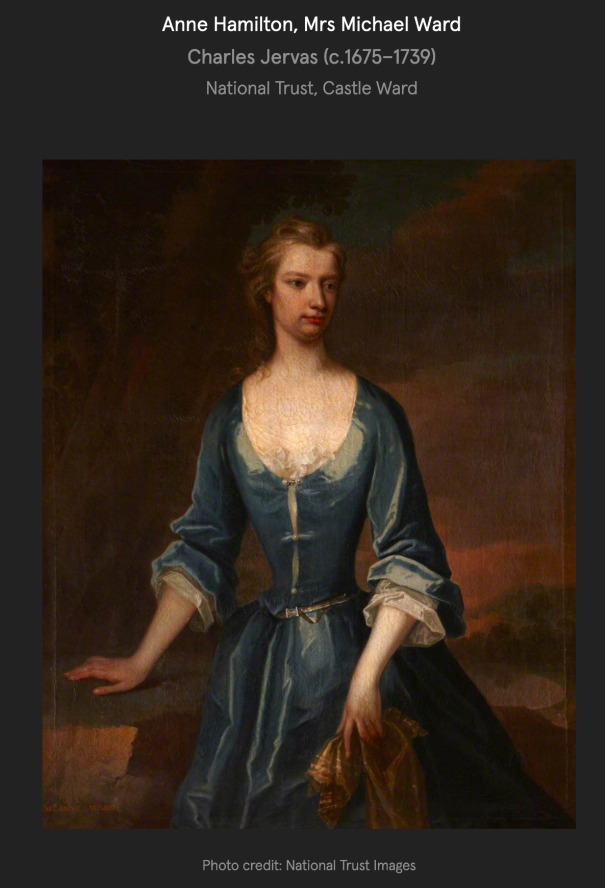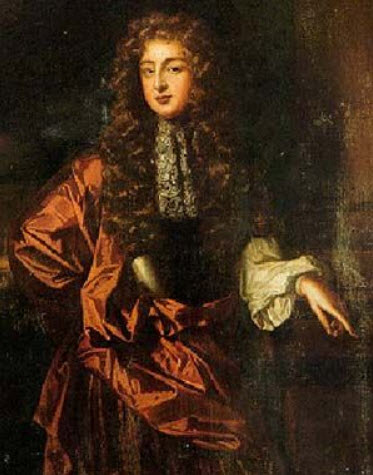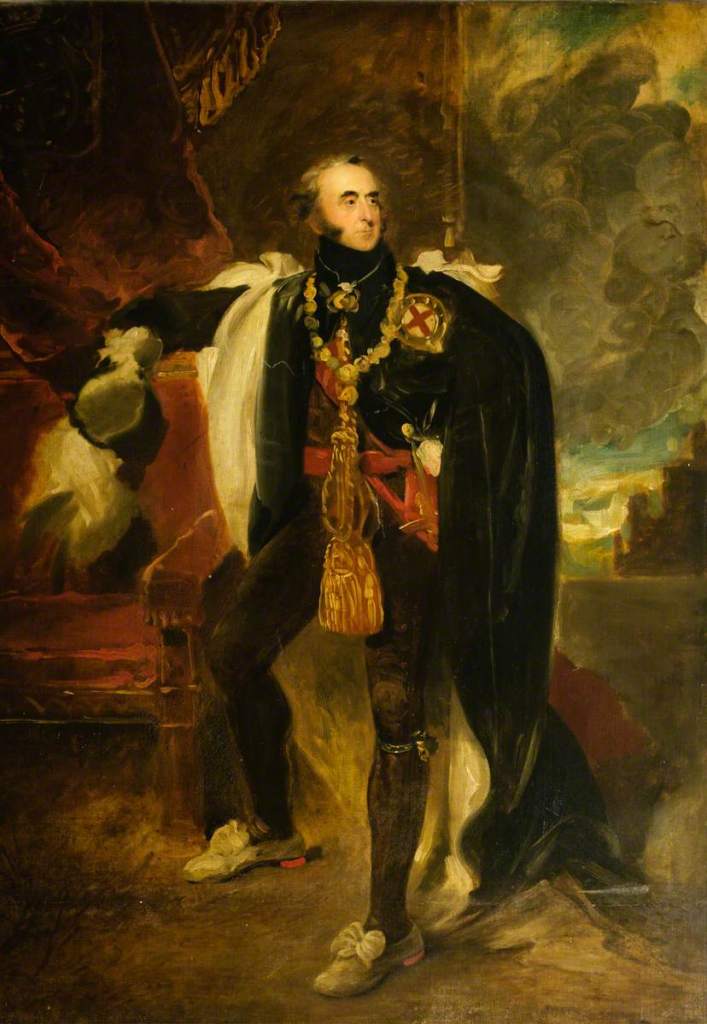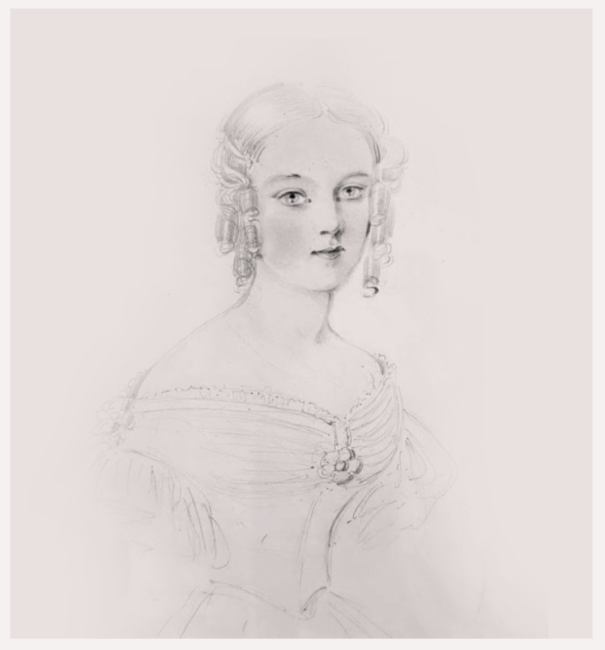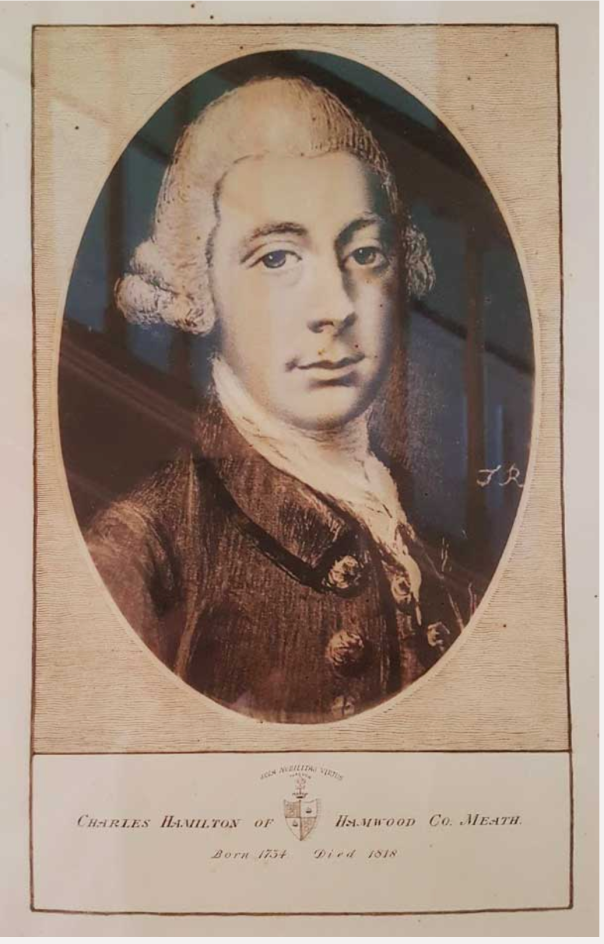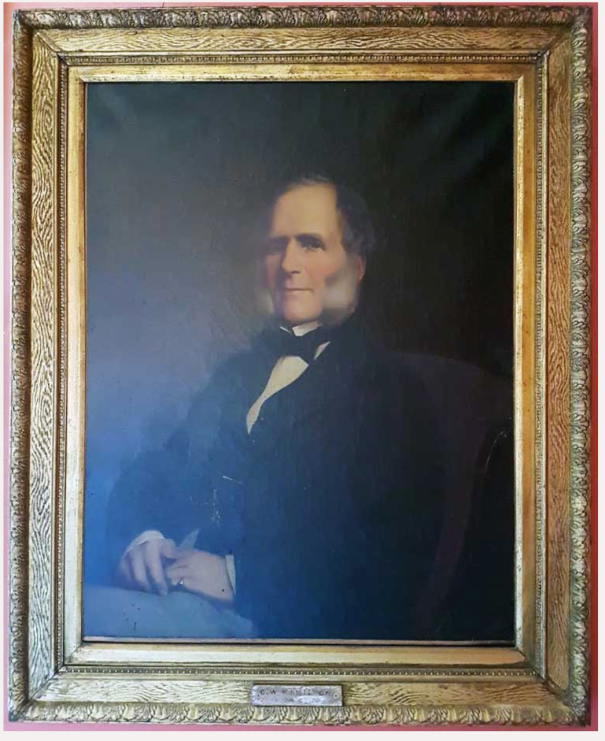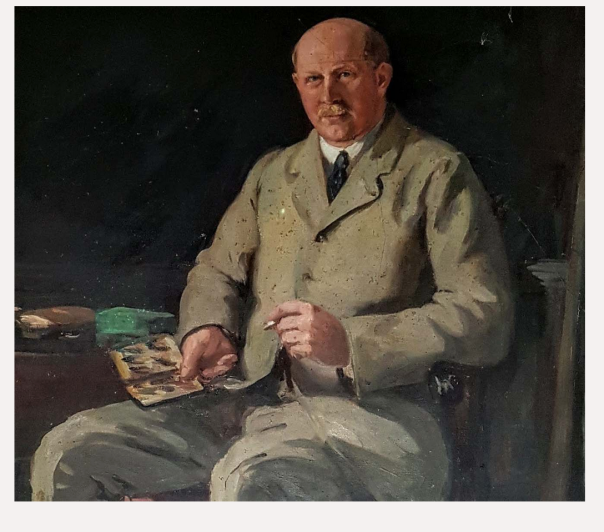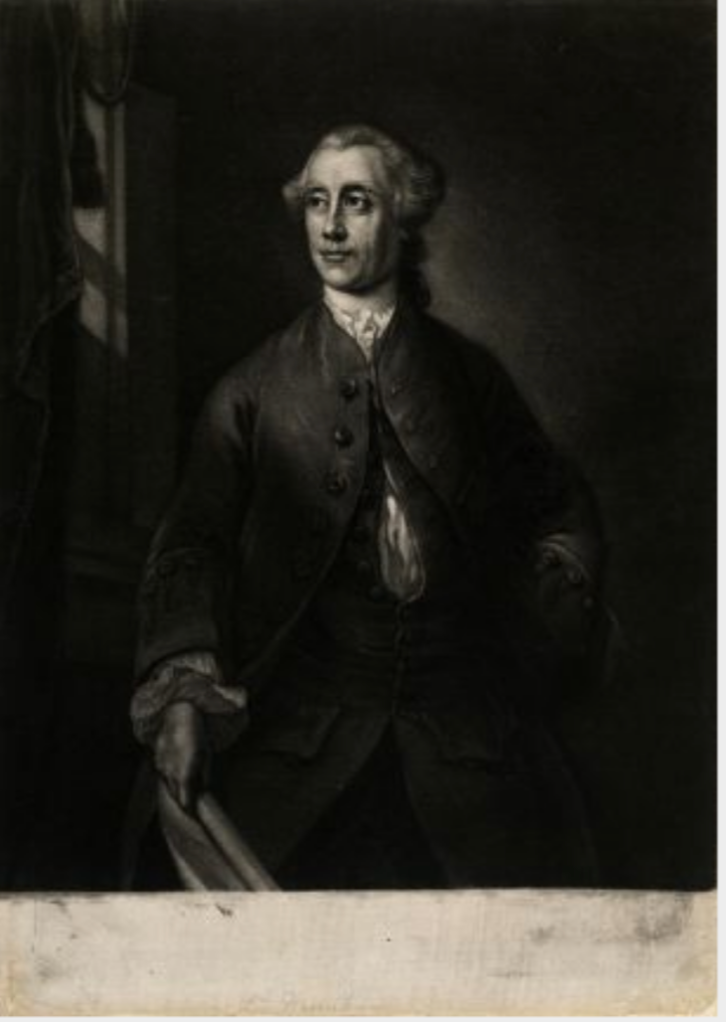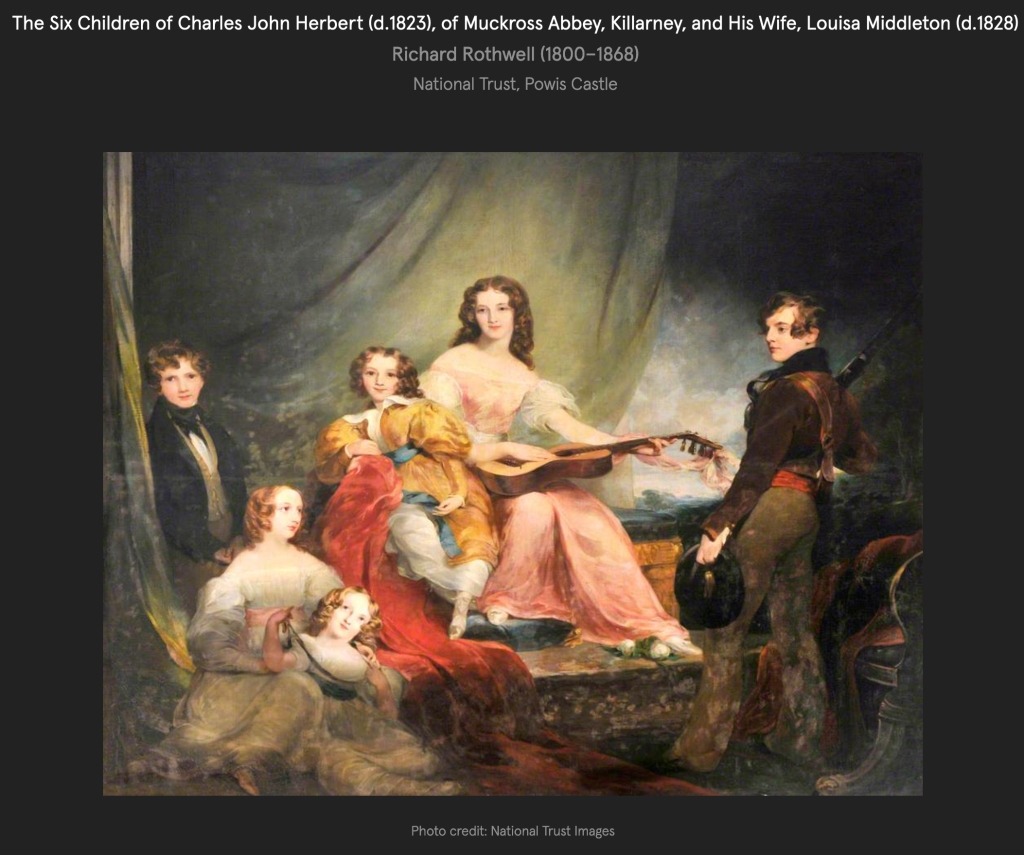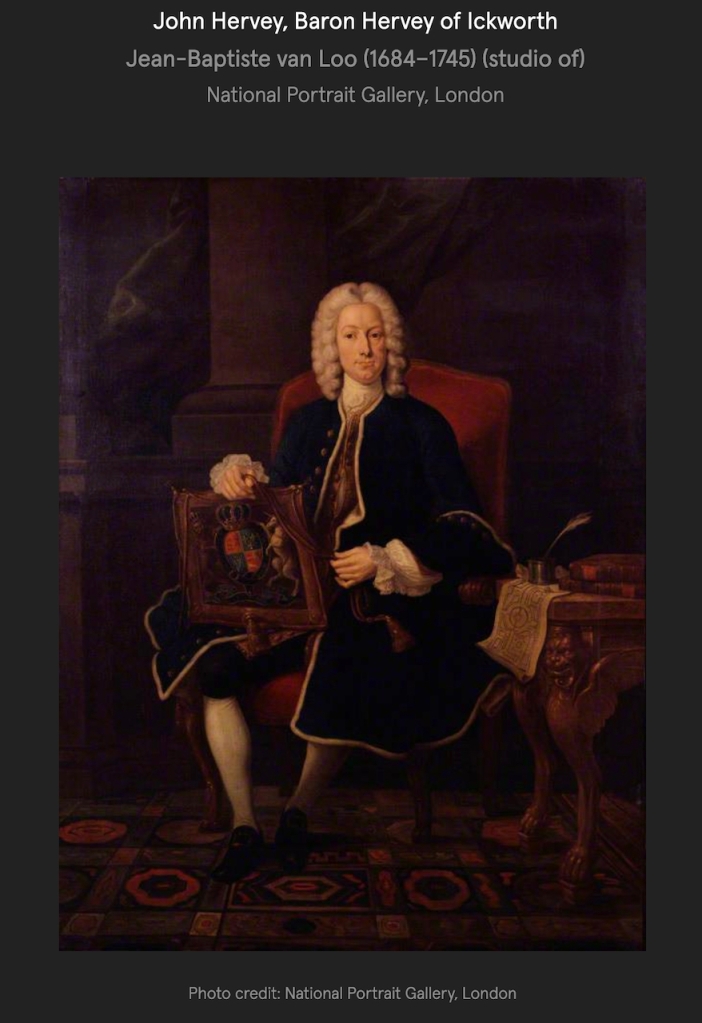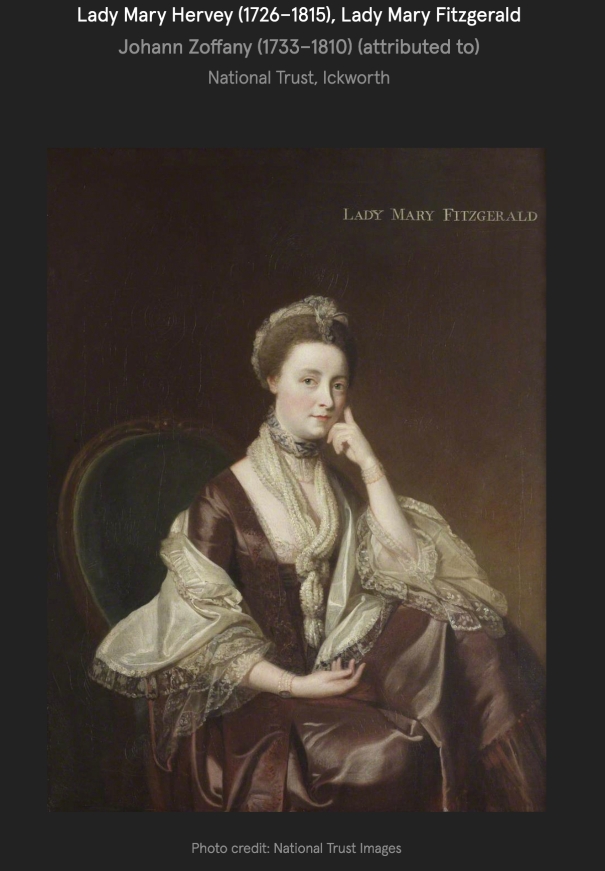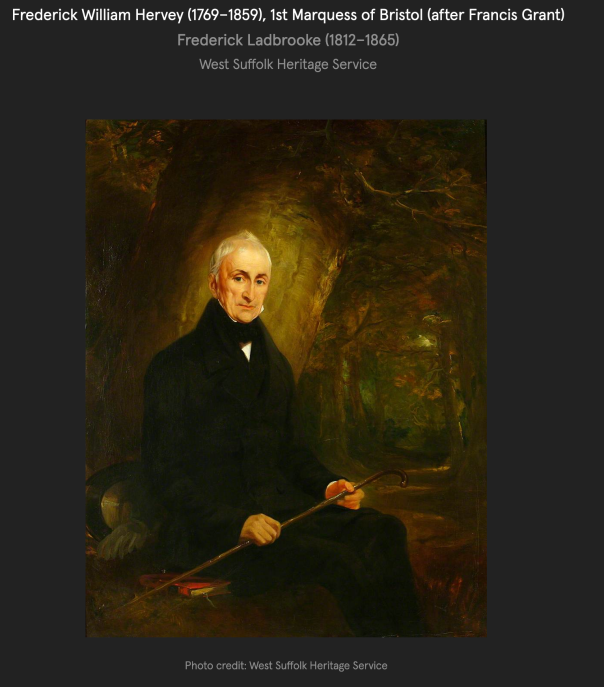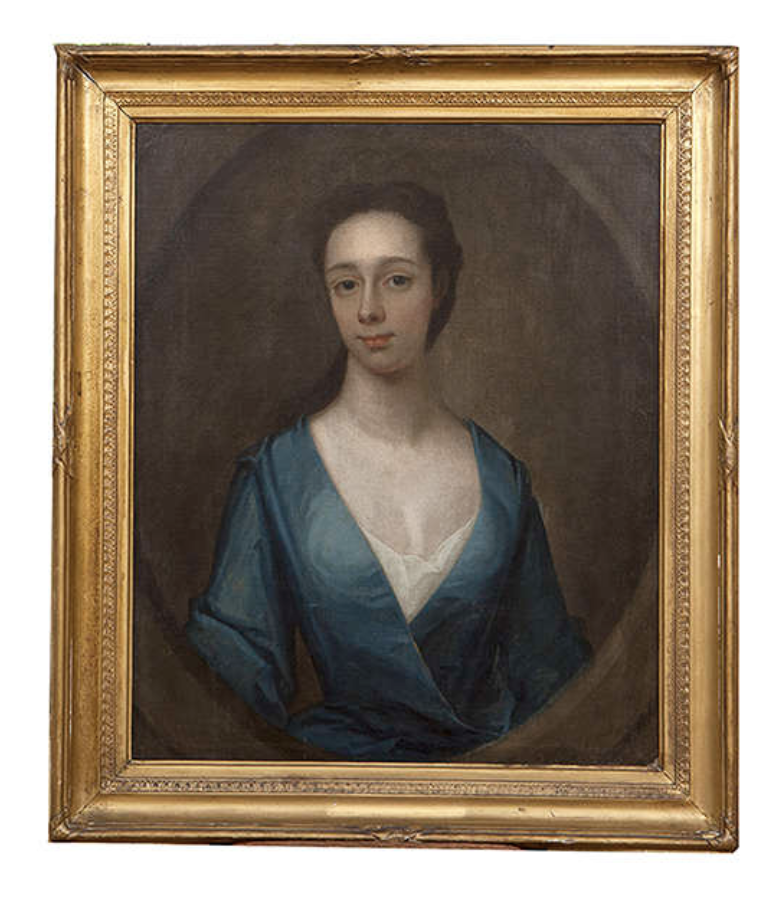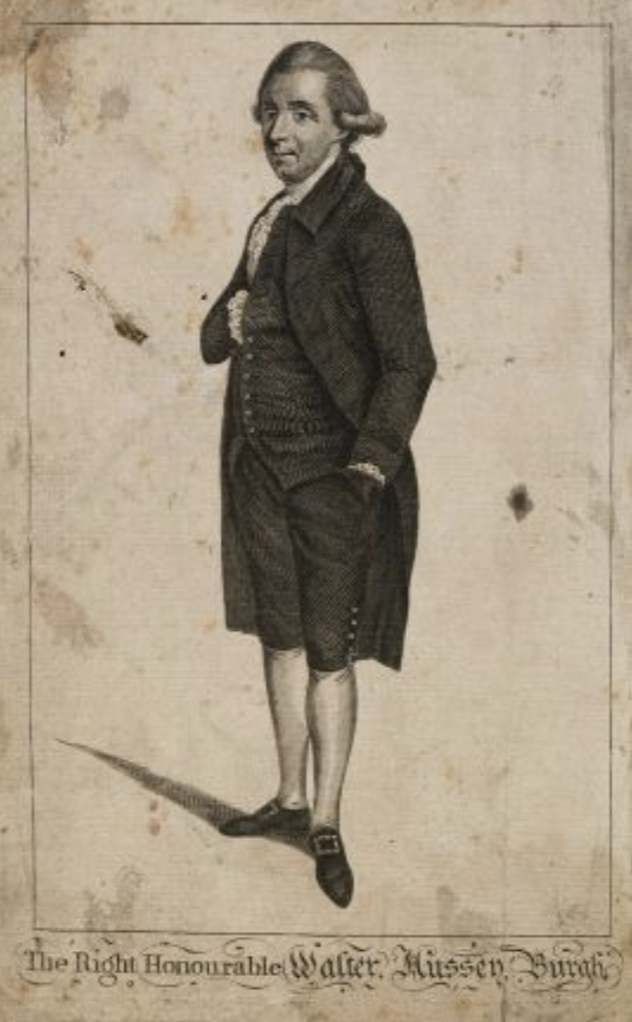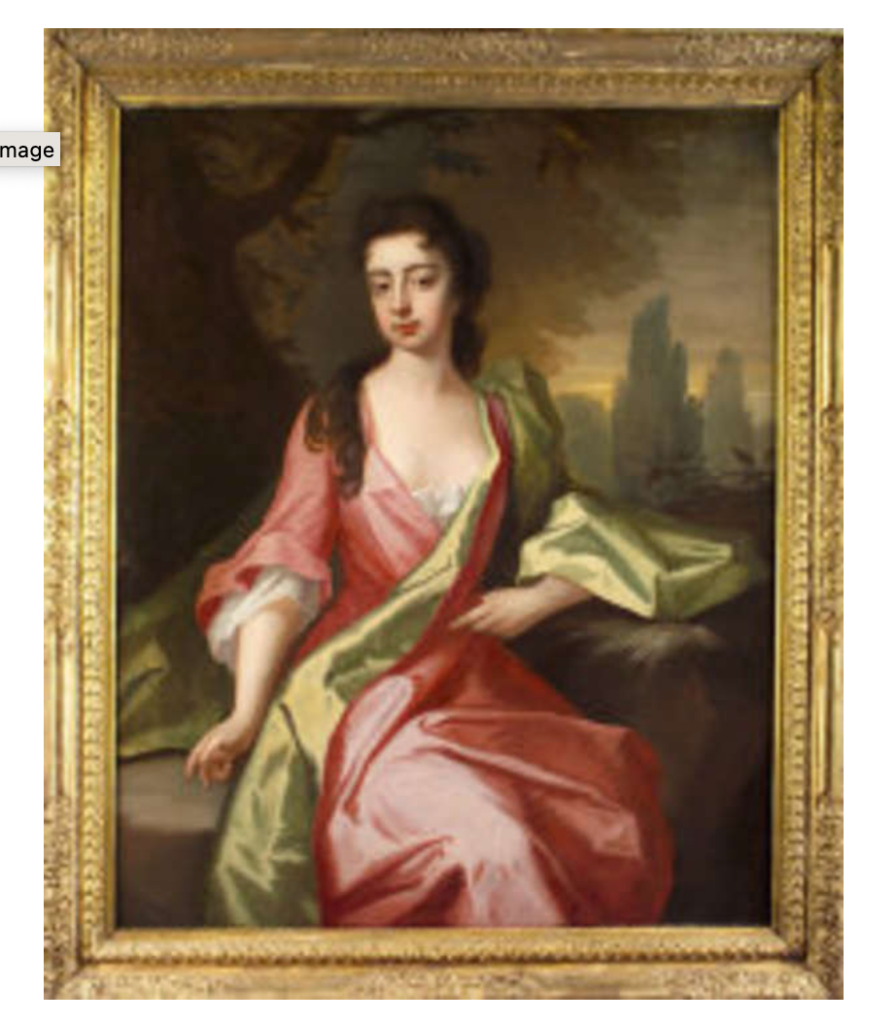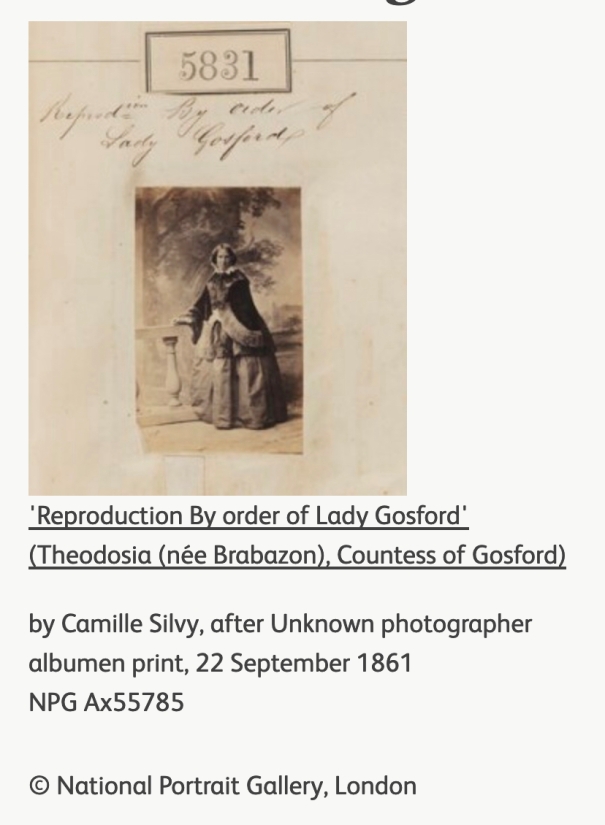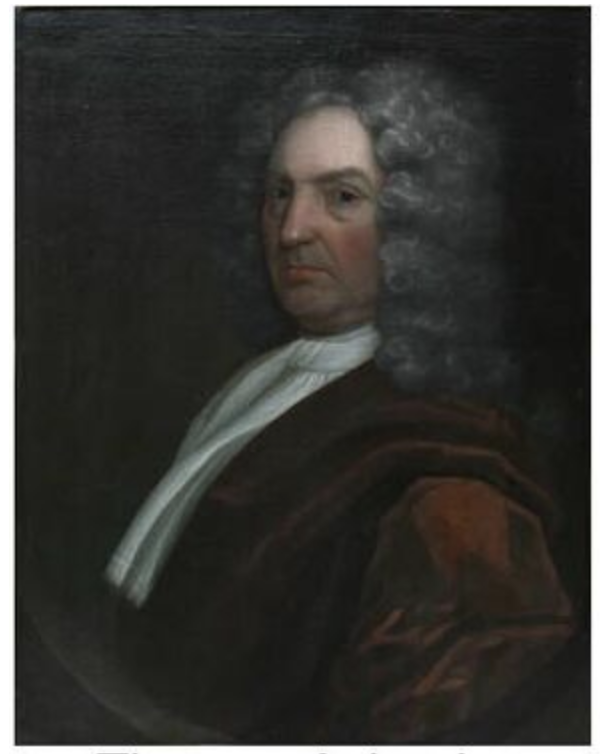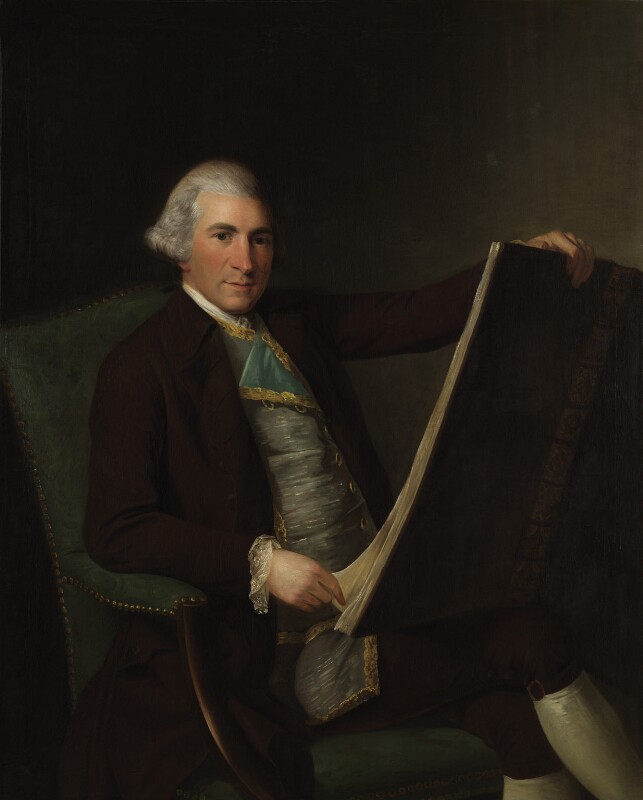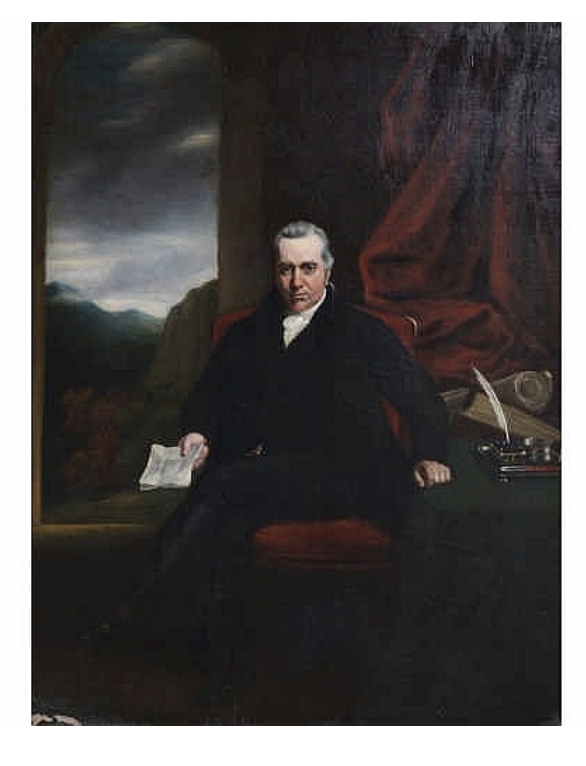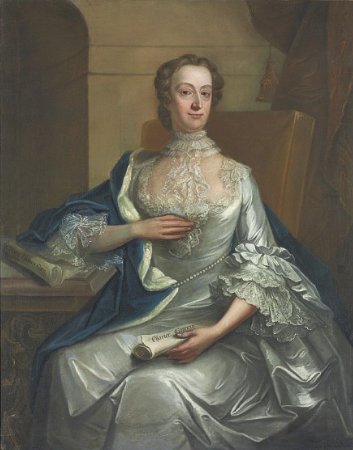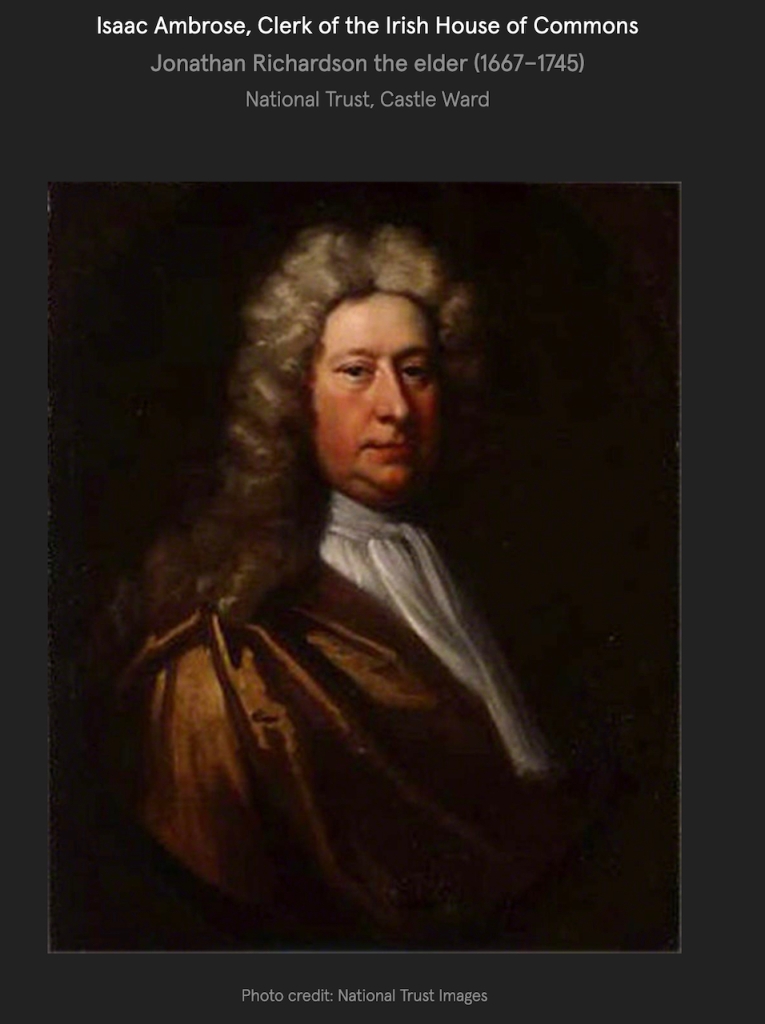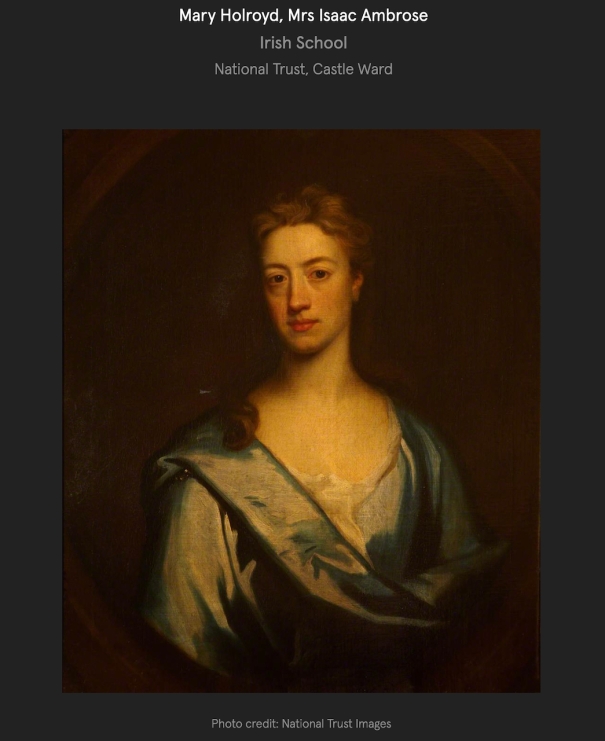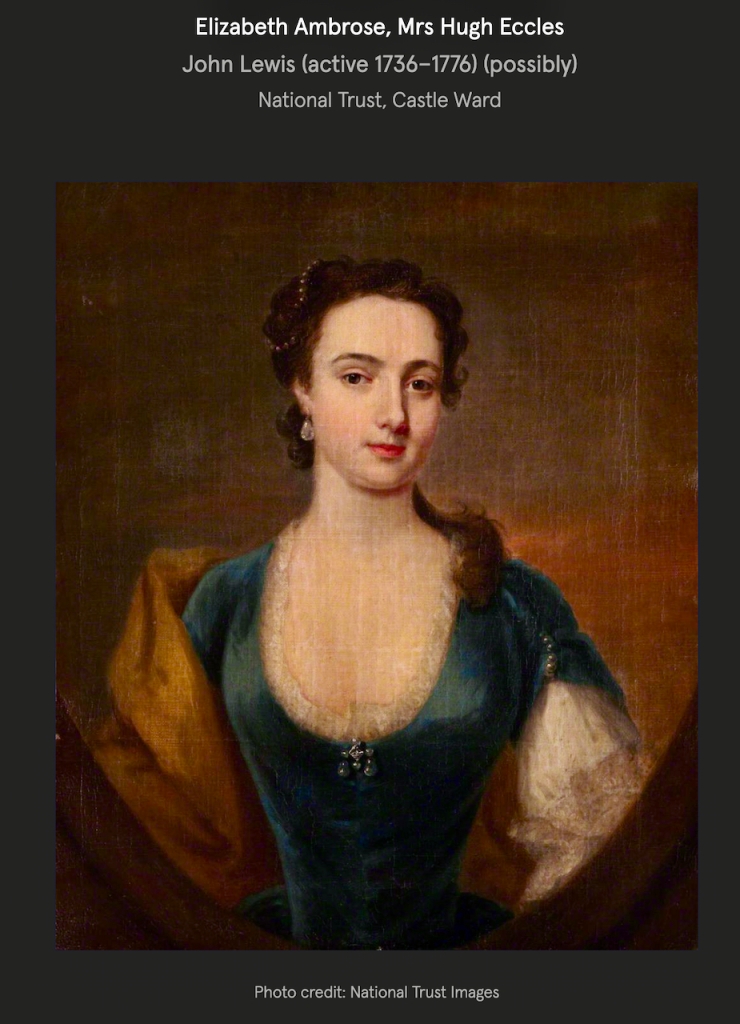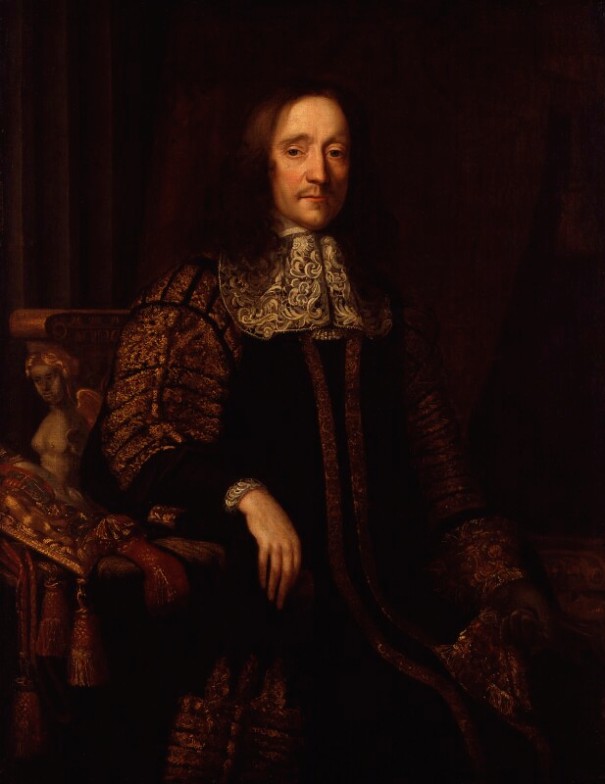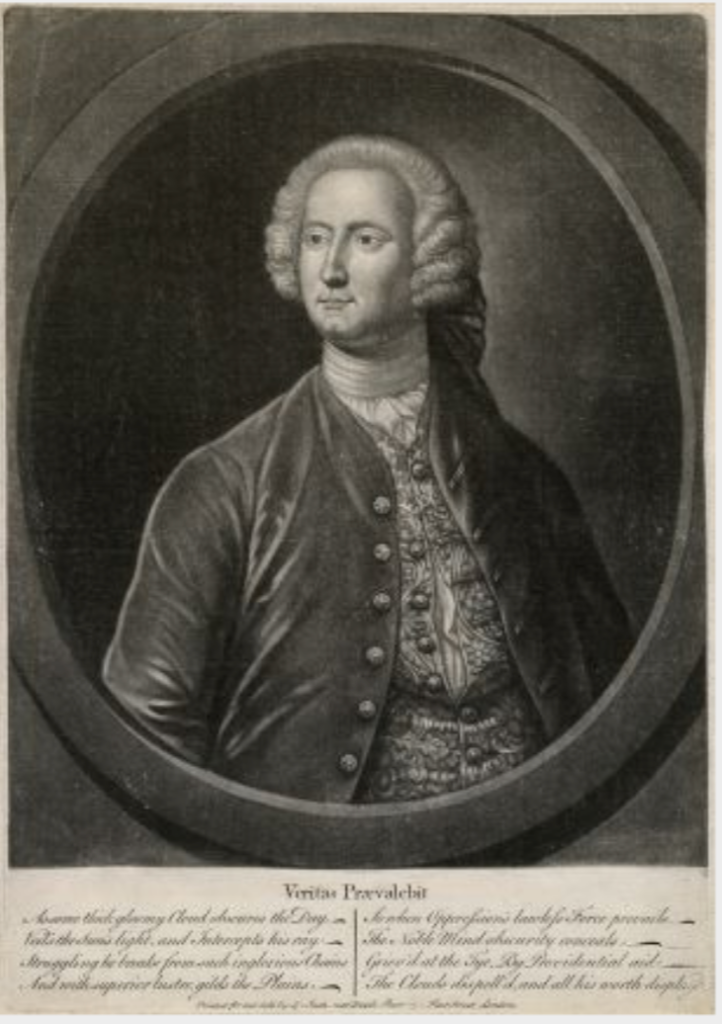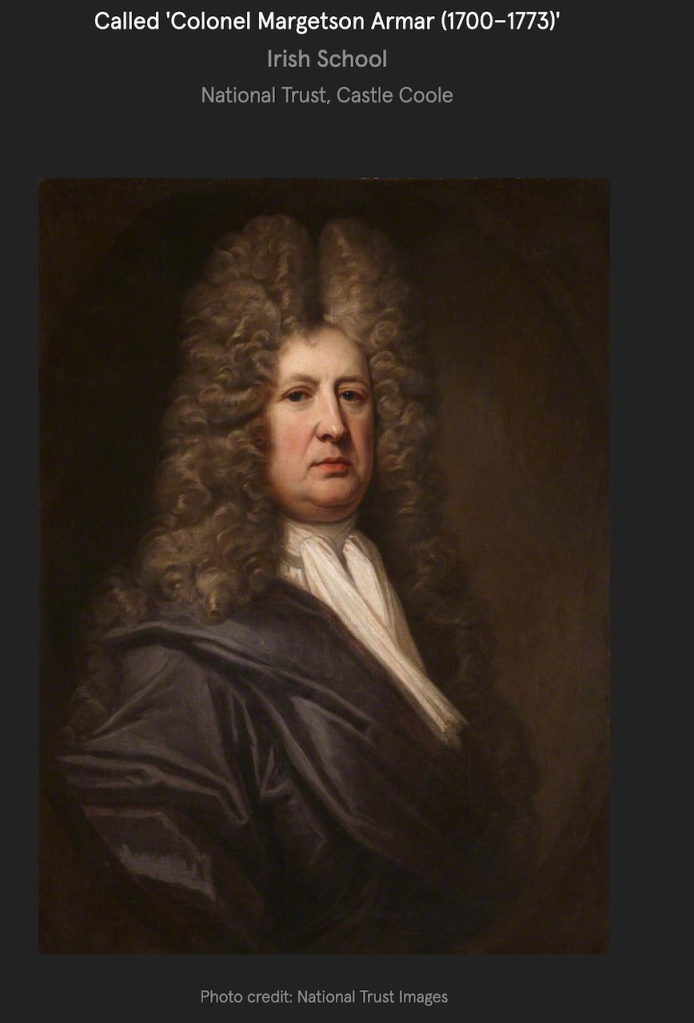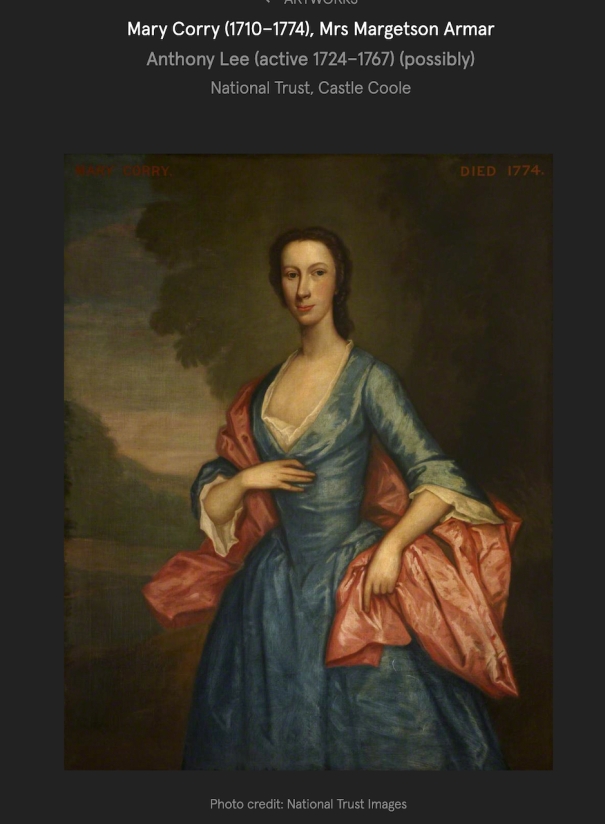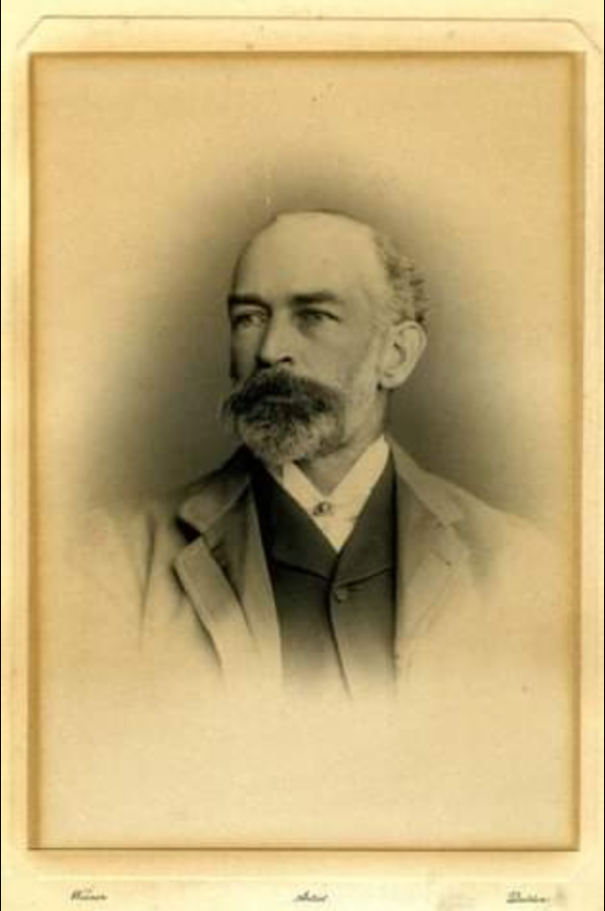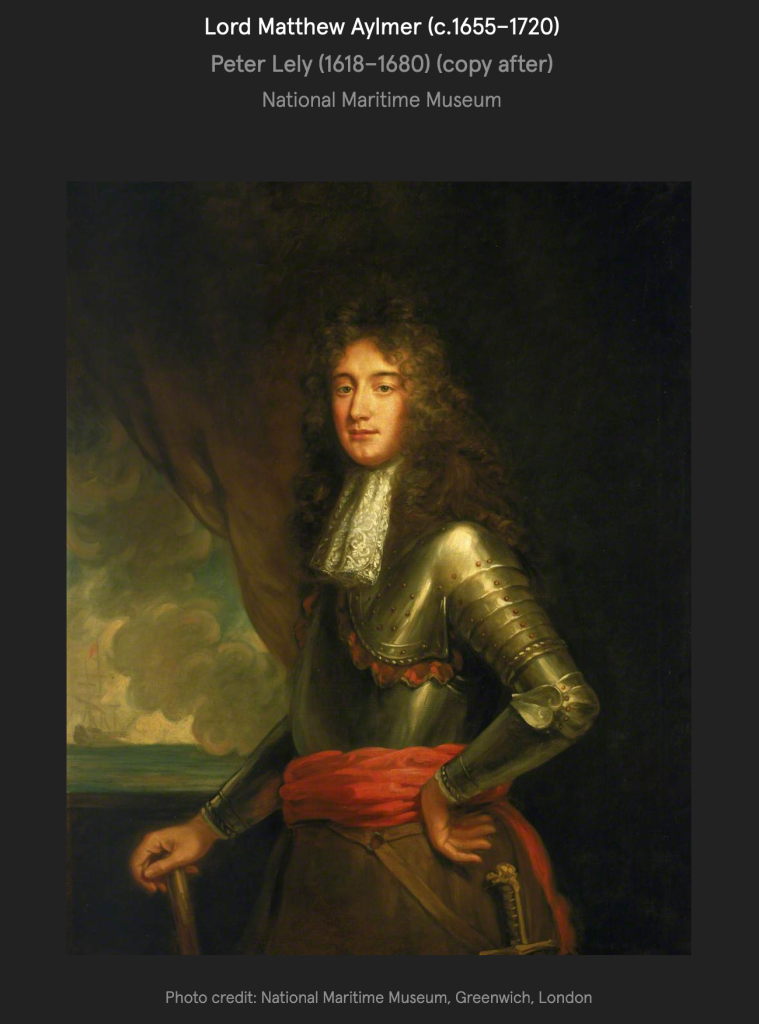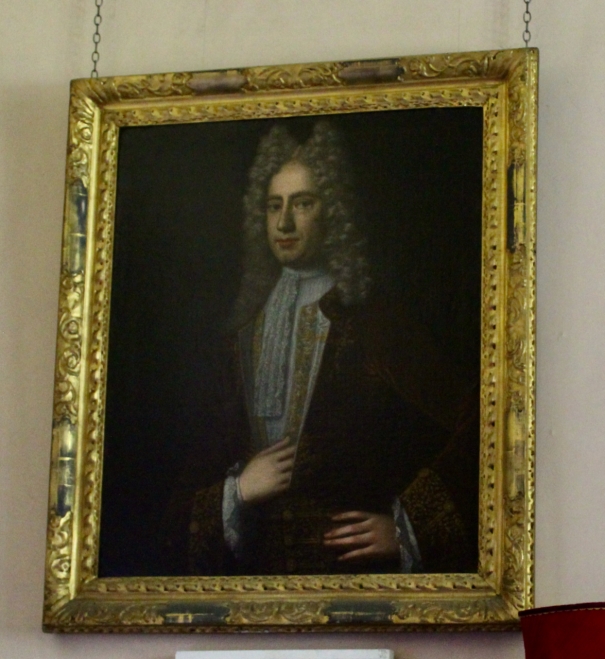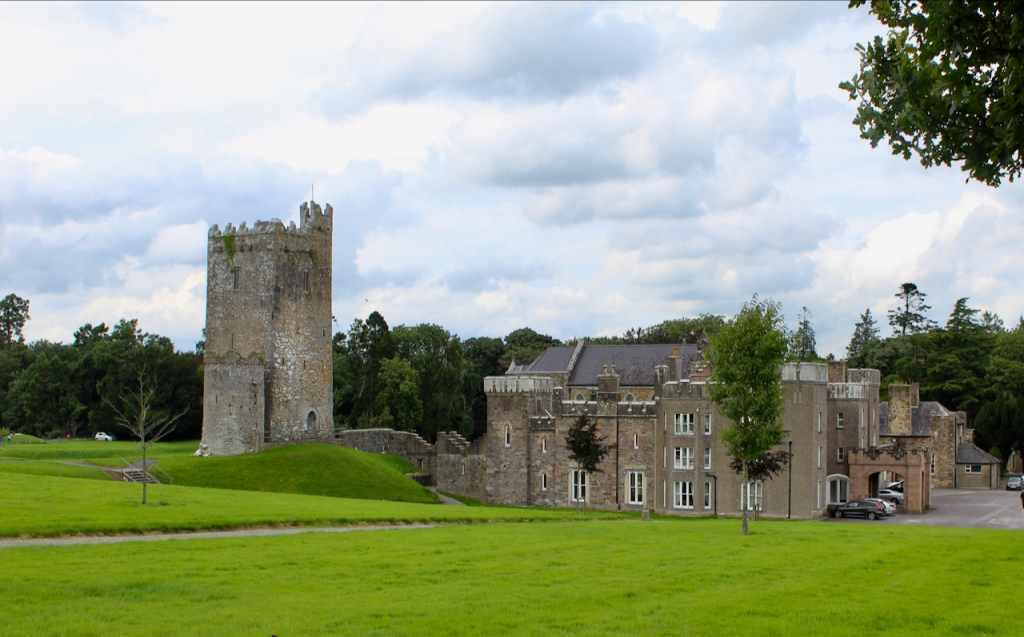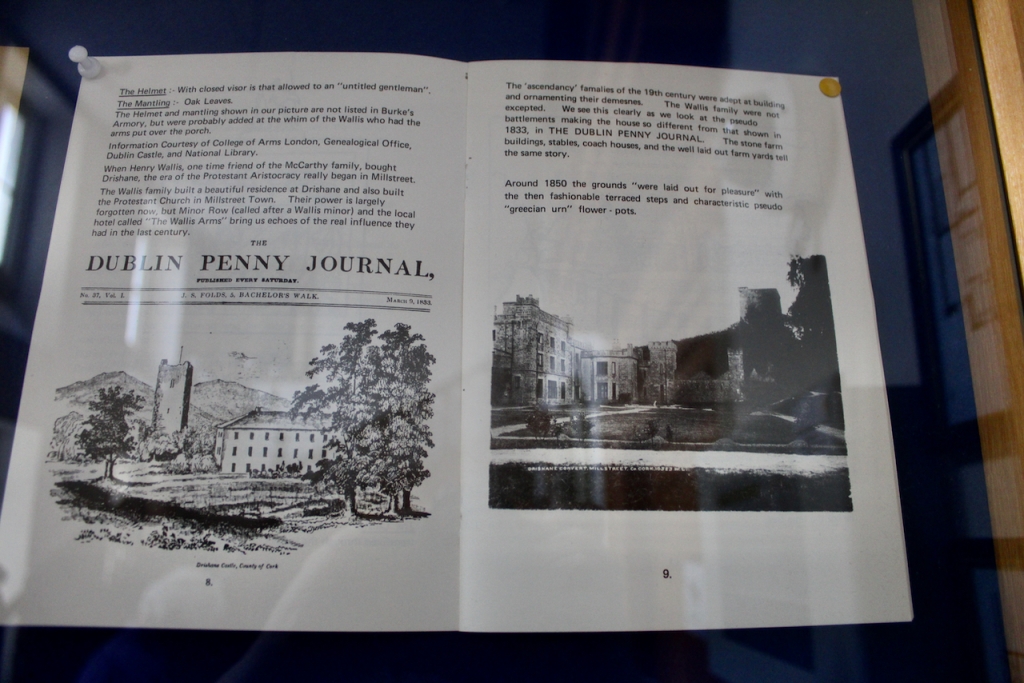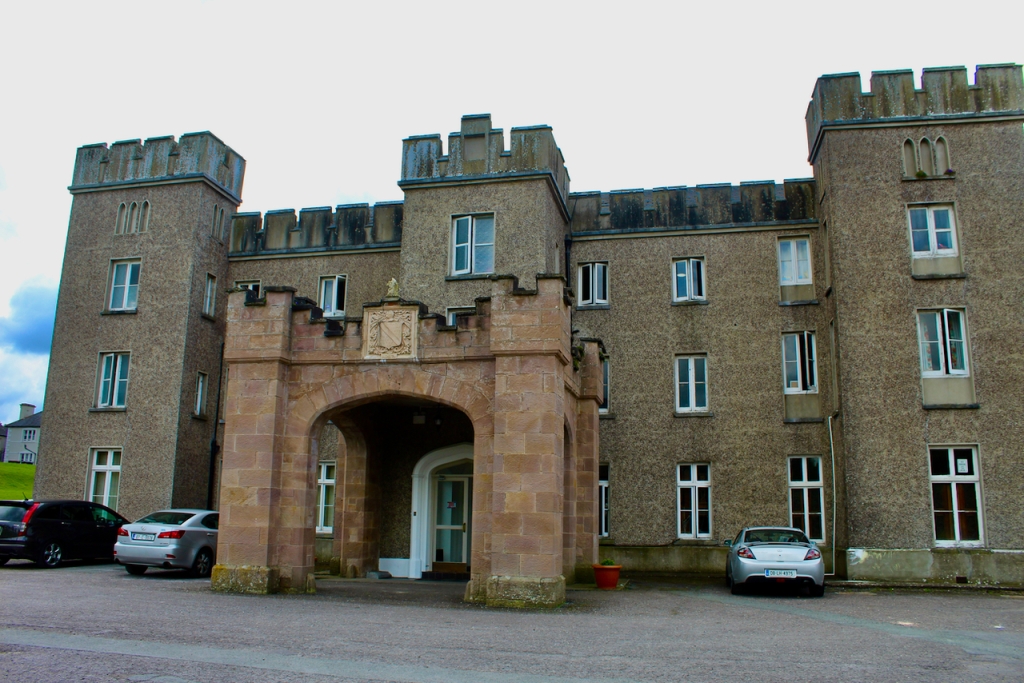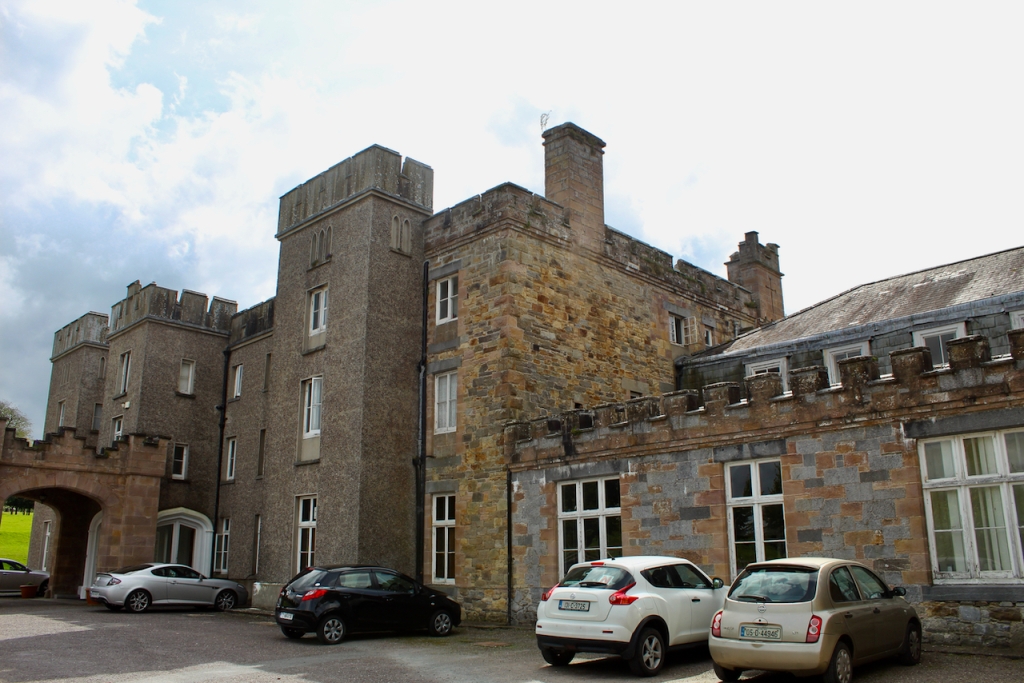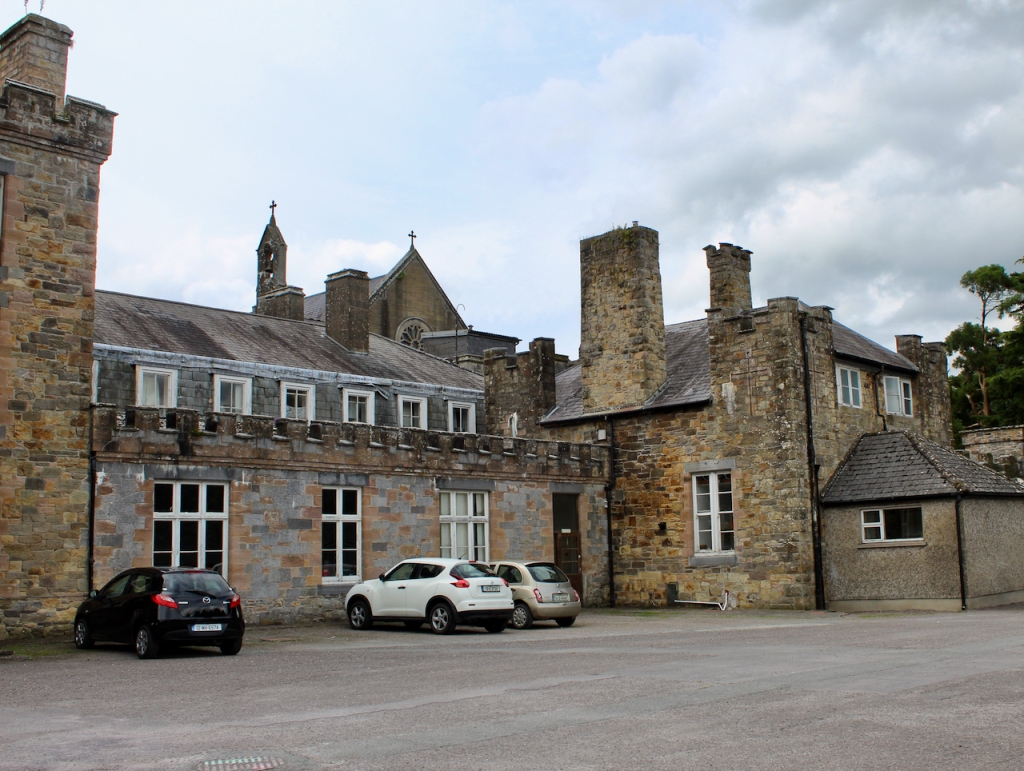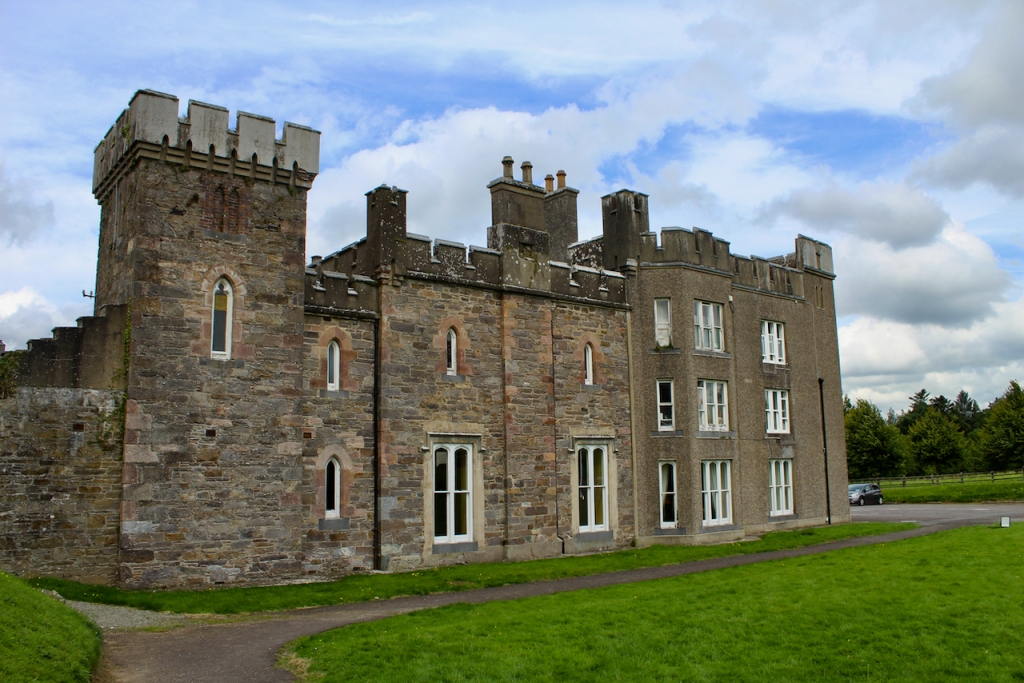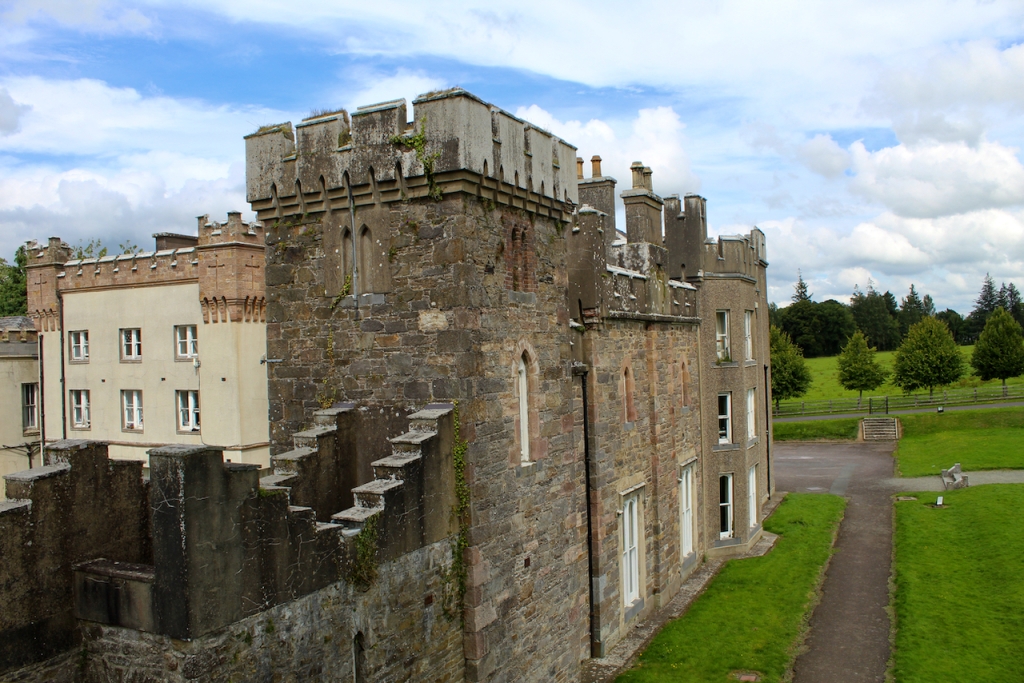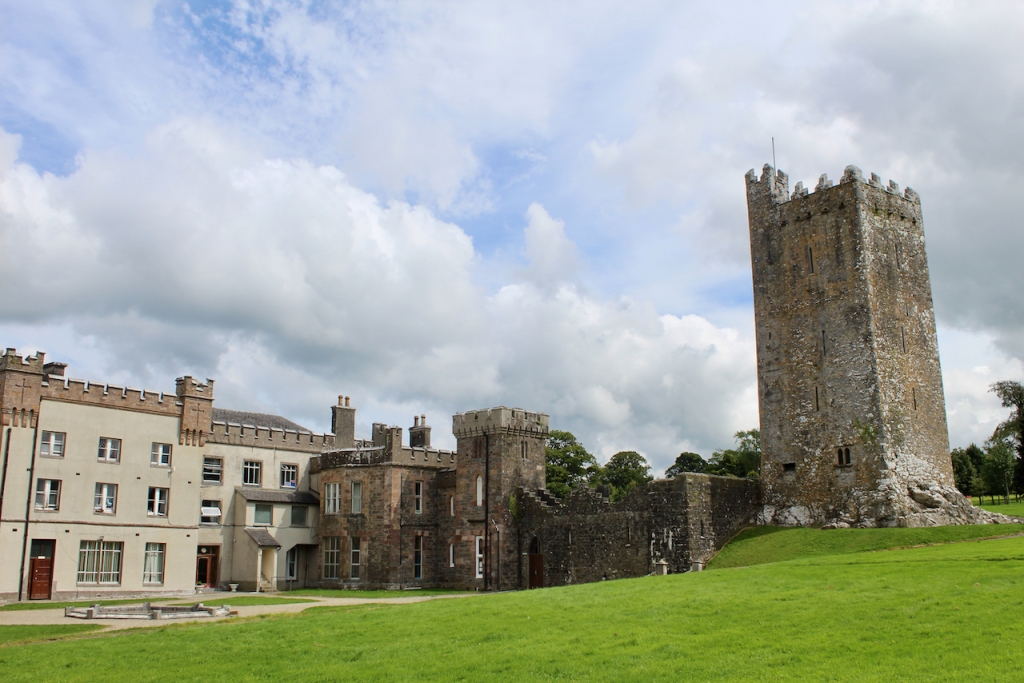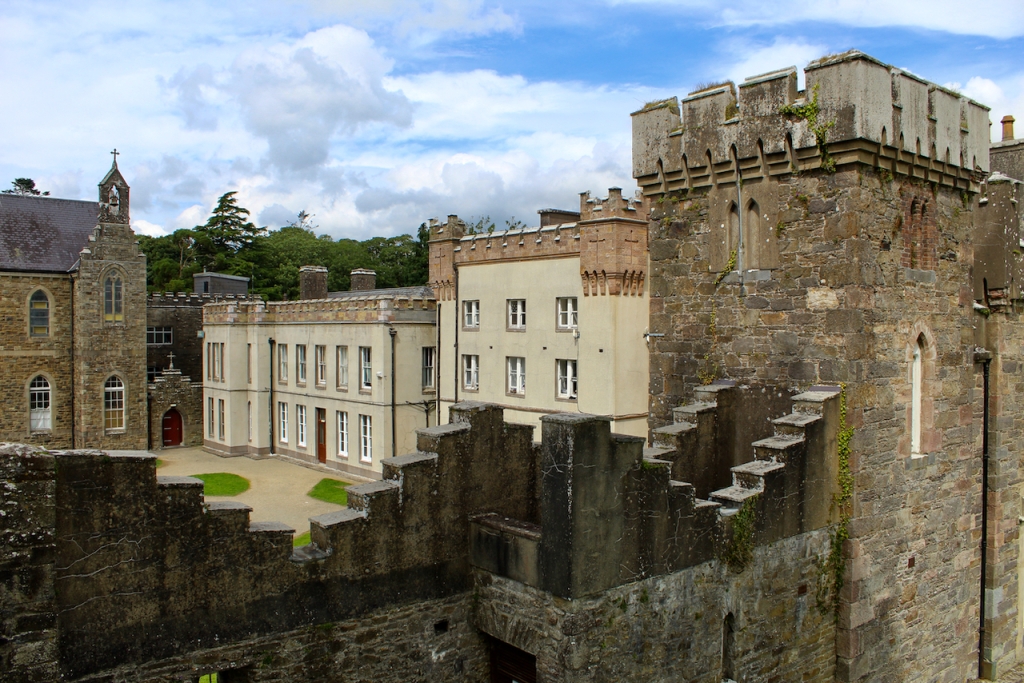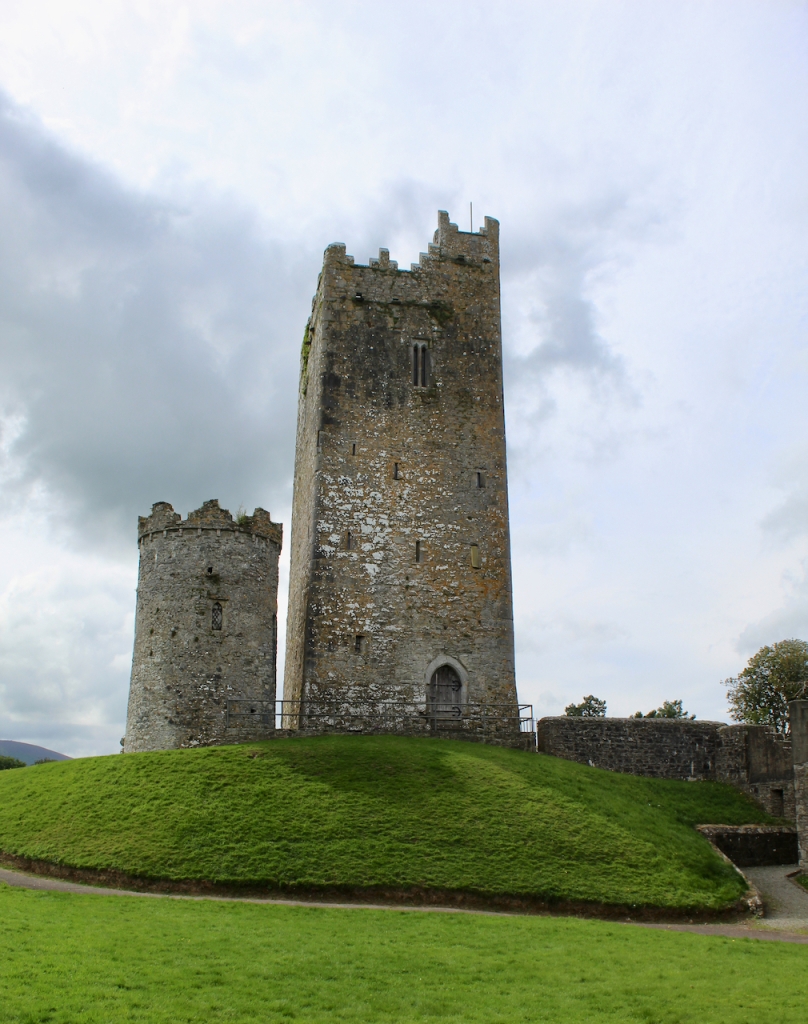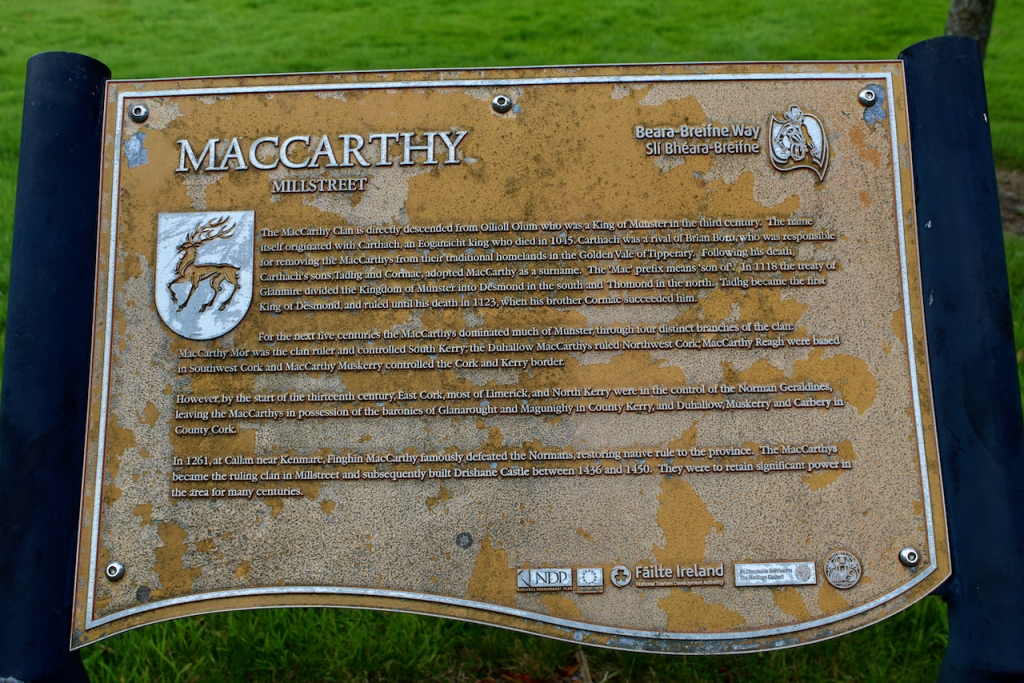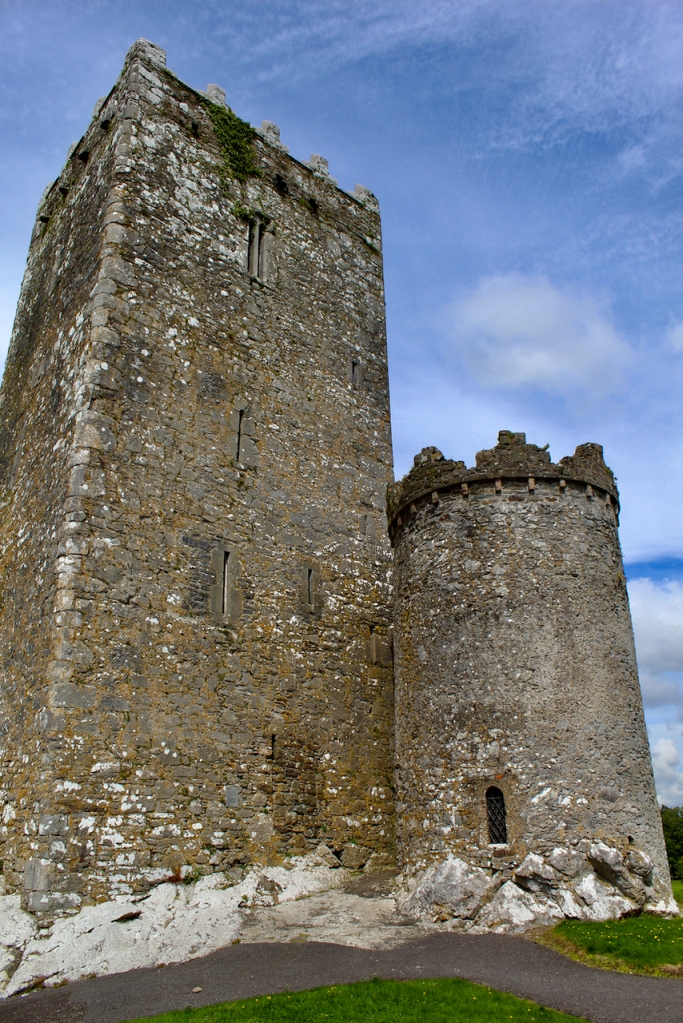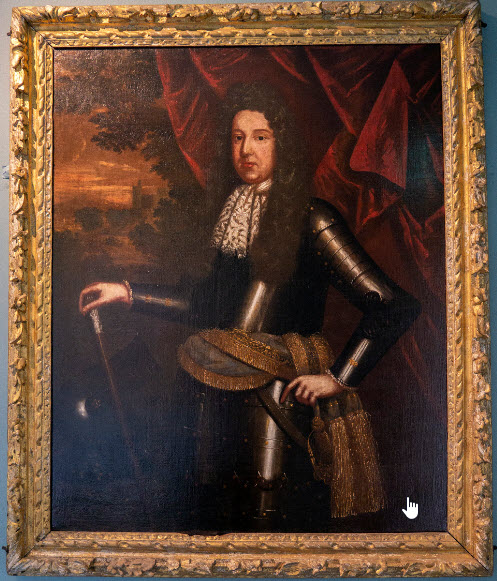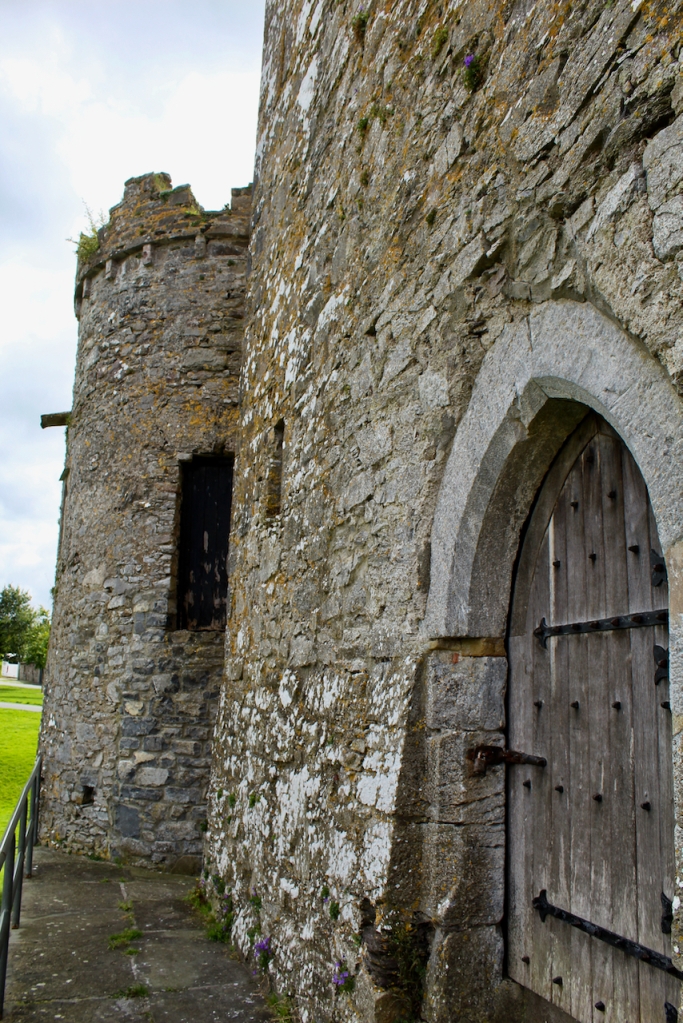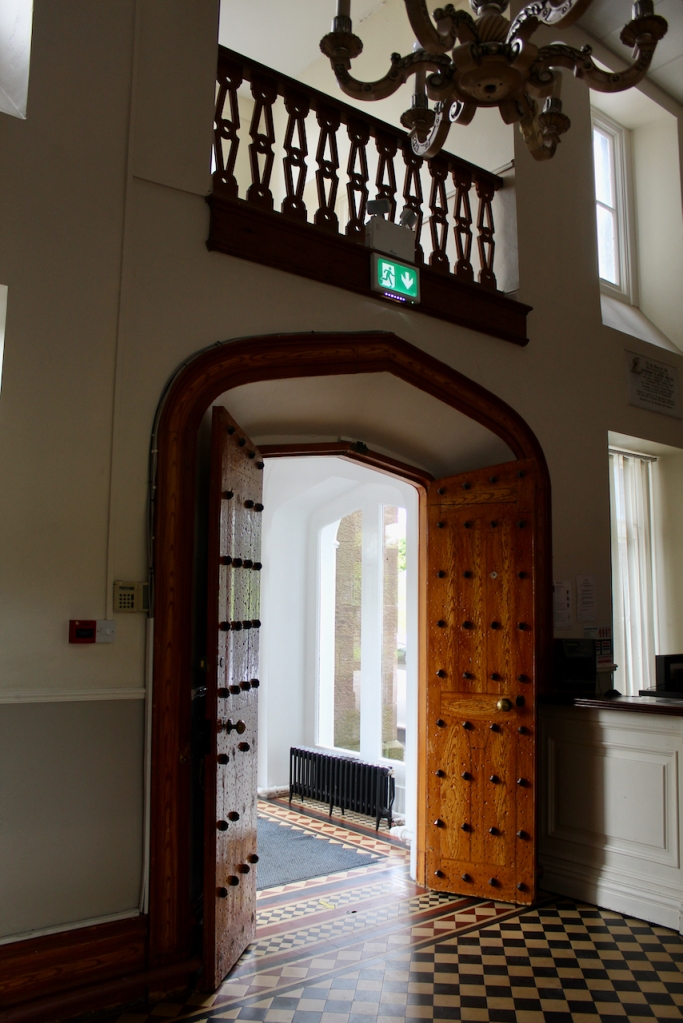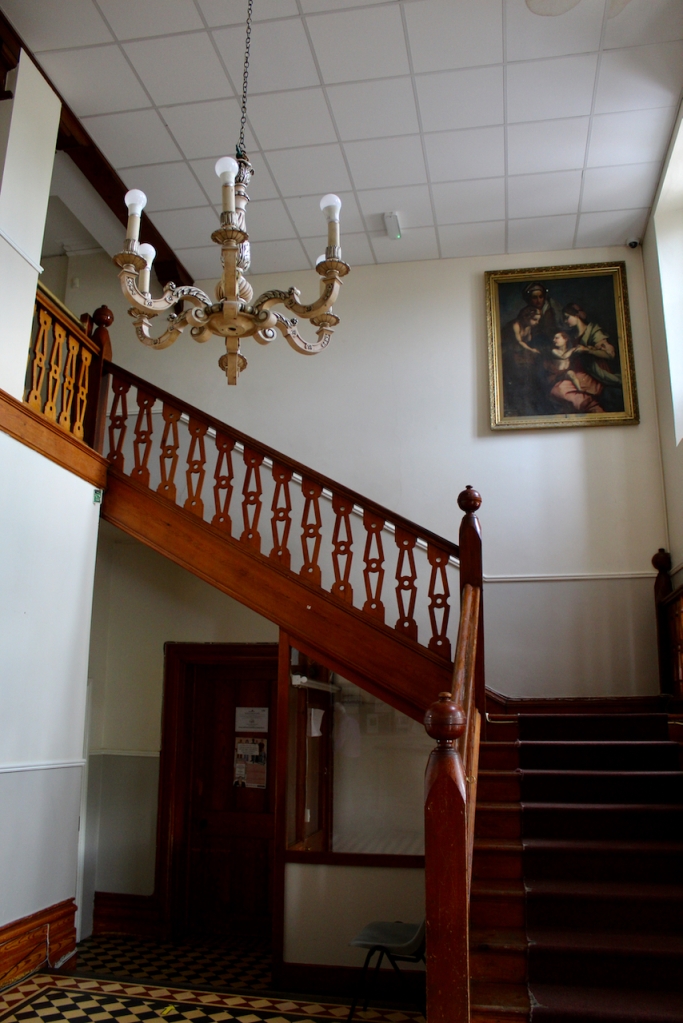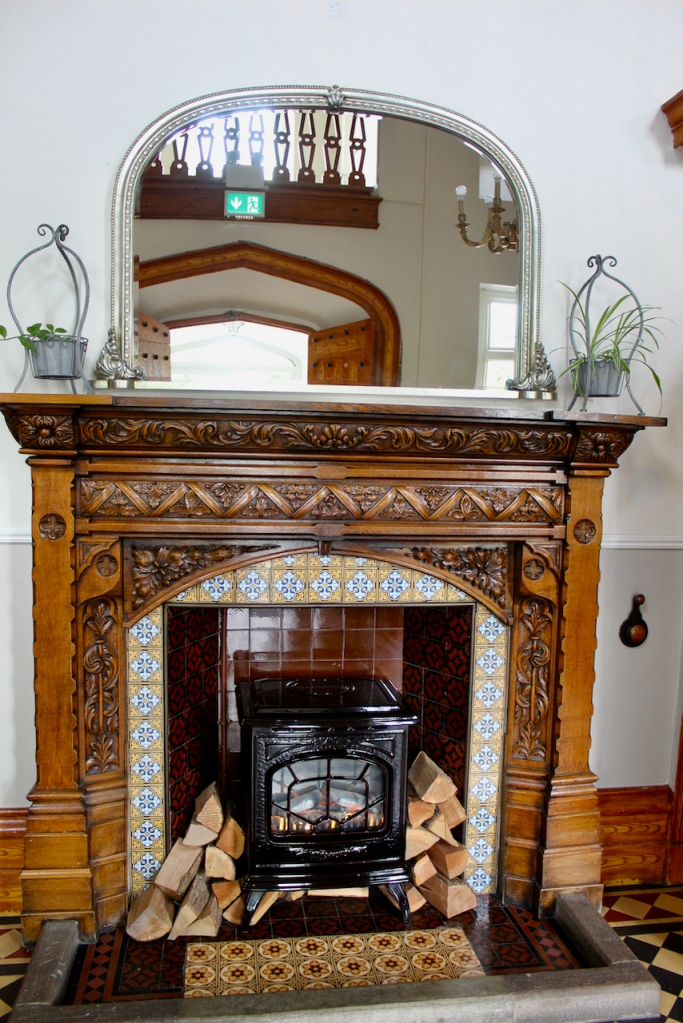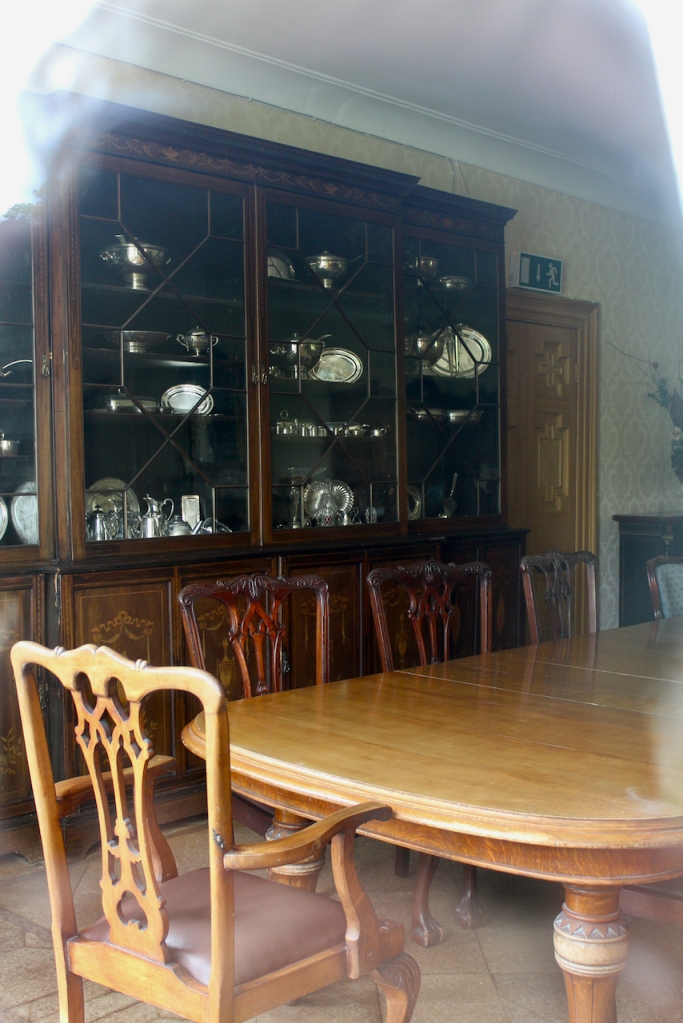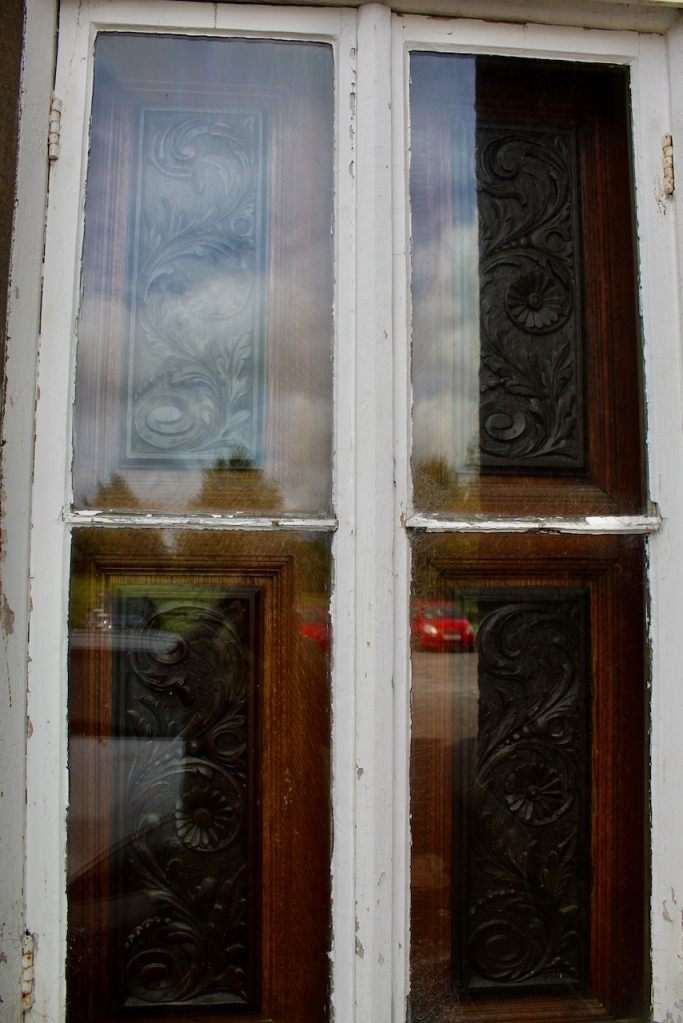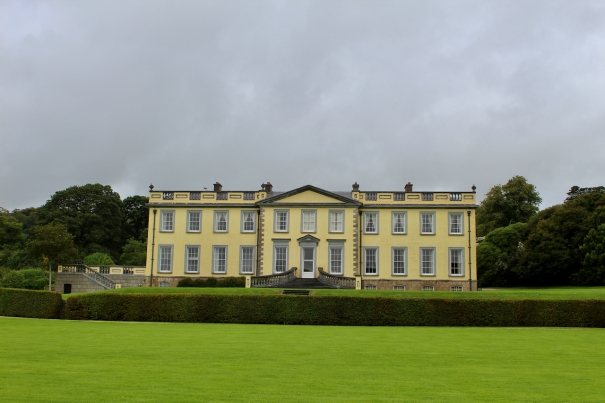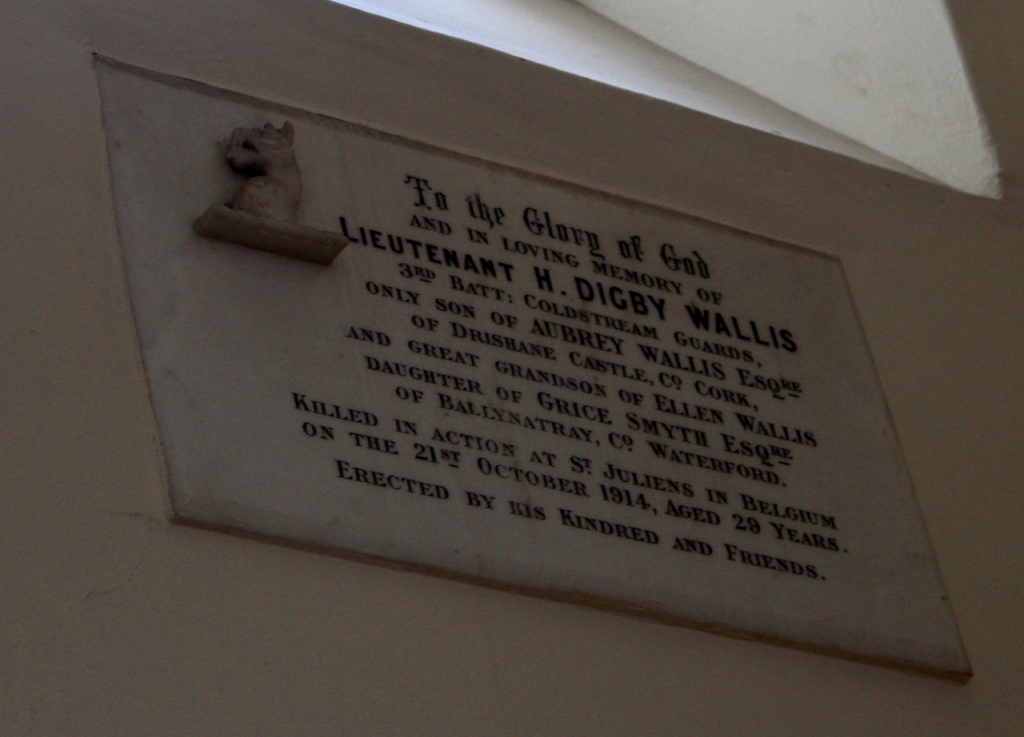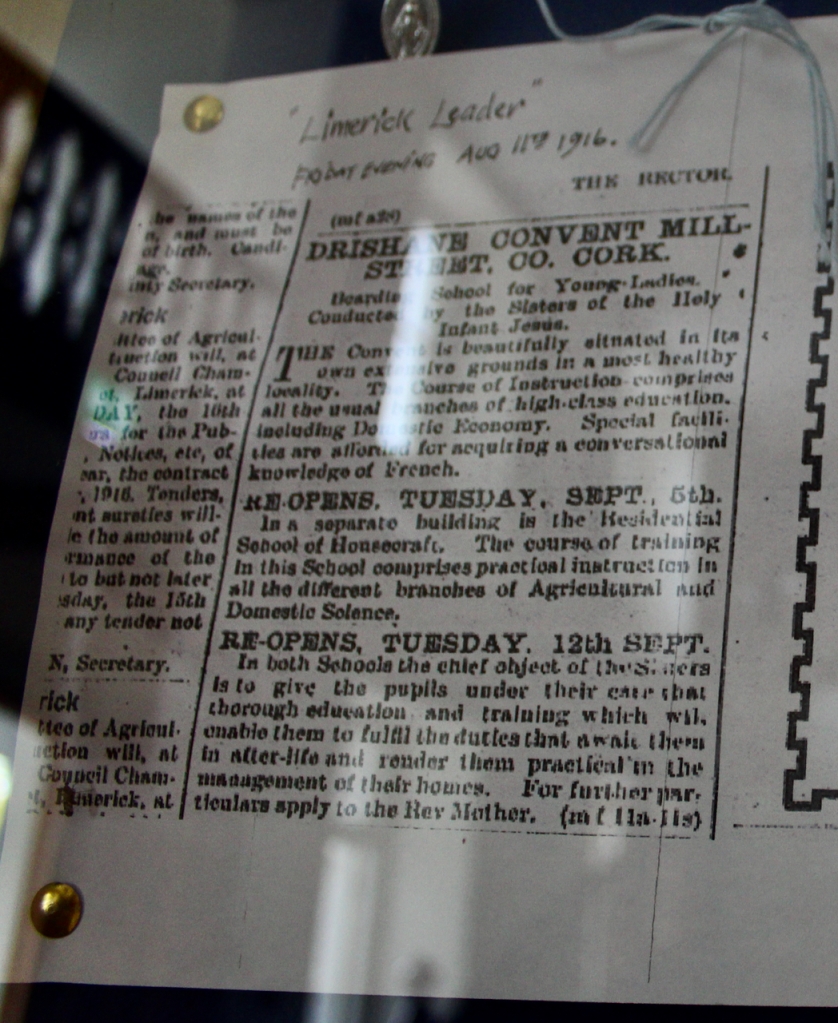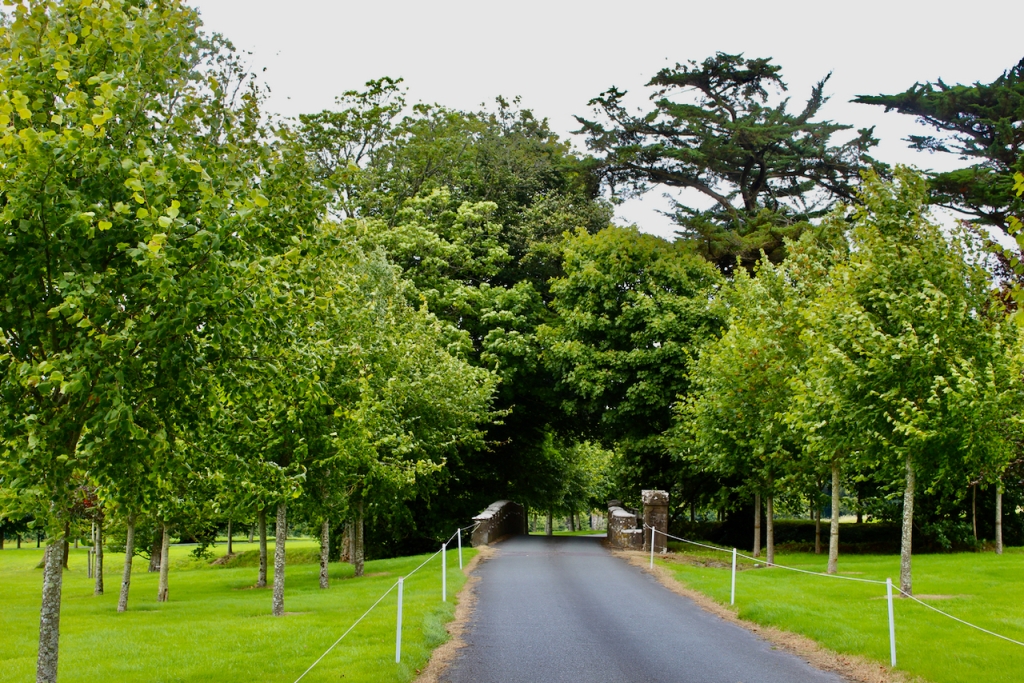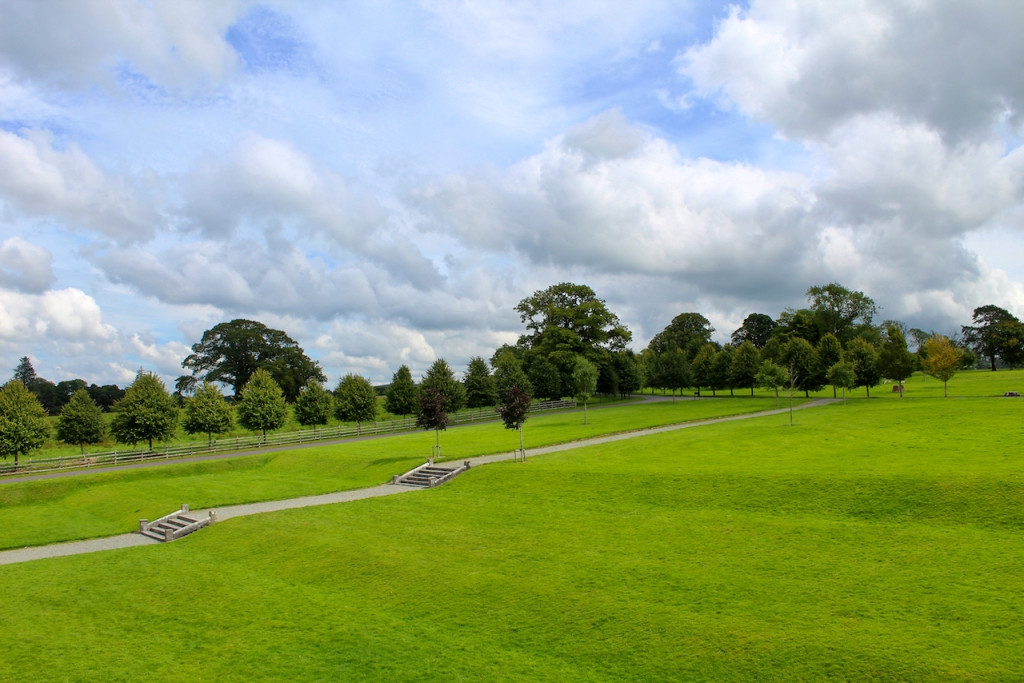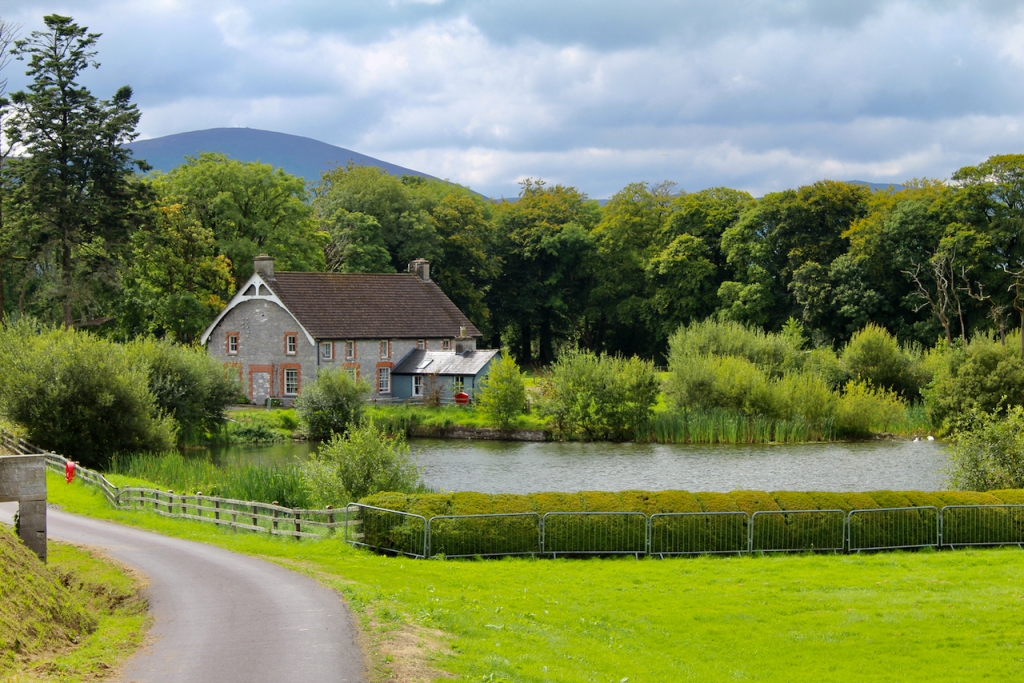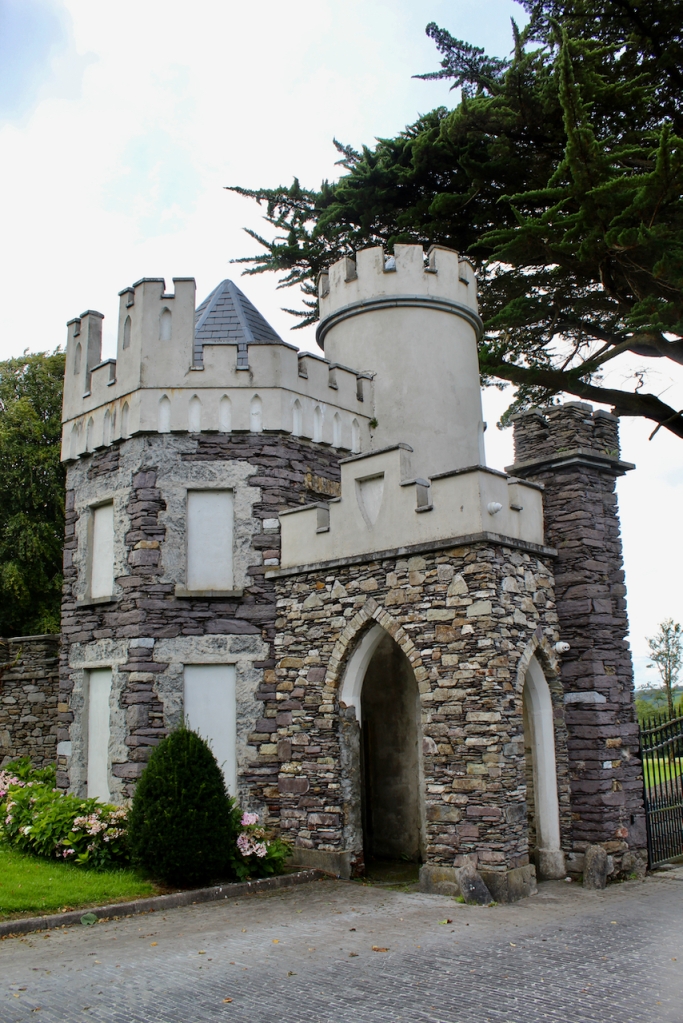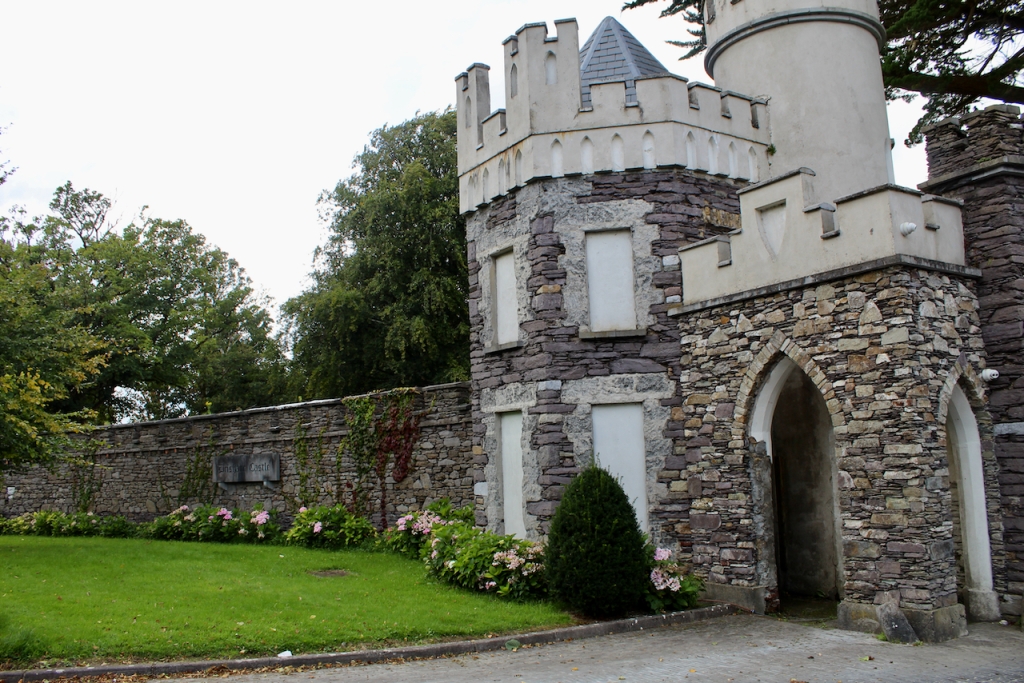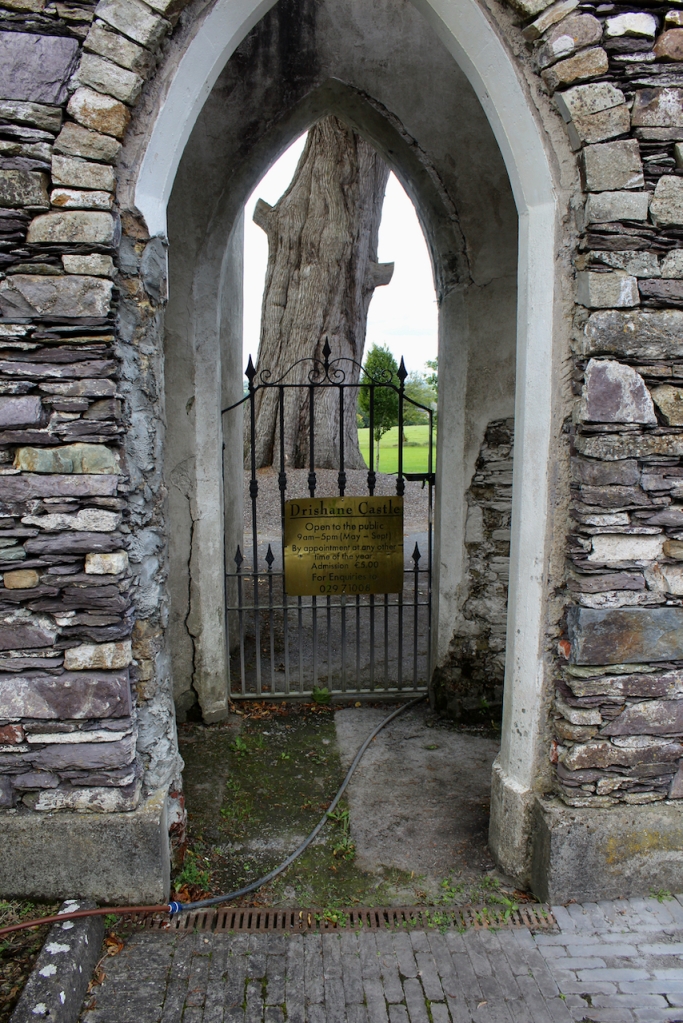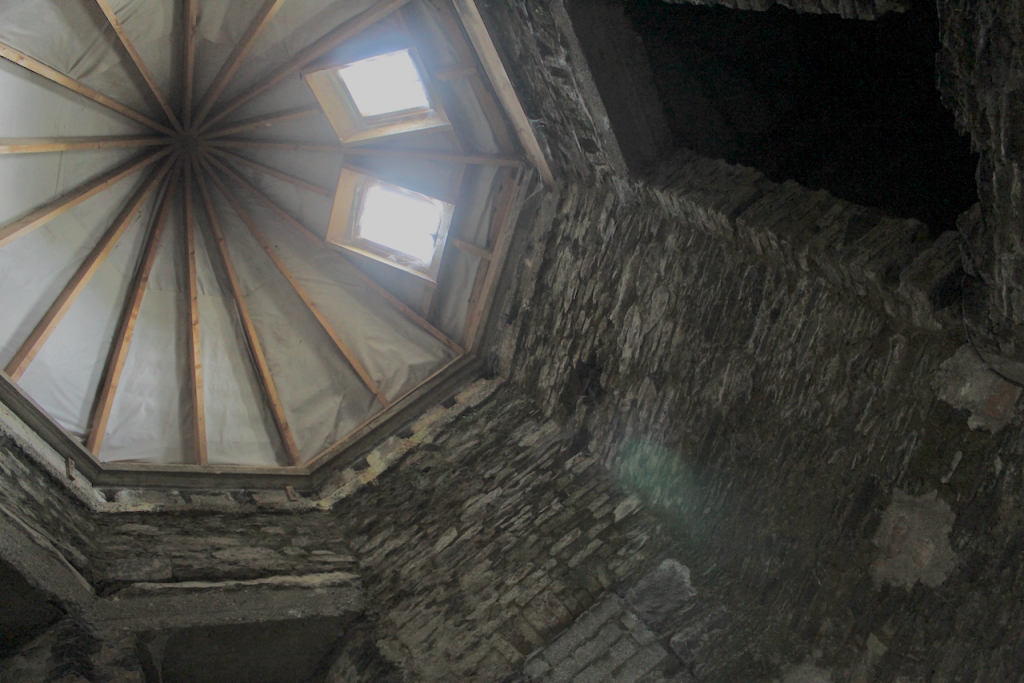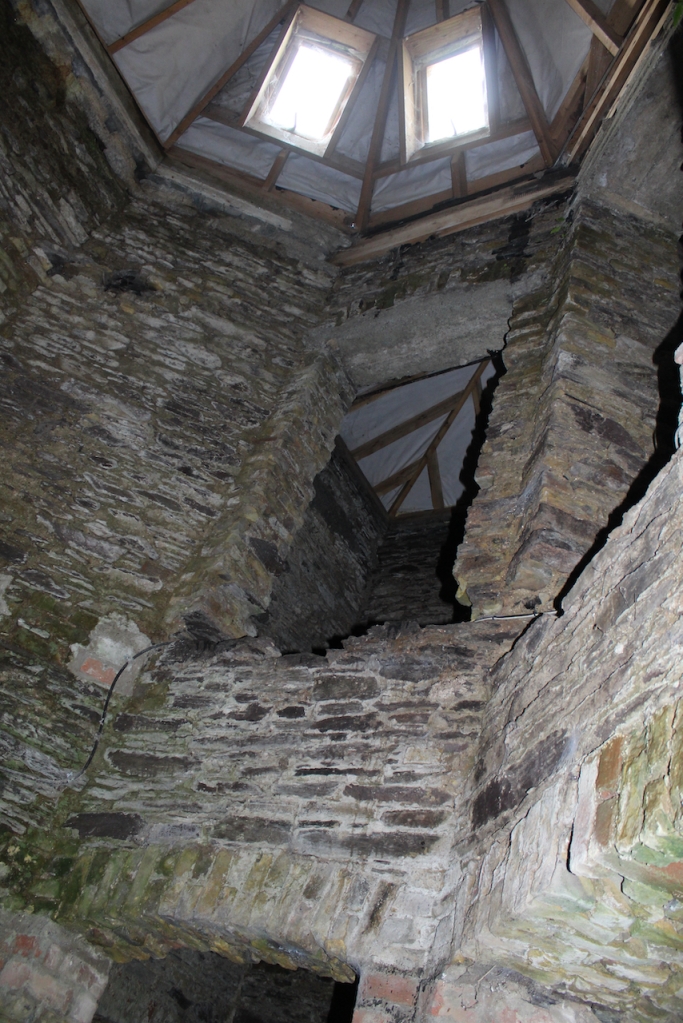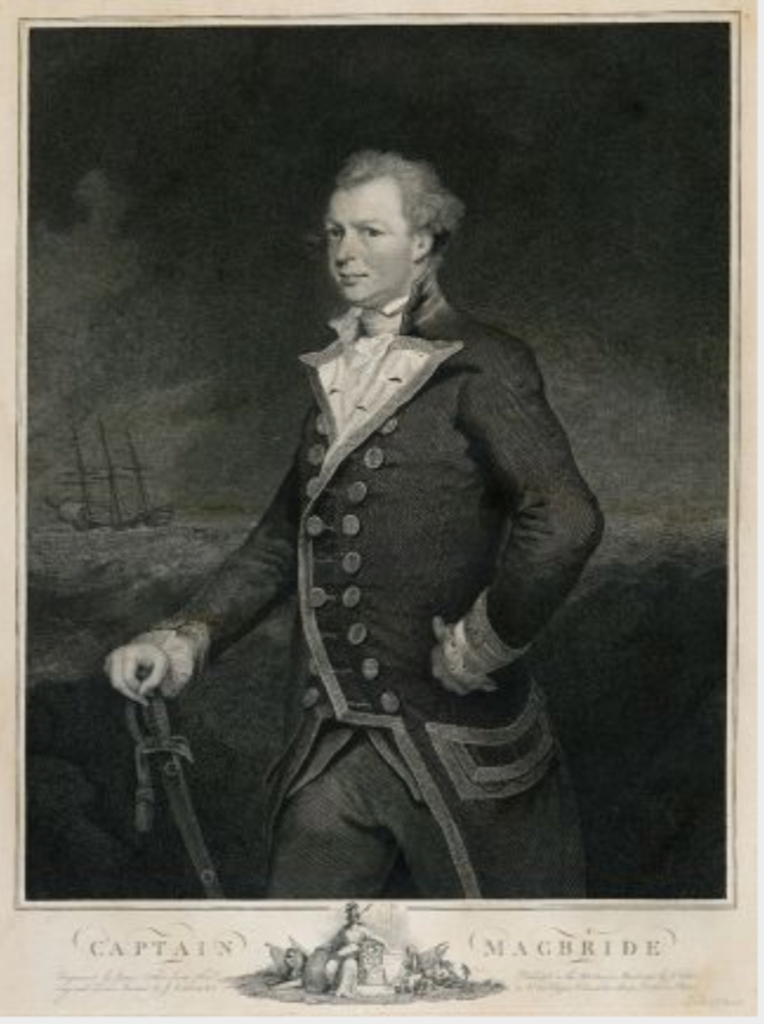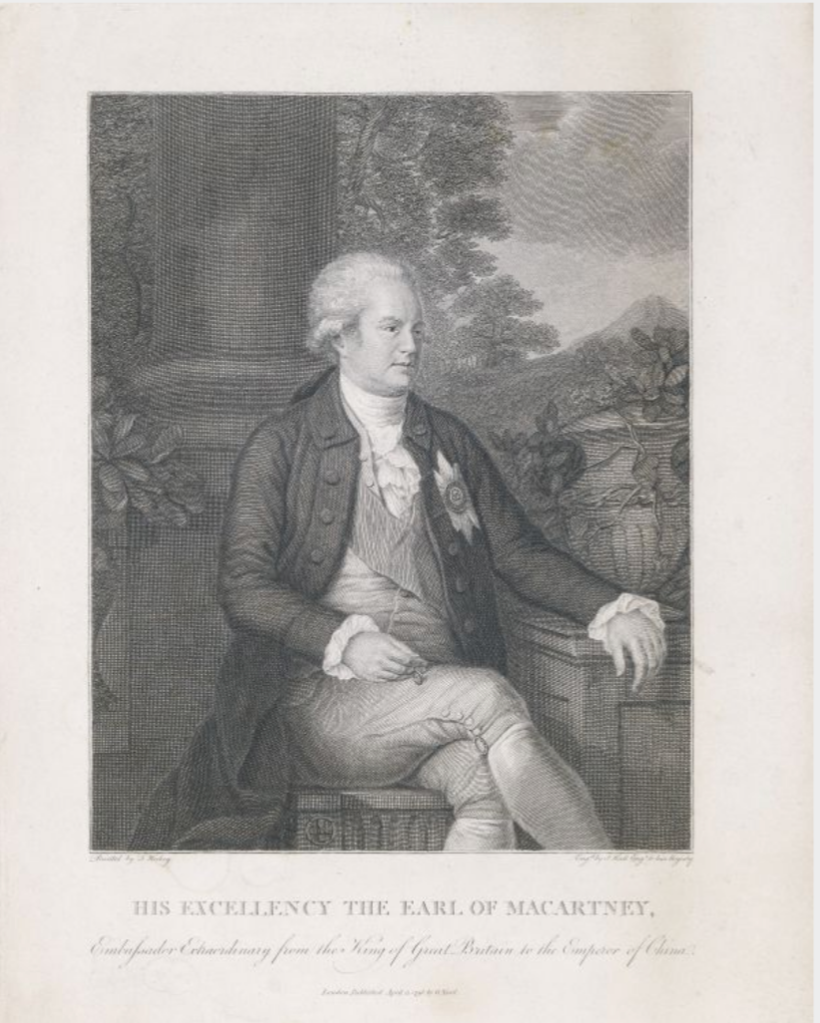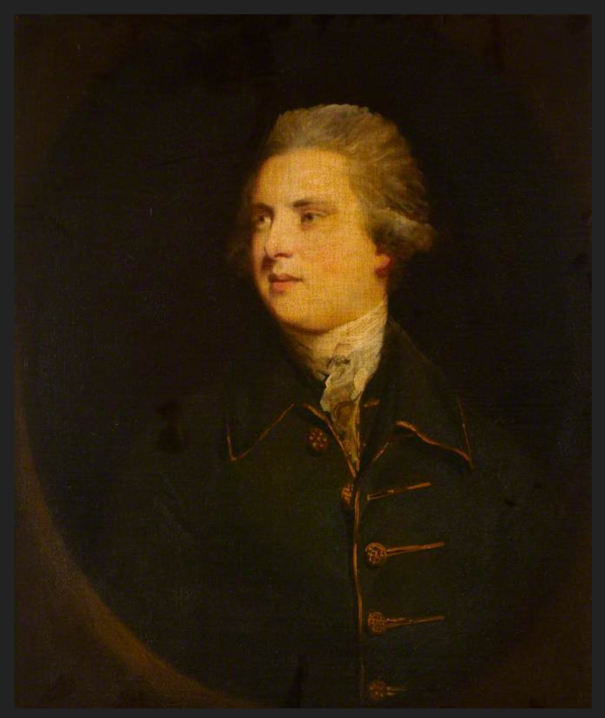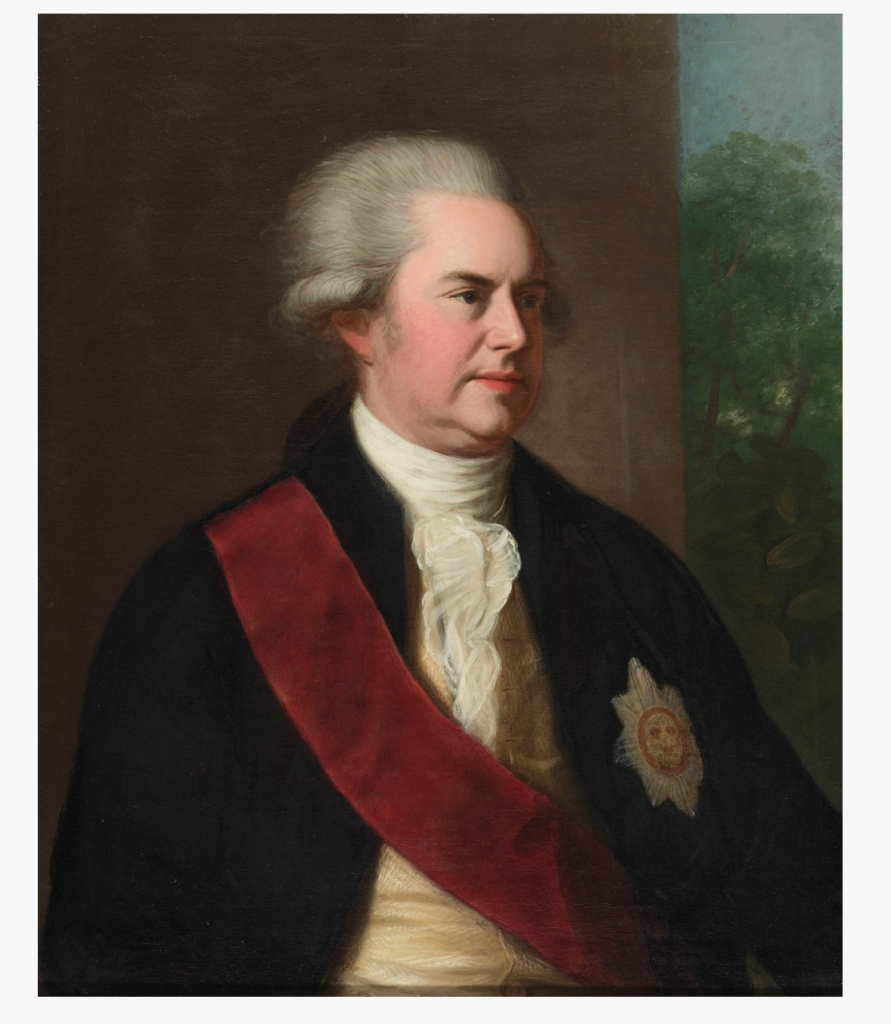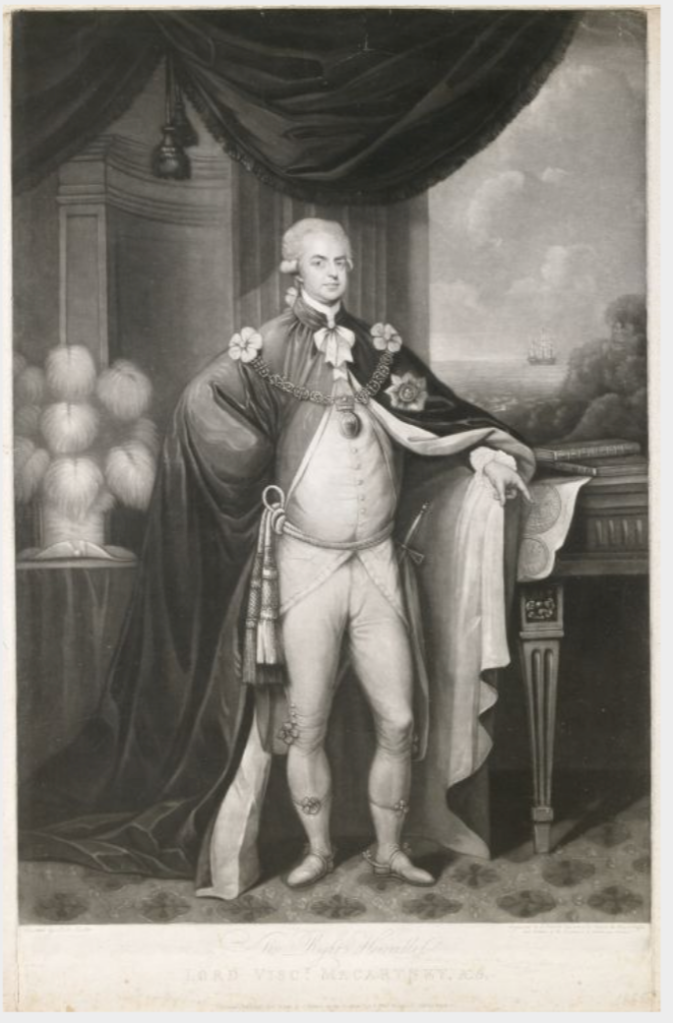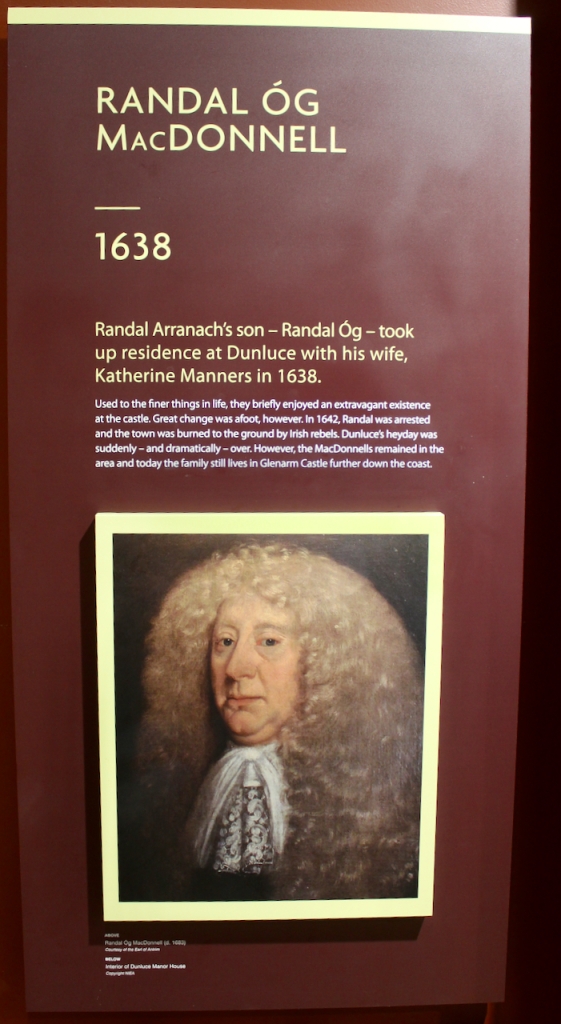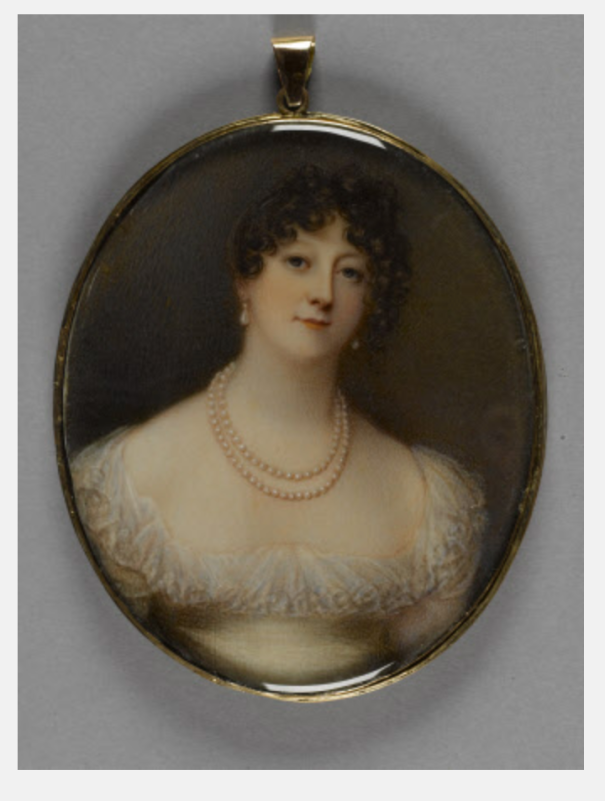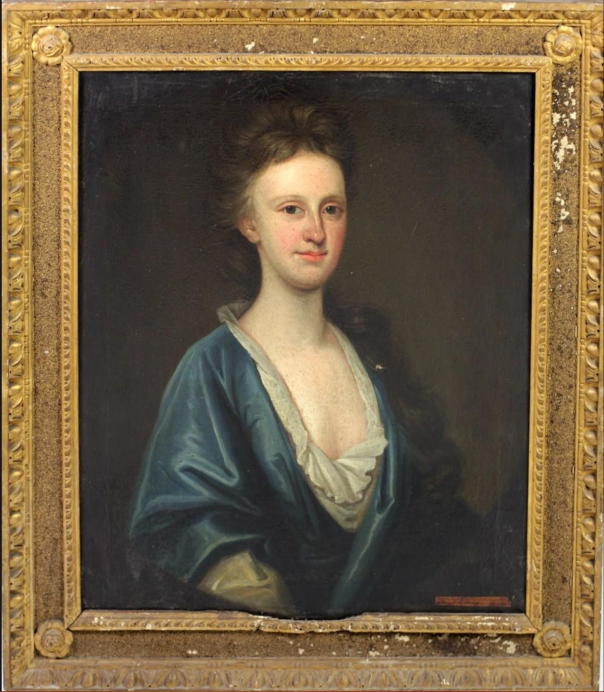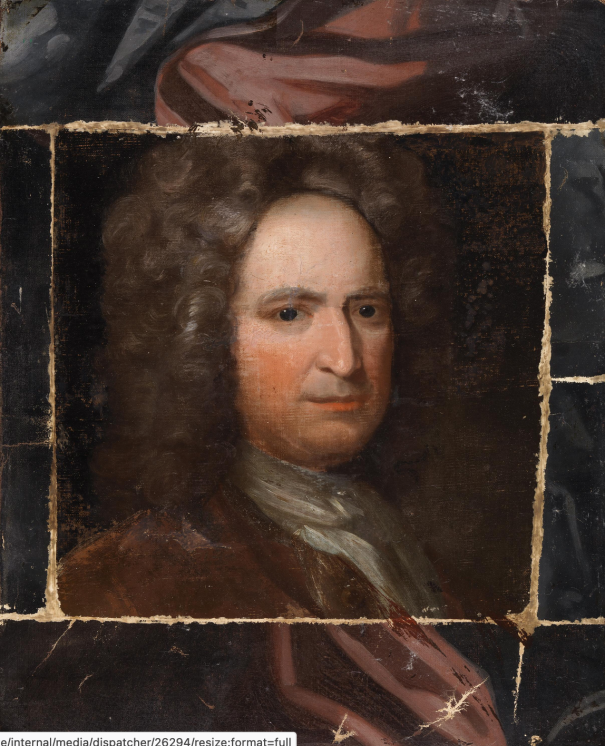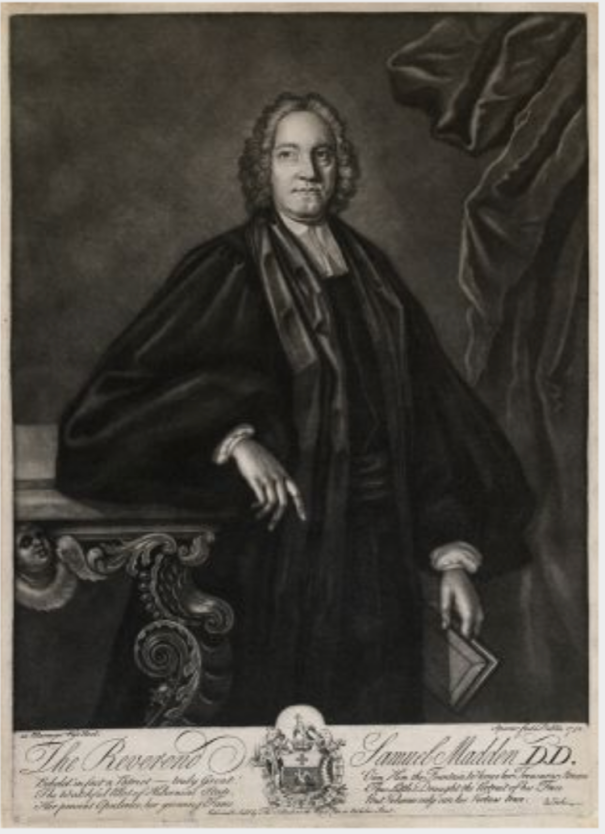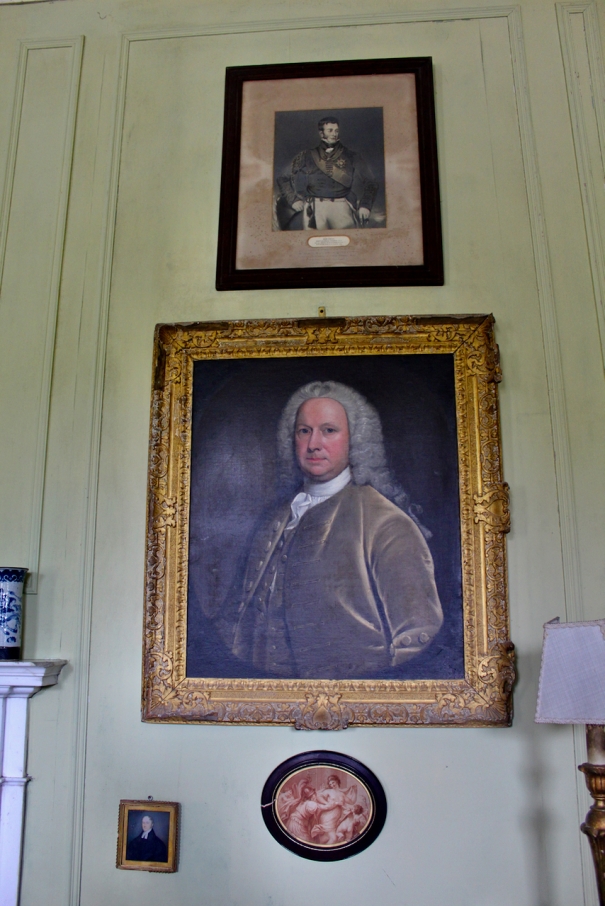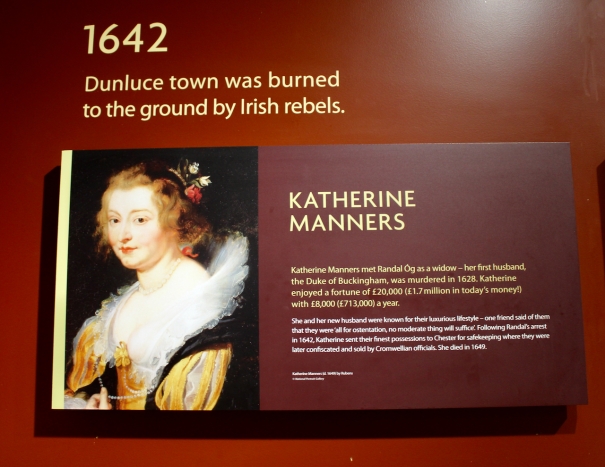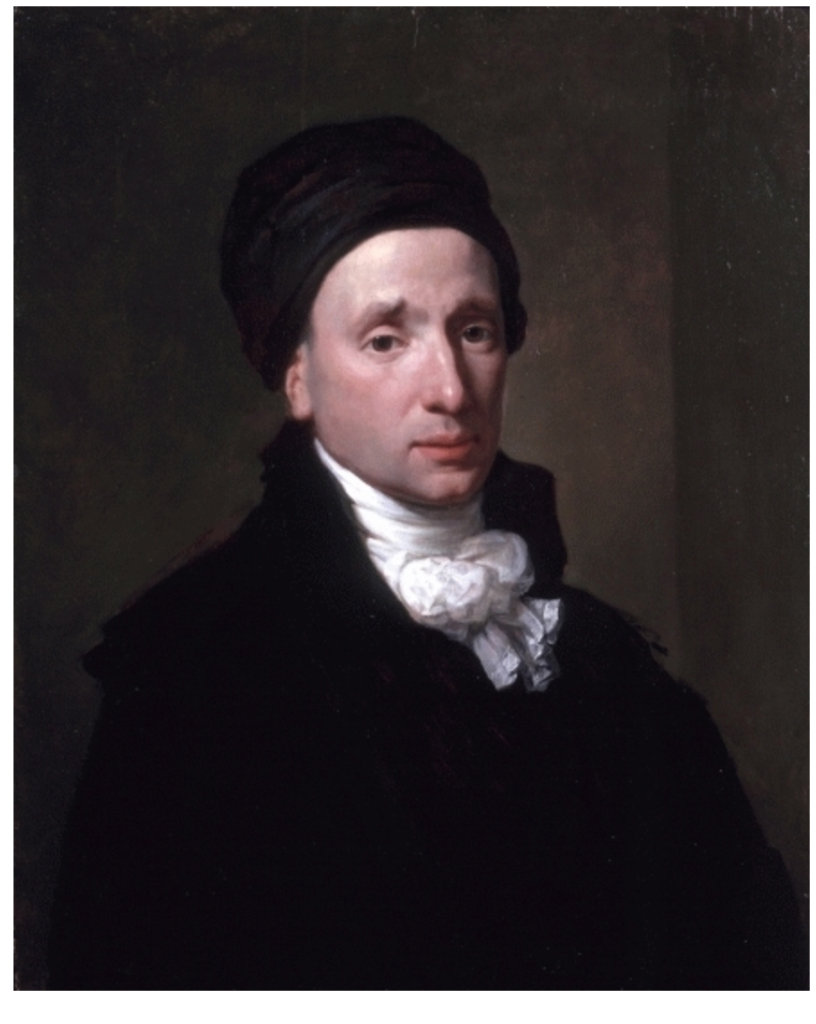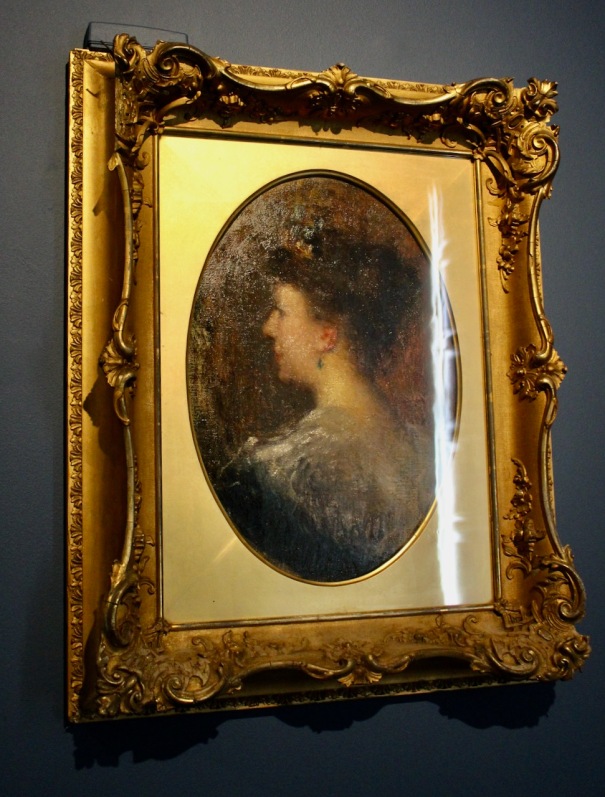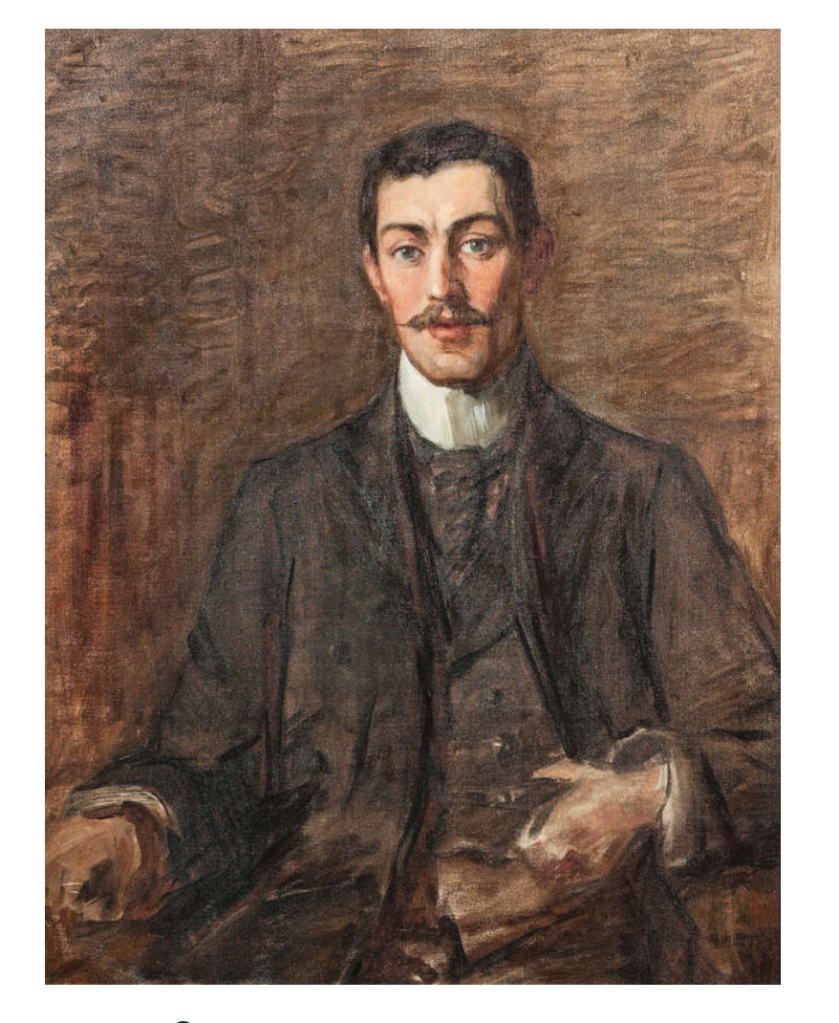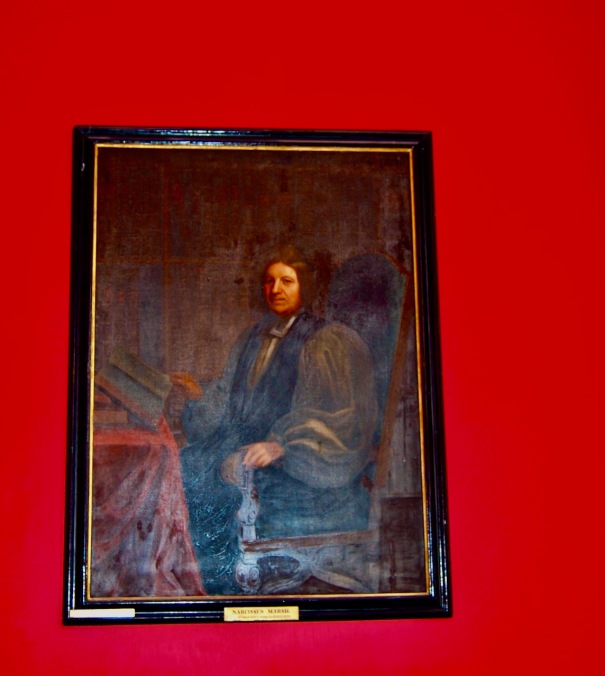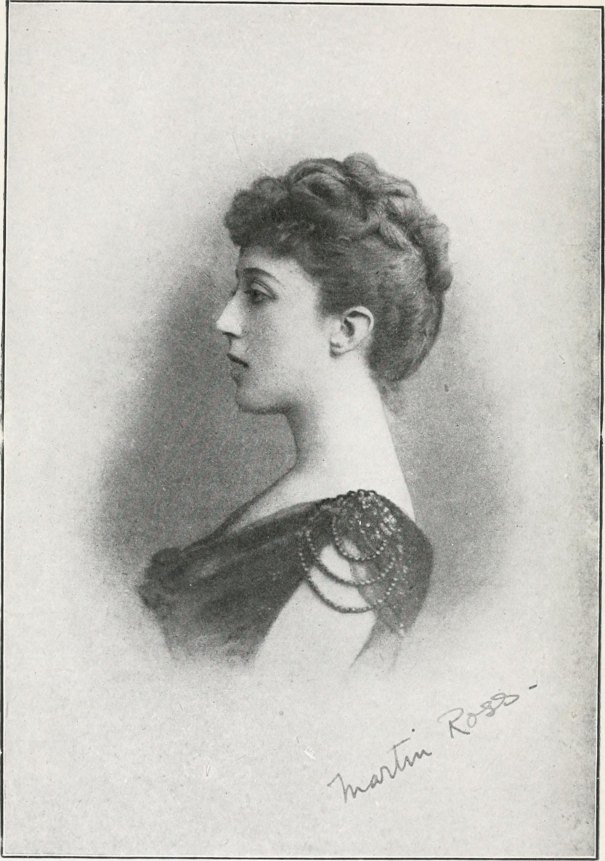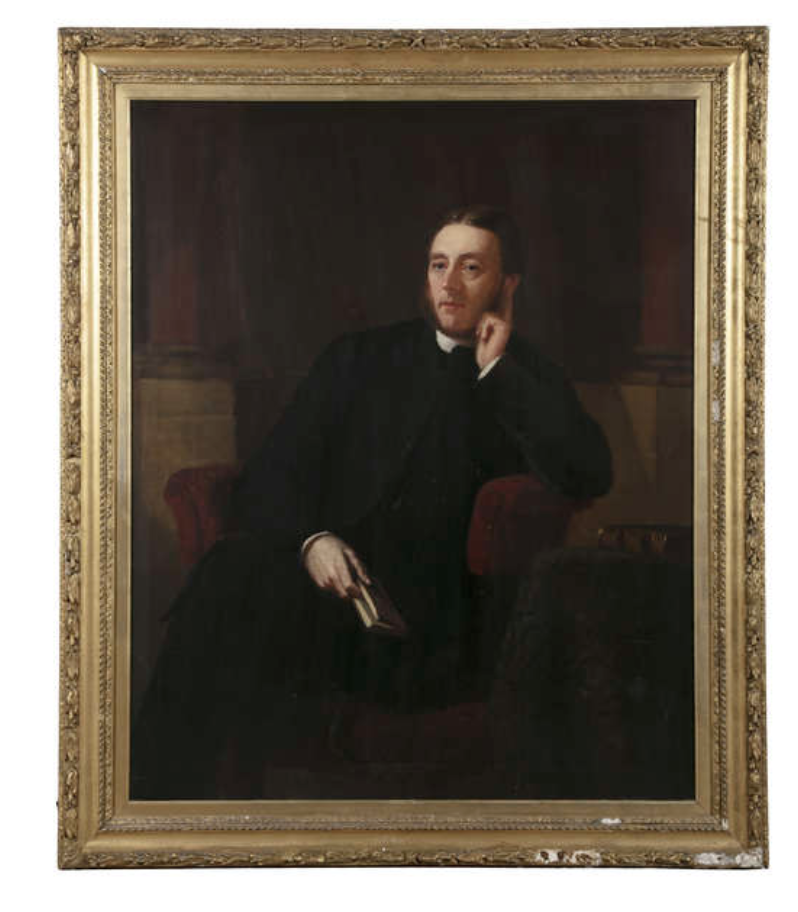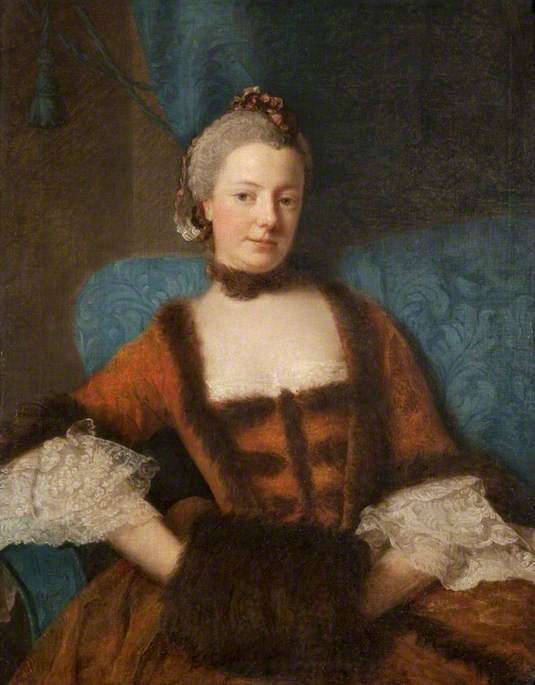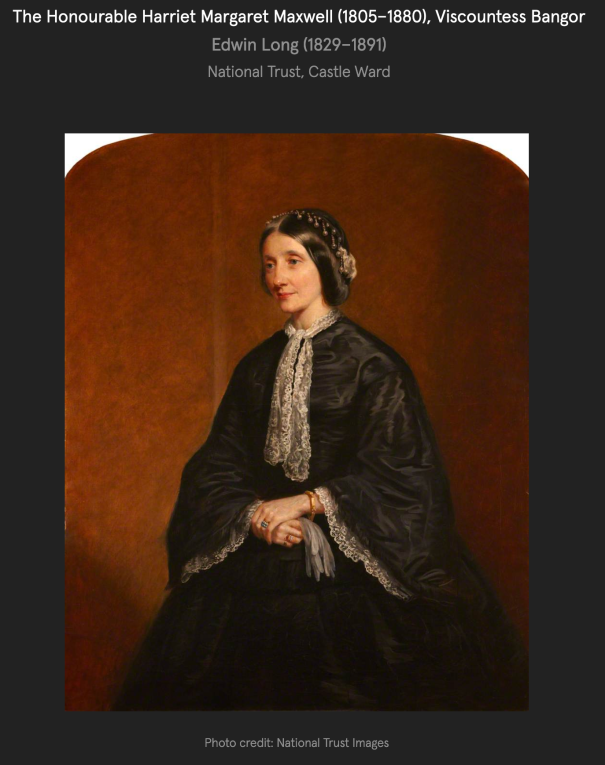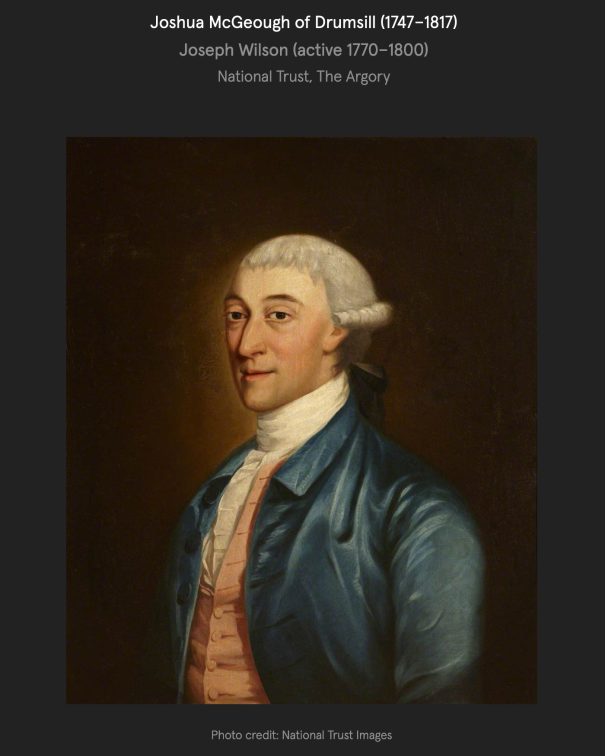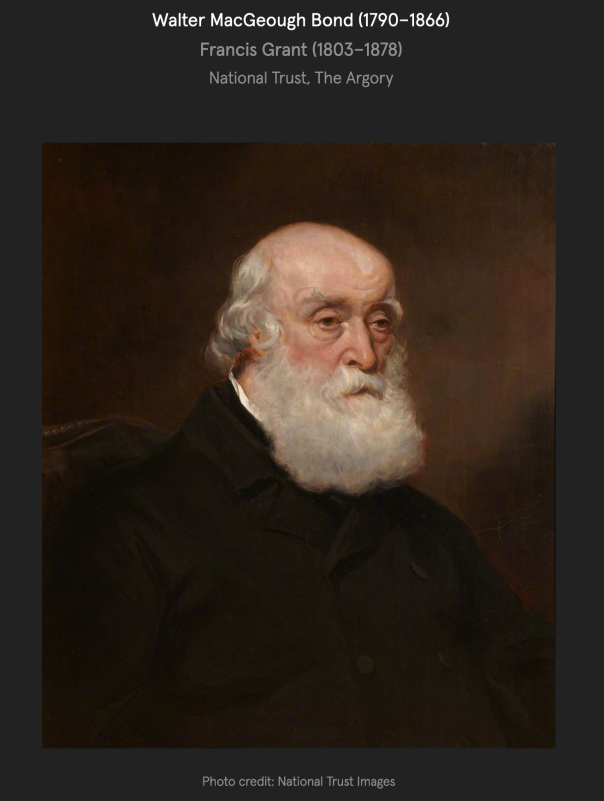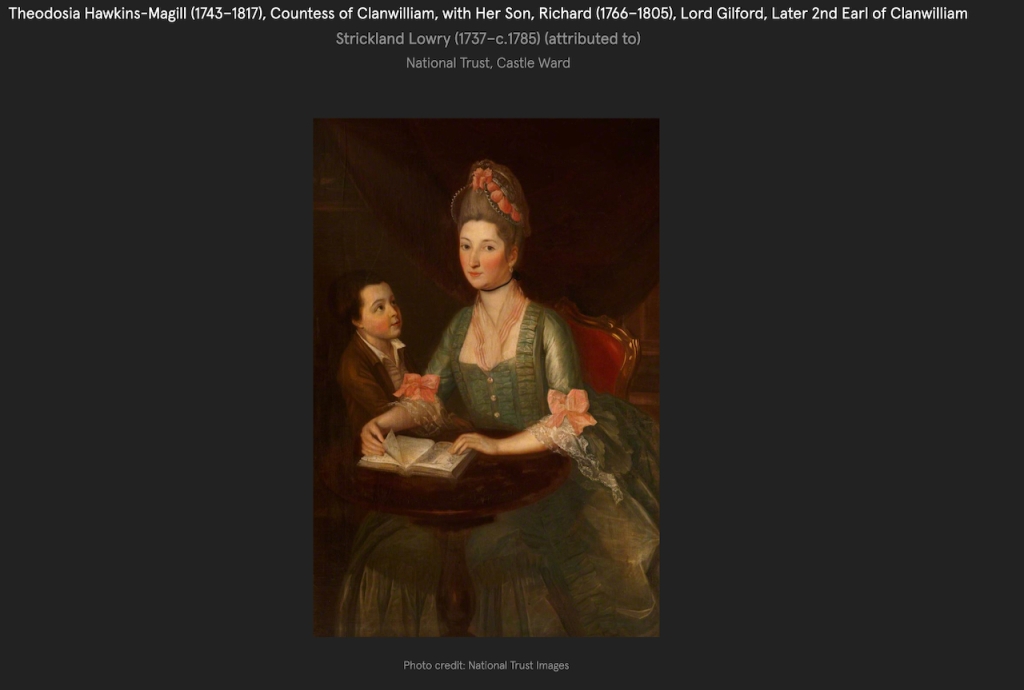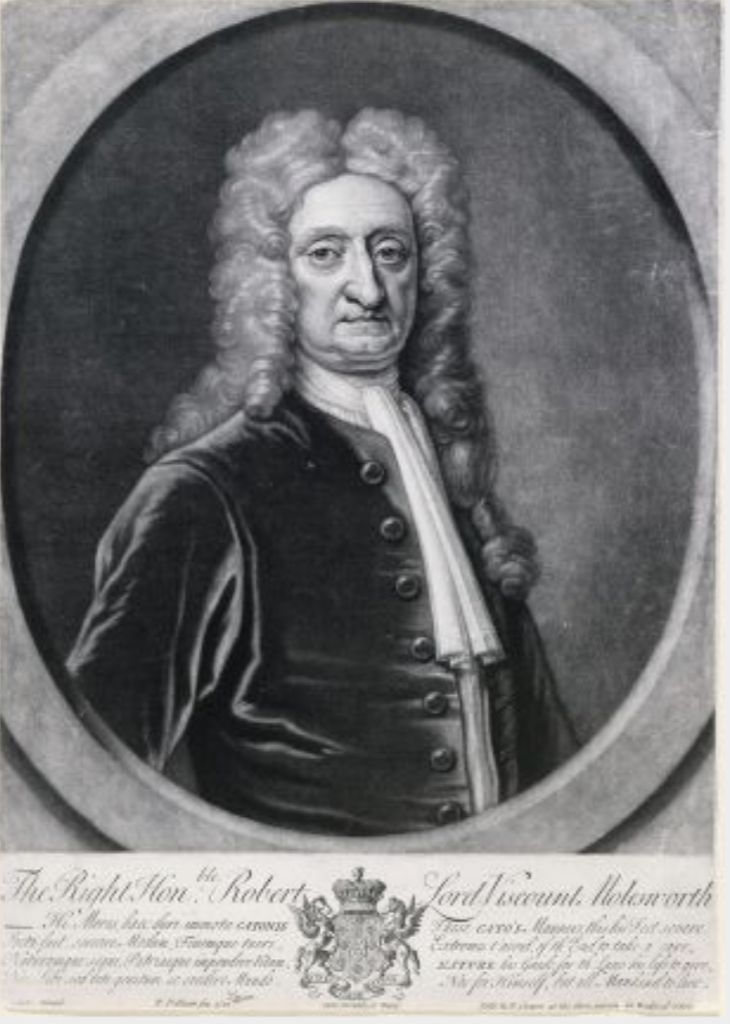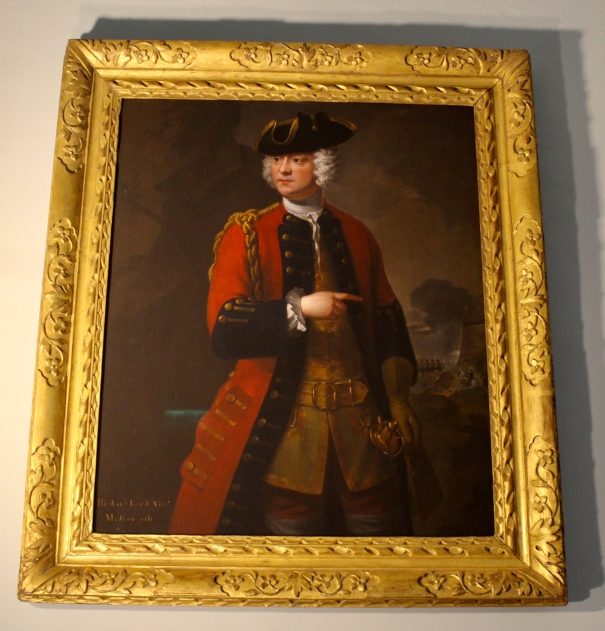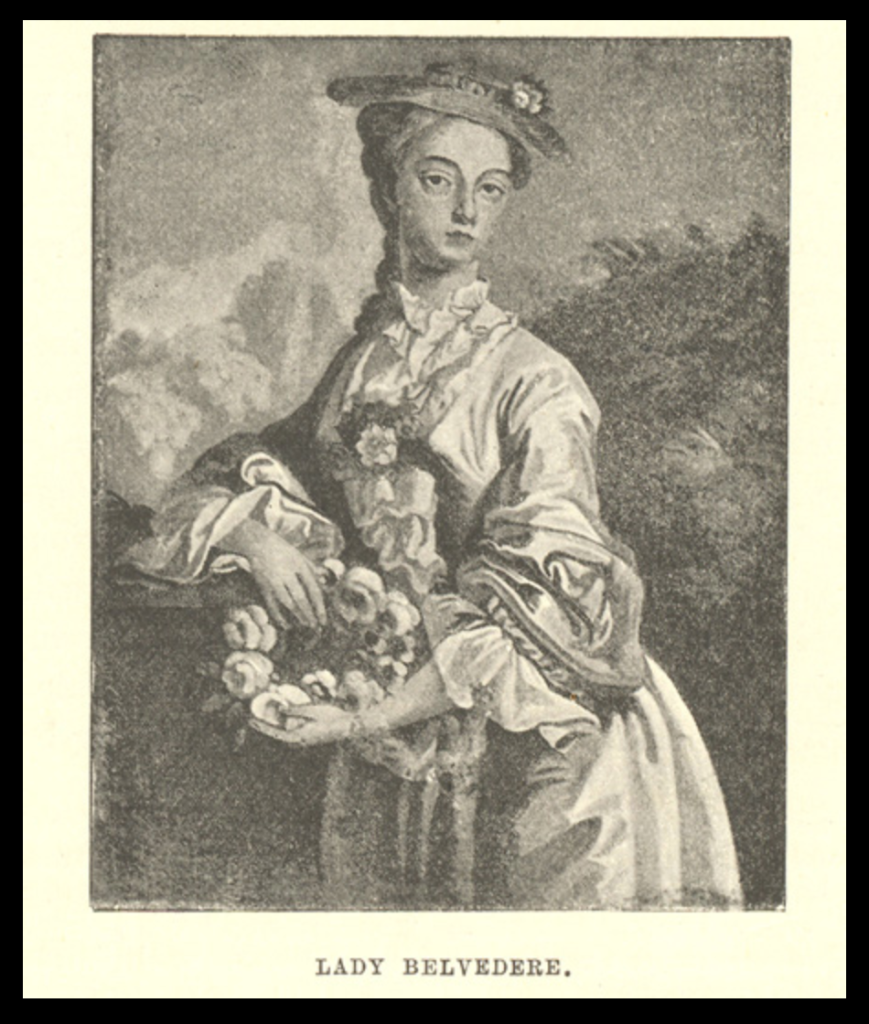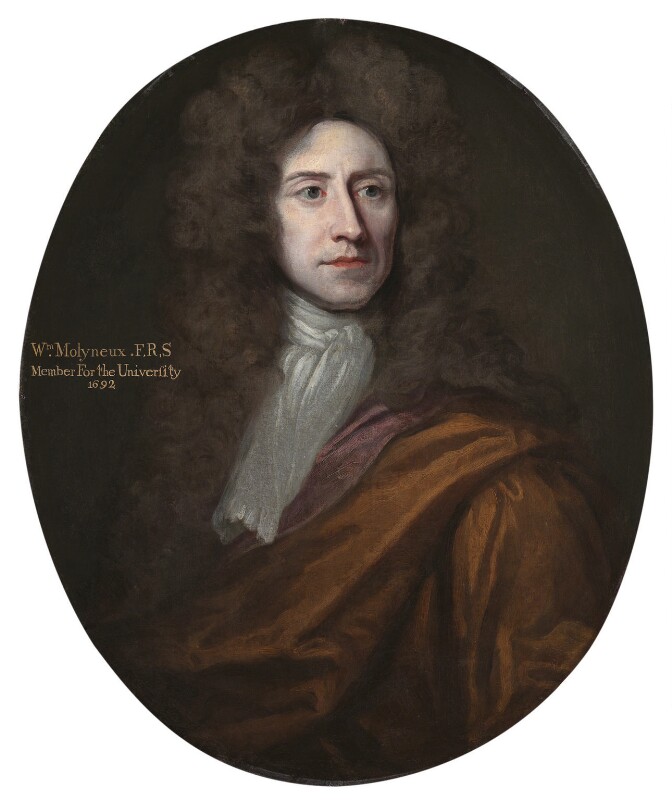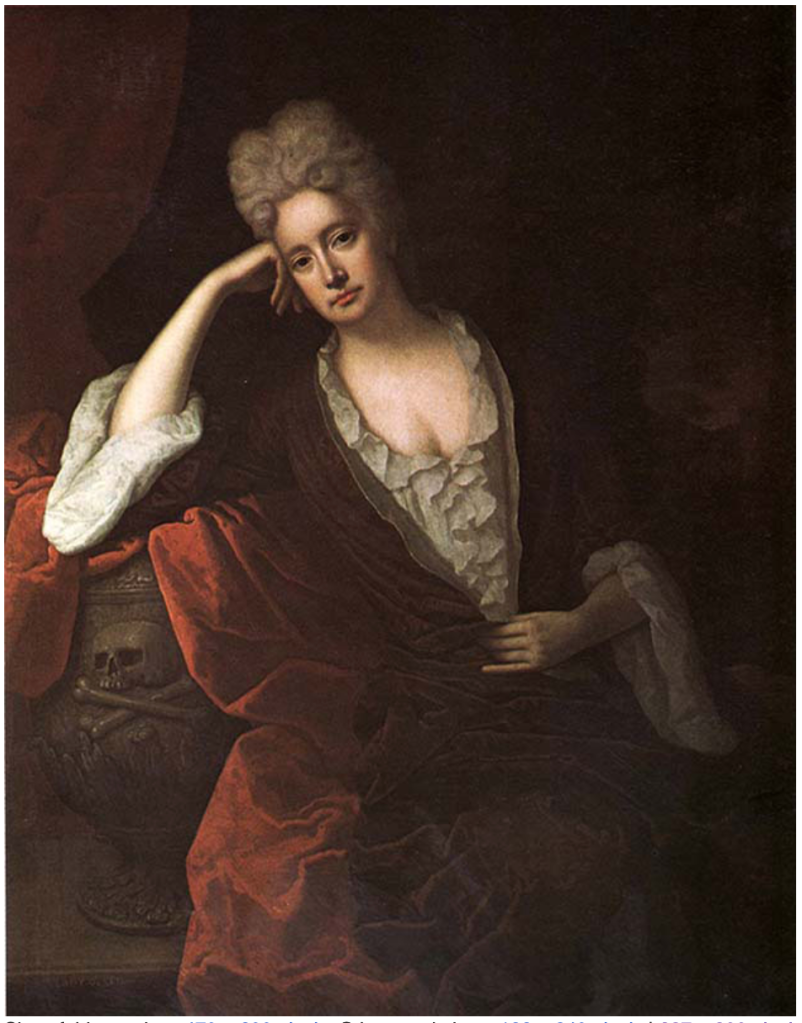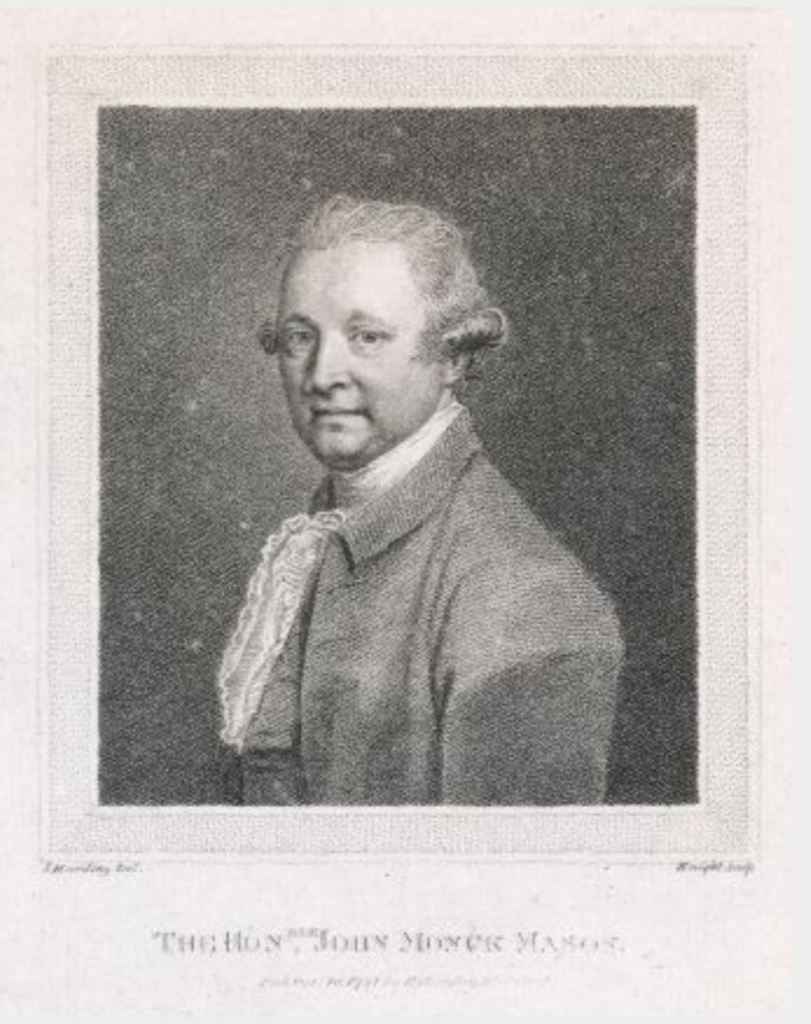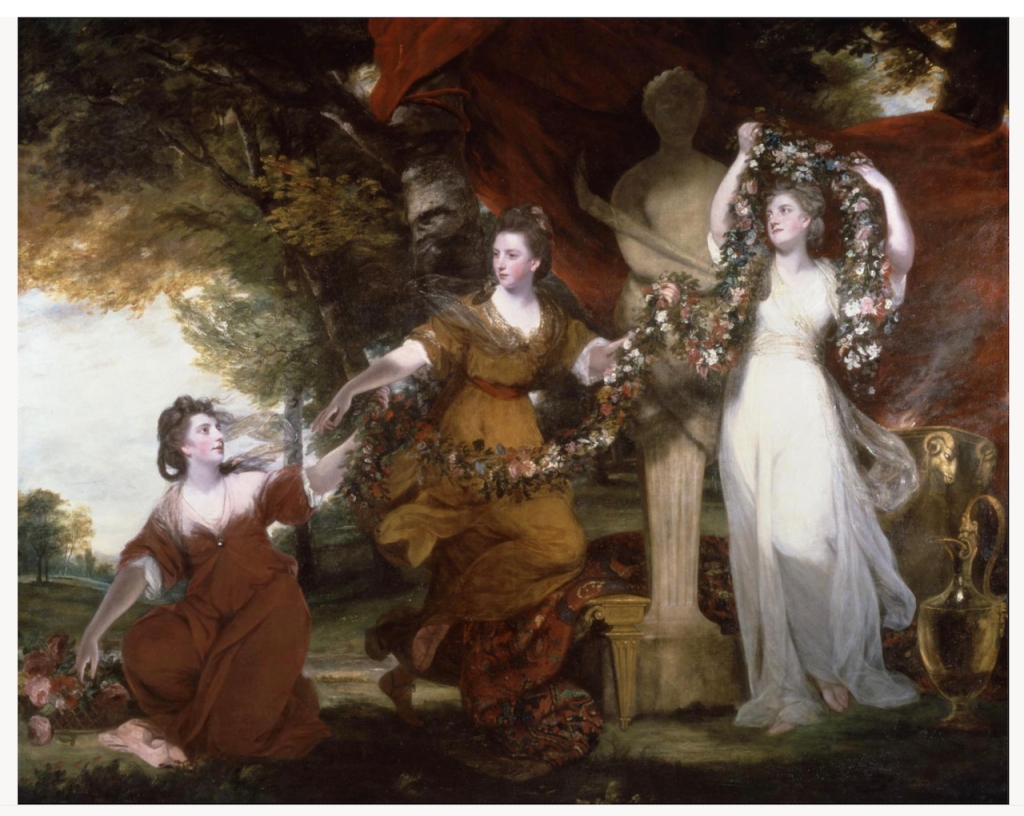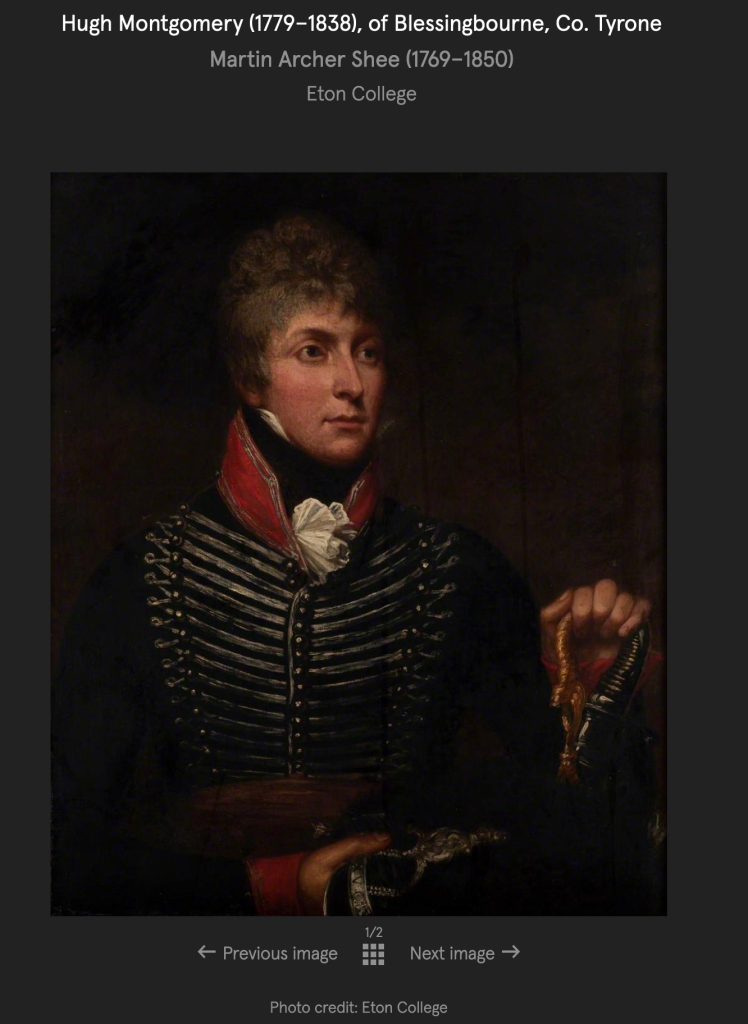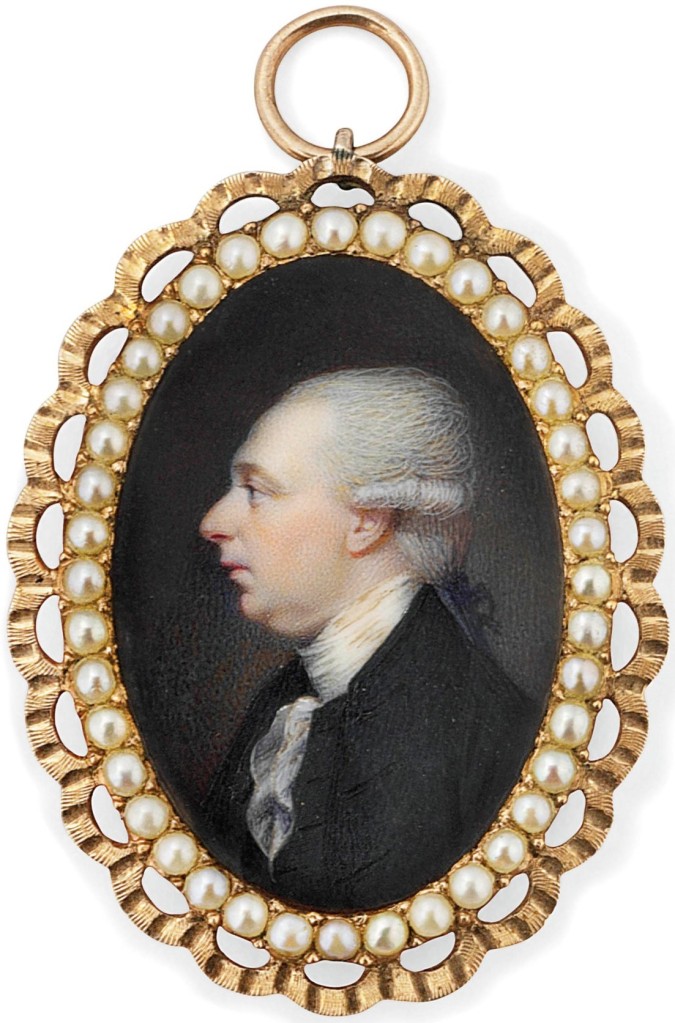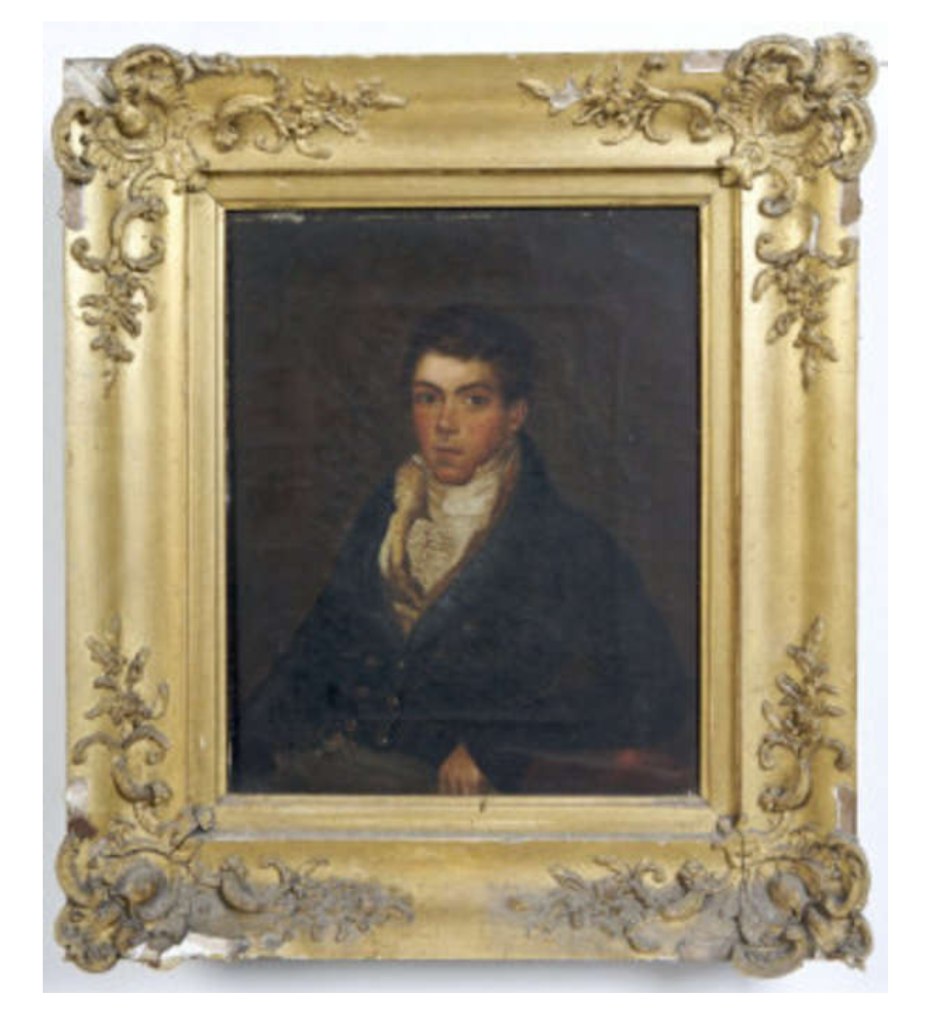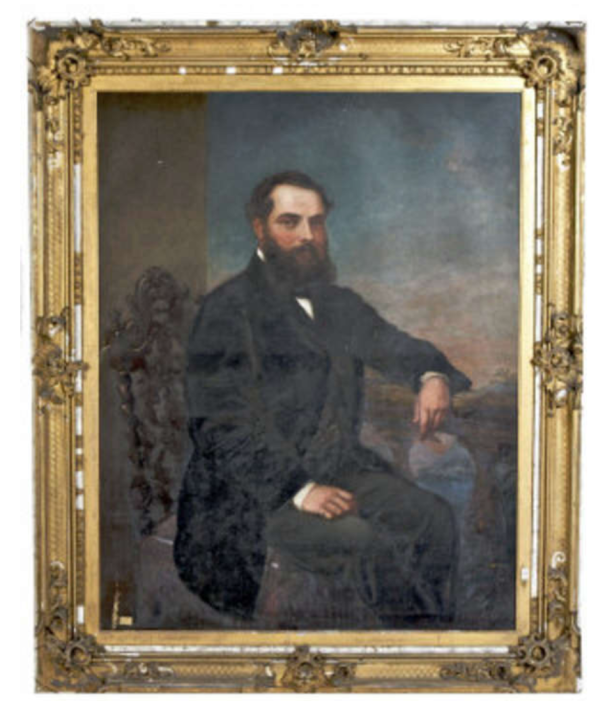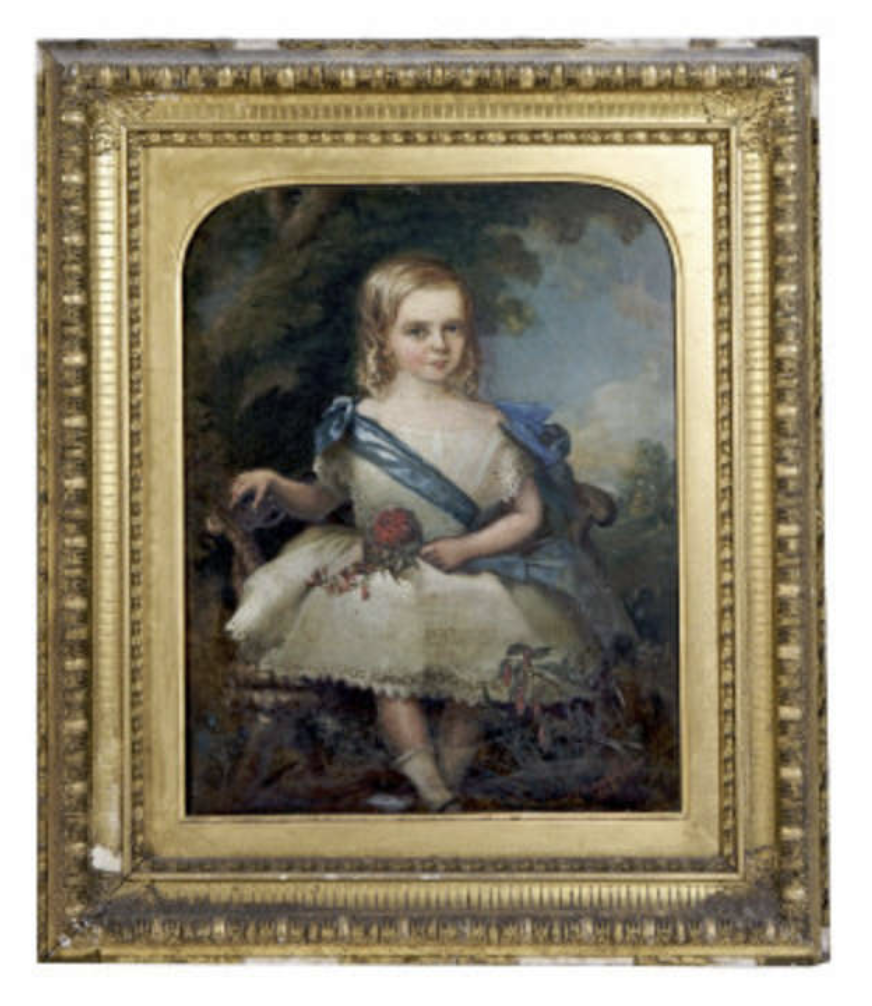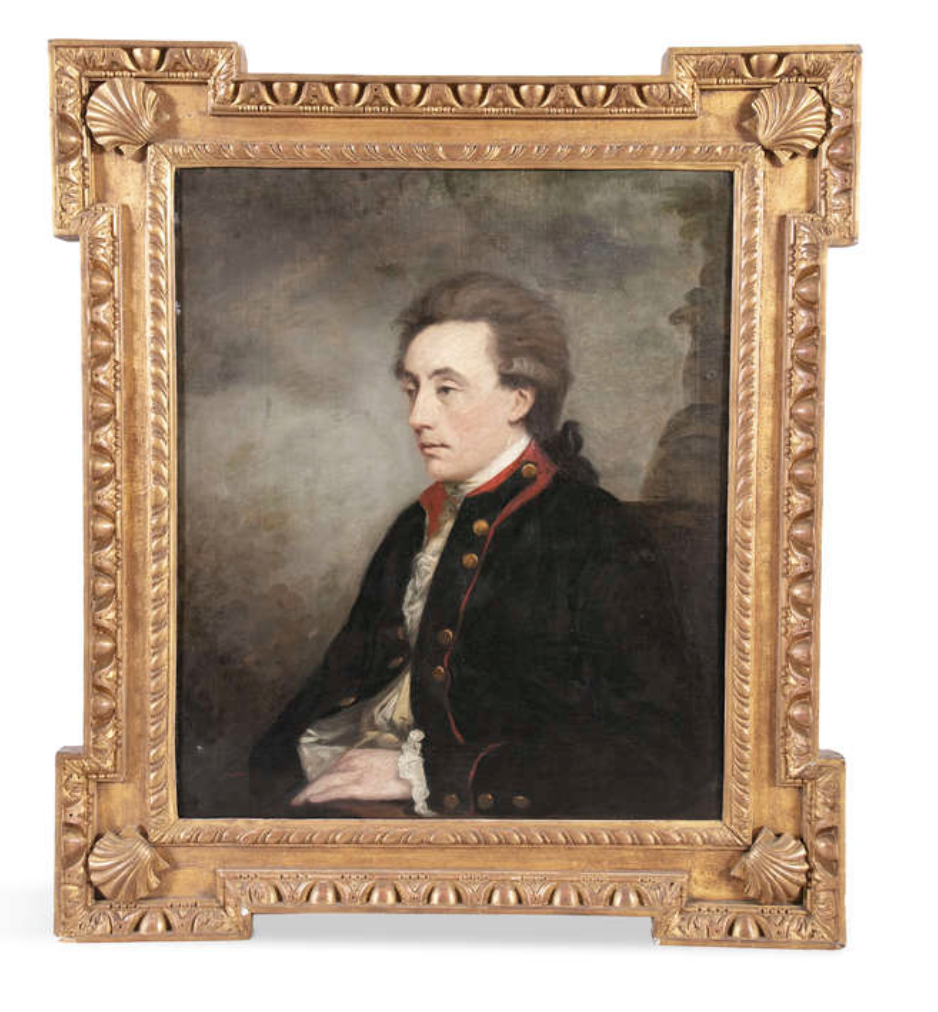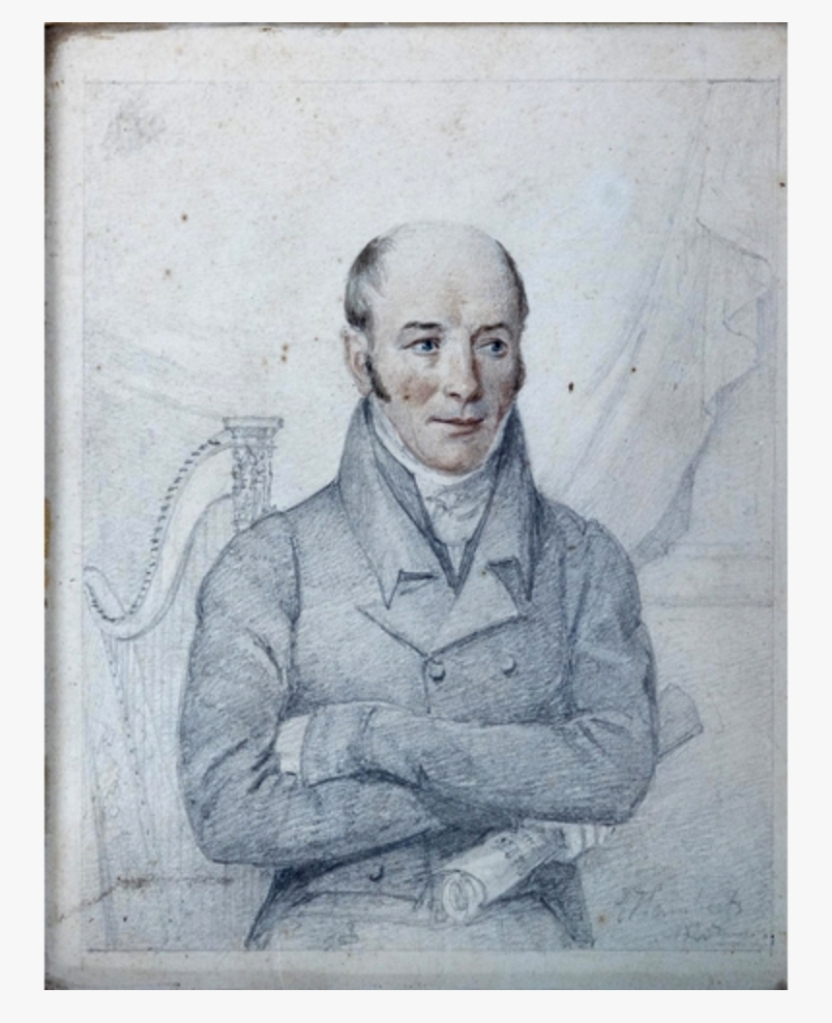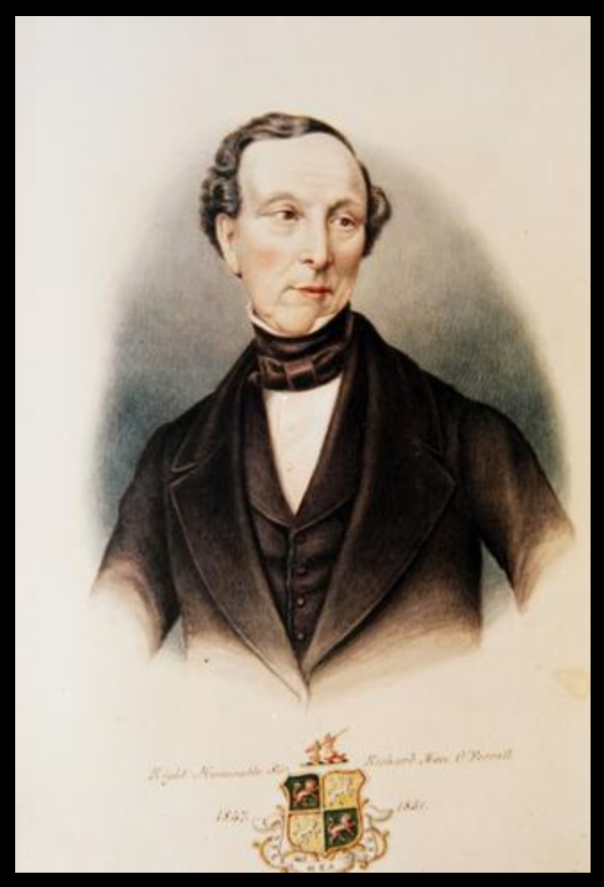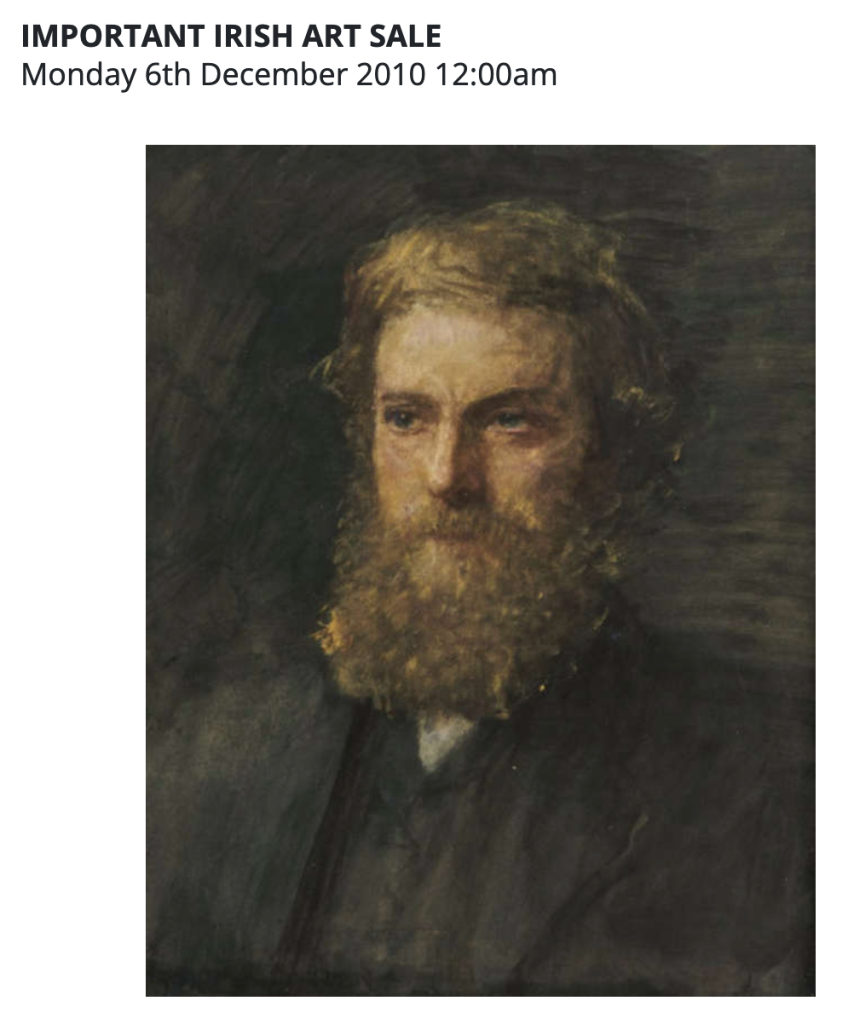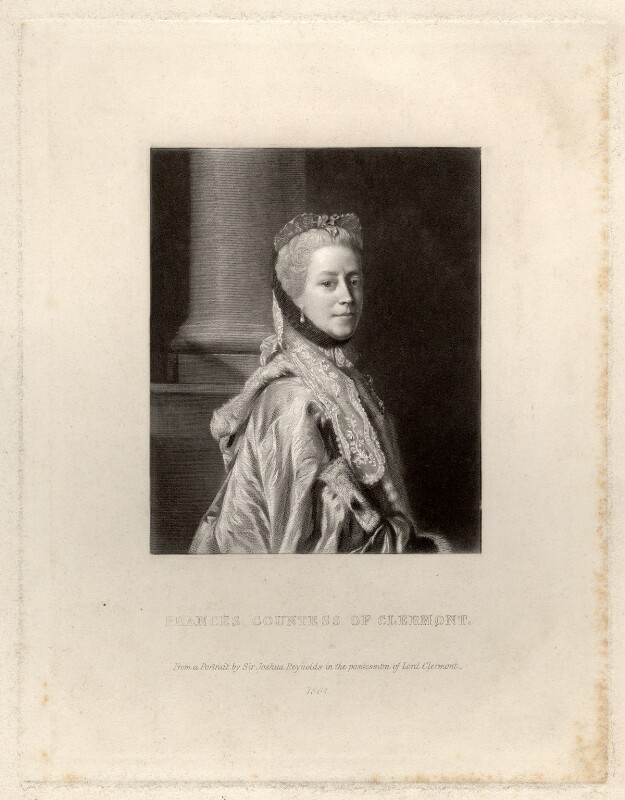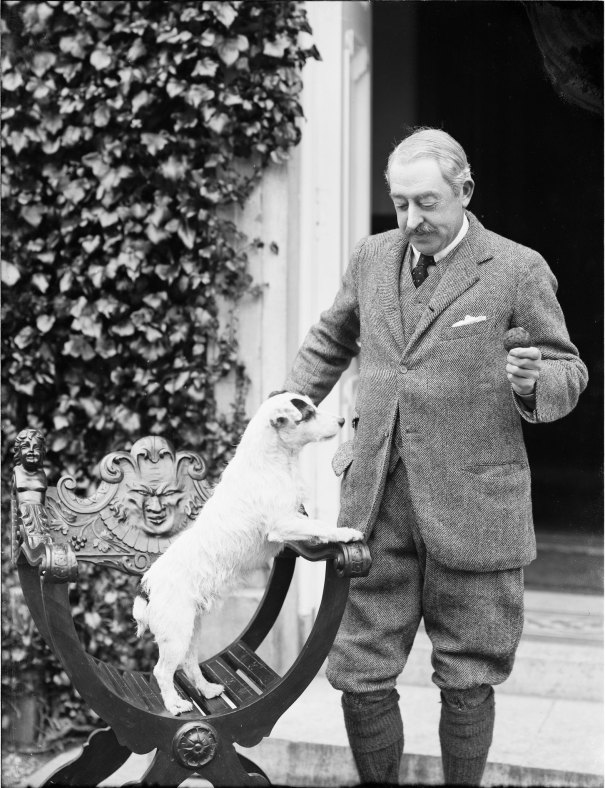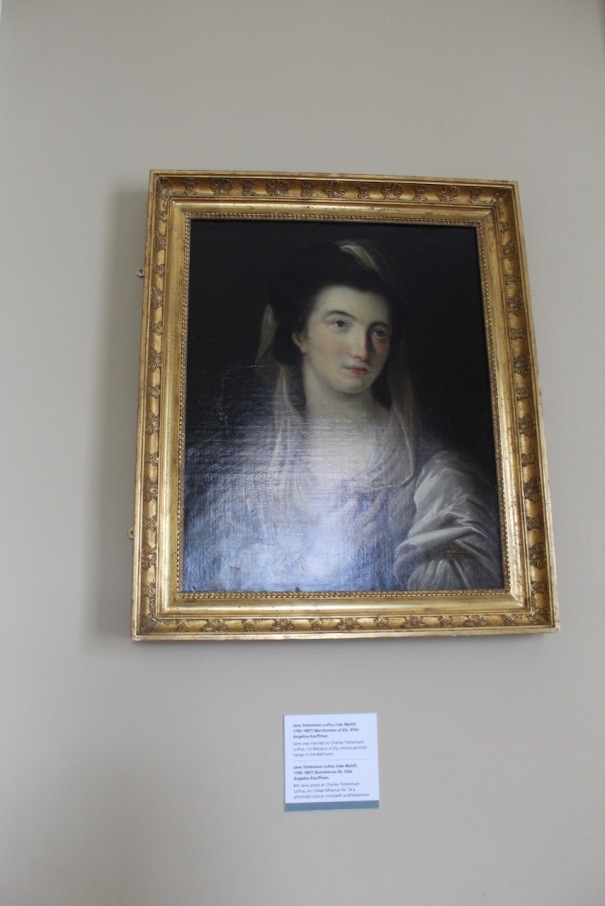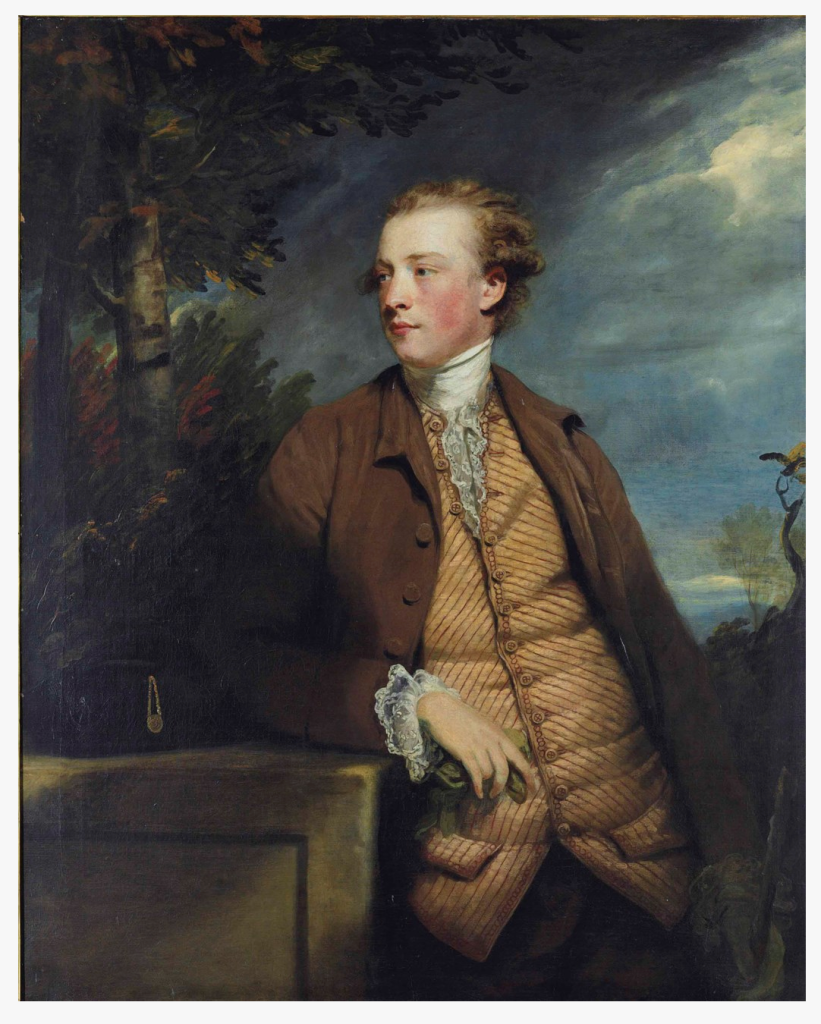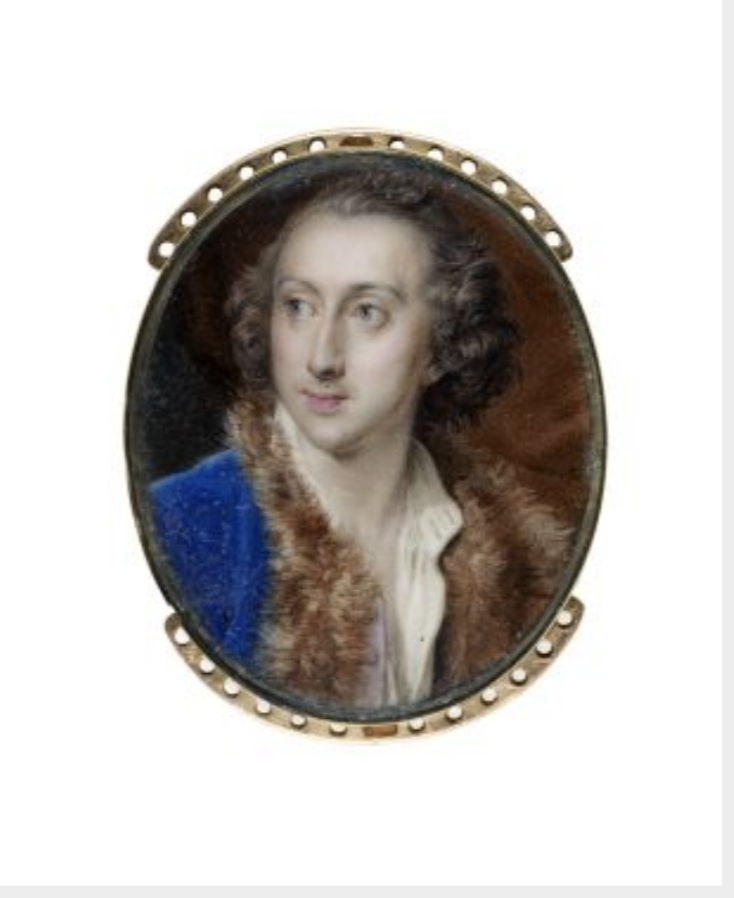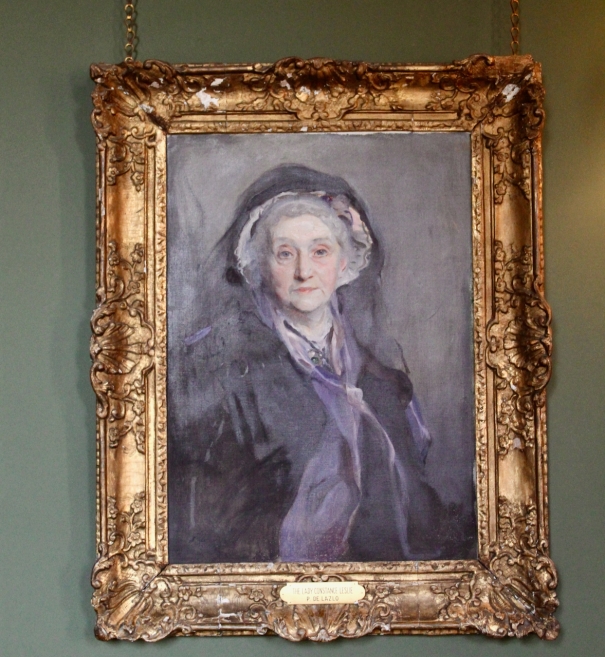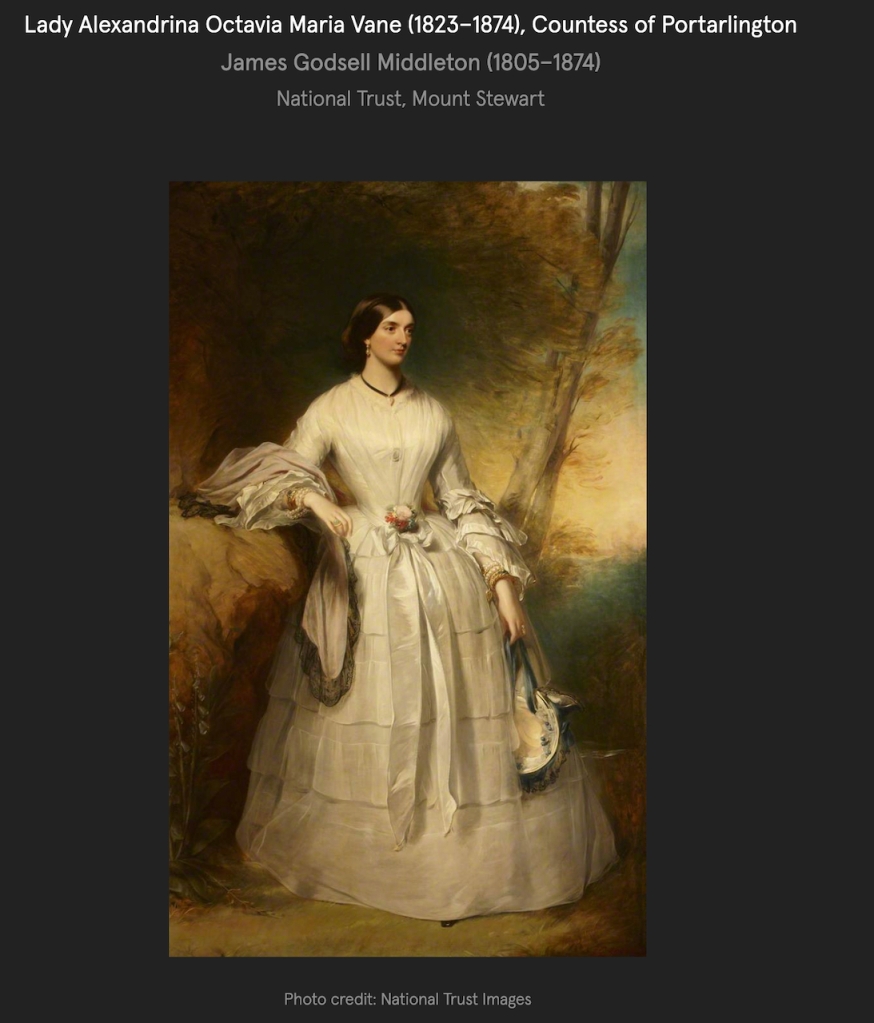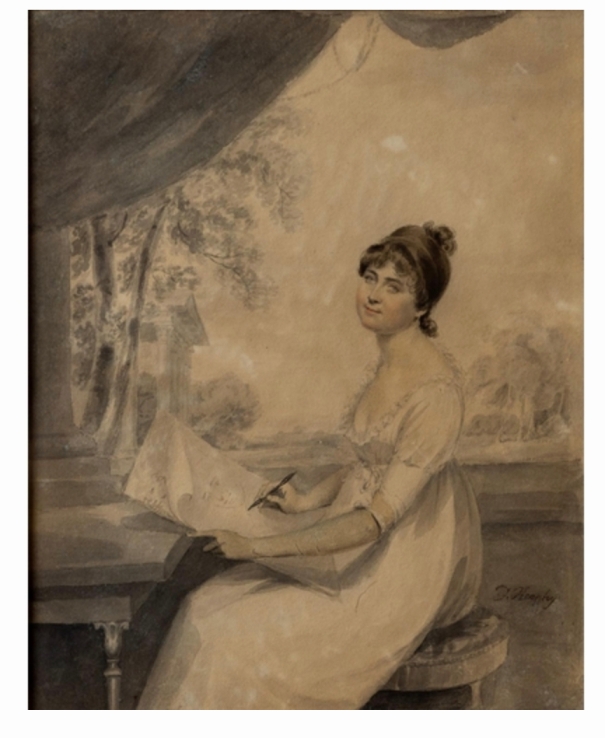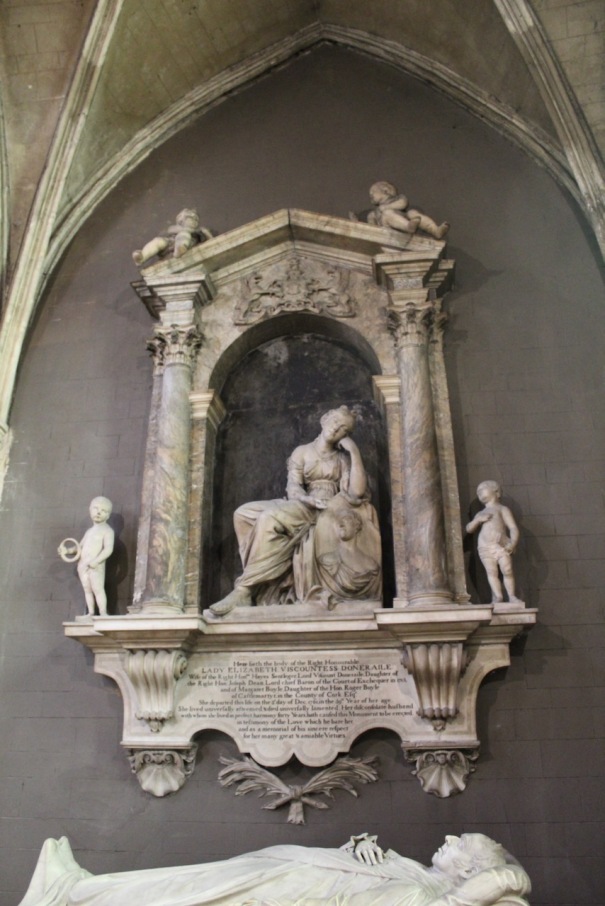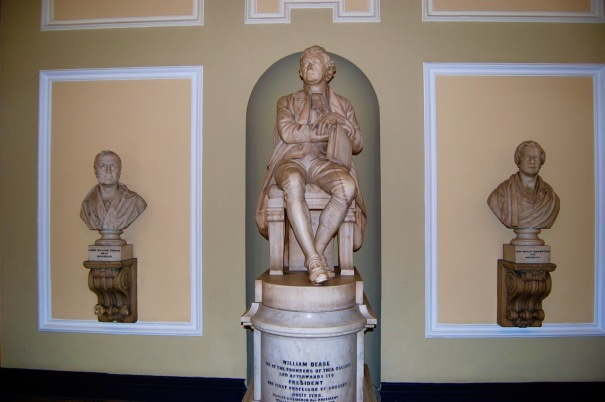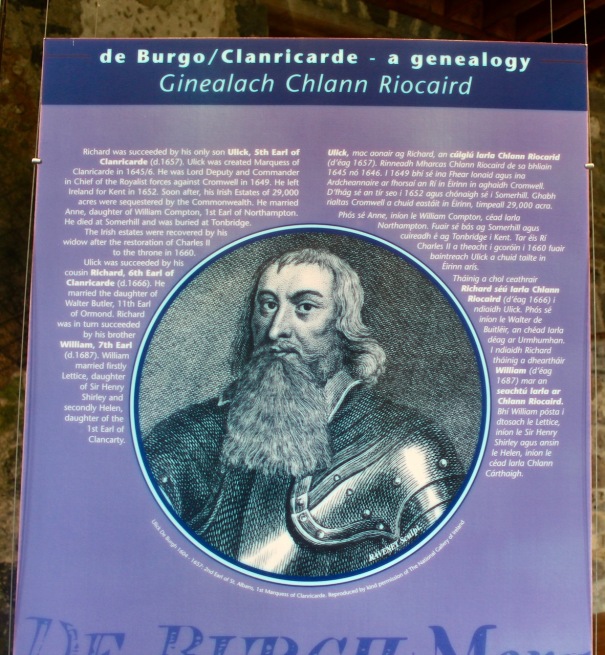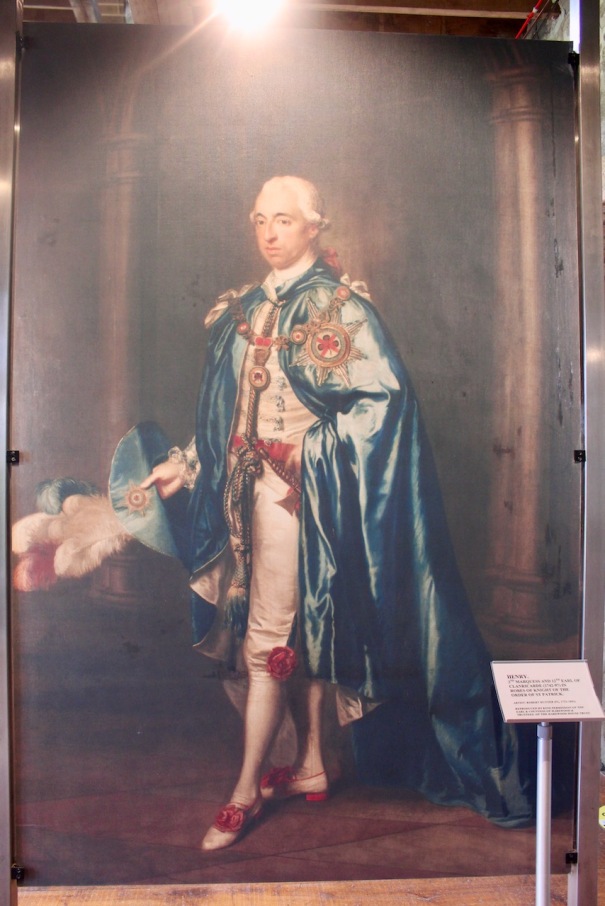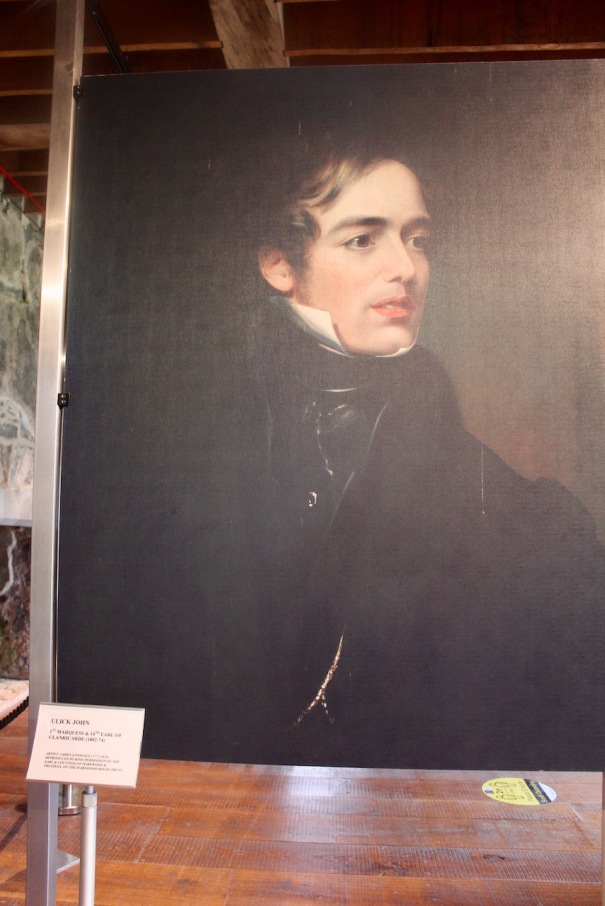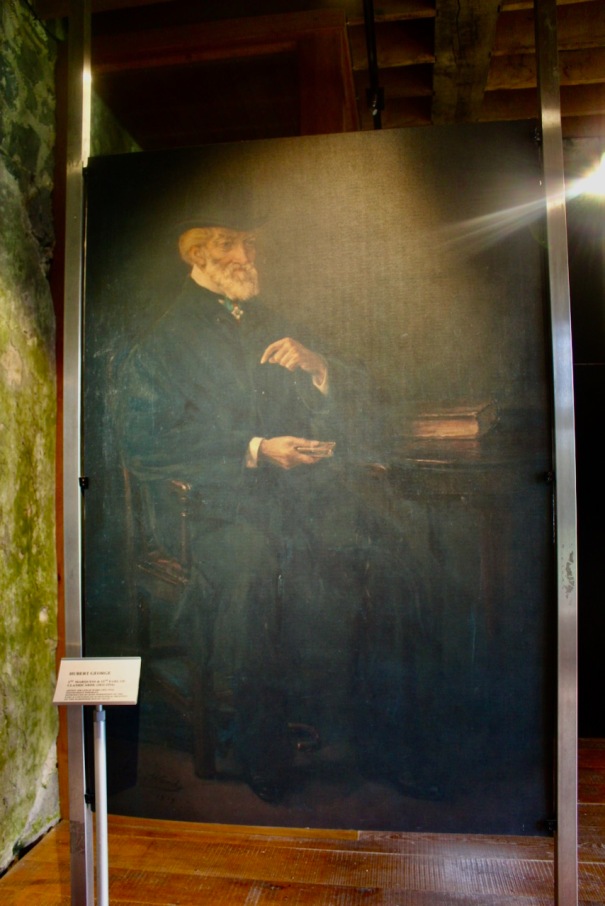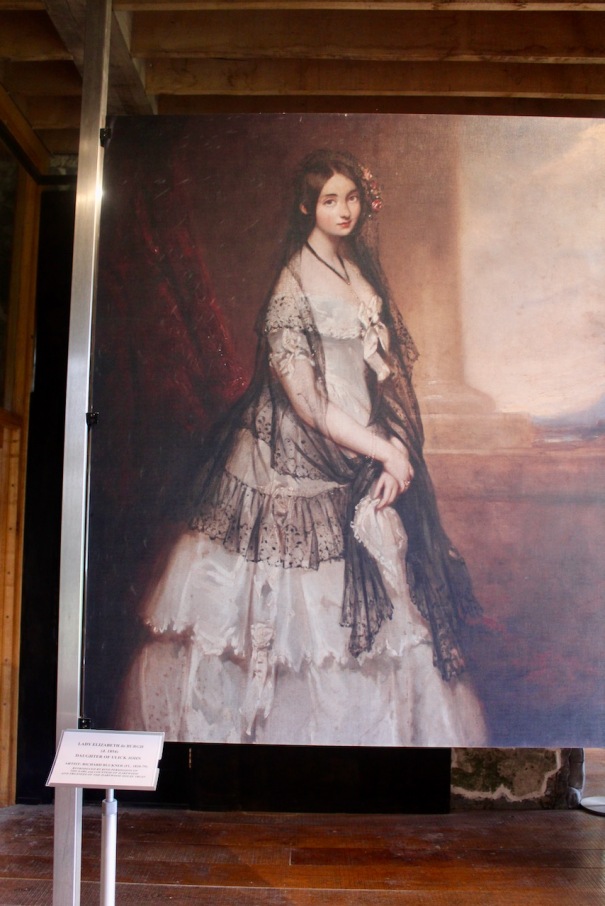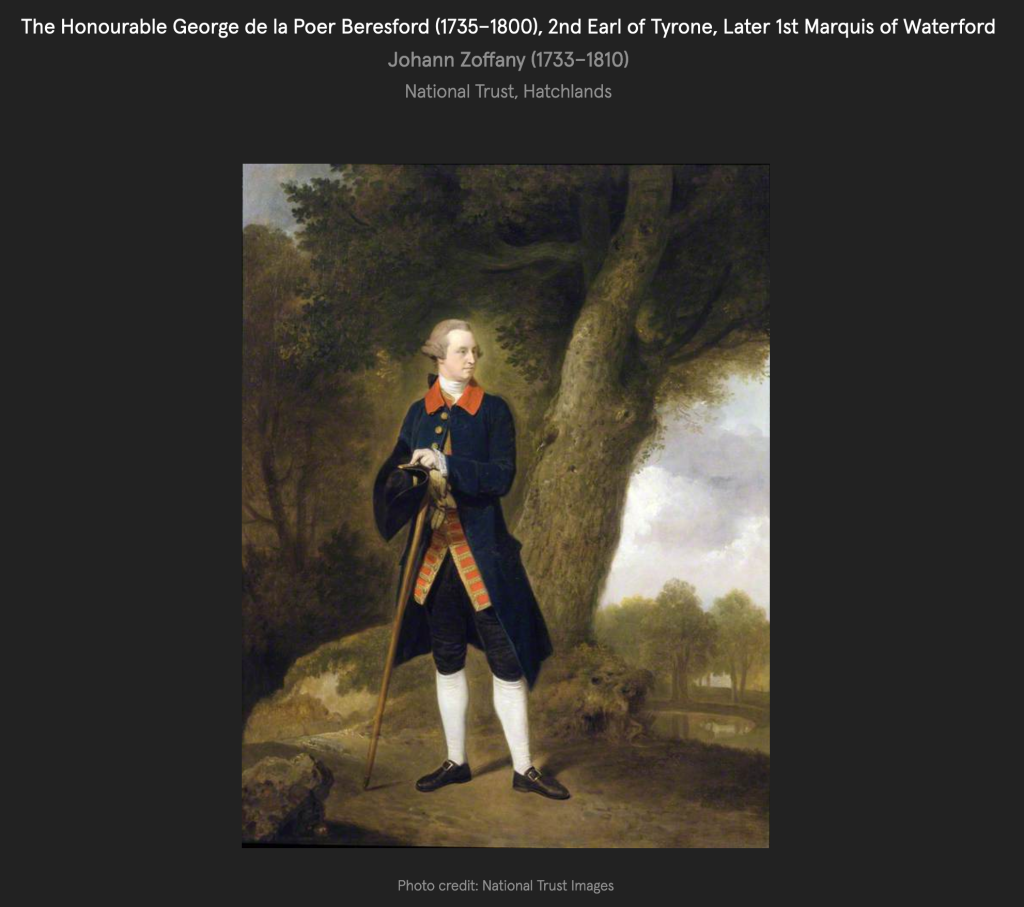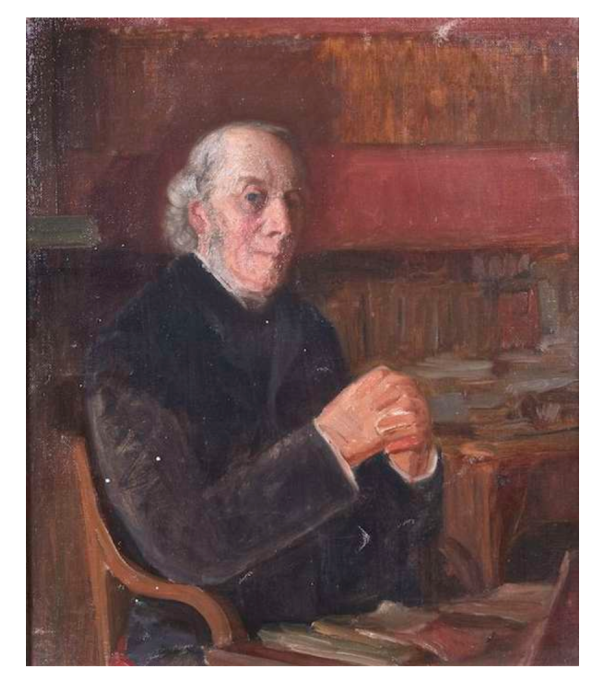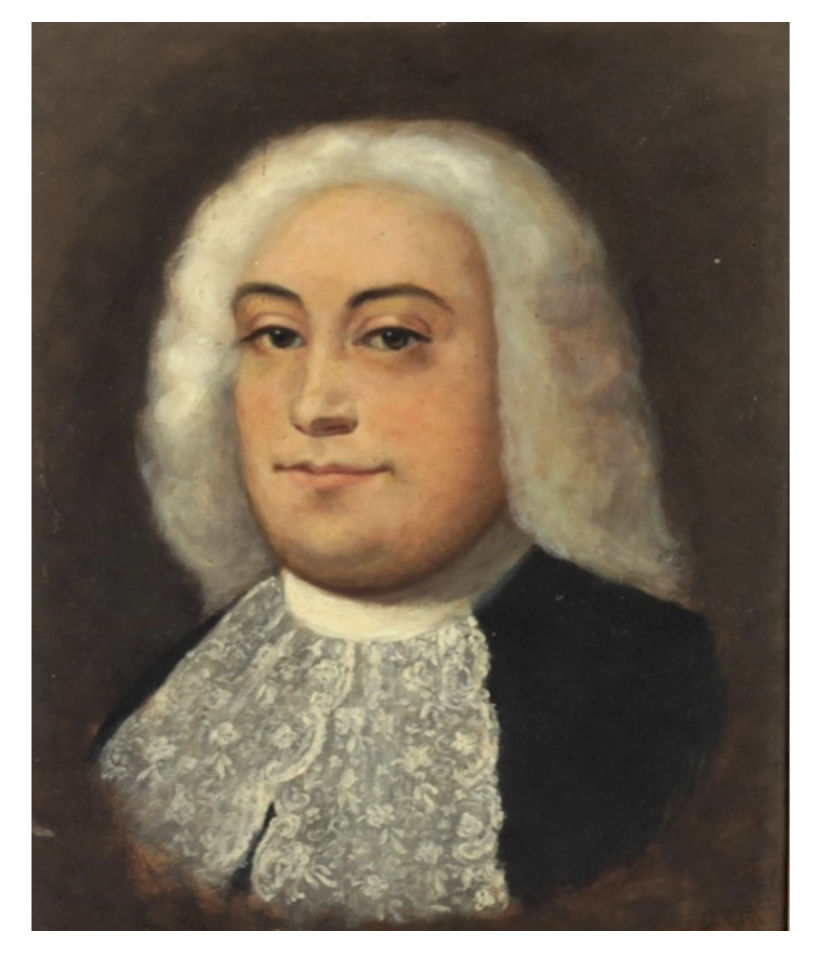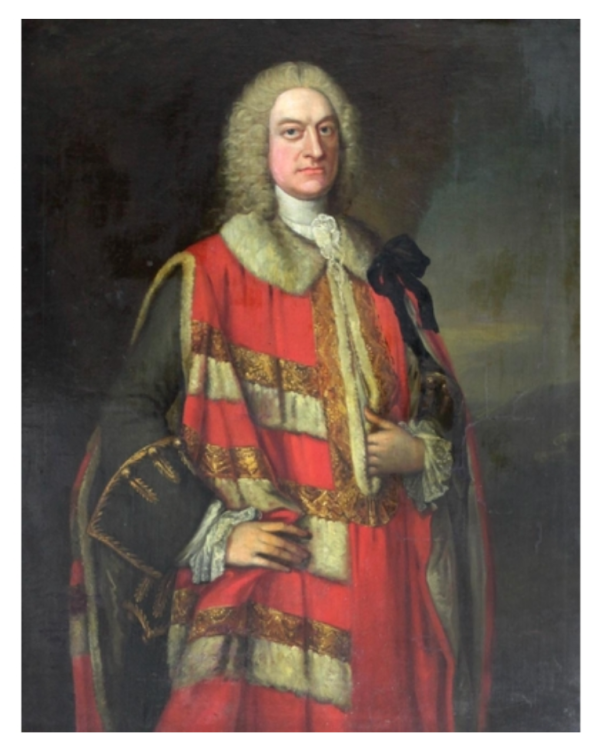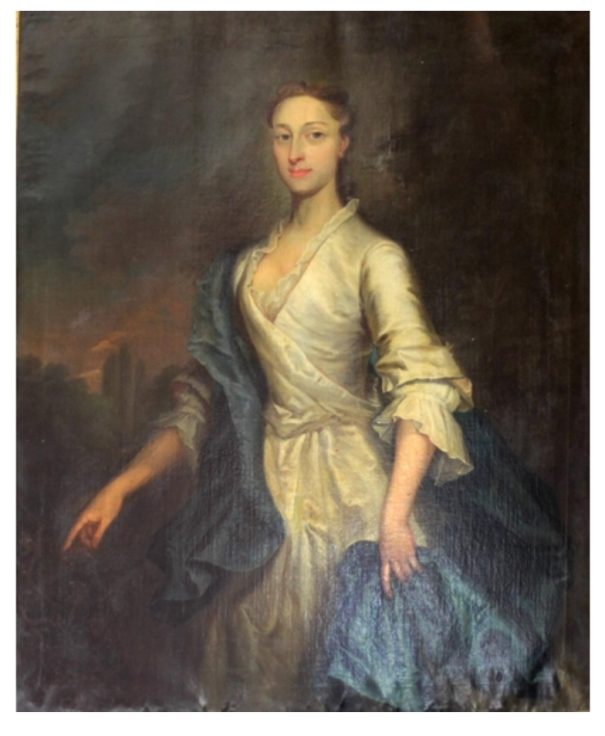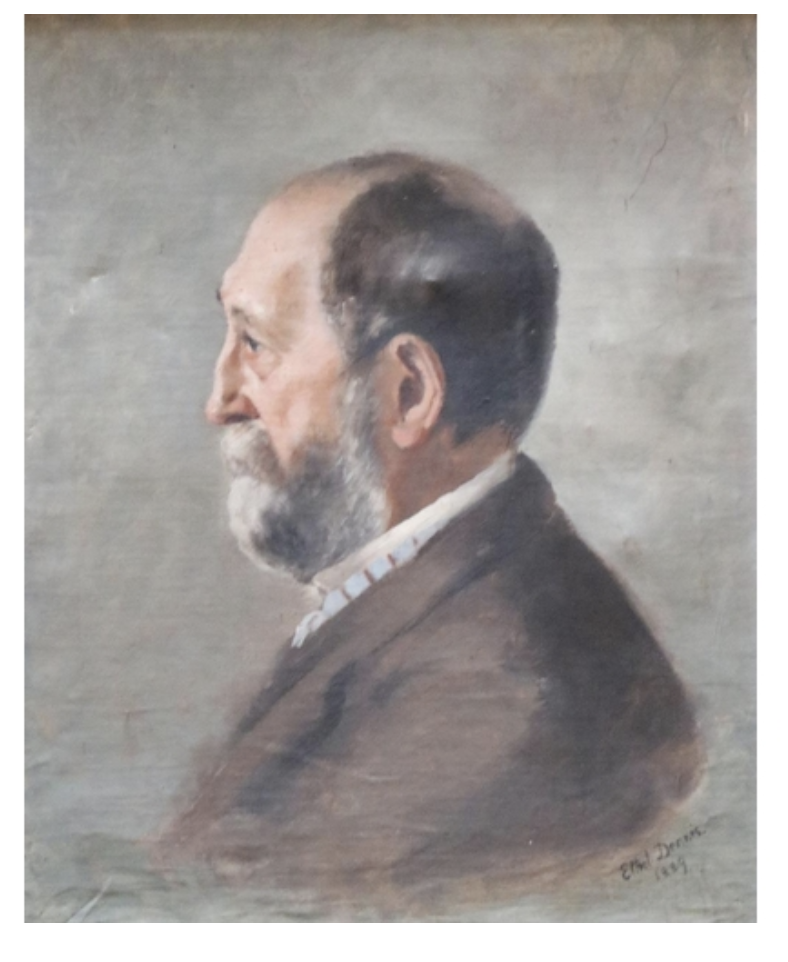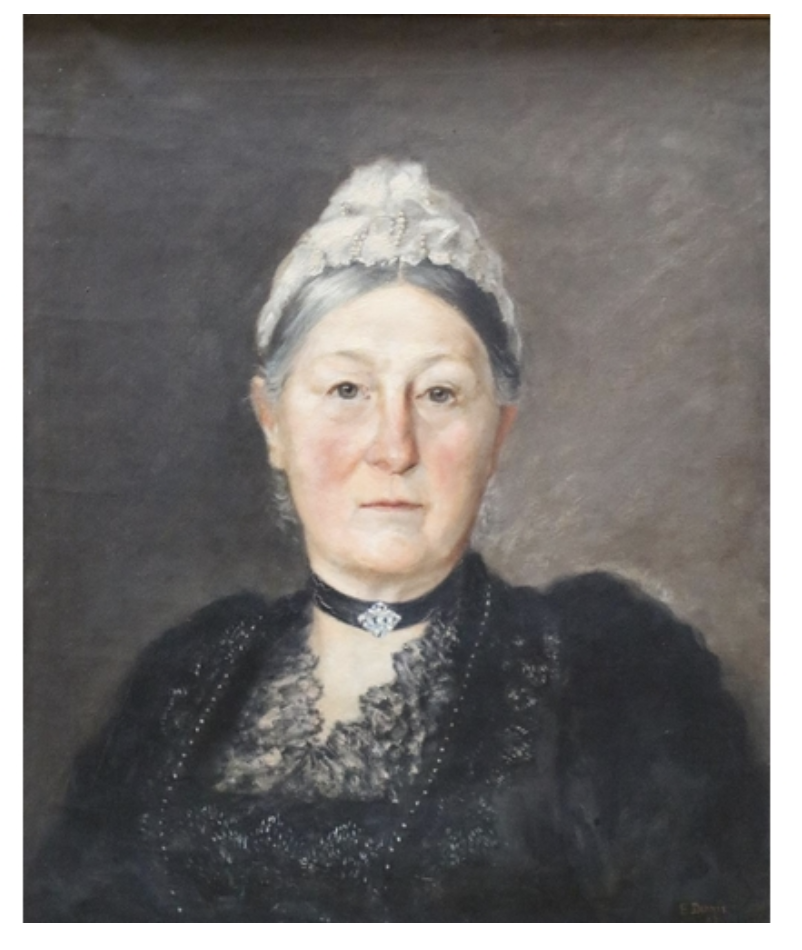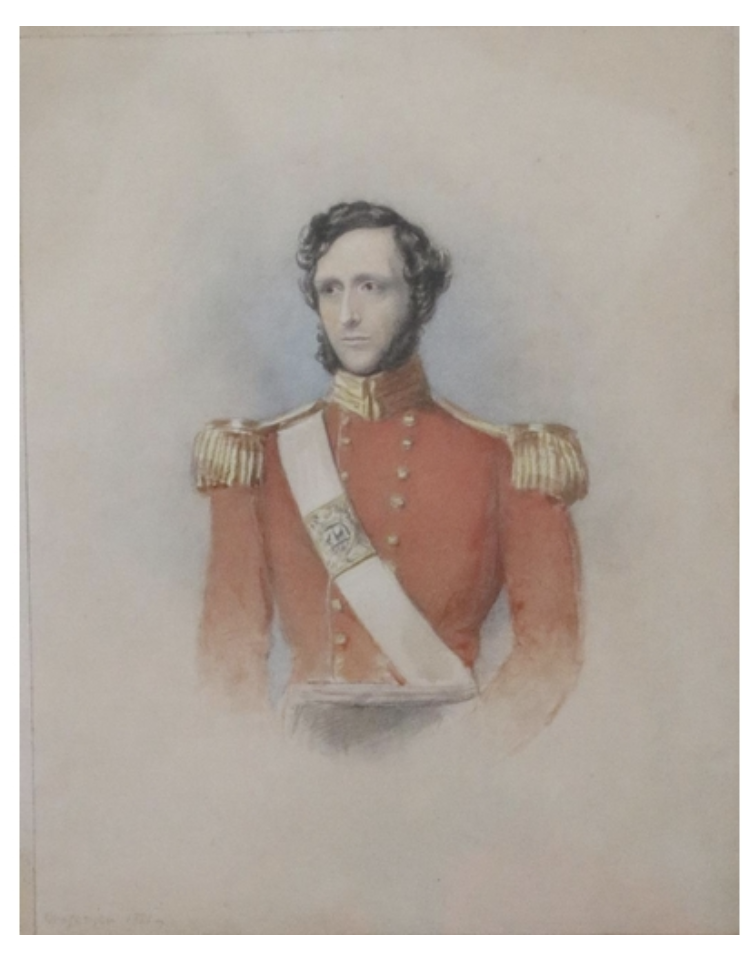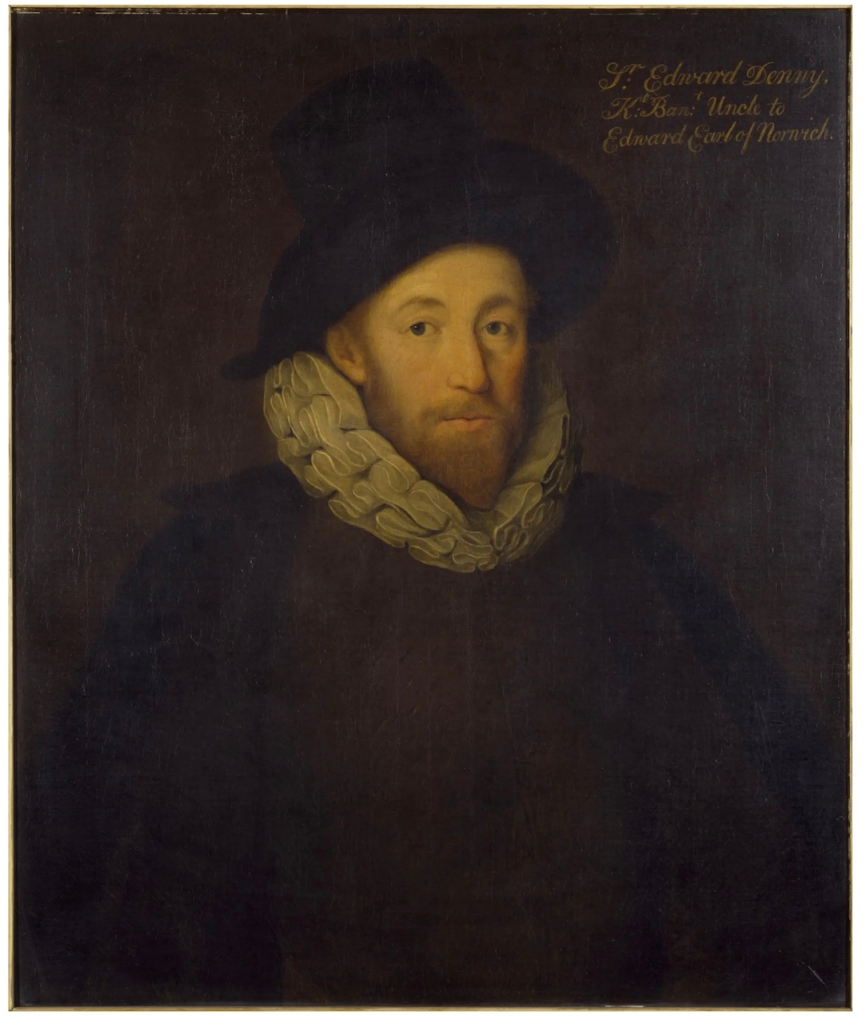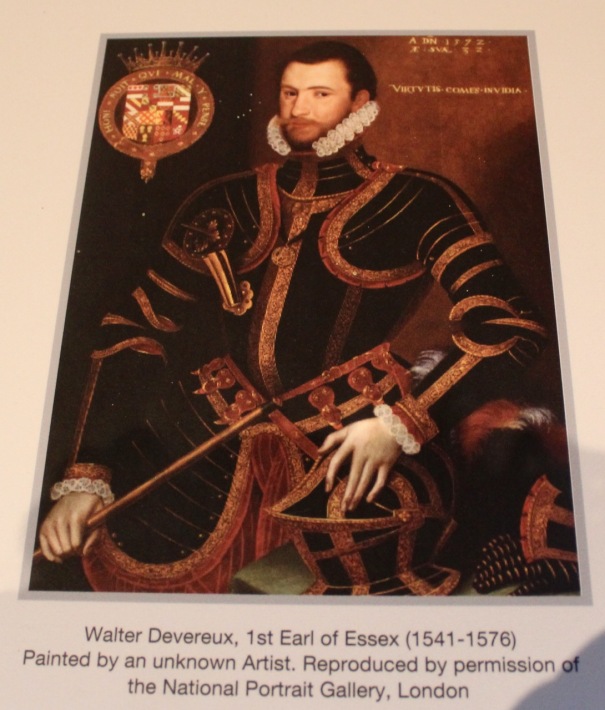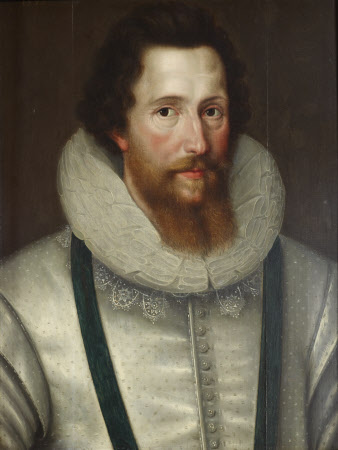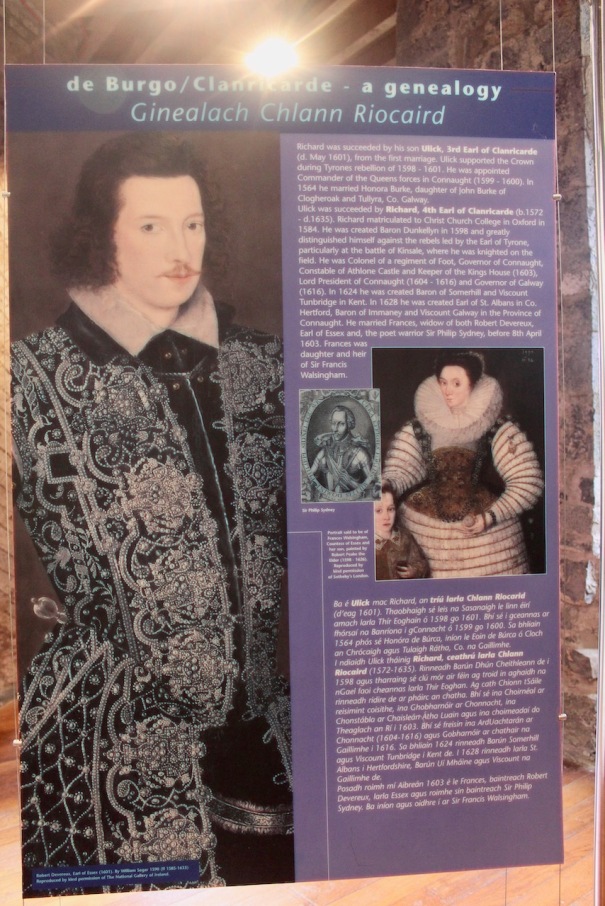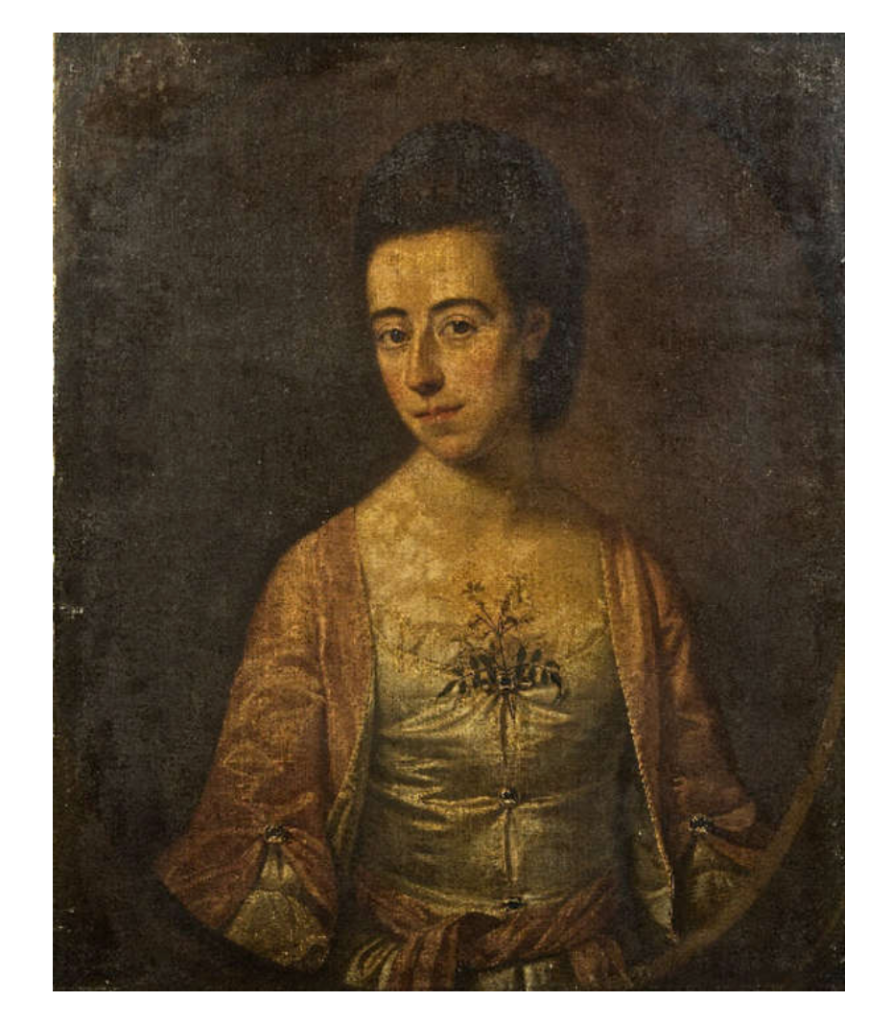As I mentioned last week, the new list is published. Here it is:
According to Revenue website:
“Section 482 of the Taxes Consolidation Act, 1997, as amended, provides tax relief to the owner/occupier of an approved building (including surrounding garden), or an approved garden existing independently, in respect of expenditure incurred on its repair, maintenance or restoration.”


donation
Help me to pay the entrance fee to one of the houses on this website. This site is created purely out of love for the subject and I receive no payment so any donation is appreciated!
€10.00
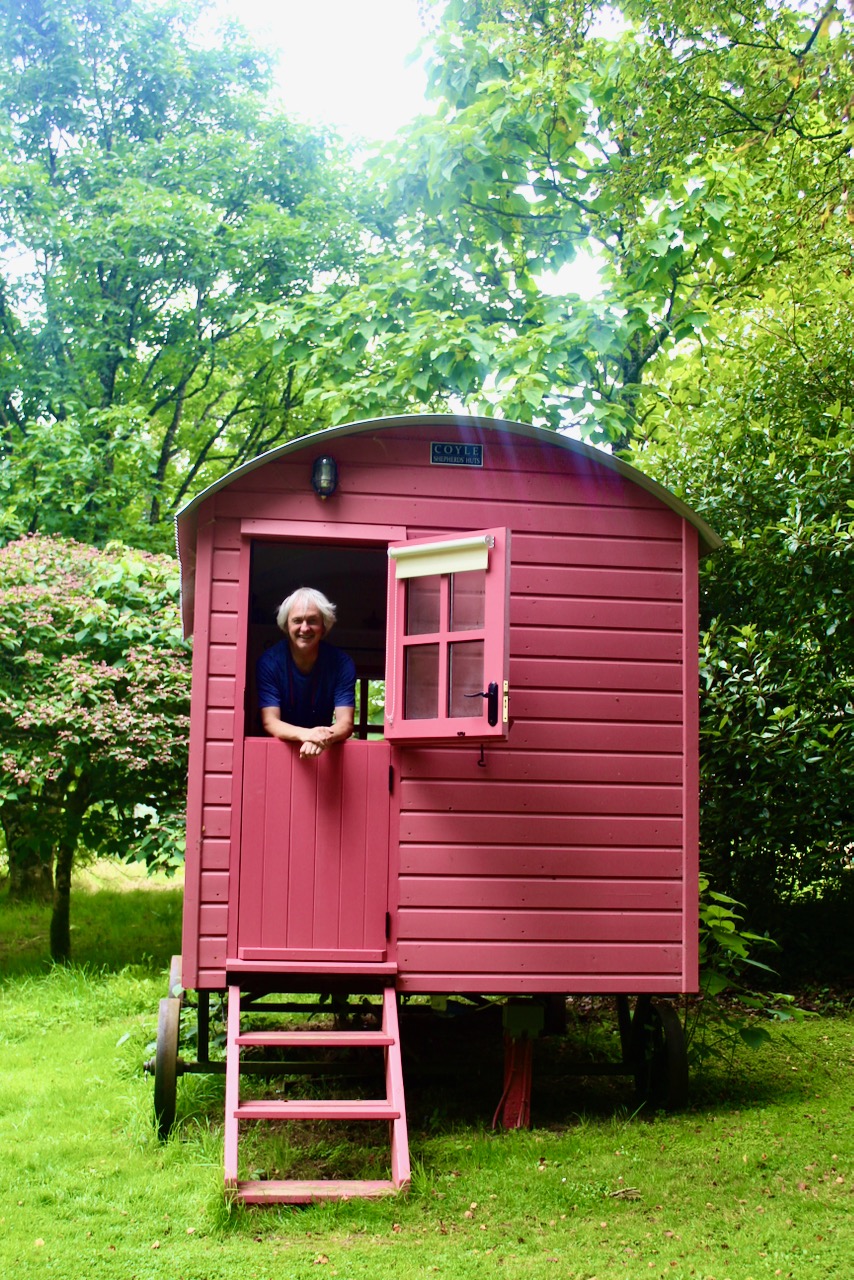
Donation towards accommodation
I receive no funding nor aid to create and maintain this website, it is a labour of love. I travel all over Ireland to visit Section 482 properties and sometimes this entails an overnight stay. A donation would help to fund my accommodation.
€150.00
Note that properties which list with the Revenue as Accommodation have different requirements and do not have to open to the public.
County Carlow
Borris House, Borris, County Carlow
See my entry: https://irishhistorichouses.com/2020/10/04/borris-house-county-carlow/
www.borrishouse.com
Open dates in 2024: Apr 2-4, 9-11, 16-18, 23-25, 30, May 1-5, 8-9, 15-19, 22-26, June 11-16, 18-20, 25-27, July 2-4, 9-11, 16-18, 23-25, 30-31, Aug 1, 6-8, 17-25, 27-29, 12 noon- 4pm
Fee: adult/OAP €12, child €8, contact info@borrishouse.com for group rates

Huntington Castle, Clonegal, Co Carlow Y21 K237
See my entry: https://irishhistorichouses.com/2019/06/28/huntington-castle-county-carlow/
Open dates in 2024, but check website as sometimes closed for special events:
Castle Tours:
Open – February, March & April Saturdays & Sundays 1pm, 2pm & 3pm
Open – May, June, July, August & September Daily 1pm, 2pm, 3pm & 4pm
Open – October, November & December
Saturdays & Sundays 1pm, 2pm & 3pm
Fee: house/garden, adult €12.95, garden €6.50, OAP/student, house/garden €12, garden €6, child, house/garden €6.50, garden €3.50, group and family discounts available
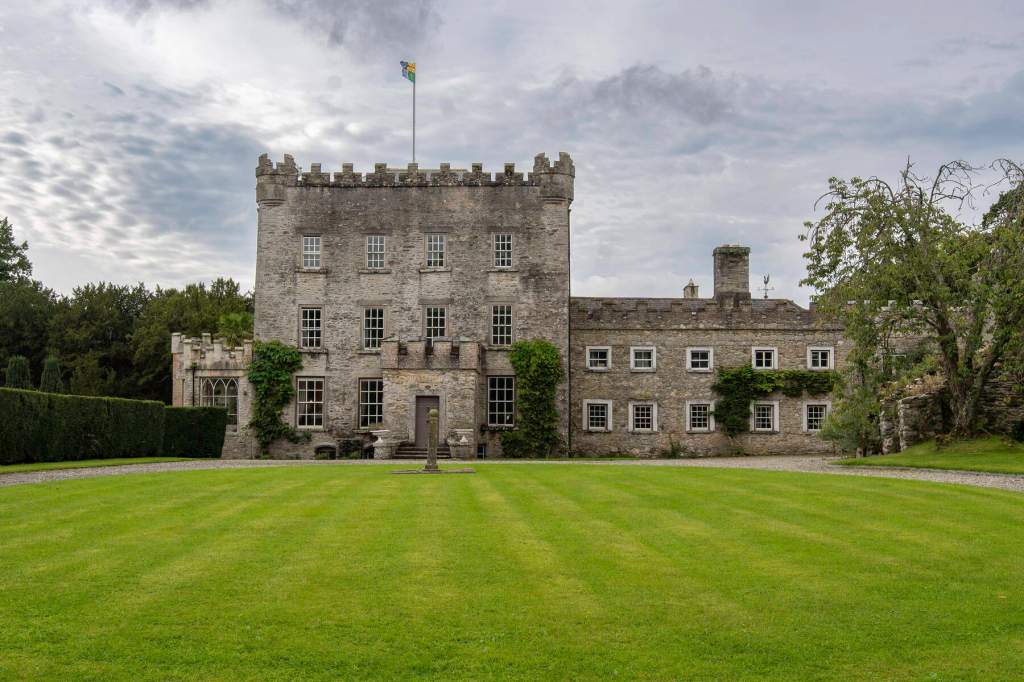
The Old Rectory, Killedmond, Borris, Co Carlow R95 N1K7
See my entry: https://irishhistorichouses.com/2020/07/16/the-old-rectory-killedmond-borris-co-carlow/
https://www.blackstairsecotrails.ie/
Open dates in 2024: July 1-31, Aug 1-31, 9am-1pm
Fee: adult €10, OAP/student €6, child free.
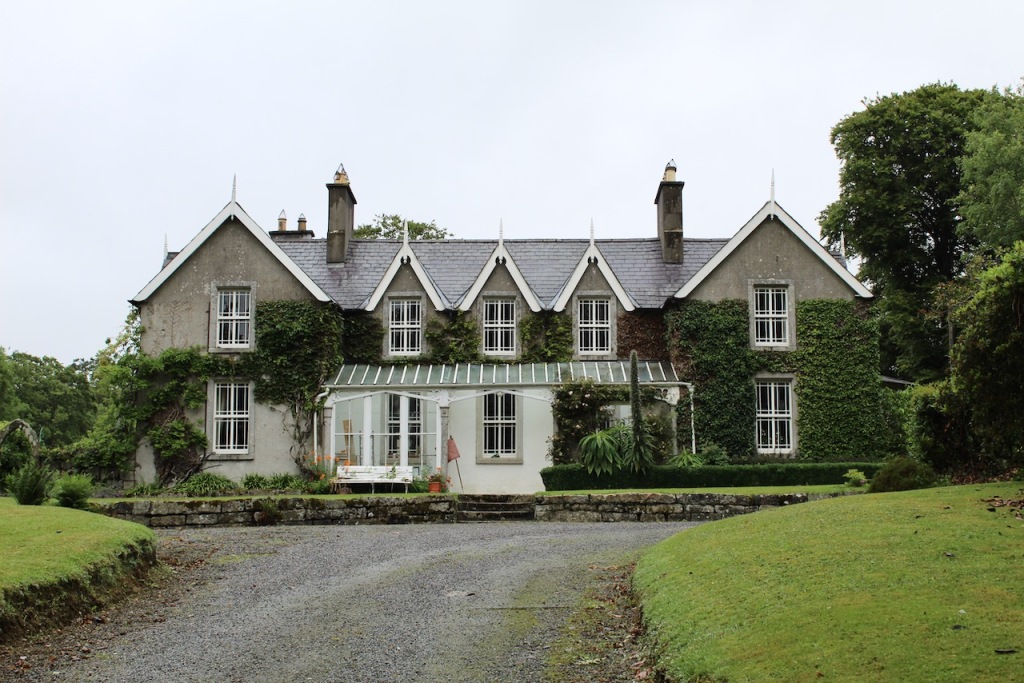
County Cavan
Cabra Castle, Kingscourt, County Cavan, A82 EC64 (hotel)
see my entry: https://irishhistorichouses.com/2021/03/28/cabra-castle-kingscourt-county-cavan/
www.cabracastle.com
Open: all year, except Dec 24, 25, 26, 11am-4pm
Fee: Free

Corravahan House & Gardens, Drung, Ballyhaise, Co. Cavan H12 D860
see my entry: https://irishhistorichouses.com/2020/08/28/corravahan-house-and-gardens-drung-county-cavan/
www.corravahan.com
Open dates in 2024: Jan 4-5, 11-12, 18-19, 25-26, Feb 1-2, 8-9, 15-16, 22-23, 29, Mar 1, 7-8, May 2-4, 9-11, 16-18, 23-25, 30-31, June 1, 6-8, 13-15, 20-22, 27-29, July 4-6, Aug 16-25, 9am-1pm, Sundays, 2pm-6pm
Fee: adult €10, OAP/student/child €5
Tours on the hour, or by appointment. Last admission 1 hour before closing time. CCTV in operation
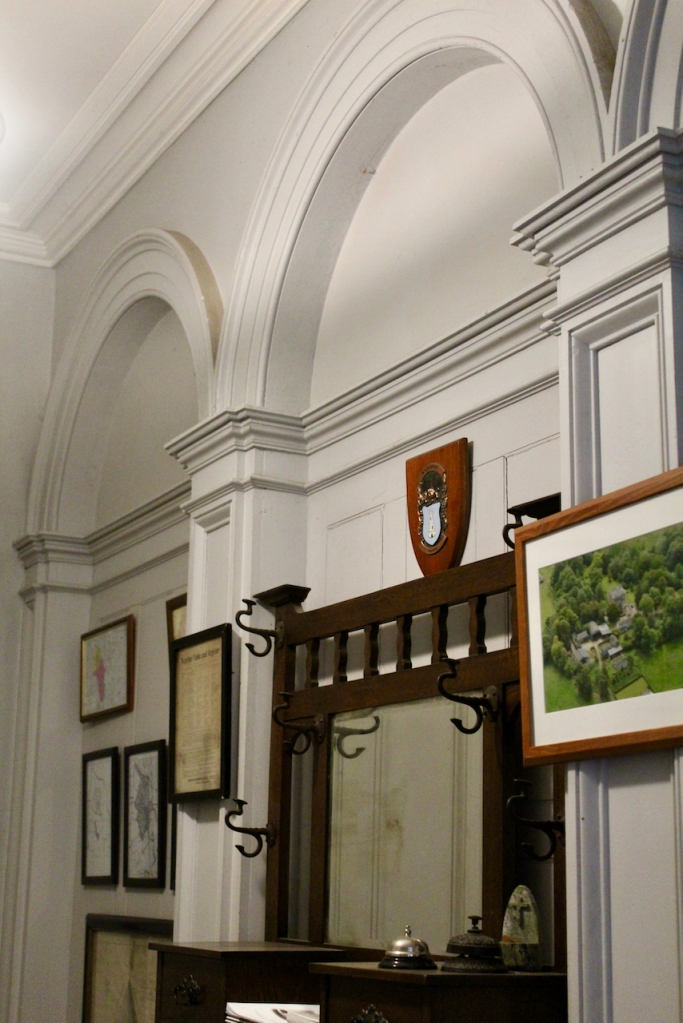
County Clare
Barntick House, Clarecastle Co. Clare V95 FH00
See my entry: https://irishhistorichouses.com/2022/11/06/barntick-house-clarecastle-county-clare/
Contact: Ciarán Murphy Tel: 086-1701060
Open dates in 2024: May 4-31, July 1-31 Mon-Sat, 4.30pm-8.30pm, Aug 17-25, 2pm-6pm
Fee: Free
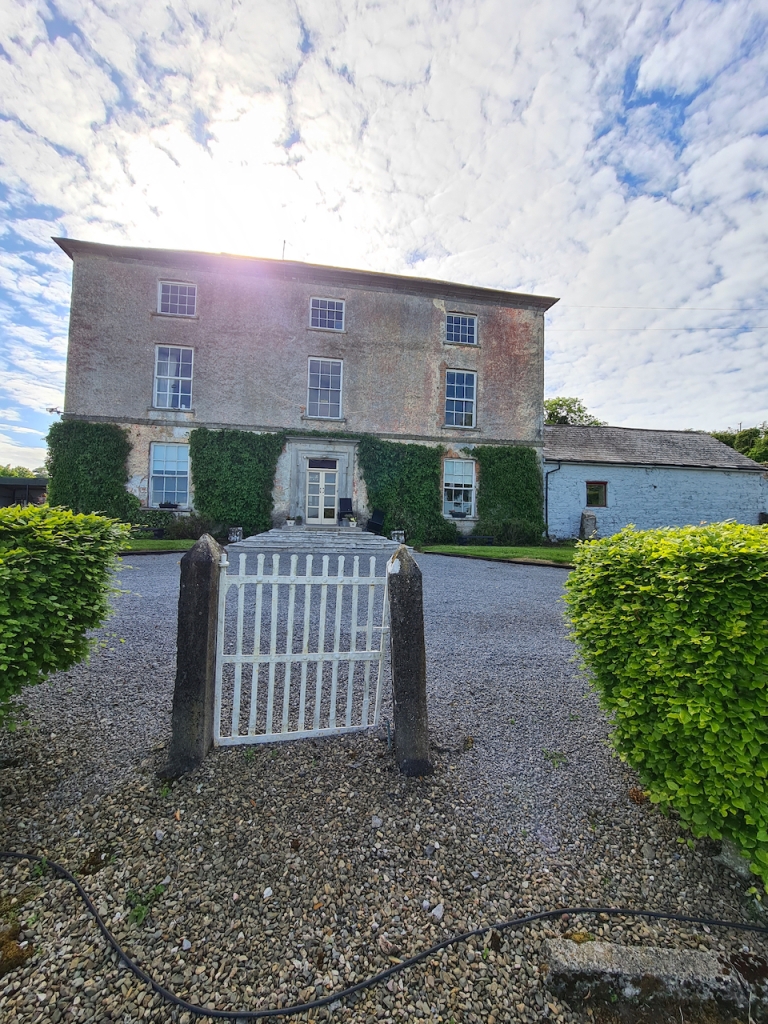
Loughnane’s, Main Street, Feakle, Co. Clare
www.clareecolodge.ie
Open dates in 2024: June 1-August 31, Wed-Sun, Aug 17-25, 2pm-6pm Fee: Free
Newtown Castle, Newtown, Ballyvaughan, Co. Clare
www.newtowncastle.com
Open dates in 2024: Jan 8-12, 15-19, 22-26, 29-31, Feb 1-2, 5-9, 12-16, 19-23, 26-29, March 1, 4-8, 11-15, 18-22, 25-29, Apr 1-6, 8-12, 15-19, 22-26, 29-30, May 1-3, 6-10, 13-17, 20-24, 27-31, June 3-7, 10-14, 17-21, 24-28, July 1-5, 8-12, 15-19, 22-26, 29-31, Aug 1-31, Sept 1-6, 9-13, 16-20, 23-27, 30, Oct 1-4, 7-11, 14-18, 21-25, 28-31, Nov 1, 4-8, 11-15, 18-22, 25-29, Dec 2-6, 9-13,10am-5pm
Fee: Free
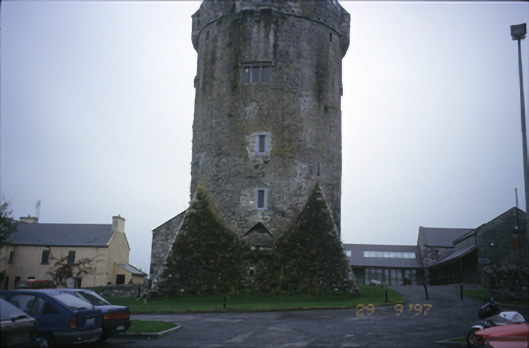
County Cork
Ashton Grove, Ballingohig, Knockraha, County Cork
https://irishhistorichouses.com/2022/11/04/ashton-grove-ballingohig-knockraha-co-cork/
Open dates in 2024: Jan 2, 9, 13-14, 16, 23, 30, Feb 5, 13, 17-18, 20, 27, Mar 5, 12, 19, 23-24, 26, Apr 9, 16, 23, May 7-8, 14-15, 25-26, 28-29, June 4-5, 8-12, 17-19, 24-26, July 2-3, 6-7, 9-10, Aug 17-25, Sept 3-4, 10-11, 17-18, 24-25, 8am-12 noon, Wednesdays 2pm-6pm
Fee: adult €5, child/OAP/student free
Ballyvolane House, Castlelyons, County Cork P61 FP70
Tourist Accommodation Facility
Open for accommodation: all year
Although listed under Accommodation Facility they have a fee on this listing so if you contact them in advance perhaps they will give you a tour: adult €6, family €16

Bantry House & Garden, Bantry, County Cork 975 T293
See my entry: https://irishhistorichouses.com/2022/12/01/bantry-house-garden-bantry-co-cork/
www.bantryhouse.com
Open dates in 2024: Apr 1-Oct 31, 10am-5pm but check the website in advance.
Fee: adult €14, OAP/student €11.50, child €5, groups over 8-20, €9 and groups of 21 or more €8

Blarney Castle & Rock Close, Blarney, County Cork
See my entry: https://irishhistorichouses.com/2022/09/23/blarney-castle-rock-close-blarney-co-cork/
www.blarneycastle.ie
Open: all year except Christmas Eve & Christmas Day, Jan-Feb, Oct-Dec, 9am-4pm, Mar-Sept, 9am-5pm
Fee: adult €20, OAP/student €16, child €9

Blarney House & Gardens, Blarney, County Cork
See my entry: https://irishhistorichouses.com/2022/09/30/blarney-house-gardens-blarney-co-cork/
www.blarneycastle.ie
Open dates in 2024: June 1-Aug 31, Mon-Sat, National Heritage Week, Aug 17-25, 10am-2pm
Fee: adult €10, OAP/student €8, child €5
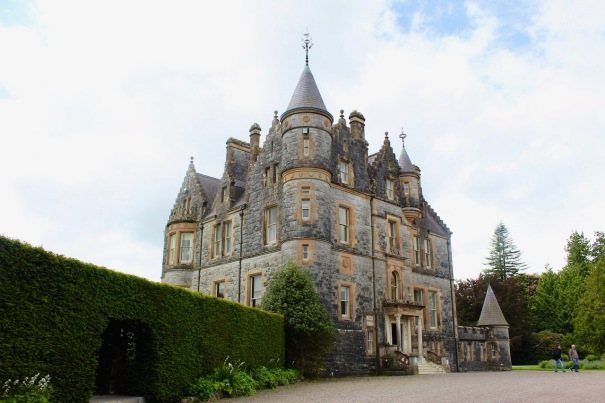
Brideweir House, Aghern, Conna, County Cork P51 FD36
www.brideweir.ie
Open dates in 2024: Jan 1-Dec 24, 9am-1pm
Fee: adult €10, child/student €5, OAP free
Check before visiting!
Burton Park, Churchtown, Mallow, County Cork P51 VN8H
www.slieile.ie
Open dates in 2024: Apr 1-Oct 12, Sat-Sun, National Heritage Week, Aug 17-25, 2pm-6pm
Free
See my entry https://irishhistorichouses.com/2024/02/08/burton-park-churchtown-mallow-county-cork-p51-vn8h/

Drishane Castle & Gardens, Drishanemore, Millstreet Town, County Cork
www.millstreet.ie
Open dates in 2024: Jan 2- May 31, Mon-Fri, June 1- Sept 30, Mon-Sat, Oct 1- Dec 31, Mon- Fri, National Heritage Week, Aug 17-25, 9am-5pm
Fee: adult €5, OAP/student free, child free when accompanied by adult
See my entry https://irishhistorichouses.com/2024/01/11/drishane-castle-gardens-drishanemore-millstreet-town-co-cork/
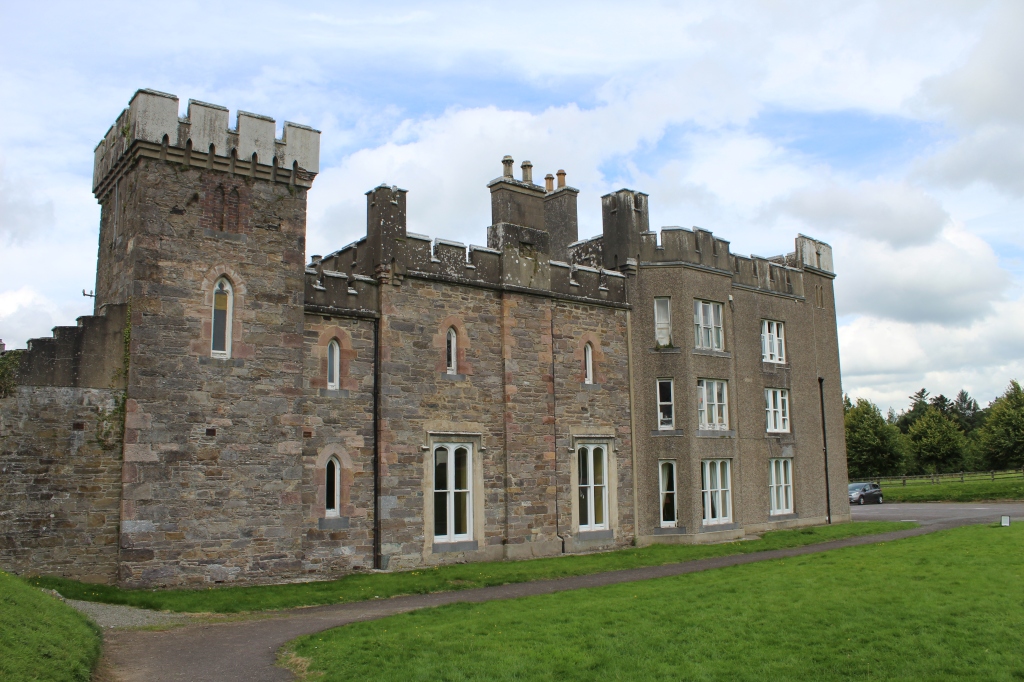
Drishane House, Castletownshend, County Cork
See my entry: https://irishhistorichouses.com/2021/03/07/drishane-house-castletownshend-co-cork/
www.drishane.com
Open dates in 2024: May 1-21, 29-31, June 1-7, Aug 17-25, Oct 2-21, 11am-3pm
Fee: adult €12, OAP €10, student/child €8, child under 6 free

Dún Na Séad Castle, Baltimore, County Cork 981 X968
www.baltimorecastle.ie
Open dates in 2024: April 1st – Sept 30, 11am -5pm
Fee: adult/OAP/student €5, children under 12 free
See my entry https://irishhistorichouses.com/2023/12/28/dun-na-sead-castle-baltimore-co-cork-981-x968/

Garrettstown House, Garrettstown, Kinsale, County Cork
www.garrettstownhouse.com
Open dates in 2024: May 14-Sept 6, 12 noon-5pm
Fee: adult €10, OAP/student/child €5, groups of 10+ adults €5 per person
Kilcascan Castle, Ballineen, County Cork 947 R286
Open dates in 2024: Aug 1-31, Sept 1-30, 9.30am-1.30pm
Fee: Free
See my entry https://irishhistorichouses.com/2023/12/14/kilcascan-castle-ballineen-co-cork-947-r286/
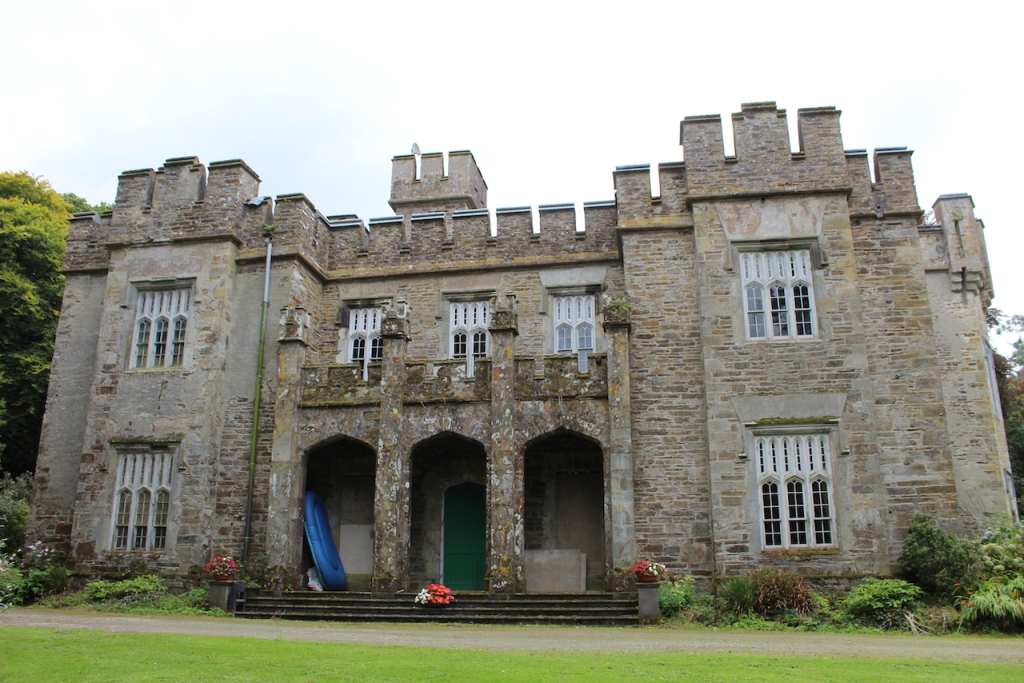
Kilshannig House, Rathcormac, County Cork P61 AW77
See my entry: https://irishhistorichouses.com/2020/12/10/kilshannig-house-rathcormac-county-cork/
Open dates in 2024: May 1, 3-4, 9-12, June 1, 3-8, 10-15, 17-22, 24-29, July 1-6, 8-13, 15-20, 22-27, 29-31, Aug 1-3, 5-10, 12-31, Sept 1-10, 21, 23, 25, 8.30am-3pm,
Fee: adult €12, child/OAP/student €10

Riverstown House, Riverstown, Glanmire, County Cork T45 HY45
See my entry: https://irishhistorichouses.com/2023/02/25/riverstown-house-riverstown-glanmire-county-cork-t45-hy45/
Open dates in 2024: May 2-Sept 7, Thurs, Fri, Sat, National Heritage Week, Aug 17-25, 2pm-6pm
Fee: adult €8, OAP €5, student €3

Woodford Bourne Warehouse, Sheares Street, Cork City
www.woodfordbournewarehouse.com
Open: all year except Christmas Eve, Christmas Day, 1pm-11pm
Fee: Free
County Donegal
Cavanacor House, Ballindrait, Lifford, Co. Donegal F93 F573
www.cavanacorgallery.ie
Open dates in 2024: Feb 1-20, May 1-31, Aug 17-25, 1pm-5pm
Fee: adult €8, OAP/student/child €6
Oakfield Park Garden, Oakfield Demesne, Raphoe, Co. Donegal – garden only
See my entry: https://irishhistorichouses.com/2022/11/03/oakfield-park-oakfield-demesne-raphoe-co-donegal-garden-only/
Open dates in 2024: Mar 20-24, 27-31, Apr 1, 3-7, 10-14, 17-21, 24-28, May 1-5, 8-12, 15-19, 22-26, 29-31, June 1-30, July 1-31, Aug 1-31, Sept 1, 4-8, 11-15, 18-22, 25-29, Oct 5-13, Nov 27-30, Dec 1, 4-8, 11-15, 18-22, Mar, Apr, May, Sept, Oct, 12 noon-6pm, June, July, Aug, 11am-6pm, Nov, Dec, 4pm-10pm, Sundays, 4.30pm-10pm
Fee: adult €9, child €6, under 3 years free
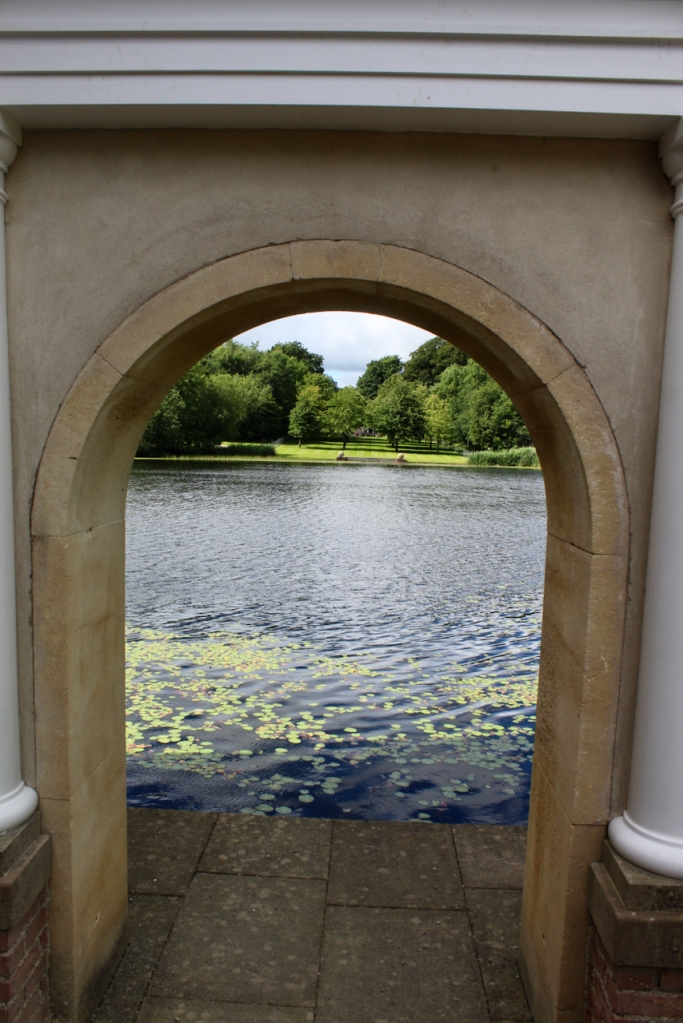
Portnason House, Portnason, Ballyshannon, Co. Donegal
Open dates in 2024: May 20-25, June 24-29, July 22-27, Aug 17-31, Sept 24-30, Oct 21-25, Nov 18-22, 25-29, Dec 16-20, 9am-1pm
Fee: adult €10, OAP/student/child €6
Salthill Garden, Salthill House, Mountcharles, Co. Donegal F94 H524 – garden only
See my entry: https://irishhistorichouses.com/2021/10/06/salthill-garden-salthill-house-mountcharles-county-donegal/
Open dates in 2024: May 3-4, 10-11, 17-18, 24-25, 31, June 1, 7-8, 14-15, 21-22, 28-29, July 2-6, 9-13, 16-20, 23-27, Aug 1, 3, 6-10, 12-25, 27- 31, Sept 5-6, 12-13, 19-20, 26-27, 2pm-6pm
Fee: adult/OAP/student €6, child under 3 free, otherwise €2

Dublin City
Bewley’s, 78-79 Grafton Street/234 Johnson’s Court, Dublin 2
www.bewleys.com
Open: all year except Christmas Day, 9am-5pm
Fee: Free
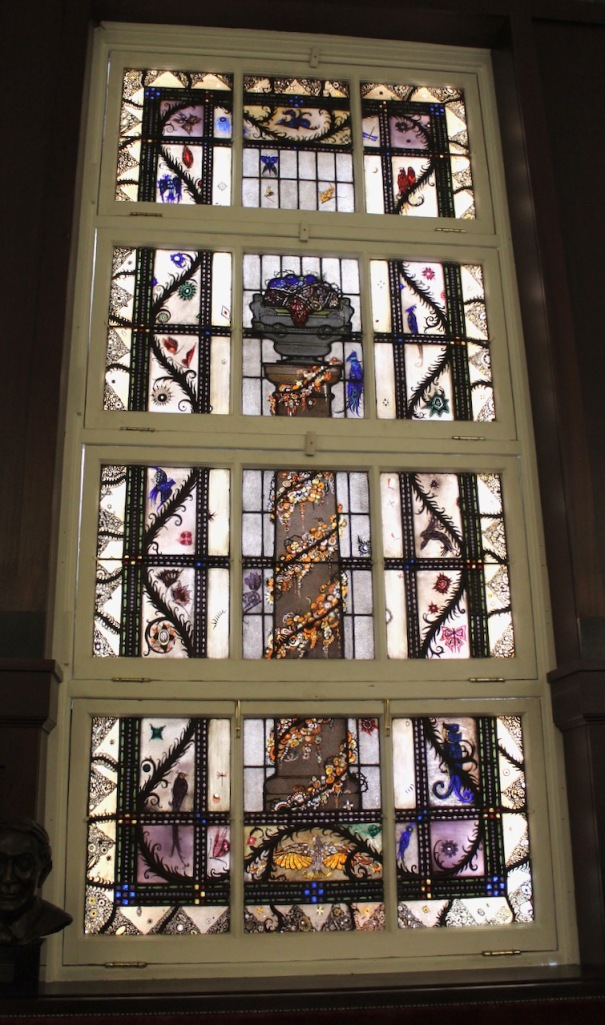
Doheny & Nesbitt, 4/5 Lower Baggot Street, Dublin 2
Open: all year except Christmas Day, Mon-Thurs, 9am-11.30pm, Fri-Sat, 9am-12.30am, Sun, 10am-12 midnight
Fee: Free
Hibernian/National Irish Bank, 23-27 College Green, Dublin 2
See my entry: https://irishhistorichouses.com/2023/01/28/hibernian-national-irish-bank-23-27-college-green-dublin-2/
www.clarendonproperties.ie
Open: all year, except Jan 1, and Dec 24-25, Mon-Sat, 9.30am-8pm, Sun, 11am-7pm
Fee: Free
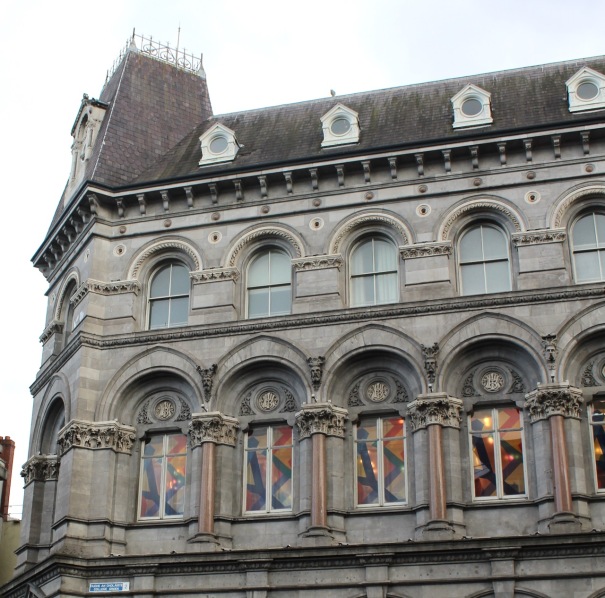
11 North Great George’s Street, Dublin 1
see my entry: https://irishhistorichouses.com/2019/12/31/11-north-great-georges-street-dublin-1/
www.number11dublin.ie
Open dates in 2024: April 8-12, 22-26, May 7-11, June 3-8, July 8-13, Aug 5-10, 17-26, Sept 2-8, Oct 7-11, 21-25,
12 noon-4pm
Fee: adult €7, students/OAP €3, child free

39 North Great George’s Street, Dublin 1
http://www.39northgreatgeorgesstreet.com
Open dates in 2024: May 13-26, June 14-23, July 8-21, Aug 10-31, 1pm-5pm
Fee: adult €7, students/OAP €5, child free with adult, group €5 per person
See my entry https://irishhistorichouses.com/2023/07/06/39-north-great-georges-street-dublin/
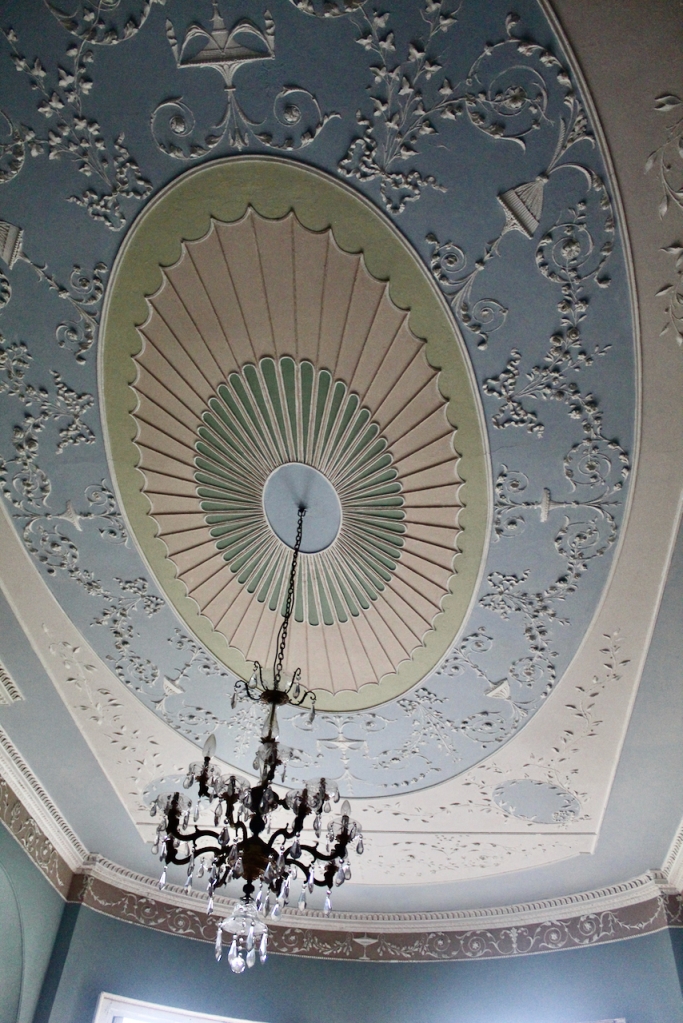
81 North King Street, Smithfield, Dublin 7
Open dates in 2024: Apr 1-6, 8-13, 15-20, 22-27, June 1, 3-8, 10-15, 17-22, 24-29, Aug 1-3, 5-10, 12-31, 12 noon-4pm
Fee: Free
The Odeon (formerly the Old Harcourt Street Railway Station), 57 Harcourt Street, Dublin 2
www.odeon.ie
Open in 2024: all year Tue-Sat, National Heritage Week, Aug 17-25, 12 noon to 12 midnight
Fee: Free
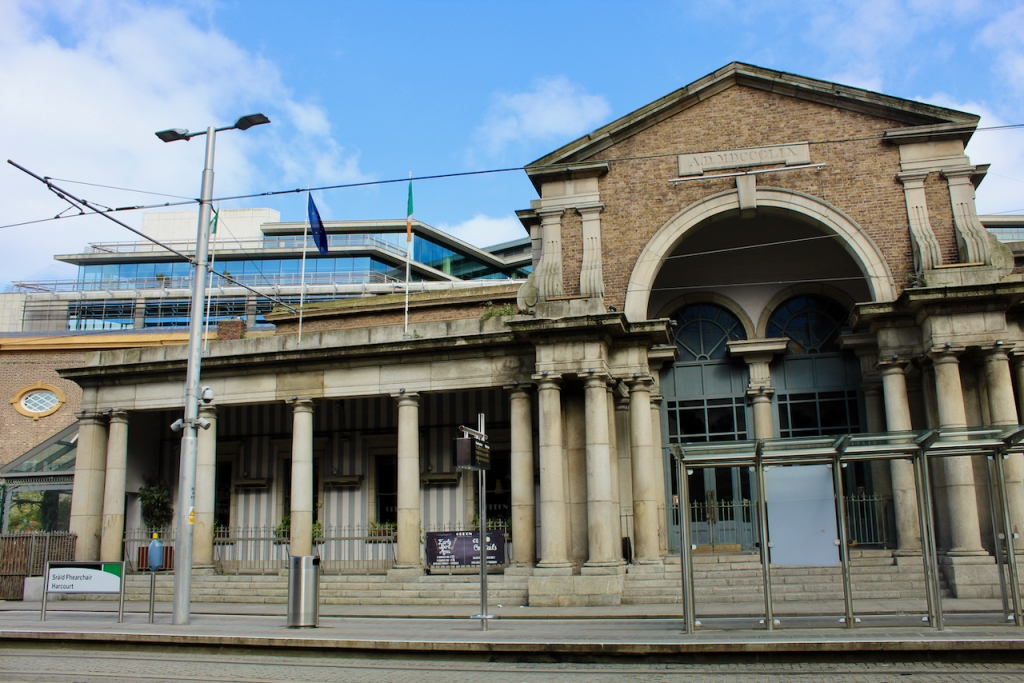
Powerscourt Townhouse Centre, 59 South William Street, Dublin 2
see my entry: https://irishhistorichouses.com/2020/04/02/powerscourt-townhouse-59-south-william-street-dublin-2/
https://www.powerscourtcentre.ie/
Open in 2024: all year, except New Year’s Day, Christmas Eve, Christmas Day, Mon-Sat, 9am-6pm, Sunday, 12 noon-6pm
Fee: Free
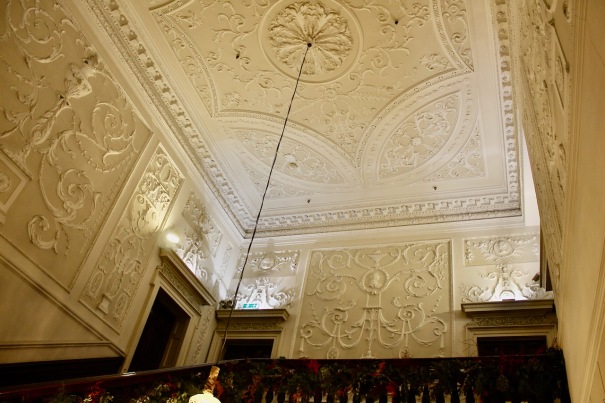
10 South Frederick Street, Dublin 2 DO2 YT54
Open dates in 2024: Jan 1-5, 8-12, 15-19, 22-26, May 1-31, Aug 17-25, 2pm-6pm
Fee: Free
The Church, Junction of Mary’s Street/Jervis Street, Dublin 1
see my entry: https://irishhistorichouses.com/2022/11/09/the-church-junction-of-marys-street-jervis-street-dublin/
www.thechurch.ie
Open: Jan 1-Dec 23, 27-31, 11am-10pm
Fee: Free
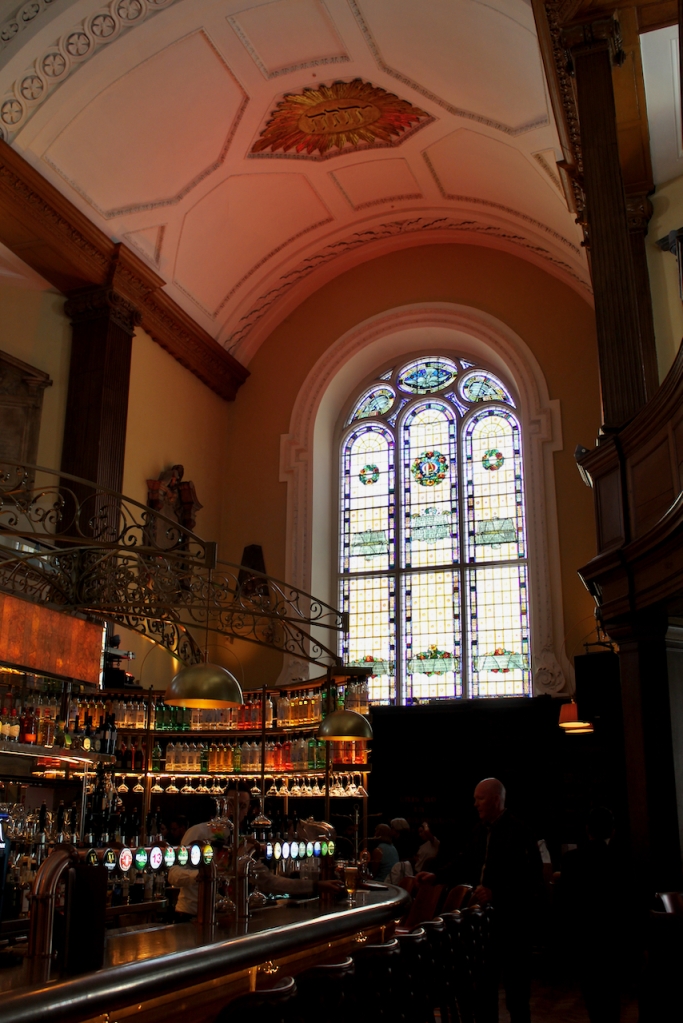
County Dublin
Clonskeagh Castle, 80 Whitebeam Road, Clonskeagh, Dublin 14
Open dates in 2024: Feb 6-10, Mar 5-9, Apr 10-14, May 1-10, June 1-10, July 1-10, Aug 17-25, Nov 4-7, Dec 4-7, 10am-4pm
Fee: Adult €6, child OAP/student €3
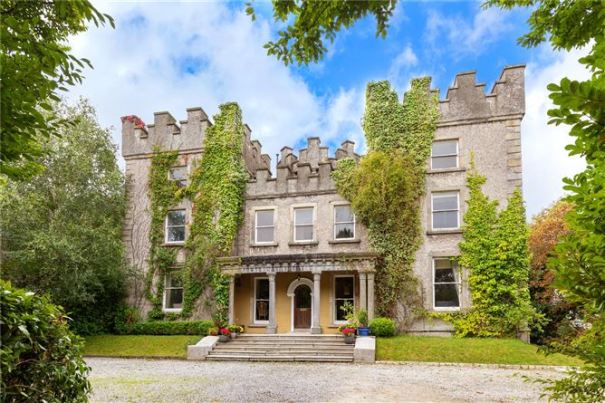
Colganstown House, Hazelhatch Road, Newcastle, Co. Dublin D22 PK16
see my entry: https://irishhistorichouses.com/2020/05/21/colganstown-house-hazelhatch-road-newcastle-county-dublin/
Open dates in 2024: Apr 15-21, May 1-16, 21-28, June 10-16, Aug 17-25, Nov 11-23, 9am-1pm
Fee: adult/OAP €10, student/child free

Corke Lodge Garden, Shankill, Co. Dublin A98 X264 – garden only
Postal address Woodbrook, Bray, Co. Wicklow
www.corkelodge.com
Open dates in 2024: June 3-28, Mon-Fri, July 2-27, Tue-Sat, Aug 5-25, 10am-2pm
Fee: €8, paid voluntarily in honesty box to benefit Our Lady’s Hospice
Fahanmura, 2 Knocksina, Foxrock, Dublin 18, D18 W3F2
See my entry https://irishhistorichouses.com/2023/08/10/fahanmura-2-knocksinna-foxrock-dublin-18-d18-w3f2/
www.fahanmura.ie
Open dates in 2024: Apr 8-12, 15-19, 22-26, May 7-11, 14-18, June 2-8, 11-15, July 2-6, 9-13, Aug 17-25, Sept 9-14, 9am-1pm
Fee: adult €5, student €2, OAP/child free
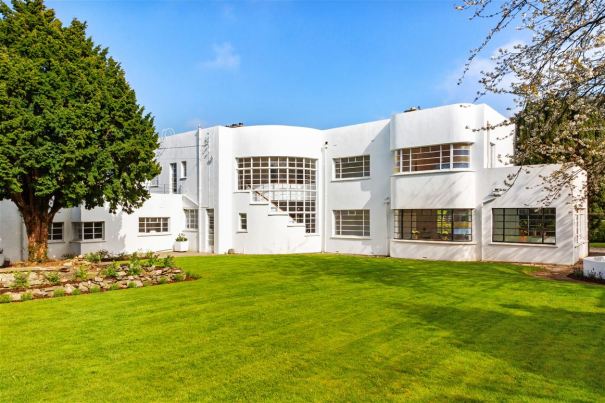
Farm Complex, Toberburr Road, Killeek, St Margaret’s, Co. Dublin
Open dates in 2024: Jan 4-7, 12-14, 19-21, 26-28, Mon-Fri, 9.30pm-1.30pm, Sat-Sun, 1pm-5pm, May17-20, June 1-4, 7-10, 14-17, 21-23, Mon- Fri, 9.30am-1.30pm, Sat-Sun, 2pm-6pm, Aug 16-25, 2pm-6pm, Sept 13-14, 16, 20-23, 27-30, Oct 18-20, 26-29, Mon- Fri, 9.30-1.30pm, Sat-Sun, 2pm-6pm,
Fee: adult €6, student/OAP/child €5
Lambay Castle, Lambay Island, Malahide, Co. Dublin R36 XH75
www.lambayisland.ie
Tourist Accommodation Facility – not open to the public
Open for accommodation: April 1- September 30 2024
They do give tours if booked in advance – see the website.
The Old Glebe, Upper Main Street, Newcastle, Co. Dublin
See my entry: https://irishhistorichouses.com/2019/12/31/the-old-glebe-newcastle-lyons-county-dublin/
Open dates in 2024: Apr 29-30, May 1-31, June 1, 3-8, 9-15, 17-22, 24-29, Aug 17-25, 10am-2pm
Fee: Free
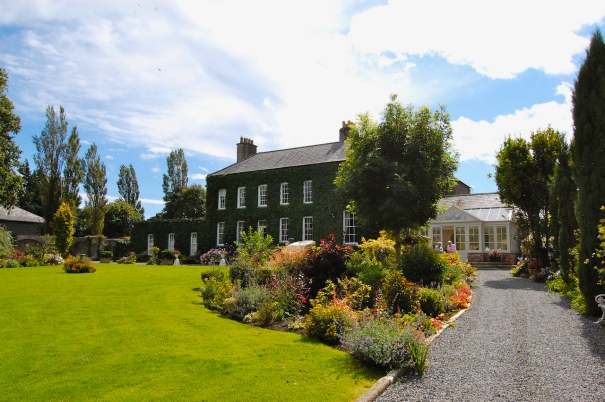
Martello Tower, Portrane, Co. Dublin
See my entry: https://irishhistorichouses.com/2022/07/29/martello-tower-portrane-co-dublin/
Open dates in 2024: March 2- Sept 22, Sat & Sun, National Heritage Week, Aug 17-25, 9am-1pm
Fee: adult €6, student/OAP €2, child free
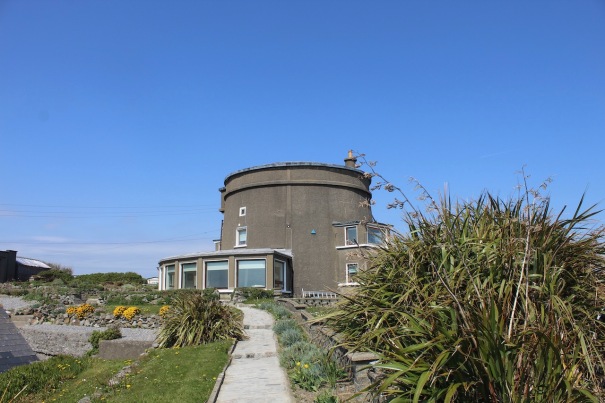
Meander, Westminister Road, Foxrock, Dublin 18, D18 E2T9
Open dates in 2024: Jan 8-9, 10-12, 15-19, 22-26, 29-31, Feb 1-2, May 7-11, 15-18, 21-25, June 4-8, 10-15, 17-22, Aug 17-25, 9am-1pm
Fee: adult €5, OAP/child/student €2
Primrose Hill, Very Top of Primrose Lane, Lucan, Co. Dublin
Open dates in 2024: Feb 1-28, June 1-30, July 1-7, Aug 17-25, 2pm-6pm
Fee: adult/OAP €6, child free

St. George’s, St. George’s Avenue, Killiney, Co. Dublin
See my entry: https://irishhistorichouses.com/2022/11/24/st-georges-st-georges-avenue-killiney-co-dublin/
Open dates in 2024: July 1-31, Aug 1-31, 9am-1pm
Fee: adult €5, OAP/student/child €3.50
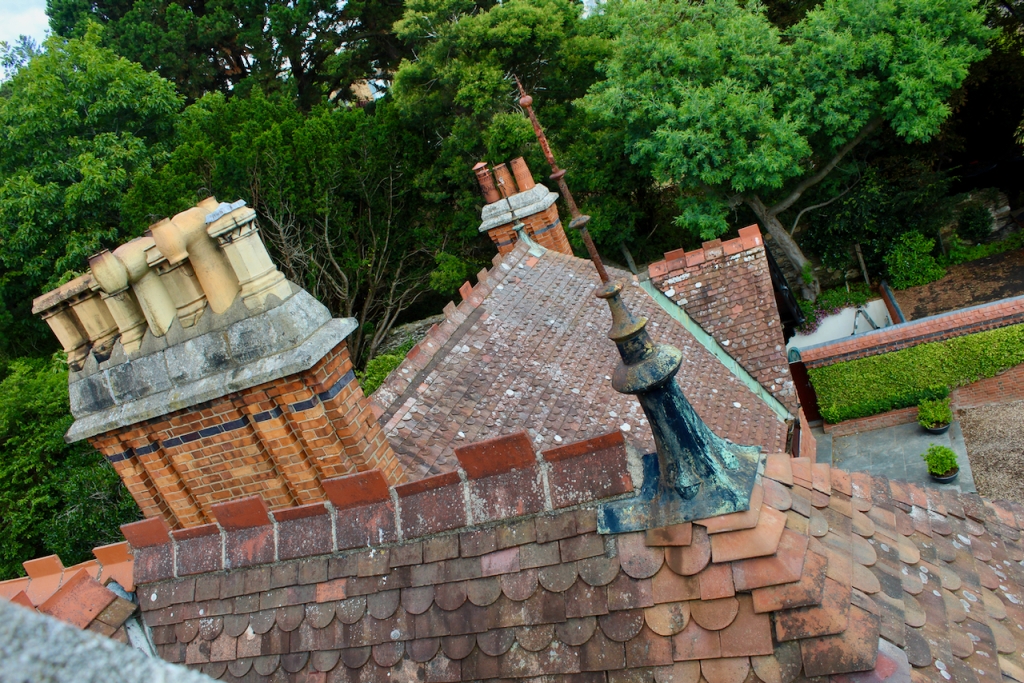
Tibradden House, Mutton Lane, Rathfarnham, Dublin 16 D16 XV97
Open dates in 2024: Jan 15-19, Feb 19-23, Mar 4-8, Apr 8-12, May 4-5, 6-10, 13-17, 20-24, June 4-7, 11-14, Aug 17-25, Sept 21-22, 26-29, Jan-Apr and June, 9am-1pm, May and Sept, Sat-Sun 10am-2pm, Mon-Fri, 9am-1pm, Aug, 2pm-6pm
Fee: adult/OAP €8, student €5, child free, Members of An Taisce and The Irish Georgian Society (with membership card) €5
County Galway
Castle Ellen House, Athenry, Co. Galway
http://www.castleellen.ie/
Open dates in 2024: May 22-23, 26-30, June 2-6, 9-13, 16-20, 23-27, 30, July 1-4, 7-11, 14-18, 21-25, 28-31, Aug 17-25, 12 noon-4pm
Fee: Free
Claregalway Castle, Claregalway, Co. Galway H91 E9T3
Tourist Accommodation Facility – not open to the public
www.claregalwaycastle.com
Open for accommodation: January 2-December 24
See my entry https://irishhistorichouses.com/2023/04/20/claregalway-castle-claregalway-co-galway/
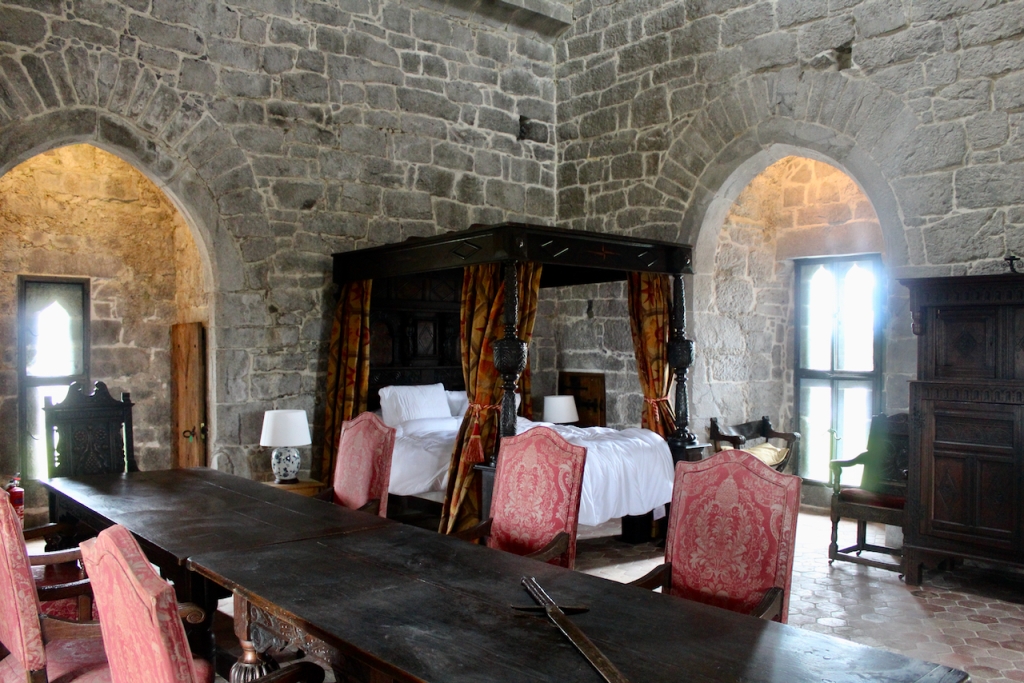
Lisdonagh House, Caherlistrane, Co. Galway H91 PFW6
Tourist Accommodation Facility – not open to the public
www.lisdonagh.com
Open for accommodation: May 1-Nov 1
The Grammer School, College Road, Galway
www.yeatscollege.ie
Open dates in 2024: May 4-5, 11-12, 18-19, 25-26, June 8-9, July 1-31, Aug 1-12, 17-25, 9am-5pm
Fee: adult/OAP/student €5, child under 12 free
Signal Tower & Lighthouse, Eochaill, Inis Mór, Aran Islands, Co. Galway
www.aranislands.ie
Open in 2024: June-Sept, 9am-5pm.
Fee: adult €2.50, child €.50, OAP/student free, family €5, group rates depending on numbers
Woodville House Dovecote & Walls of Walled Garden – garden only
Craughwell, Co. Galway
www.woodvillewalledgarden.com
Open dates in 2024: Feb 2-5, 9-12, 16-19, 23-26, Mar 1-4, June 1-30, Aug 17-26, Feb-Mar, 12 noon-4pm, June and August, 11am-5pm-last entry 4.30pm
Fee: adult €10, OAP €8, student, €6, child €3 must be accompanied by adult, family €25, 2 adults and 2 children
County Kerry
Ballyseede Castle, Tralee, Co. Kerry (hotel)
www.ballyseedecastle.com
Open: Jan 1-Dec 22, 8am-12 midnight
Fee: Free
See my entry https://irishhistorichouses.com/2023/09/02/ballyseede-castle-ballyseede-tralee-co-kerry/
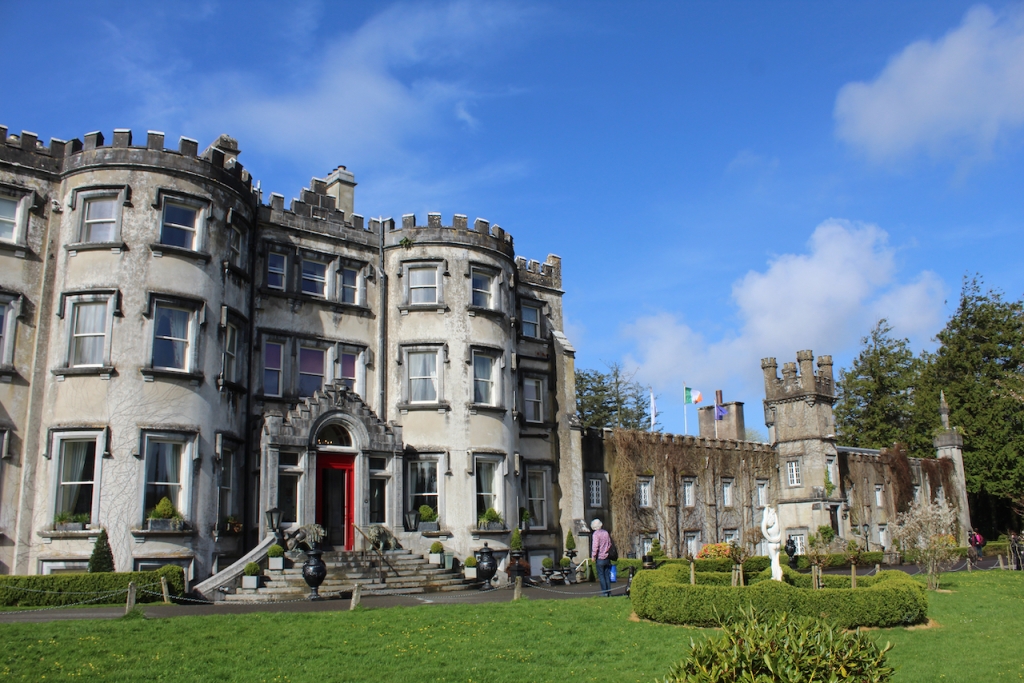
Derreen Gardens, Lauragh, Tuosist, Kenmare, Co. Kerry – garden only
https://www.derreengarden.com/
Open: all year, 10am-6pm
Fee: adult/OAP/student €9, child €4, family ticket (2 adults and all children + 2 maps) €25
See my entry https://irishhistorichouses.com/2023/09/07/derreen-gardens-lauragh-tuosist-kenmare-co-kerry/

Kells Bay House & Garden, Kells, Caherciveen, Co Kerry V23 EP48 – garden only
Open in 2024: Jan 1-7, Feb 3-Dec 21, 28-31, Jan-Mar, Nov-Dec 9.30am-5pm, Apr-Oct 9.30am-6pm
Fee: adult €8.75, purchase in the gardens €9.50, child €6.75, purchase in the garden €7.50, family €28, purchase in the gardens €30, OAP/student free, any other concessions see: http://www.kellsgardens.ie/garden-tickets/
See my entry https://irishhistorichouses.com/2023/09/13/kells-bay-house-garden-kells-caherciveen-county-kerry/
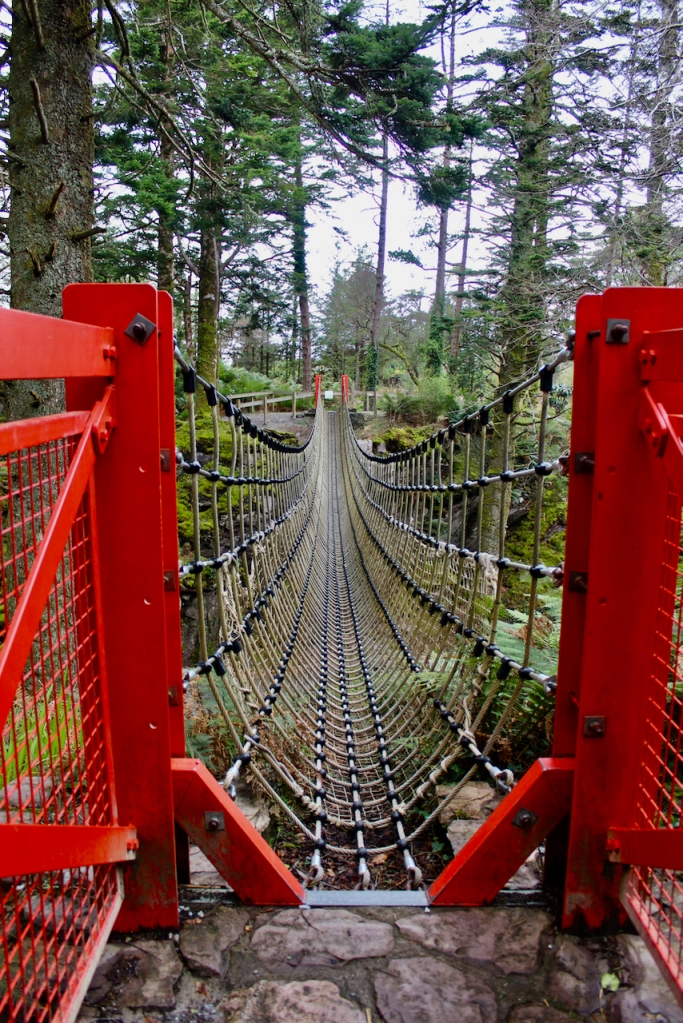
Tarbert House, Tarbert, Co. Kerry
Open dates in 2024: May 1- July 31, Mon-Sat, Aug 1-31,10am-12 noon, 2pm-4pm
Fee: adult/OAP €5, student/child free
County Kildare
Blackhall Castle, Calverstown, Kilcullen, Co. Kildare R56 CR68
See my entry: https://irishhistorichouses.com/2020/05/14/blackhall-castle-calverstown-kilcullen-county-kildare/
Open dates in 2024: May 1-31, Aug 17-25, Sept 1-15, Dec 1-20, 2pm-6pm
Fee: Free
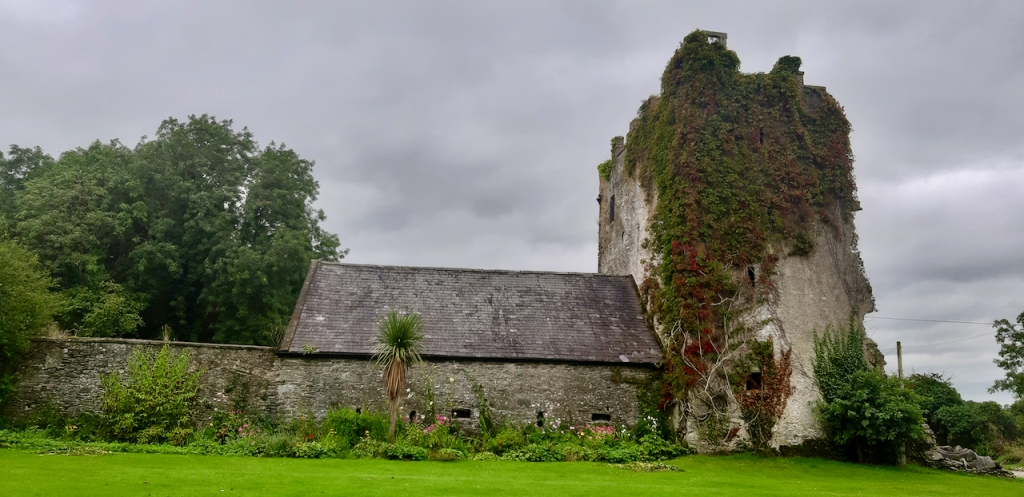
Burtown House and Garden, Athy, Co. Kildare R14 AE67
www.burtownhouse.ie
Open dates in 2024: May 1-4, 8-11, 15-18, 22-25, 29-31, June 5-8, 12-15, 19-22, 26-29, August 17-25, Sept 4-7, 11-14, 18-21, 25-28, 9am-1pm
Fee: adult €8, OAP/student/child €5

Coolcarrigan House & Gardens, Coolcarrigan, Coill Dubh, Naas, Co. Kildare
See my entry: https://irishhistorichouses.com/2020/05/31/coolcarrigan-house-and-gardens-coill-dubh-naas-county-kildare/
www.coolcarrigan.ie
Open dates in 2024: Feb 12-16, 19-23, Aug 1-2, 6-31, Sept 1-8, 23-27, 30, Oct 1-4, 7-9, 9am-1pm
Fee: adult €8, OAP/student €5, child free
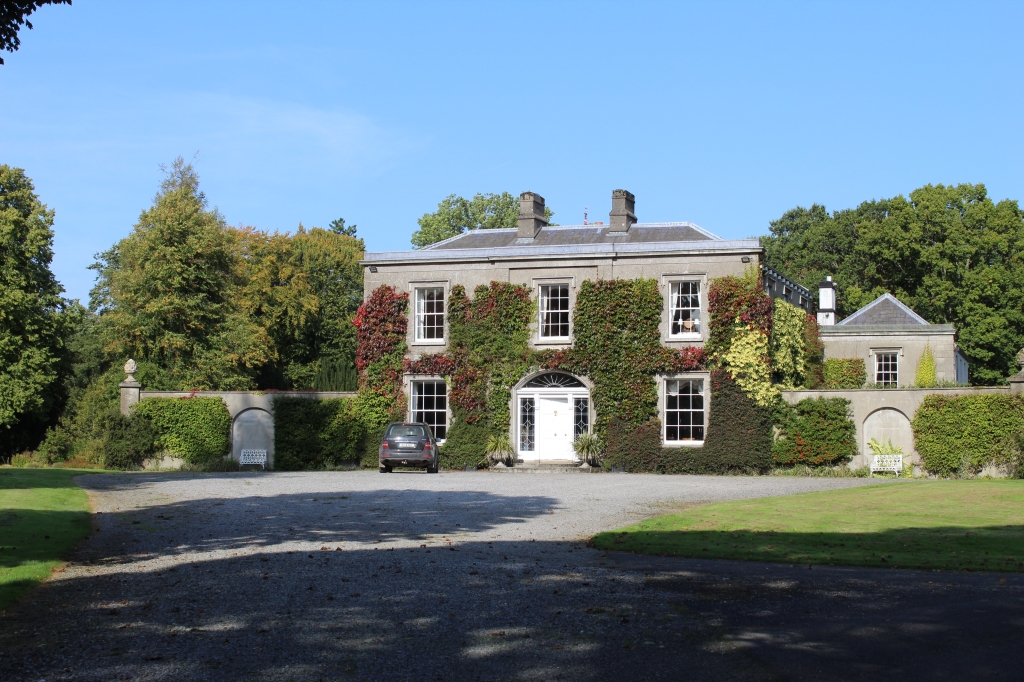
Farmersvale House, Badgerhill, Kill, Co. Kildare W91 PP99
Open dates in 2024: Jan 12-31, July 17-31, Aug 1-25, 9.30am-1.30pm
Fee: adult €5, student/child/OAP €3, (Irish Georgian Society members free)
Griesemount House, Ballitore, Co Kildare R14 WF64
www.griesemounthouse.ie
Open dates in 2024: Feb 12-25, 26, May 13-24, June 17-28, July 8-19, Aug 17-25, 2pm-6pm
Fee: adult €6, OAP €5, child/student €3
Harristown House, Brannockstown, Co. Kildare W91 E710
See my entry: https://irishhistorichouses.com/2020/09/27/harristown-brannockstown-county-kildare/
https://www.harristownhouse.ie/
Open dates in 2024: Feb19-27, Mar 11-22, May 6-17, July 8-26, Aug 13-25, 9am-1pm
Fee: adult/OAP/student/child €10

Kildrought House, Celbridge Village, Co. Kildare W23 N9P2
Open dates in 2024: Jan 9-25, May 18-31, June 1-3, July 1-8, Aug 17-31, 10am-2pm
Fee: adult €10, OAP/student €5, child €5, (under 7 years free)
See my entry https://irishhistorichouses.com/2023/06/22/kildrought-house-celbridge-village-co-kildare-w23-n9p2/

Larchill, Kilcock, Co. Kildare W23 Y44P
See my entry: https://irishhistorichouses.com/2022/09/02/larchill-kilcock-co-kildare/
www.larchill.ie
Open dates in 2024: May 1-17, 20-24, 27-31, June 1-7, 11-14, 18-21, 25-28, Aug 17-25, 10am-2pm
Fee: adult/OAP/student €8, child €4 (under 4 years free)
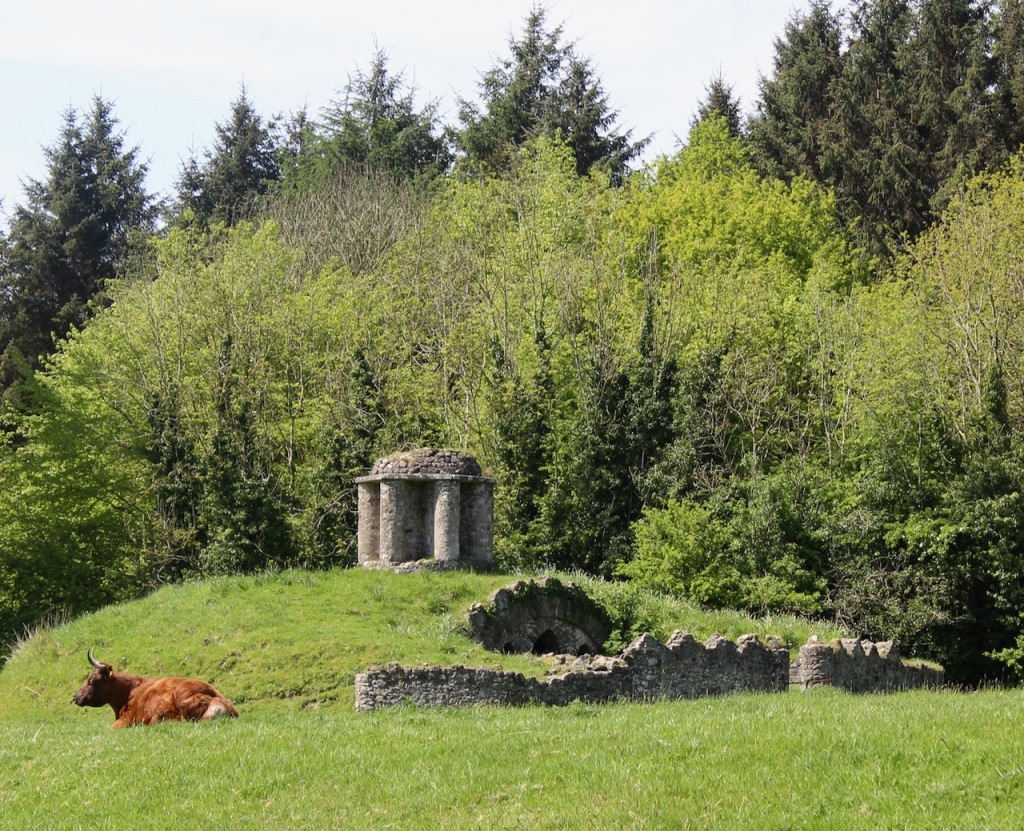
Leixlip Castle, Leixlip, Co. Kildare W23 N8X6
See my entry: https://irishhistorichouses.com/2020/09/04/leixlip-castle-county-kildare-desmond-guinnesss-jewelbox-of-treasures/
Open dates in 2024: Feb 19-23, 26-29, Mar 1, 4-8, 11-15, May 13-24, June 10-21, Aug 17-25, Sept 2-8, 9am-1pm
Fee: adult €8, OAP/student/child €4, no charge for school groups
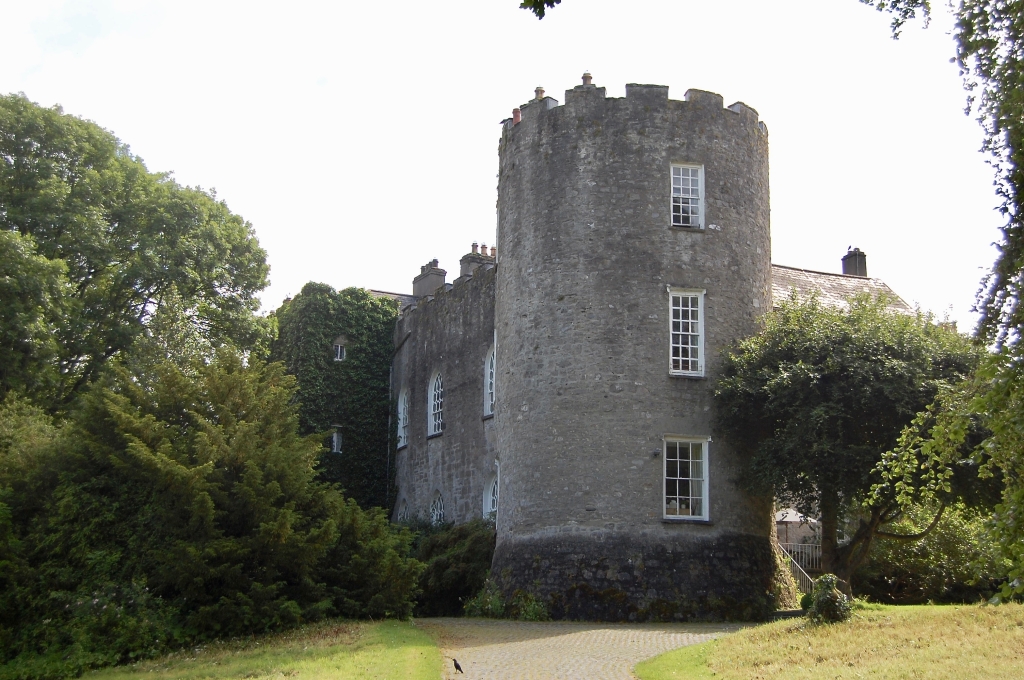
Millbrook House, Kilkea, Beaconstown, Castledermot, Co. Kildare, R14Y319
Open in 2024: May 17- 31, Aug 12-31, Sept 7-16, Dec 17-31, 9am-1pm
Fee: Adult €8, student/OAP/groups €5
Moone Abbey House & Tower, Moone Abbey, Moone, Co. Kildare R14 XA40
See my entry: https://irishhistorichouses.com/2020/06/13/moone-abbey-house-and-tower-moone-county-kildare/
Open dates in 2024: May 1-31, Aug 17-25, Sept 1-20, 12 noon- 4pm
Fee: adult €8, OAP/student/child €4
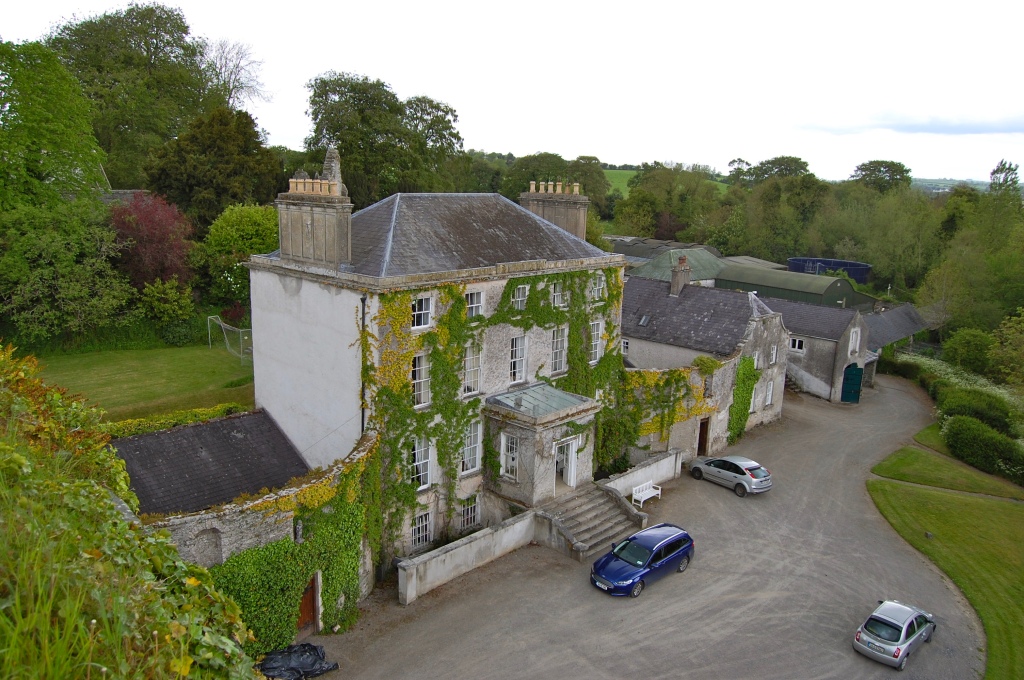
Moyglare Glebe, Moyglare, Maynooth, Co. Kildare
Open dates in 2024: Jan 2-26, 29, May 1-31, Aug 17-25, 8.30am-12.30pm
Fee: adult €6, OAP/student/child €3
Steam Museum Lodge Park Heritage Centre, Lodge Park, Straffan, Co. Kildare
www.steam-museum.com
Open dates in 2024: Apr 30, May 4-6, 11-12, 18-19, 25-26, June 1-3, 7-9, 14-16, 21-23, 28-30, July 5-7, 12-14, 19-21, 26-28, Aug 2-5, 9-11, 16-25, 31, Sept 1, 7-8, 14-15, 21-22, 28-29, 1pm-5pm
Fee: Garden and Museum, adult Fri/Sat, €12, Sun €15 steam, child/OAP/student €6, family €25, scenic railway €5 when open
Templemills House, Newtown Road, Celbridge, Co. Kildare W23 YK26
Open dates in 2024: Jan 14-26, Feb 3-9, May 1-31, Aug 17-25, 9am-1pm
Fee: adult €12, child/student/OAP €8
County Kilkenny
Aylwardstown, Glenmore, Co Kilkenny
www.kelvale.com
Open dates in 2024: Aug 1-31, Sept 1-30, 9am-5pm
Fee: adult €5, OAP/student €3, child free
Ballybur Castle
Ballybur Upper, Cuffesgrange, Co. Kilkenny
www.ballyburcastle.com
Open dates in 2024: Aug 1-31, Sept 1-30, 2pm-6pm
Fee: Free
Ballysallagh House, Johnswell, Co Kilkenny R95 A6P1
See my entry: https://irishhistorichouses.com/2022/06/17/ballysallagh-house-johnswell-co-kilkenny/
Open dates in 2024: Feb 1-20, May 1-7, 18-31, Aug 17-31, Sept 1-5, 9am-1pm
Fee: adult €7.50, child/OAP/student €5, discount free access to local community groups
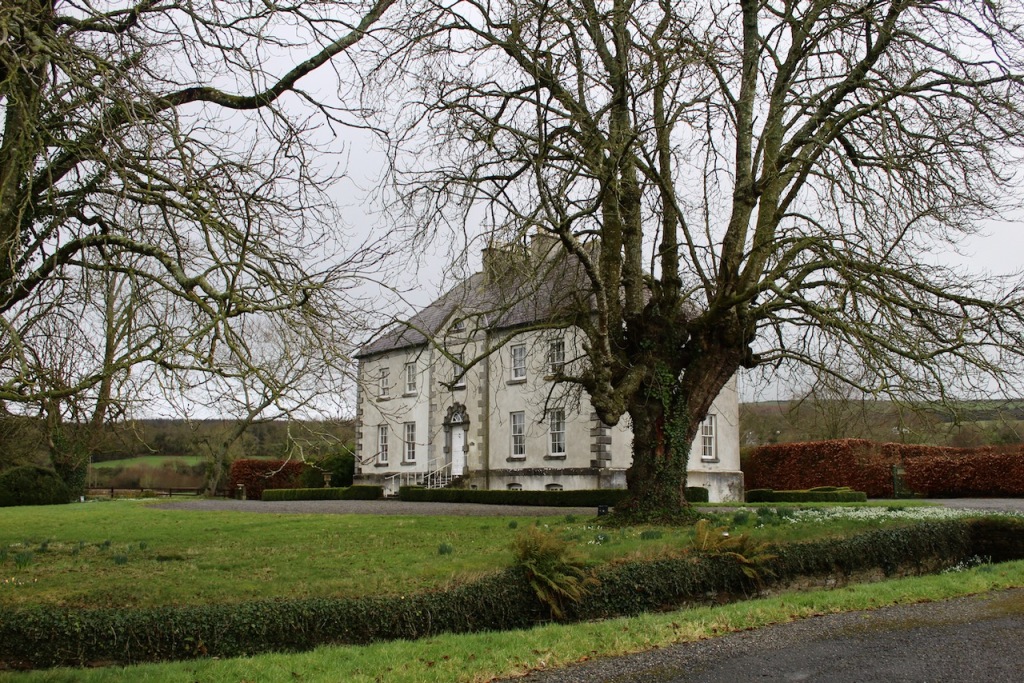
Kilfane Glen & Waterfall Garden, Thomastown, County Kilkenny R95 RXO5 – garden only
See my entry: https://irishhistorichouses.com/2021/12/16/kilfane-glen-waterfall-kilfane-thomastown-co-kilkenny/
Open dates in 2024: July 1-31, Aug 1-31, 11am-6pm
Fee: adult €7, OAP/student €6.50, child €6, family €20
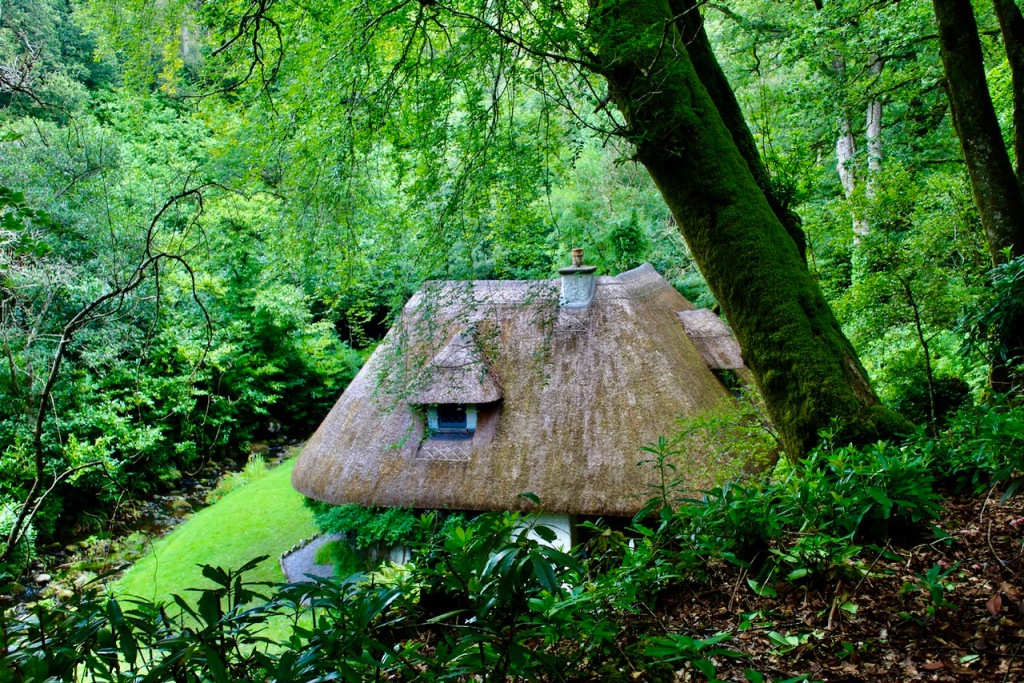
Kilkenny Design Centre, Castle Yard, Kilkenny
www.kilkennydesign.com
Open: Jan 2-Dec 24, 28-31, Jan, Mar, Apr, June, Aug, Oct, 9am-8pm, Feb, May, July, Sept, Nov, Dec, 9am-5pm
Fee: Free
Shankill Castle, Paulstown, Co. Kilkenny
www.shankillcastle.com
Open dates in 2024: Apr 6-7, 13-14, 20-21, 27-28, May 4-5, 11-13, 18-19, 25-26, June 1-2, 6-9, 13-16, 20-23, 27-30, July 4-7, 11-14, 18-21, 25-28, Aug 1-4, 8-11, 15-26, 29-30, Sept 1, 7-8, 14-15, 21-22, 28-29, Oct 5-6, 12-13, 19-20, 26-27, 11am-5pm
Fee: house & garden, adult €12 garden €6, OAP/student €10, garden €5, child, over 5 years €6, garden €3
See my entry https://irishhistorichouses.com/2023/11/30/shankill-castle-paulstown-county-kilkenny-r95-t8x7/
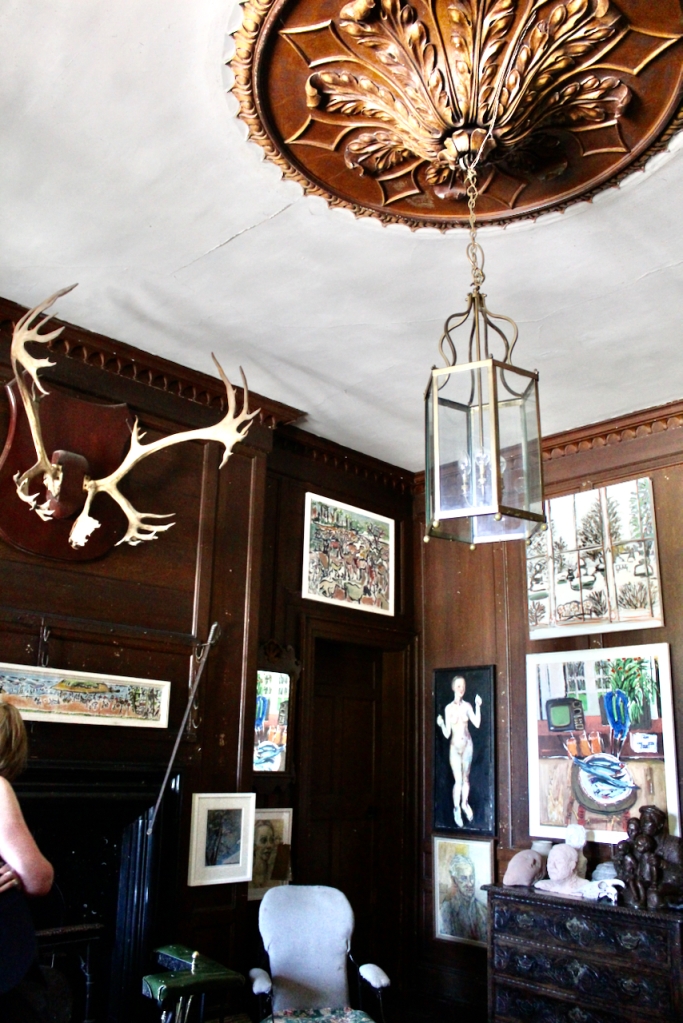
Tybroughney Castle, Piltown, Co Kilkenny
https://www.tybroughneycastle.com/
Open dates in 2024: May 1-31, June 1-30, Mon-Sat, National Heritage Week, Aug 17-25, 11am-3pm
Fee: free
County Laois
Ballaghmore Castle, Borris in Ossory, Co. Laois
www.castleballaghmore.com
Open dates in 2024: all year except Christmas Day, 10am-6pm
Fee: adult €15, child/OAP/student €5, family of 4, €25 with guide
Stradbally Hall, Stradbally, Co. Laois
See my entry: https://irishhistorichouses.com/2021/10/14/stradbally-hall-stradbally-co-laois/
www.stradballyhall.ie
Open dates in 2024: May 1-31, June 1-9, Aug 17-25, Oct 1-14, 9am-1pm
Fee: adult €10, OAP/student €5, child free
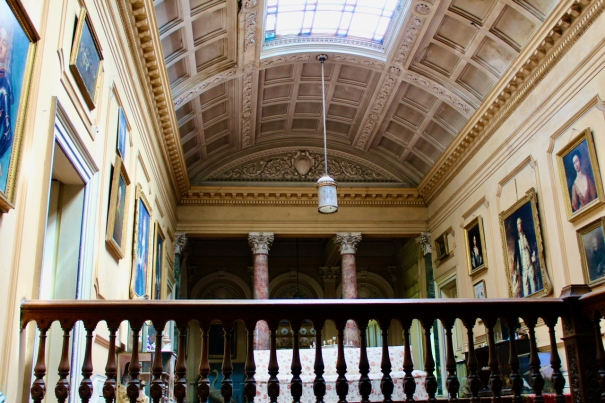
County Leitrim
Manorhamilton Castle (Ruin), Castle St, Manorhamilton, Co. Leitrim
Open dates in 2024: May 1-5, 8-12, 15-19, 22-26, 29-31, June 1-2, 5-9, 12-16, 19-23, 26-30, July 3-7, 10-14, 17-24, 24-28, 31, Aug 1-4, 7-11, 14-25, 28-31, Sept 1, 4-8, 11-15, 18-22, 25-29, Oct 2-6, 9-13, 16-20, 23-27, 30-31, Nov 1-3, 6-10, 13-17, 20-24, 27-30, Dec 1, 4-8, 11-15, 18-22, 10am-4pm
Fee: adult €9, child free
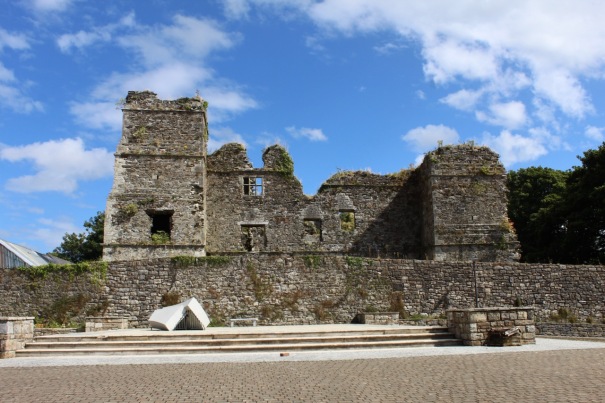
County Limerick
Ash Hill, Kilmallock, Co. Limerick V35 W306
www.ashhill.com
(Tourist Accommodation Facility)
Open in 2024: May 1- Oct 31, 10am-4pm
Fee: Free
See my entry https://irishhistorichouses.com/2023/04/06/ash-hill-kilmallock-co-limerick/
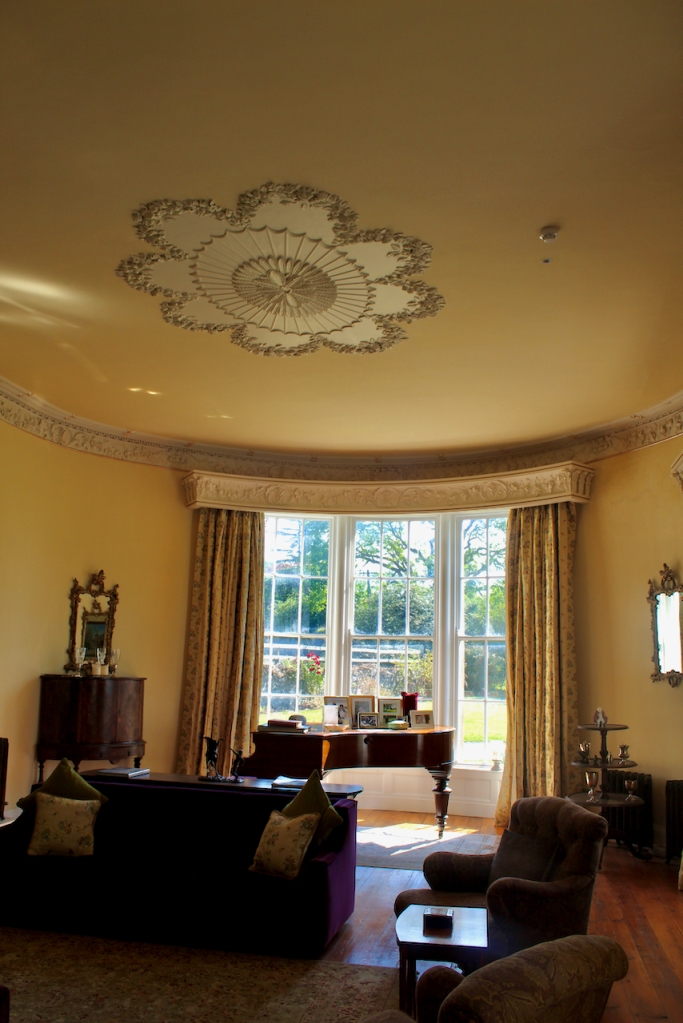
Glebe House, Holycross, Bruff, Co. Limerick
Open dates in 2024: Jan 4-5, 8-12, 15-19, 22-26, 29-31, June 10-14, Aug 17-25, Sept 2-27, Mon-Fri, 2pm-6pm, Sat-Sun, 8am-12 noon
Fee: Free
Glenville House, Glenville, Ardagh, Co. Limerick V42 X225
Open dates in 2024: Apr 2-30, May 1-31, June 1-12, Tue-Sat, Aug 17-25, 9.30am-1.30pm
Fee: adult €5, OAP/student €3, child free
See my entry https://irishhistorichouses.com/2023/03/19/glenville-house-glenville-ardagh-co-limerick-v42-x225/

Kilpeacon House, Crecora, Co. Limerick
Open dates in 2024: May 1-June 30, Mon- Sat, Aug 17-25, 10am-2pm
Fee: adult/child/OAP €8
Mount Trenchard House and Garden, Foynes, Co. Limerick
Open in 2024: June 3-7, 10-14, 17-21, 24-28, July 1-5, 8-12, 15-19, 22-26, 29-31, Aug 1-31, Sept 1, 9am-1pm
Fee: adult €10, OAP/student €8, child €5
See my entry https://irishhistorichouses.com/2023/04/01/mount-trenchard-house-and-garden-foynes-co-limerick/

Odellville House, Ballingarry, Co. Limerick
www.odellville.simplesite.com
Open dates in 2024: May 1-31, June 1-30, Aug 17-25, 10am-2pm
Fee: adult €8, student/OAP/child €4
The Turret, Rylanes, Ballingarry, Co. Limerick V94 HV24
Open dates in 2024: May 1-31, Mon-Sat, Aug 1-31, Sept 2-21, Mon-Sat, 12 noon-4pm
Fee: adult €5, OAP/child/student/ free
See my entry: https://irishhistorichouses.com/2023/03/23/the-turret-ballingarry-co-limerick-v94-hv24/

The Old Rectory, Rathkeale, Co. Limerick
Open dates in 2024: May 4-Nov 30, Saturday and Sundays, National Heritage Week, Aug 17-25, 10am-2pm
Fee: adult €8, child/OAP/student €3
County Longford
Moorhill House, Castlenugent, Lisryan, Co. Longford
Open dates in 2024: Aug 1-31, Sept 1-29, 9.30am-1.30pm
Fee: adult/OAP/student/child €8
County Louth
Barmeath Castle, Dunleer, Drogheda, Co. Louth A92 P973
See my entry: https://irishhistorichouses.com/2020/10/23/barmeath-castle-dunleer-drogheda-county-louth/
Open dates in 2024: May 1-31, June 1-10, Aug 17-25, Oct 1-20, 9am-1pm
Fee: house, adult /OAP/student €5, garden, adult/OAP/student €5, child free
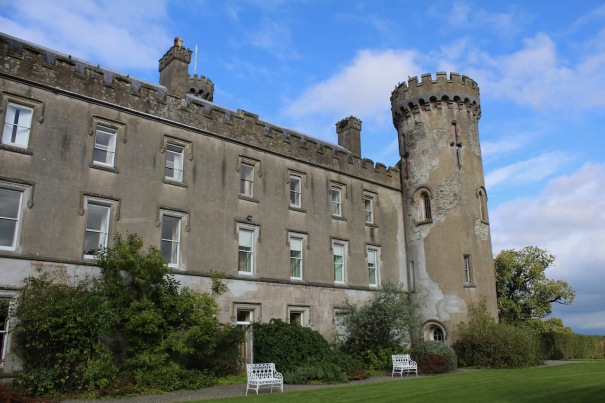
Killineer House & Garden, Drogheda, Co. Louth A92 P8K7
See my entry: https://irishhistorichouses.com/2021/08/10/killineer-house-county-louth/
www.killineerhouse.ie
Open dates in 2024: Feb 1-20, May 1-31, Aug 17-25, 9am-1pm
Fee: house, adult/OAP/child/student, €4, garden €6
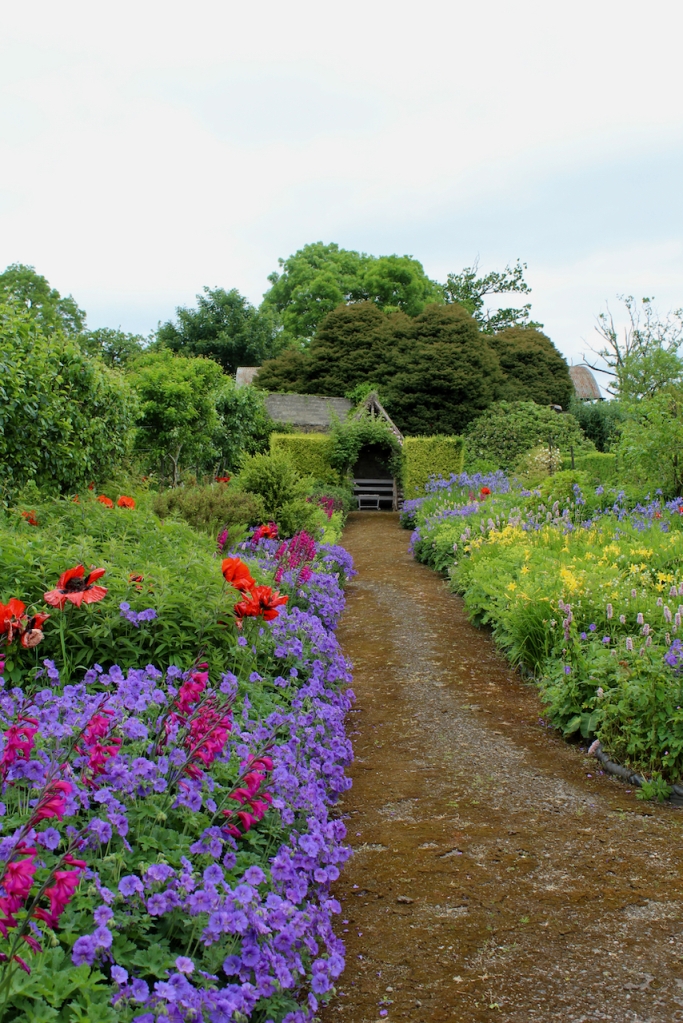
Rokeby Hall, Grangebellew, Co. Louth A92 HX52
See my entry: https://irishhistorichouses.com/2020/08/17/rokeby-hall-grangebellew-county-louth/
www.rokeby.ie
Open dates in 2024: May 1-31, Mon-Sat, Aug 17-25, Sept 1-30, Mon-Sat, 10am-2pm
Fee: adult/OAP €10, child/student €5
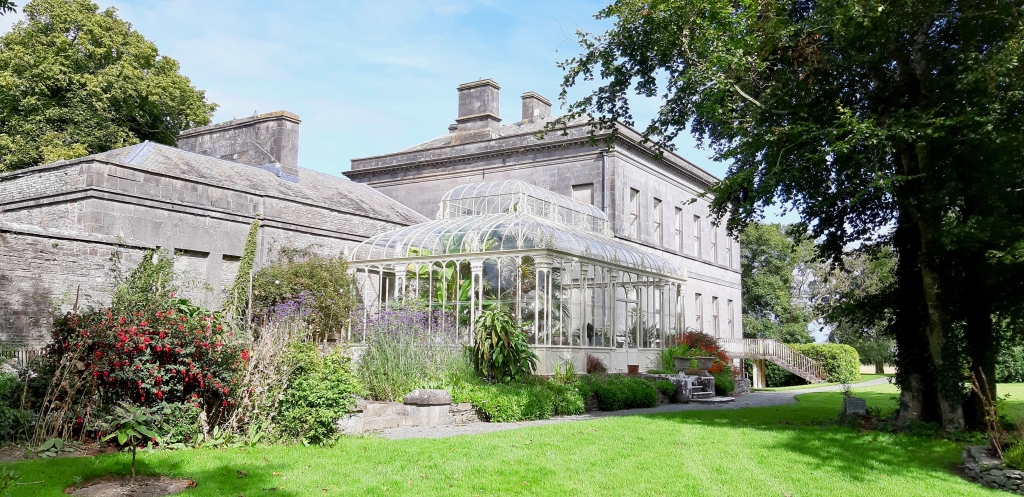
County Mayo
Brookhill House, Brookhill, Claremorris, Co. Mayo
Open dates in 2024: Mar 13-26, Apr 17-25, June 12-26, July 8-24, Aug 15-26, 2pm-6pm
Fee: adult €8, OAP/student €3, National Heritage Week free
Enniscoe House & Gardens, Castlehill, Ballina, Co. Mayo F26 EA24
see my entry: https://irishhistorichouses.com/2021/11/25/enniscoe-house-gardens-castlehill-ballina-co-mayo/
www.enniscoe.com
(Tourist Accommodation Facility)
Open for accommodation: April 1-Oct 31
Although listed under accommodation they have open dates listed for the house and gardens – ring in advance if you would like to make a visit to the house.
Open: garden, April 1-Oct 31, closed Mondays 10am-4pm
Fee: garden & heritage centre, adult €8, OAP €6, child/student €3 under 4 years free, family 2 adults and 2 children €15, tour of house €5 per adult, free tour in National Heritage Week

Old Coastguard Station, Rosmoney, Westport, Co. Mayo
www.jamescahill.com/coastguardstation.html
Open dates in 2024: July 1-6, 8-13, 15-20, 22-27, 29-31, Aug 1-3, 5-10, 12-31, Sept 2-7, 11am-4pm
Fee: adult €1, child/OAP/student free
Owenmore, Garranard, Ballina, Co. Mayo
Tourist Accommodation Facility – not open to the public
Open for accommodation: all year except January, June Dec 21-31
Prison House
Prison North, Balla, Co. Mayo
(Tourist Accommodation Facility)
Open dates in 2024: April, May, June, July, Aug, Dec https://www.discoverireland.ie/accommodation/prison-house-self-catering
County Meath
Beauparc House, Beau Parc, Navan, Co. Meath C15 D2K6
See my entry https://irishhistorichouses.com/2022/07/22/beauparc-house-beau-parc-navan-co-meath/
Open dates in 2024: Mar 1-20, May 1-31, Aug 17-25, 10am-2 pm
Fee: adult €10, OAP/student/child €8

Cillghrian Glebe now known as Boyne House Slane, Chapel Street, Slane, Co. Meath C15 P657 (hotel)
www.boynehouseslane.ie
Open dates in 2024: all year, National Heritage Week, Aug 17-25, 9am-1pm
Fee: Free

Dardistown Castle, Dardistown, Julianstown, Co. Meath
See my entry: https://irishhistorichouses.com/2019/07/19/dardistown-castle-county-meath/
www.dardistowncastle.ie
Open dates in 2024: Jan 9-31, July 23-31, August 1-31,10am-2pm
Fee: adult €6, student/OAP/child €3

Dunsany Castle, Dunsany, Co. Meath
www.dunsany.com
Open dates in 2024: June 27-30, July 1-31, Aug 1-25, 10am-2pm
Fee: adult €25, OAP €20, student €15, child under 12 years free
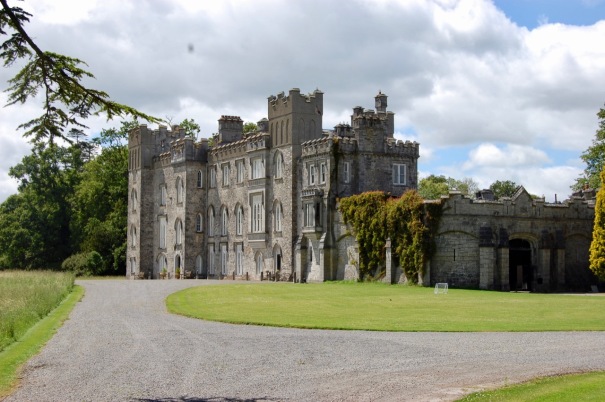
Gravelmount House, Castletown, Kilpatrick, Navan, Co. Meath
Open dates in 2024: Jan 1-20, May 1-31, Aug 17-25, 9am-1pm
Fee: adult €6, OAP/student/child €3
Hamwood House, Dunboyne, Co. Meath
www.hamwood.ie
Open dates in 2024: March 4-8, 11-15, Apr 8-12, 15-19, May 24-31, June 21-28, July 24-31, August 17-25, Sept 2-6, 9-10, 11am-1pm, 3pm-5pm
Fee: adult/OAP/student €10, child under 12 free
See my entry https://irishhistorichouses.com/2023/08/03/hamwood-house-dunboyne-co-meath/

Killeen Mill, Clavinstown, Drumree, Co. Meath
www.killeenmill.ie
Tourists Accommodation Facility – not open to the public
Open for accommodation: April 1- Sept 30
Loughcrew House, Loughcrew, Old Castle, Co. Meath
Tourist Accommodation Facility – gardens only
Open for accommodation: all year
The house is not open to the public but the gardens are.
Garden open dates in 2024: all year, 11am-5pm
Fee: €8, OAP/student €6, child €4, carers free
See my entry https://irishhistorichouses.com/2023/09/21/loughcrew-house-loughcrew-old-castle-co-meath/
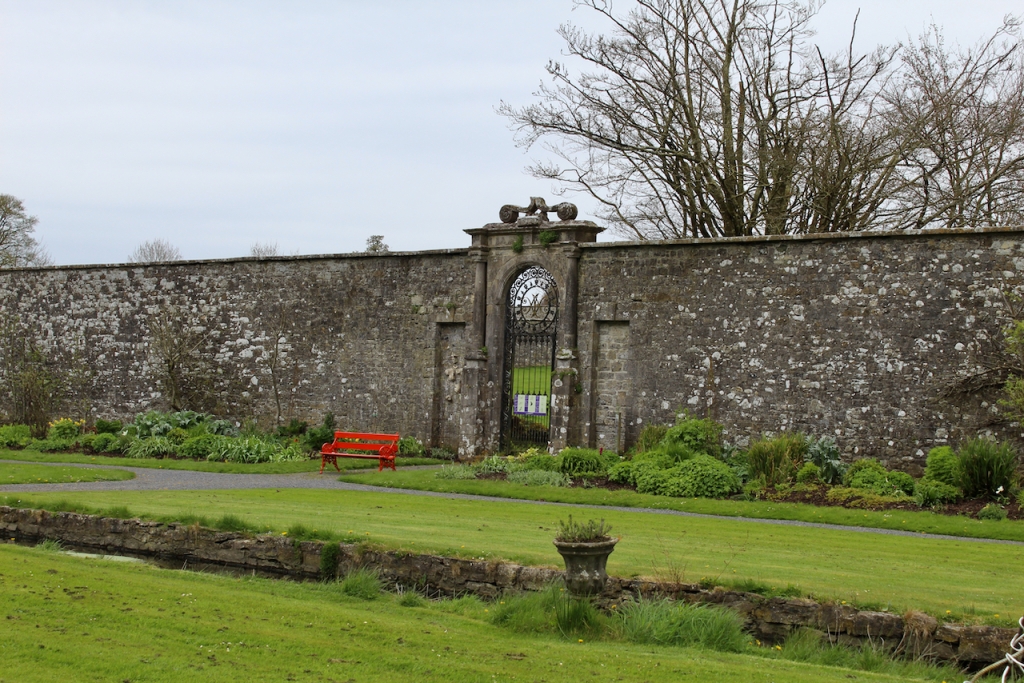
Moyglare House, Moyglare, Co. Meath
Postal address Maynooth Co. Kildare
See my entry: https://irishhistorichouses.com/2021/02/15/moyglare-house-county-meath/
https://moyglaremanor.ie/
Open dates in 2024: Jan 1-5, 8-12, 22-26, Feb 19-23, May 27-31, June 1-21, 24-28, Aug 17-25, 9am-1pm
Fee: adult/OAP/student €10, child €5

St. Mary’s Abbey, High Street, Trim, Co. Meath
See my entry: https://irishhistorichouses.com/2022/09/17/st-marys-abbey-high-street-trim-co-meath/
Open dates in 2024: Jan 22-26, Feb 19-23, 26-29, Mar 1, 19-23, May 10-19, June 4-14, Aug 17-25, Sept 2-6, 9-13, 2pm-6pm
Fee: adult €5, OAP/student/child €2

Swainstown House, Kilmessan, Co. Meath C15 Y60F
See my entry: https://irishhistorichouses.com/2020/10/10/swainstown-house-kilmessan-county-meath/
Open dates in 2024: Mar 4-5, 7-8, April 15-16, 18-19, May 6-12, June 10-16, July 8-14, Aug 17-25, Sept 2-6, 9-13, Oct 7-8, 10-11, Nov 4-5, 7-8, Dec 2-3, 5-6, 11am-3pm
Fee: adult €8, OAP/student/child €5, National Heritage Week free
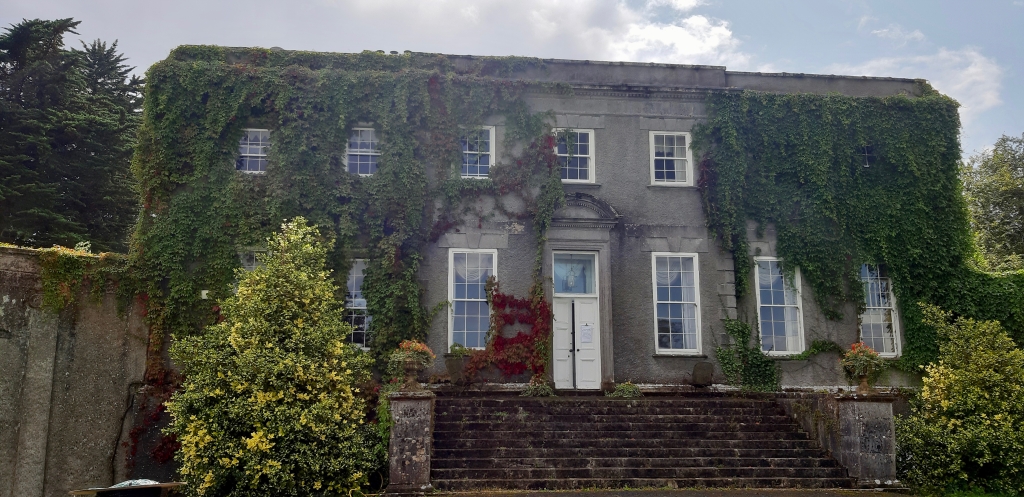
Tankardstown House, Rathkenny, Slane, Co. Meath (hotel)
See my entry: https://irishhistorichouses.com/2020/07/11/tankardstown-estate-demesne-rathkenny-slane-co-meath/
www.tankardstown.ie
Open dates in 2024: all year including National Heritage Week, Aug 17-25, 9am-1pm
Fee: Free
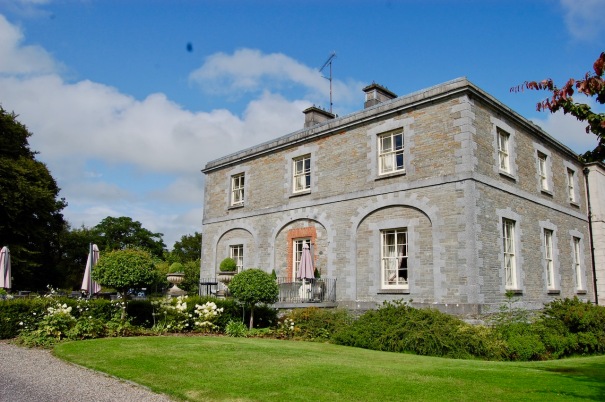
County Monaghan
Castle Leslie, Glaslough, Co. Monaghan
See my entry: https://irishhistorichouses.com/2020/08/07/castle-leslie-glaslough-county-monaghan/
www.castleleslie.com
Tourist Accommodation Facility
Open for accommodation dates in 2024: all year, National Heritage Week events August 17-25

Hilton Park House, Clones, Co. Monaghan
www.hiltonpark.ie
Tourist Accommodation Facility
Open for accommodation: April- Sept
Listed open dates in 2024: Open: Jan 8-12, 15-19, Feb 1-2, 5-9, 27-29, May 1-3, 5-10, 12-17, 19-24, 26-31, June 2, 7-9, Aug 17-25, weekdays, 9am-1pm, Sunday, 1pm-5pm
Fee: adult €10, OAP/student €8, child €5
See my entry https://irishhistorichouses.com/2023/06/29/hilton-park-house-clones-co-monaghan/

Mullan Village and Mill, Mullan, Emyvale, Co. Monaghan
www.mullanvillage.com
Open dates in 2024: Aug 1-31, Sept 1-30, 2pm-6.30pm
Fee: €6
County Offaly
Ballybrittan Castle, Ballybrittan, Edenderry, Co. Offaly R45 PR27
Open dates in 2024: Feb 1-20, July 23-31, Aug 1-31, 2pm-6pm.
Fee: Free, refreshments always offered
Ballindoolin House, Edenderry, Co. Offaly
Open dates in 2024: Mar 4-7, 11-14, April 15-18, 22-25, May 1-2, 4-5, 6-8, 13-16, 22-24, June 3-6, 8-9, 10-13, 17-20, Aug 17-25, Sept 2-5, 9-12, 28-29, 10am-2pm
Fee: adult €10, student /OAP/child €5
Birr Castle, Birr, Co. Offaly
Open dates in 2024: May 13- Sept 7, Mon-Sat, National Heritage Week, Aug 17-25, 10am-2pm
Fee: adult €20, groups €17
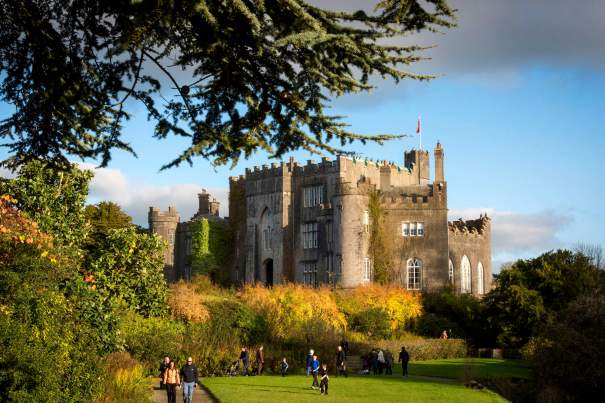
Crotty Church, Castle Street, Birr, Co. Offaly
Open: all year, 1pm-5pm
Fee: Free
Gloster House, Brosna, Birr, Co. Offaly
Open dates in 2024: Jan 2-29, Mon-Fri, May 1-31, Aug 17-25, 9am-1pm
Fee: adult/child €10, OAP/student €8
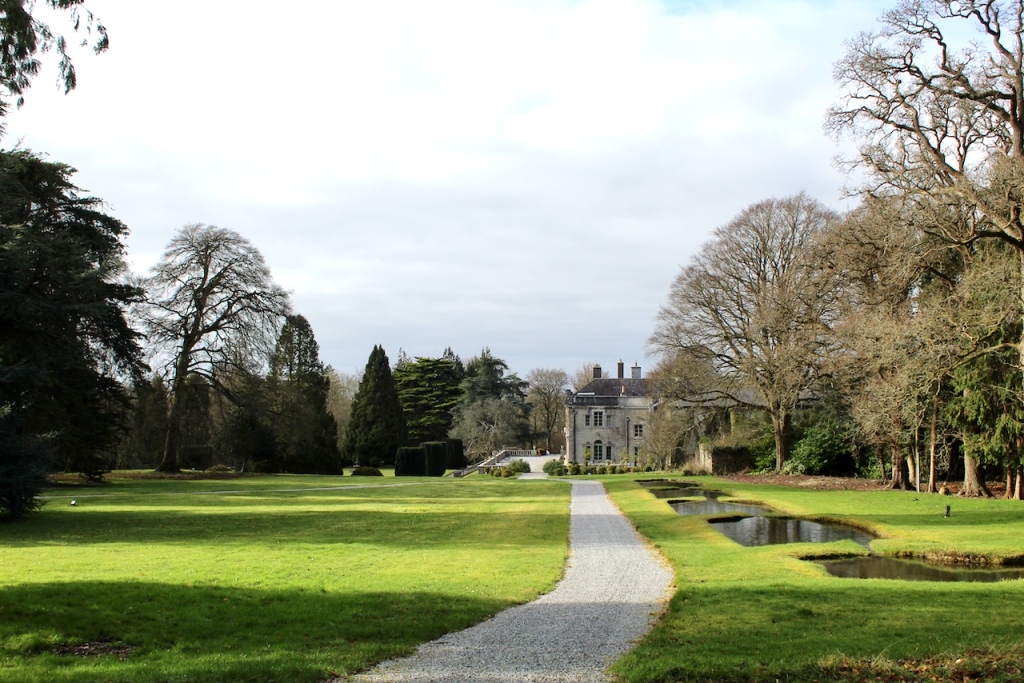
High Street House, High Street, Tullamore, Co. Offaly R35 T189
Open dates in 2024: Jan 4-31, Mon -Fri, May 2-19, Aug 17-25, Sept 1-24, 9.30am-1.30pm
Fee: adult €7, student/OAP €6, child €3
Loughton, Moneygall, Birr, Co. Offaly E53 WK16
See my entry: https://irishhistorichouses.com/2020/11/01/loughton-house-moneygall-county-offaly/
www.loughtonhouse.com
Open dates in 2024: May 1-4, 7-11, 14-18, 21-25, 28-31, June 4-8, 11-15, 18-22, 25-29, Aug 1-3, 6-10, 13-25, 11am-3pm
Fee: adult €10, OAP €7, student €5, child free for school children, family of four €20
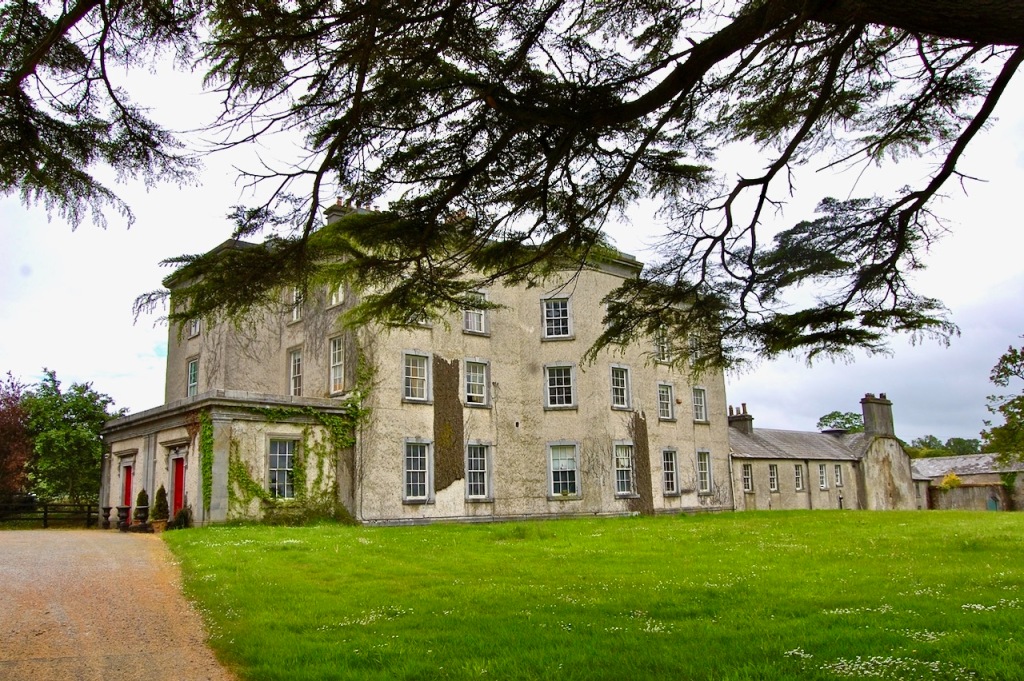
Springfield House, Mount Lucas, Daingean, Tullamore, Co. Offaly R35 NF89
See my entry: www.irishhistorichouses.com/2022/06/01/springfield-house-mount-lucas-daingean-tullamore-co-offaly/
Open dates in 2024: Feb 24-25, May 20-27, June 7-9, 14-16, 21-23, 28-30, July 6-7, Aug 15-31, Sept 1, Oct 26-31, Nov 1-3, 28-30, Dec 1, 27-31, 2pm-6pm
Fee: Free
The Maltings, Castle Street, Birr, Co. Offaly
Tourist Accommodation Facility – not open to the public
Open for accommodation: June 1- December 31

County Roscommon
Castlecoote House, Castlecoote, Co. Roscommon F42 H288
www.castlecootehouse.com
Open in 2024: June 4-9, 11-16, 18-23, 25-30, July 2-7, 9-14, 16-21, 23-28, 30-31, Aug 16-25, 2pm-5.30pm
Fee: adult €12, OAP/student €10, children under 12 free
Clonalis House, Castlerea, Co. Roscommon F45 H265
See my entry: https://irishhistorichouses.com/2020/10/16/clonalis-castlerea-county-roscommon/
Tourist Accommodation Facility
open for accommodation April 1-Oct 1
www.clonalishouse.com
Despite being listed as Accommodation, Clonalis has some listed Open dates in 2024. Check the website in advance to see if they are open for a visit in 2024: Jun 21-Aug 31, Mon-Sat, National Heritage Week, Aug 17-25, 11am-3.45pm
Fee: adult €14, OAP/student €11, child €5 (under 4 years free)

King House, Main Street, Boyle, Co. Roscommon F52 HM50
See my entry https://irishhistorichouses.com/2023/02/02/king-house-main-street-boyle-co-roscommon/
Open dates in 2024: April 2-7, 9-14, 16-21, 23-28, 30, May 1-5, 7-12, 14-19, 21-26, 28-31, June 1-30, July 1-31, Aug 1-31, Sept 1, 2-8, 10-15, 17-22, 24-29, Oct 1-6, 8-13, 15-20, 22-27, 29-31, weekdays 11am-5pm, Sun-11am-4pm
Fee: adult €10, OAP/student/child €7, groups €6, family €30 (2 adults & 2 children)
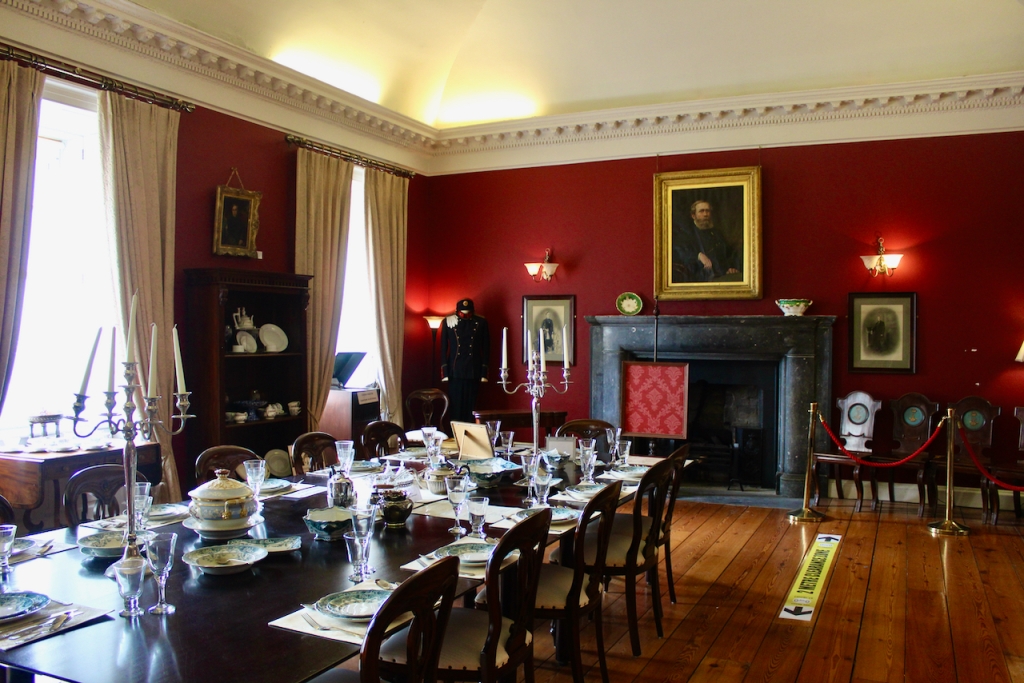
Shannonbridge Fortifications, Shannonbridge, Athlone, Co. Roscommon
www.shannonbridgefortifications.ie
Open: May 1-Sept 30, noon-4pm
Fee: Free
Strokestown Park House, Strokestown Park House, Strokestown, Co. Roscommon
See my entry https://irishhistorichouses.com/2023/03/09/strokestown-park-house-strokestown-co-roscommon/
www.strokestownpark.ie www.irishheritagetrust.ie
Open dates in 2024: all year, Jan-Feb, Nov-Dec, 10.30am-4pm, Mar-May, Sept-Oct, 10am-5pm,
June-July, 10am-6pm
Fee: adult house €14.50, tour of house €18.50, child €7, tour of house €10, OAP/student €12, tour of house €14.50, family €31, tour of house €39
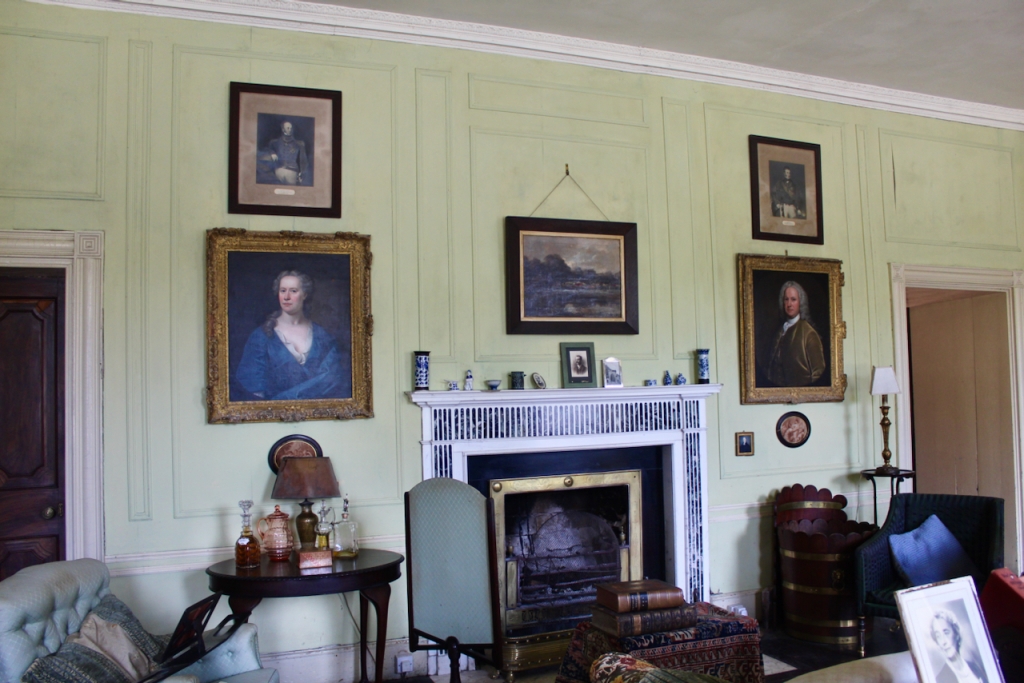
County Sligo
Coopershill House, Riverstown, Co. Sligo F52 EC52
Tourist Accommodation Facility – not open to the public
Open for accommodation in 2024: May-October
See my entry: https://irishhistorichouses.com/2022/01/11/coopershill-house-riverstown-co-sligo/
Despite being listed as a Tourist Accommodation Facility, it might be open for a vist – check the website or call in advance: Open dates in 2024: April-Sept Tues-Sat, 11am-5pm
Fee: adult €10, OAP/student/child €5

Lissadell House & Gardens, Lissadell, Ballinfull, Co. Sligo
www.lissadell.com
Open dates in 2024: June 1-3, 5-9, 12-16, 19-26, 26-30, July 1-31, Aug 1-31, 10.30am-6pm
Fee: adult €16 but discounted for groups, OAP/student €13.50, child over 5 years €8, group discounts €13
See my entry https://irishhistorichouses.com/2023/04/27/lissadell-house-gardens-lissadell-ballinfull-co-sligo/
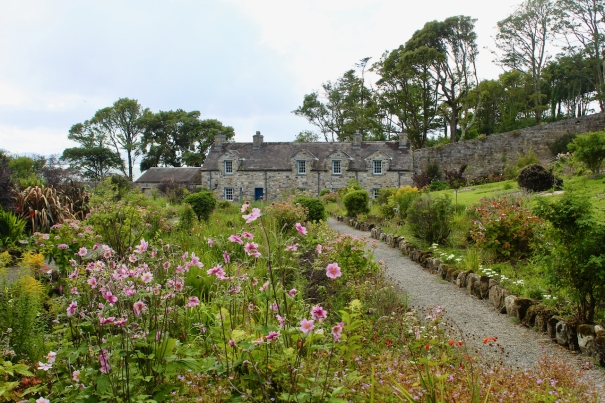
Markree Castle, Collooney, Co Sligo (hotel)
See my entry: https://irishhistorichouses.com/2021/11/06/markree-castle-collooney-co-sligo/
Open, but check in advance due to events and weddings: June, July, Aug, 12 noon-4pm
Fee: Free
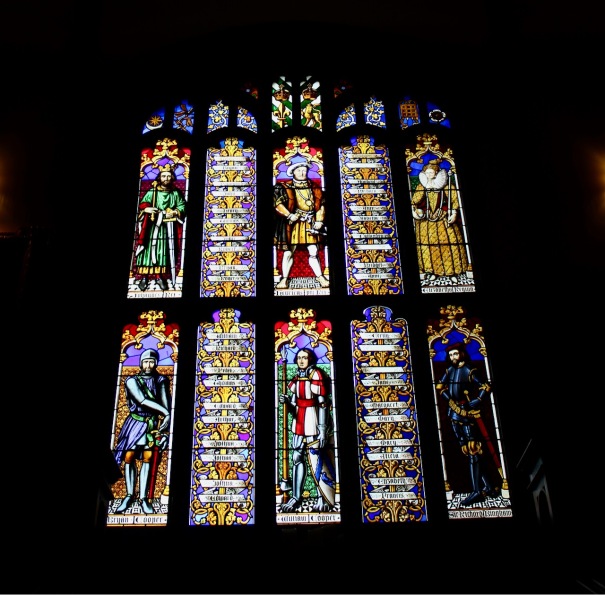
Markree Castle Home Farm
Collooney, Co. Sligo
Open dates in 2024: Jun 1-30, July 1-31, closed Sundays, Aug 1-31, Sept 2-30, closed Sundays 10am-4pm
Fee: Free
Newpark House and Demesne, Newpark, Ballymote, Co. Sligo F56 X985
See my entry: https://irishhistorichouses.com/2021/11/30/newpark-house-and-demesne-newpark-ballymote-co-sligo/
Open dates in 2024: Jan 22-26, 29-31, Feb 1-2, 26-29, Mar 1, 4-8, May 14-18, 20-25, 27-31, June12-16, 19-23, 24-25, Aug 14-25, 9.30am-1.30pm
Fee: adult €7, OAP/student €5, child free
Rathcarrick House, Rathcarrick, Strandhill Road, Co. Sligo F91 PK58
Open dates in 2024: June, July, Aug, Tue-Sat, National Heritage Week Aug 17-25, 2pm-6pm
Fee: free
Temple House, Ballymote, Co. Sligo F56 NN50
Tourist Accommodation Facility – not open to the public
Open for accommodation in 2024: April 1-October 31
County Tipperary
Beechwood House, Ballbrunoge, Cullen, Co. Tipperary E34 HK00
Open dates in 2024: Jan 25-28, Feb 22-25, Mar 7-10, April 11-14, 18-21, May 9-12, 16-19, 23-26, June 6-9, 13-16, July 11-14, Aug 17-25, Sept 5-8, 12-15, 9.15am-1.15pm
Fee: adult €5, OAP/student €2, child free, fees donated to charity
See my entry https://irishhistorichouses.com/2023/07/13/beechwood-house-ballbrunoge-cullen-co-tipperary-e34-hk00/
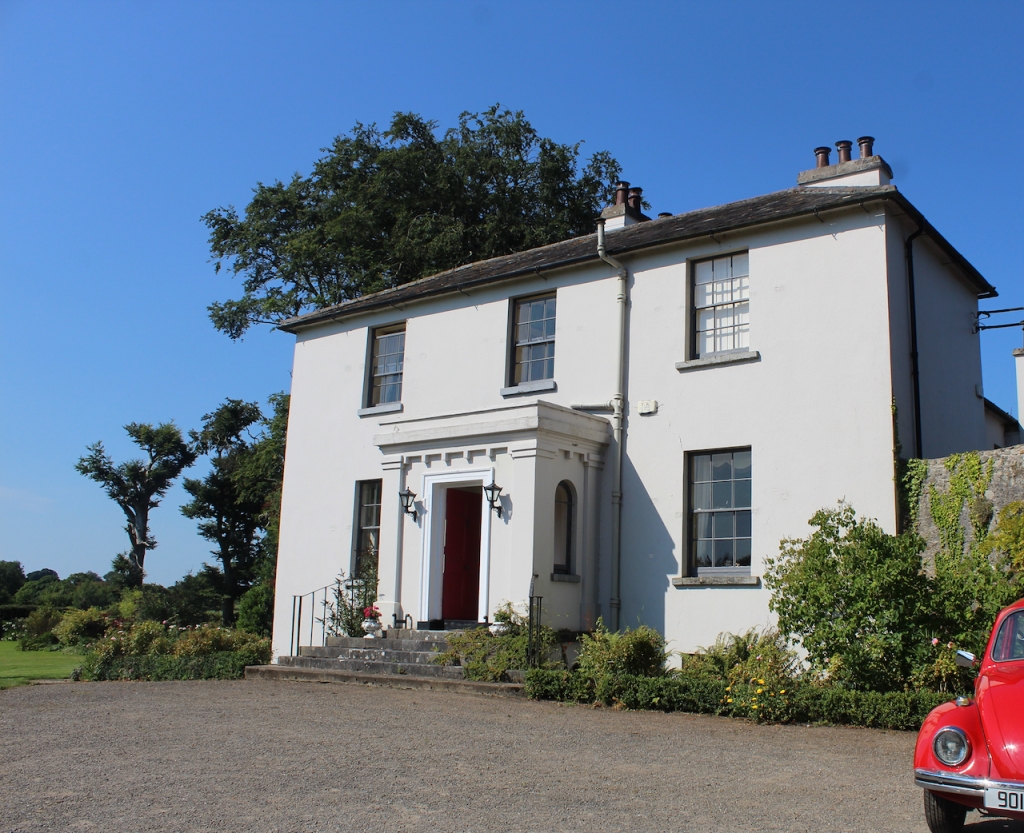
Clashleigh House, Clogheen, Co. Tipperary
Open dates in 2024: Mar 5, 7, 12, 14, 19, 21, 26, 28, Apr 2, 4, 9, 11, 16, 18, 23, 25, 30, May 1-2, 7-9, 14-16, 21-23, 28-30, June 4-13, 15-16, 18, 20, 25, 27, 29-30, Aug 17-25, Sept 3, 5, 10, 9am-1pm
Fee: adult €8, OAP/student/child €4
See my entry https://irishhistorichouses.com/2024/02/16/clashleigh-house-clogheen-co-tipperary/
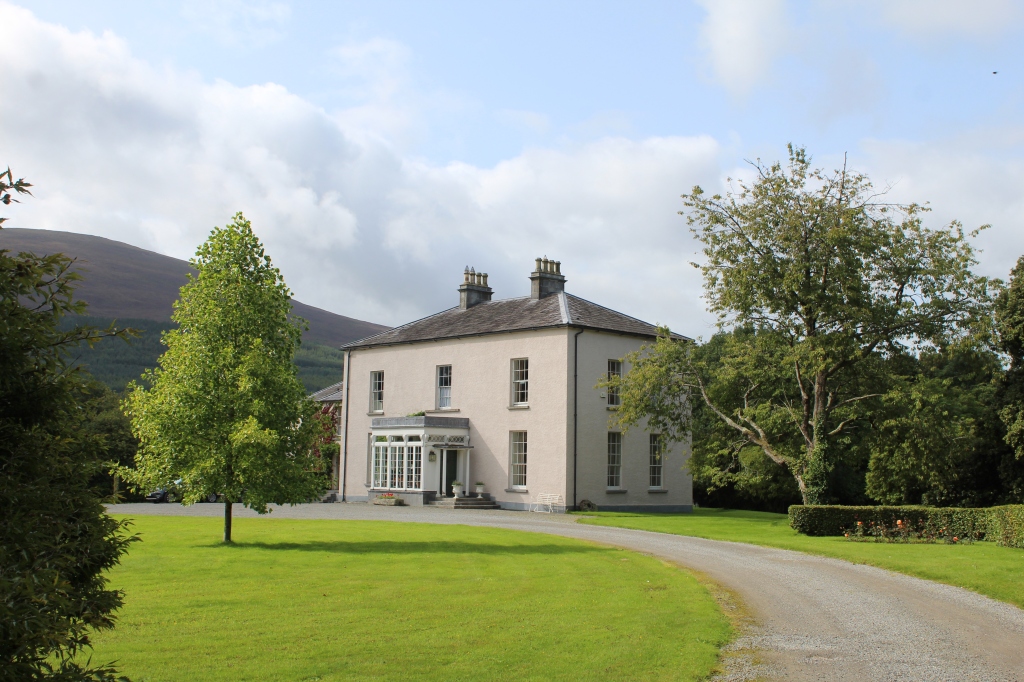
Fancroft Mill, Fancroft, Roscrea, Co. Tipperary
Open dates in 2024: Feb 1-9, 12-23, May 1-17, 27-31, June 10-18, Aug 17-25, 10am-2pm
Fee: adult €8, OAP/student €6, child free under 5 years, adult supervision essential, group rates available
Grenane House, Tipperary, Co. Tipperary E34 EP22
Open dates in 2024: May 1-31 closed Sundays, Aug 17-25, Sept 1-30, closed Sundays, 2pm-6pm
Fee: adult €20, child > 12 years/student/OAP €10
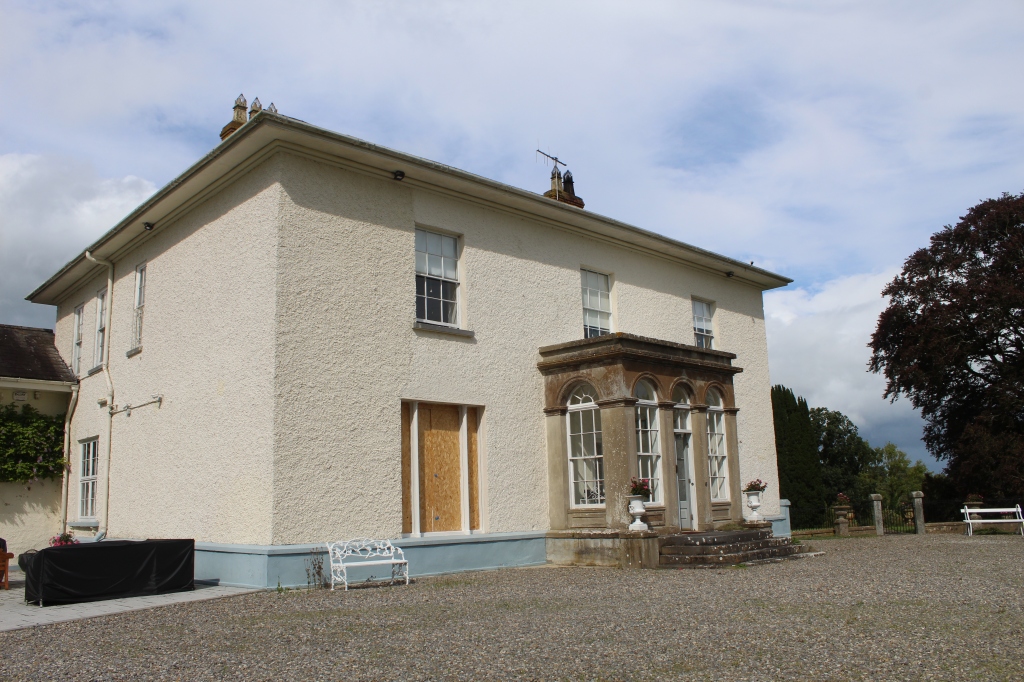
Killenure Castle, Dundrum, Co Tipperary
www.killenure.com
Open in 2024: Feb 1-20, May 1-31, Aug 17-25, 10.30am-2.30pm
Fee: adult €10, child /OAP/student €8
Lismacue House, Bansha, Co. Tipperary
www.lismacue.com
Tourist Accommodation Facility – not open to the public
Open for accommodation in 2024: Mar 1-Oct 31
Redwood Castle, Redwood, Lorrha, Nenagh, North Tipperary E45 HT38
Redwood is off the Birr/Portumna Rd
Open dates in 2024: June 7-28, July 9-31, Aug 6-25, 28-31, Sept 1-4, 2.30pm-6.30pm, Sunday 18 and 25 August, 10am-2pm
Fee: adult €10, OAP/student/child €5, cash only
The Rectory, Cashel Road, Cahir, Co. Tipperary
https://www.discoverireland.ie/accommodation/the-rectory
Tourist Accommodation Facility – not open to the public
Open for accommodation in 2024: May 1-Sept 30
Silversprings House, Clonmel, Co. Tipperary E91 NT32
Open dates in 2024: May 1-31, June 1-30, Aug 17-25, 12 noon-4pm
Fee: adult €5, OAP €3, child free
County Waterford
Cappagh House (Old and New), Cappagh, Dungarvan, Co Waterford X35 RH51
www.cappaghhouse.ie
Open dates in 2024: April, June, Aug, Wed & Thurs, May & Sept, Wed, Thurs & Sat, National Heritage Week, Aug 17-25, 9.30am-1.30pm
Fee: adult/OAP/student/€5, child under 12 free
See my entry https://irishhistorichouses.com/2023/12/09/cappagh-house-old-and-new-dungarvan-co-waterford/
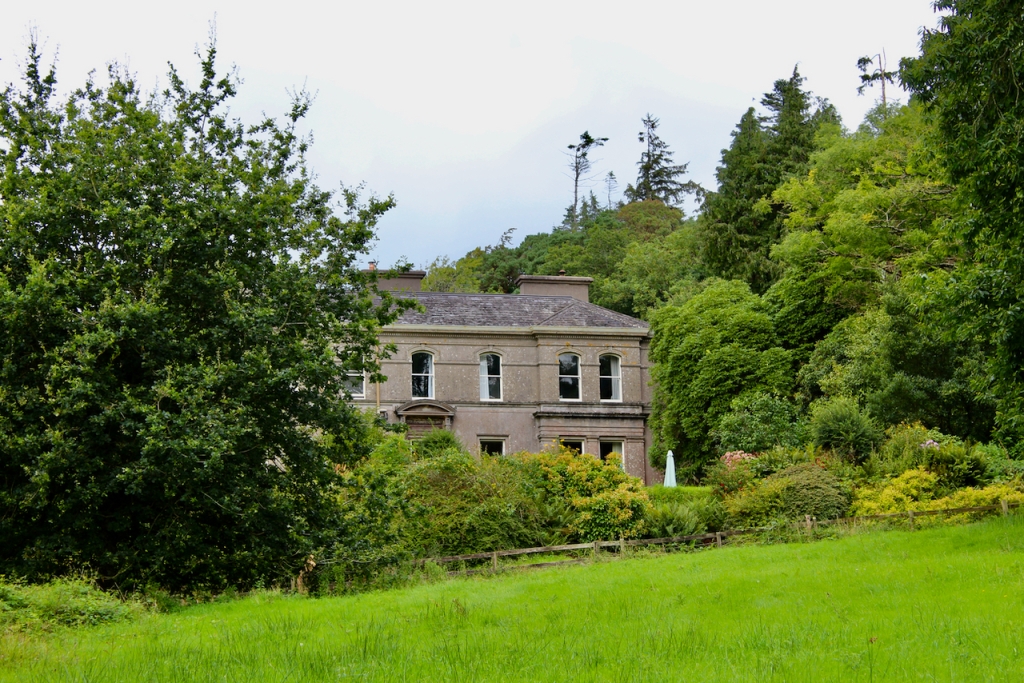
Cappoquin House & Gardens, Cappoquin, Co. Waterford P51 D324
See my entry: https://irishhistorichouses.com/2021/01/24/cappoquin-house-gardens-cappoquin-co-waterford/
www.cappoquinhouseandgardens.com
Open dates in 2024: Apr 8-13, 15-20, 22-27, May 1-4, 6-18, 20-25, Aug 12-31, 9am-1pm
Gardens open all year, except Sundays, 9am-4pm
Fee: adult house/garden €15, house only €10, garden only €6
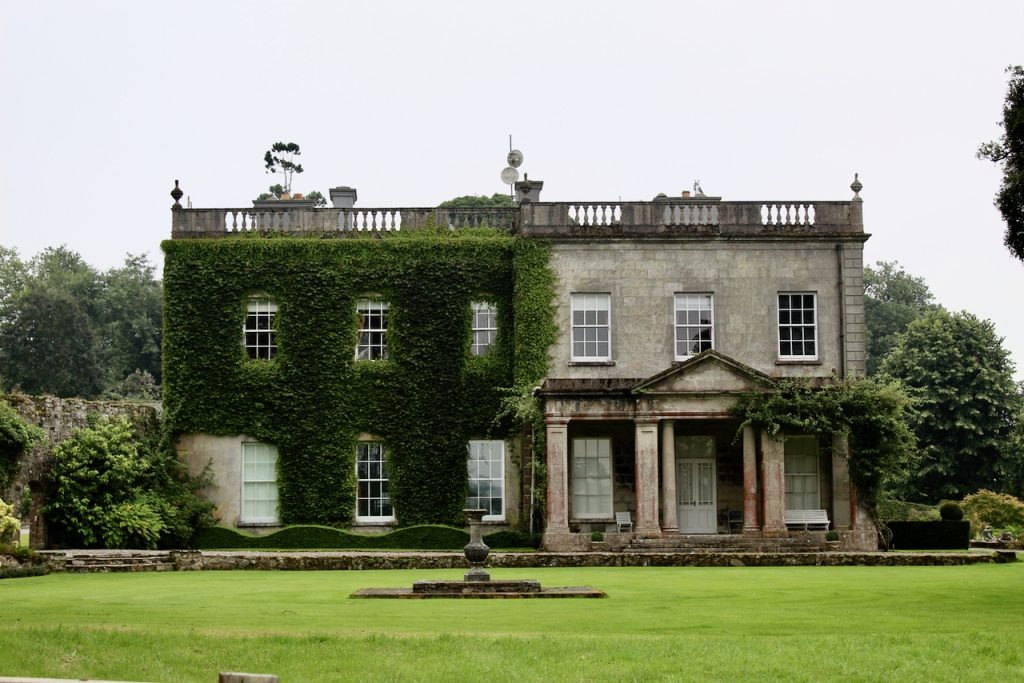
Curraghmore House, Portlaw, Co. Waterford
See my entry: https://irishhistorichouses.com/2020/08/01/curraghmore-portlaw-county-waterford/
www.curraghmorehouse.ie
Open dates in 2024: May, June, July, Sept, Fri-Sun and Bank Holidays, National Heritage Week, Aug 17-25,10am-4pm
Fee: adult/OAP/student, house/garden/shell house tour €22, garden €9, child under12 years free

Dromana House, Cappoquin, Co. Waterford
See my entry: https://irishhistorichouses.com/2021/02/06/dromana-house-cappoquin-co-waterford/
www.dromanahouse.com
Open dates in 2024: June 1-July 31, Tues-Sun and Bank Holidays, Aug 17-25, 2pm-6pm
Fee: adult/OAP/student, house €10, garden €6, both €15, child under 12 years free, R.H.S.I members 50% off
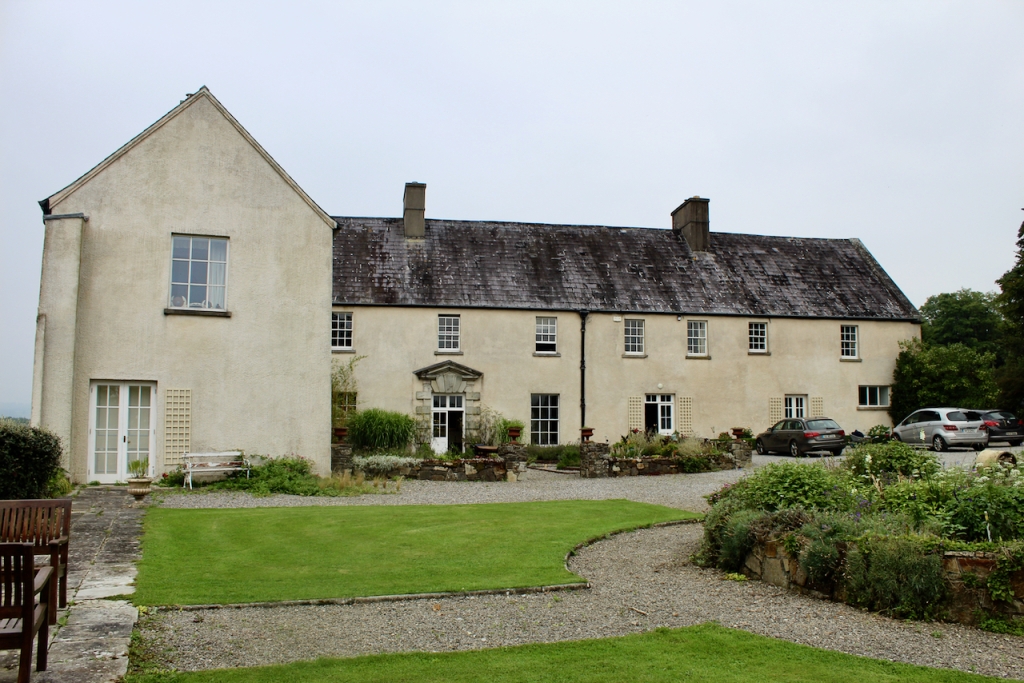
The Presentation Convent, Waterford Healthpark, Slievekeel Road, Waterford
Open dates in 2024: Jan 2-31, Feb 1-4, 6-29, Mar 1-17, 19-28, 30-31, April 2-30, May 1-5, 7-31, June 4-28, July 1-31, Aug 1-4, 6-30, Sept 2-30, Oct 1-27, 29-31, Nov 1-29, Dec 2-23, 27-30, closed Bank Holidays, 8.30am-5.30pm
Fee: Free
Tourin House & Gardens, Tourin, Cappoquin, Co. Waterford P51 YYIK
See my entry: https://irishhistorichouses.com/2020/04/30/tourin-house-gardens-cappoquin-county-waterford/
www.tourin-house.ie
Open dates in 2024: House, April 2- 30, May 1-31, June 4-29, Aug 1-31, Tue-Sat, National Heritage Week, Aug 17-25, 1pm-5pm
Garden April- Sept, Tue-Sat, 1am-5pm,
Fee: adult €6, OAP/student €4, child free.

County Westmeath
Lough Park House, Castlepollard, Co. Westmeath
Open dates in 2024: Mar 15-21, 28-31, Apr 1-3, May 1-7, June 1-9, July 12-25, Aug 1-7, 17-25, 2pm-6pm
Fee: adult €6
Rockfield Ecological Estate, Rathaspic, Rathowen, Mullingar, Co. Westmeath
Open dates in 2024: May 20-30, June 19-30, July 19-30, Aug 15-25, Sept 11-30, 2pm-6pm
Fee: Free
St. John’s Church, Loughstown, Drumcree, Collinstown, Co. Westmeath
Open in 2024: July 1-31, Aug 1-30, 2pm-6pm
Fee: Free
Tullynally Castle & Gardens, Castlepollard, Co. Westmeath N91 HV58
See my entry: https://irishhistorichouses.com/2020/11/19/tullynally-castle-and-gardens-castlepollard-county-westmeath/
www.tullynallycastle.com
Open dates in 2024: Castle, May 2-31, June 1-29, July 4-20, Aug 1-31, Sept 5-21, Thurs- Sat, National Heritage Week, Aug 17-25, 11am-3pm
Garden, May 2-Sept 29, Thurs-Sundays, and Bank Holidays, National Heritage Week, Aug 17-25, 11am-5pm
Fee: castle/garden adult €16.50, child over 10 years €8.50, OAP/student free, garden, adult €8.50, child €4, family ticket (2 adults + 2 children) €23, adult season ticket €56, family season ticket €70, special needs visitor with support carer €4

Turbotstown, Coole, Co. Westmeath
Open in 2024: Aug 1-31, Sept 1-9, Dec 1-20, 9am-1pm
Fee: adult/student/OAP €8, child €4
See my entry https://irishhistorichouses.com/2023/11/23/turbotstown-coole-co-westmeath/

County Wexford
Clougheast Cottage, Carne, Co. Wexford
contact: Jacinta Denieffe Tel: 086-1234322
Open dates in 2024: Jan 11-31, May 1-31, August 17-25, 9am-1pm
Fee: €5
Kilcarbry Mill Engine House, Sweetfarm, Enniscorthy, Co Wexford
Open dates in 2024: Apr 6-8, 15-16, May 1-10, 20-22, Aug 1-31, Dec 10-22, 12 noon-4pm
Fee: adult €10, student/OAP €5, child free
Kilmokea Country Manor & Gardens, Great Island, Campile, New Ross, Co. Wexford Y34 TH58
www.kilmokea.com
Tourist Accommodation Facility
See my entry https://irishhistorichouses.com/2023/10/12/kilmokea-country-manor-gardens-kilmokea-great-island-campile-new-ross-co-wexford-y34-th58/
Gardens Open in 2024: April 1-Nov 5 10am-5pm
Fee: Adult €10, OAP €7.50, student €6, child €5, family €25

Sigginstown Castle, Sigginstown, Tacumshane, Co. Wexford Y35 XK7D
See my entry https://irishhistorichouses.com/2023/11/16/sigginstown-castle-tacumshane-co-wexford-y35-xk7d/
www.sigginstowncastle.com
Open dates in 2024: Mar 29-31, April 1, 12-14, 26-28, May 10-12, 17-19, 24-26, June 7-9, 14-16, 21-23, 28-30, July 5-7, 12-14, 19-21, 26-28, Aug 2-11, 16-25, 30-31, Sept 6-8, 13-15, 20-22, 27-29, 1pm-5pm
Fee: adult €10, child/OAP/student €8, groups 6 or more €8 per person

Wilton Castle, Bree, Enniscorthy, Co. Wexford Y21 V9P9
Tourist Accommodation Facility – not open to the public
See my entry: https://irishhistorichouses.com/2022/02/04/wilton-castle-bree-enniscorthy-co-wexford-and-a-trip-to-johnstown-castle/
www.wiltoncastleireland.com
Open for accommodation: all year
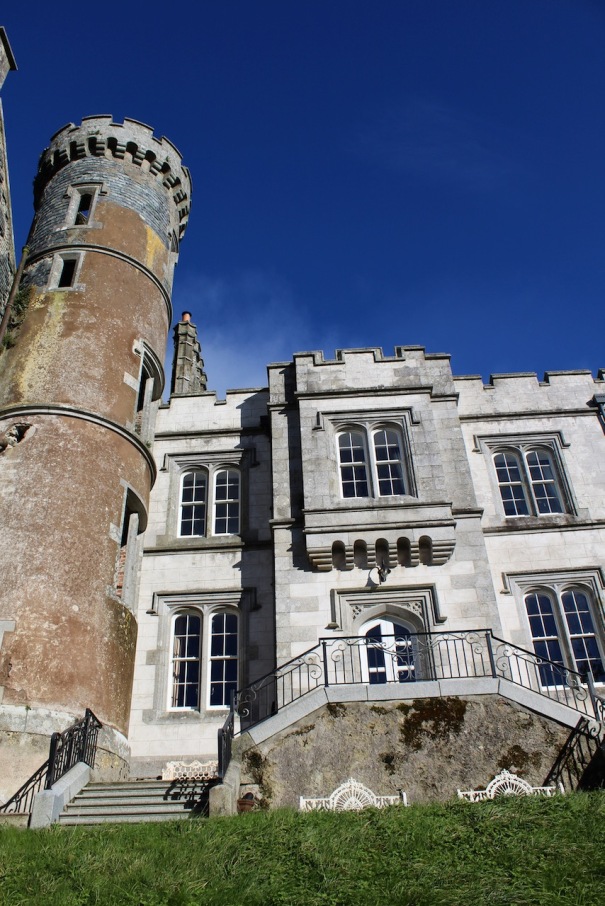
Woodbrook House, Killanne, Enniscorthy, Co. Wexford Y21 TP 92
Tourist Accommodation Facility – not open to the public
www.woodbrookhouse.ie
Open for accommodation: May 1-October 31
Woodville House, New Ross, Co. Wexford Y34 WP93
www.woodvillegardens.ie
Open dates in 2024: May 1-31, June 1-30, Aug 17-25, 10am-5pm
Fee: adult/OAP €8, student/child free
See my entry https://irishhistorichouses.com/2023/10/19/woodville-house-new-ross-co-wexford-y34-wp93/

County Wicklow
Altidore Castle, Kilpeddar, Greystones, Co. Wicklow A63 X227
see my entry: https://irishhistorichouses.com/2020/06/25/altidore-castle-kilpeddar-greystones-county-wicklow/
Open dates in 2024: Mar 4-24, May 1-31, June 1-5, 1pm-5pm, Aug 17-25, 2pm-6pm
Fee: adult €10, OAP/child/student €5
Ballymurrin House, Kilbride, Wicklow, Co. Wicklow A67 PX56
see my entry: https://irishhistorichouses.com/2020/11/27/ballymurrin-kilbride-county-wicklow/
www.ballymurrinquakerfarmstead.eu
Open dates in 2024: Jan 2-21, July 23-31, Aug 1-31, 2pm-6pm
Fee: adult €15, OAP €12, student €10, child 10-16 years €5 (under 10 years free)

Castle Howard, Avoca, Co. Wicklow
see my entry: https://irishhistorichouses.com/2020/11/13/castle-howard-avoca-county-wicklow/
Open dates in 2024: Jan 8-10, Feb 12-16, Mar 4-6, 19-21, June 5-8, 10-12, 24-29, July 8-13, 22-25, Aug 17-25, Sept 2-7, 14, 21, 30, Oct 1-2, 7-9, 9am-1pm
Fee: adult €8.50, OAP/student €6.50, child €5

Charleville, Enniskerry, Co. Wicklow A98 V293
See my entry: https://irishhistorichouses.com/2020/09/18/charleville-county-wicklow/
Open dates in 2024: Jan 1-2, 6-9, 12-16, 19-23, 26-29, May 1-3, 7-31, June 4-6, Aug 17-25, Feb and June, Mon-Fri, 1pm-5pm, May and Aug, 1pm-5pm, Sat-Sun, 9am-1pm
Fee: house €10, gardens €6

Greenan More, Ballintombay, Rathdrum, Co Wicklow
www.greenanmore.ie
Open dates in 2024: May 1-5, 8-12, 15-19, 22-26, 29-31, June 1-2, 5-9, 12-16, Aug 14-25, 28-31, Sept 1, 4-8, 11-15, 10am-3pm
Fee: adult €6, child/OAP/student €3
Killruddery House & Gardens, Southern Cross Road, Bray, Co. Wicklow
www.killruddery.com
Open dates in 2024: March 23, 26-30, Apr 1-7, 9-14, 16-21, 23-28, 30, May 1-12, 14-19, 21-26, 28-31, June 1-9, 11-16, 18-23, 25-30, July 2-7, 9-14, 16-21, 23-28, 30-31, Aug 1-11, 13-25, 27-31, Sept 1, 3-8, 10-18, 17-22, 24-29, Oct 1-6, 8-13, 15-20, 22-27, 29-31, Nov 1-3, Mar, Oct, Nov, 9.30- 5pm, Apr-Sept 9.30am-6pm
Fee: adult house and garden tour €15.50, garden €8.50, OAP/student house and garden tour €13, garden €7.50, child €3, house and garden tour €5.50, free entry for members
See my entry https://irishhistorichouses.com/2019/08/31/killruddery-southern-cross-road-bray-county-wicklow/
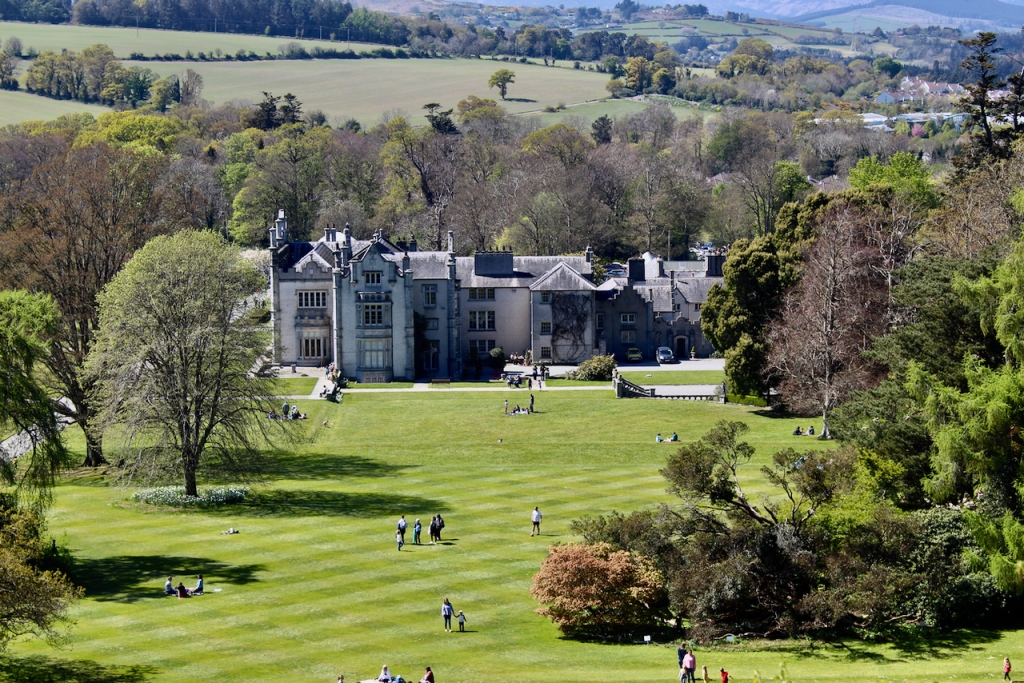
Kiltimon House, Newcastle, Co. Wicklow
Open dates in 2024: May 7-27, Aug 17-25, Sept 1-30, 9am-1pm
Fee: adult €10, OAP/student/child €5
Kingston House, Rathdrum, Co. Wicklow A67 DV25
Open dates in 2024: Aug 1-31, Sept 1-30, 10am-2pm
Fee: adult €3, OAP/student/child €2
Knockanree Garden
Avoca, Co. Wicklow Y14 DY89
https://knockanree-gardens.business.site/?m=true
Open dates in 2024: Apr 7-11, 14-18, 21, 25, June 2-6, 9-13, 16-20, July 7-11, 14-18, 21, 25, Aug 12-25, 9.30am-1.30pm
Fee: Free
Mount Usher Gardens, Ashford, Co. Wicklow A67 VW22 – garden only
See my entry: https://irishhistorichouses.com/2021/06/30/mount-usher-gardens-ashford-co-wicklow/
www.mountushergardens.ie
www.avoca.com/en
Open dates in 2024: all year, Jan-Mar, Nov-Dec, 10am-5pm, Apr-Oct, 10am-5.30pm
Fee: adult €10, student/OAP €8, child €5 (4-16yrs) under 4 years free, adult rate of €7.50 for groups of 20+
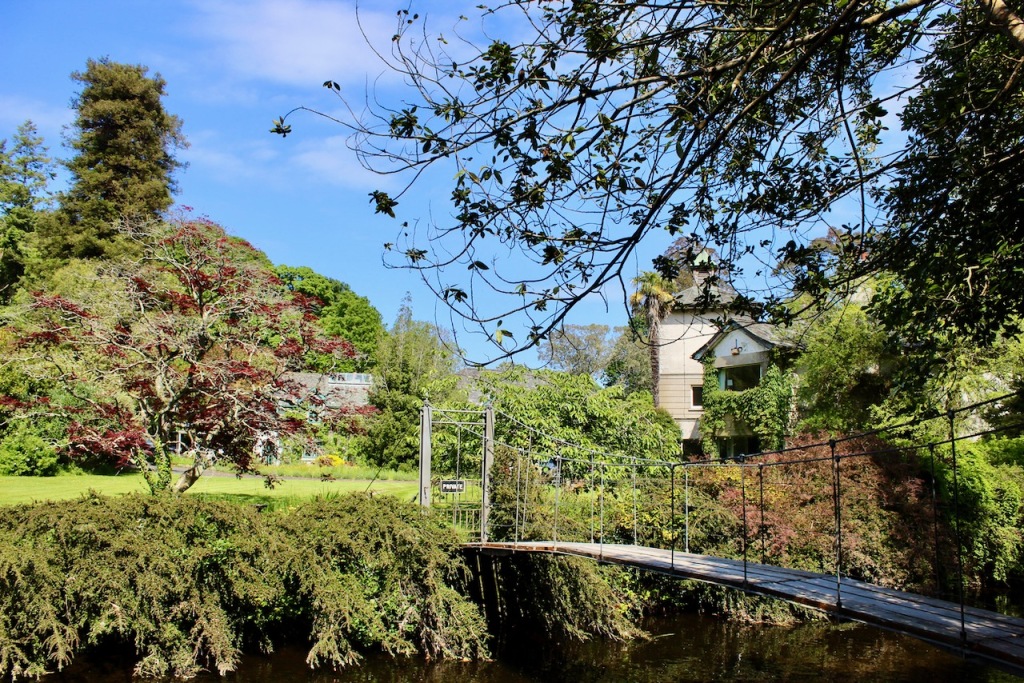
Powerscourt House & Gardens, Powerscourt Estate, Enniskerry, Co. Wicklow A98 W0D0
See my entry: https://irishhistorichouses.com/2020/04/26/powerscourt-house-gardens-enniskerry-county-wicklow/
www.powerscourt.ie
Open dates in 2024: Jan 1-Dec 24, 27-31, house and garden, 9.30am-5.30pm, ballroom and garden rooms, 9.30am-1.30pm
Fee: Jan- Feb, adult €9, OAP, €8, student €7.50, child €4, family €20, Mar-Oct, adult €13.50, OAP €11.50, student €10, child €5, family ticket 2 adults and 3 children under 18 years €32
Nov-Dec, adult €10, OAP €9, student €8.50, child €5, family €25
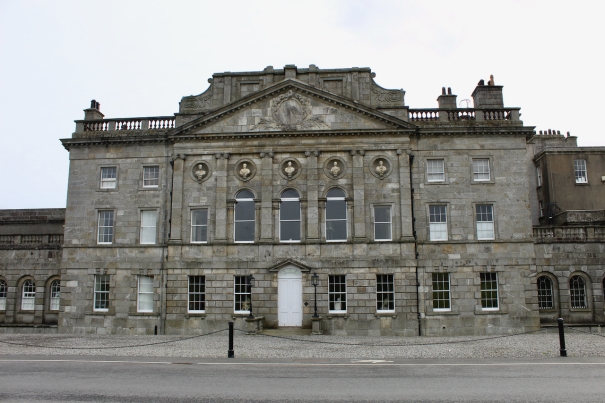
Russborough, The Albert Beit Foundation, Blessington, Co. Wicklow W91 W284
See my entry: https://irishhistorichouses.com/2020/11/08/russborough-house-blessington-county-wicklow/
enc@russborough.ie
Open dates in 2024: Jan 1-Dec 23, 27-31
Jan-Feb Nov-Dec 9am-5.30pm, Mar-Oct 9am-6pm
Fee: adult €13, OAP/student €10.50, child €6.50, group rates on request
